上集重溫時限:一個月
------
惜食料理大師班 (Zero Waste Kitchen)
歡迎來到一個惜食廚房!無論是枯萎的青菜、內臟或魚鱗,這裡絕不會有任何被丟棄的食材! 我們的惜食料理主持人-大廚 Isaac Henry,會帶領著惜食素人初嘗利用通常被丟棄的食材烹飪。惜食高手們將分享他們如何巧妙地利用過期食品、醜陋的農產品、骨頭和內臟,甚至是一般認為不可食用的廢棄物去烹調美食。 他們將學習如何最大限度地利用每一種食材,既能節省支出,又能為減少食物浪費出一分力。 這次學習之旅將以一場獨特的惜食料理大賽作為壓軸,參賽者將使用通常被丟棄的食材來烹調。他們將能憑藉所學的新技能製作出怎樣的美味佳餚呢?
Welcome to a kitchen where no food gets wasted. There will be no waste in wilted greens, innards or even fish scales!
Accompanied by our zero waste host, Chef Isaac Henry, zero waste newbies get a taste of the possibilities of cooking with what is otherwise binned.
Zero waste gurus will impart fascinating know-how on how to cook with stale breads, expired foods, ugly produce, bones and innards, and even food waste usually thought inedible.
They learn how to maximise every ingredient in their kitchen, stretching their dollar spent while also doing their part in reducing the amount of food wasted.
This learning journey culminates in a unique zero waste cook-off using ingredients that are usually thrown away! What culinary delights will they be able to conjure up with their newfound skills?
In Singapore, 744 million kg of food waste are thrown away everyday. Accompanied by our zero waste host, Chef Isaac Henry, zero waste newbies get a taste of the possibilities of cooking with what is otherwise binned. Each episode focuses on a different type of food waste with fun and practical methods to slim your bin!
This learning journey culminates in a unique zero waste cook-off using ingredients that are usually thrown away! What culinary delights will they be able to conjure up with their newfound skills?
https://www.mewatch.sg/show/Zero-Waste-Kitchen-305629
https://tvfinternational.com/programme/27580/zero-waste-kitchen?trailer=1
[港台電視31] 一齊闖天下 (2)
DoctorWho
421 回覆
2 Like
10 Dislike
惜食料理大師班 (Zero Waste Kitchen)
09/09/2024
為何碳水化合物總是被丟棄? (Why Are Carbs Always Discarded?)
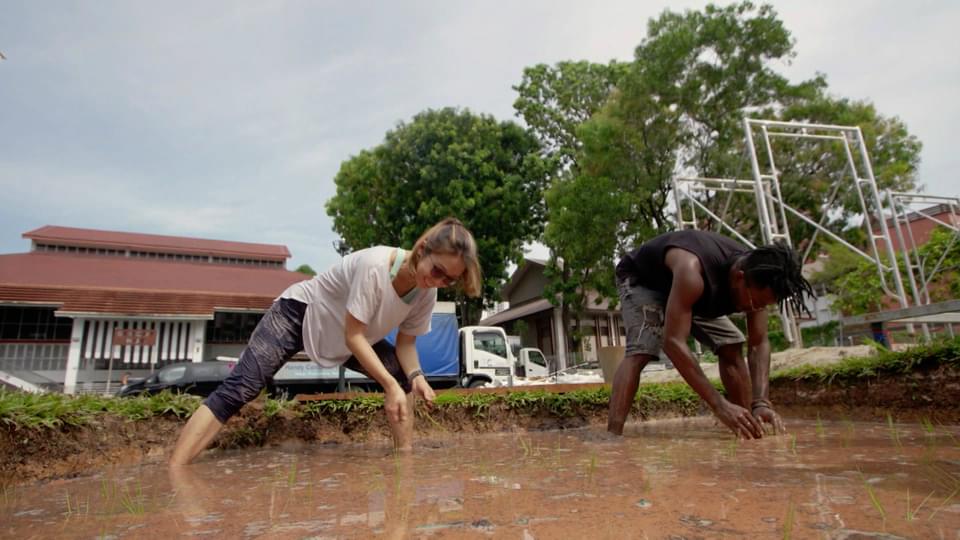
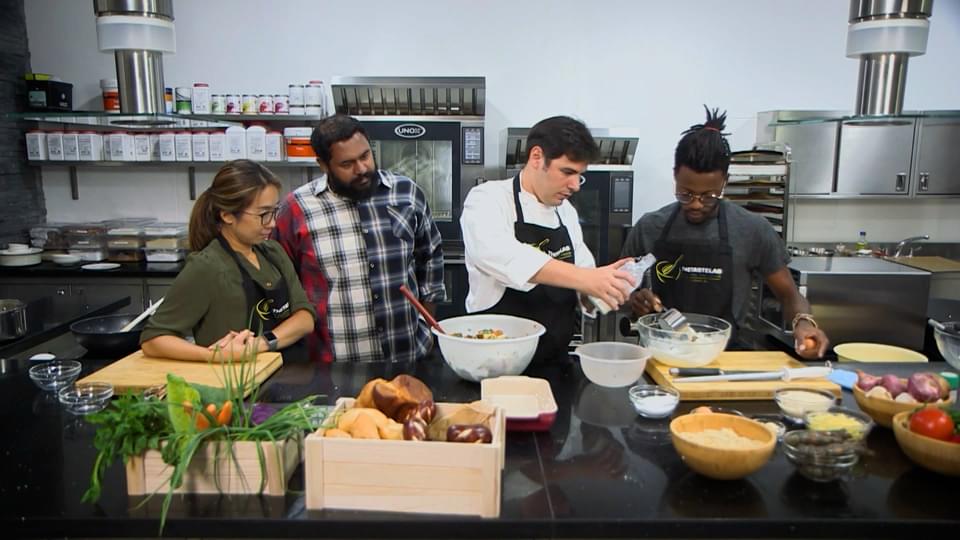
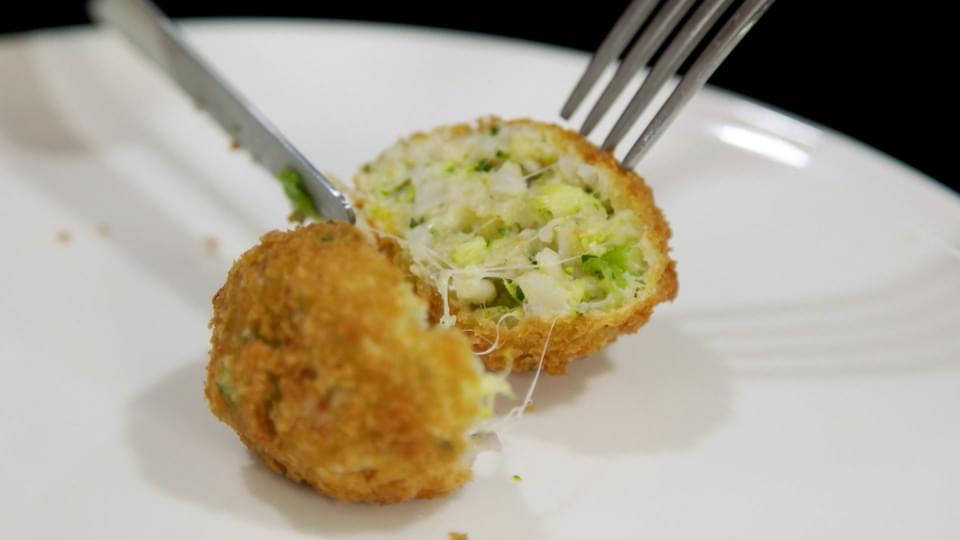
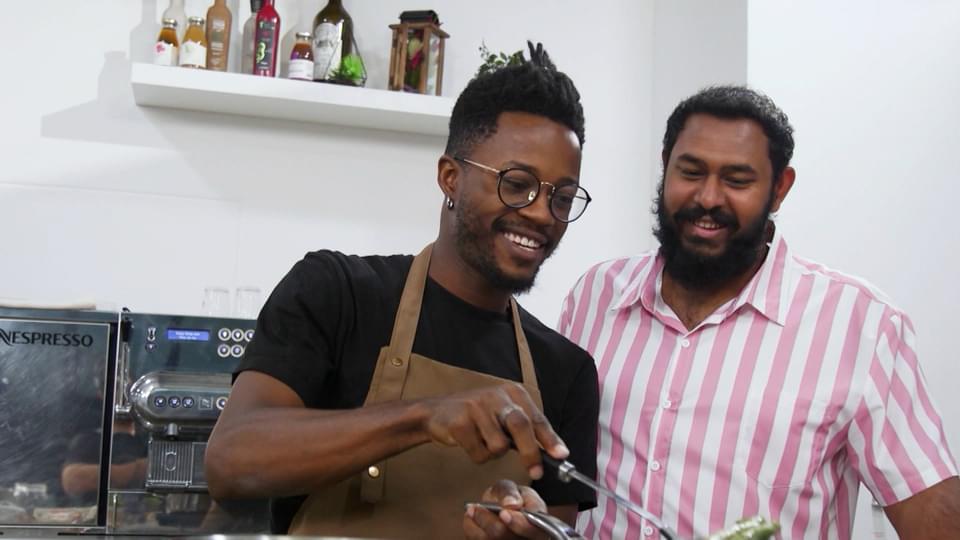
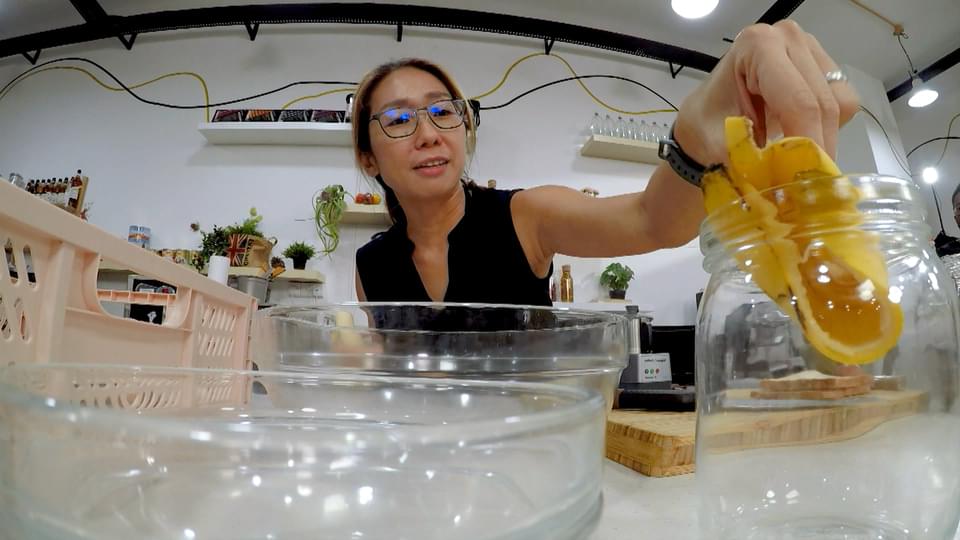

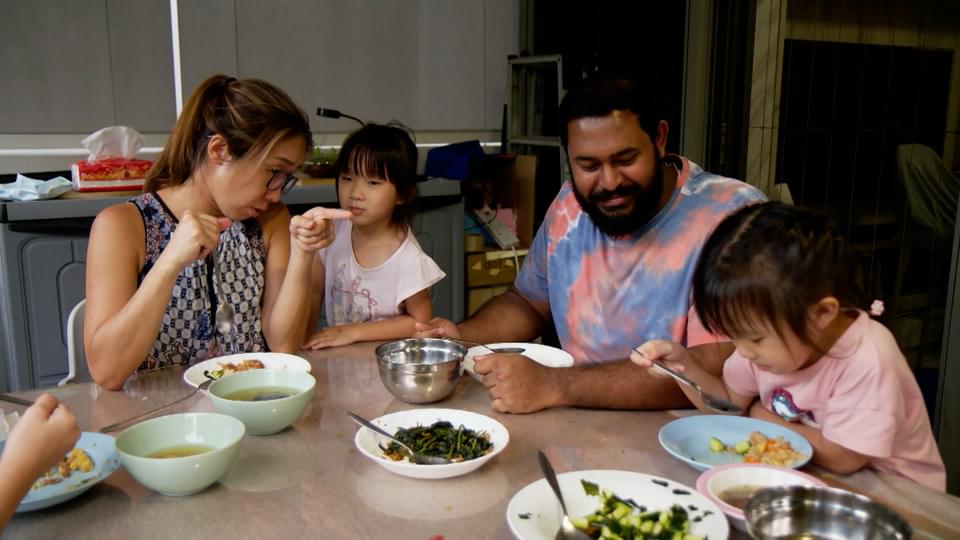

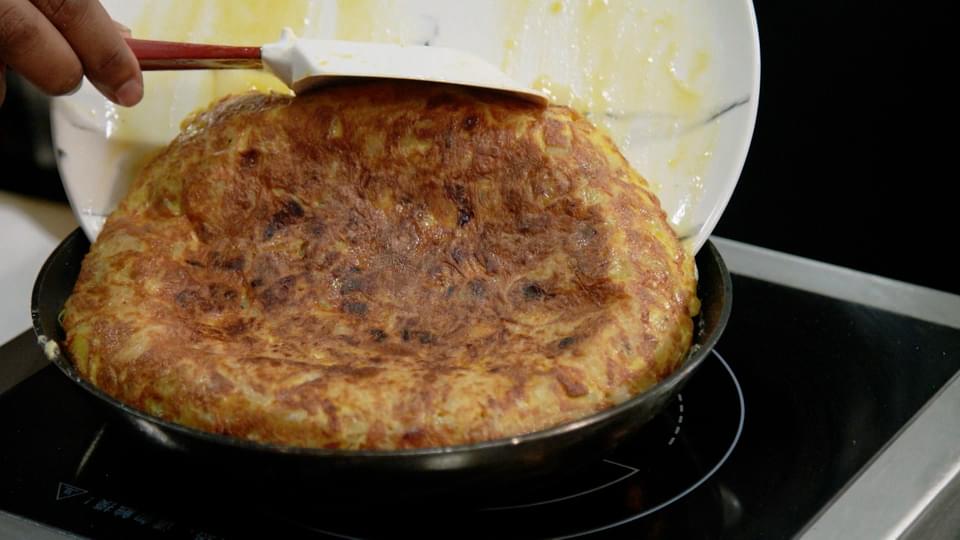
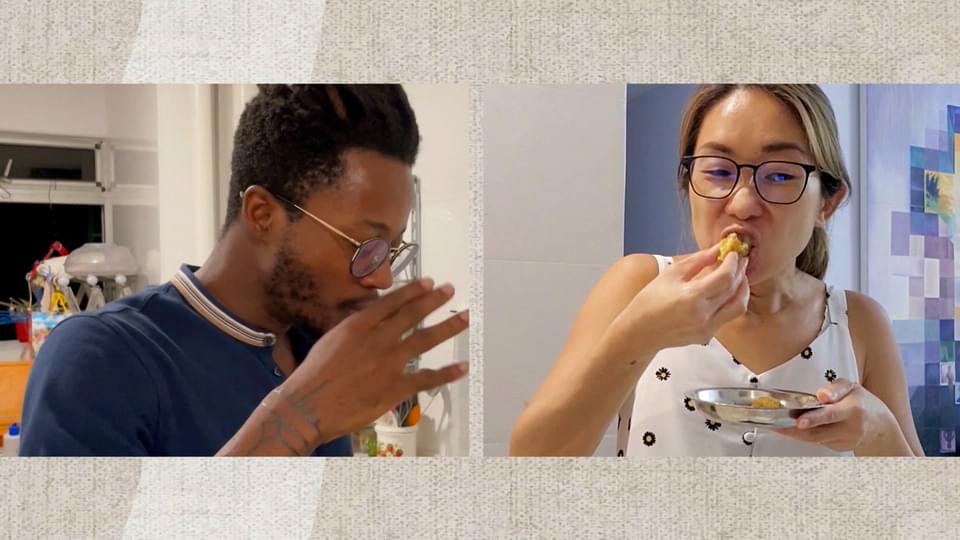
研究顯示,米飯、麵包和麵食等碳水化合物是新加坡最常被丟棄的食物類別。無論是在家中用餐還是在外就餐,碳水化合物長期以來都被視為便宜的飽肚物。我們的兩位惜食新手,Melissa和Benji,也抱著這種不在意態度,所以主持人Isaac決定讓他們體驗在新加坡的一個迷你稻田裡工作!認識到種植一粒米所需的資源和努力後,Melissa和Benji走進廚房,學習如何改造吃不完的碳水化合物。他們的學習之旅以一場獨特的烹飪比賽作結——他們要利用盡量利用隔夜的碳水化合物來製作不同的菜色。看看他們如何能讓這些曾經被忽視的主食創造新生命吧!
Studies have shown that carbohydrates like rice, bread and noodles are the most widely discarded food group in Singapore. Whether we eat at home or dine out, carbs have long been taken for granted as ‘cheap fillers’.
Our two zero waste newbies, Melissa and Benji, also have this careless attitude, so host Isaac decides to get them toiling at a mini rice field – right here in Singapore!
With a newfound respect for the resources and effort it takes to grow a single grain of rice, Melissa and Benji head to the kitchen to learn ways to transform leftover carbs.
They cap off their learning journey with a unique cook-off – utilising as many types of stale carbohydrates as they can! What kind of new life can they breathe into these previously unloved staples?
https://www.rthk.hk/tv/dtt31/programme/zerowastekitchen/episode/973824
-----
食物何時才真正過期? (When Does Food Really Expire?)

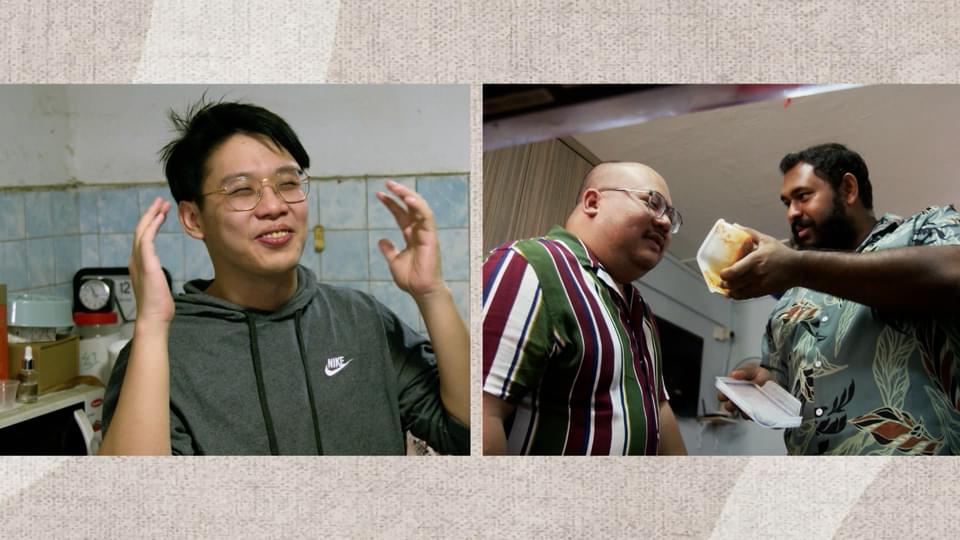
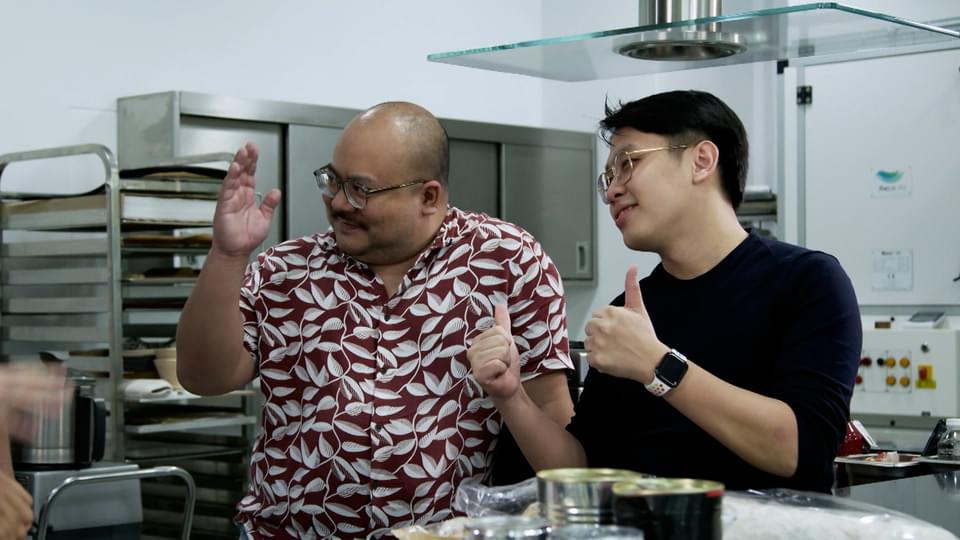
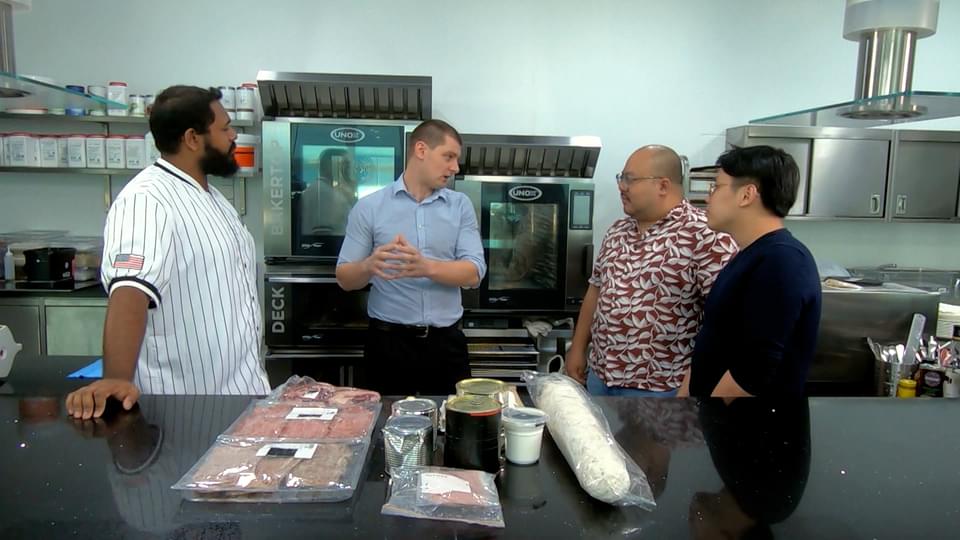
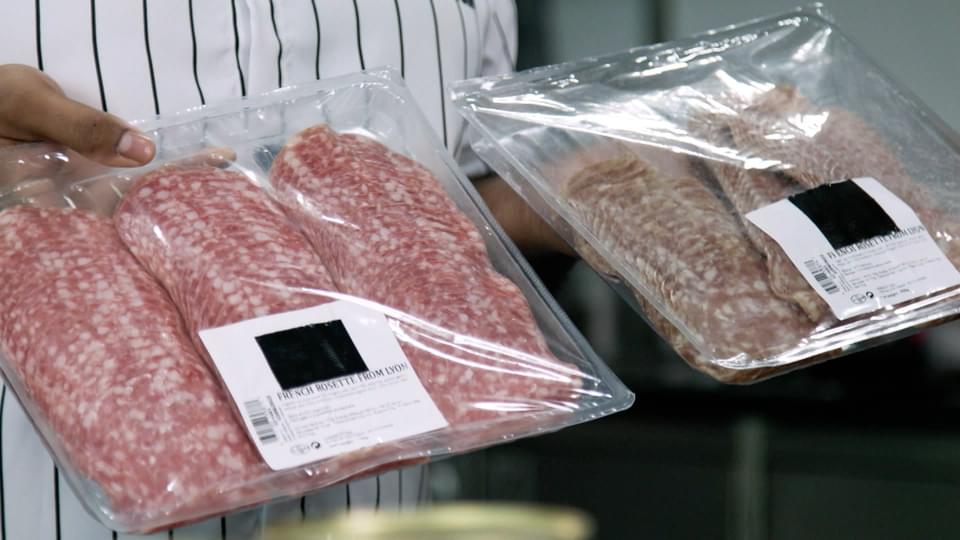

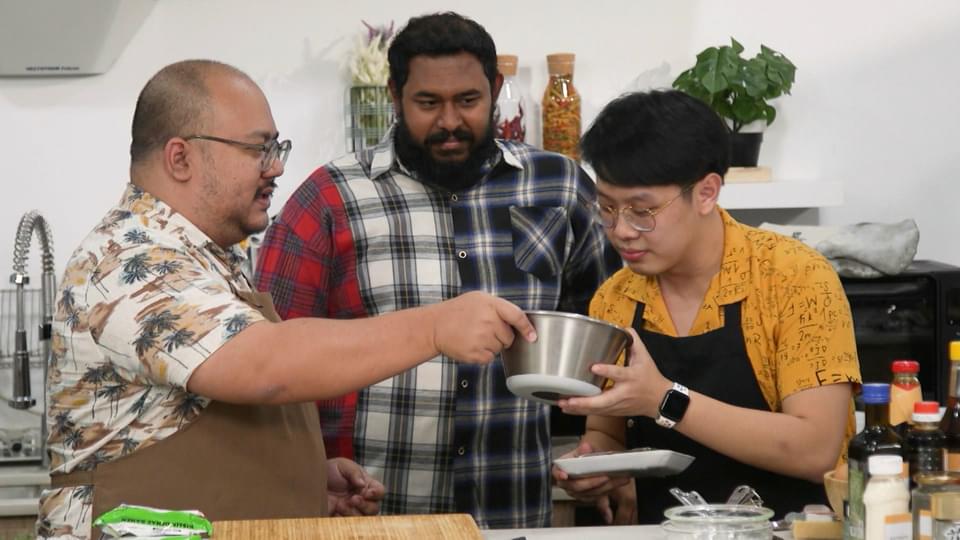
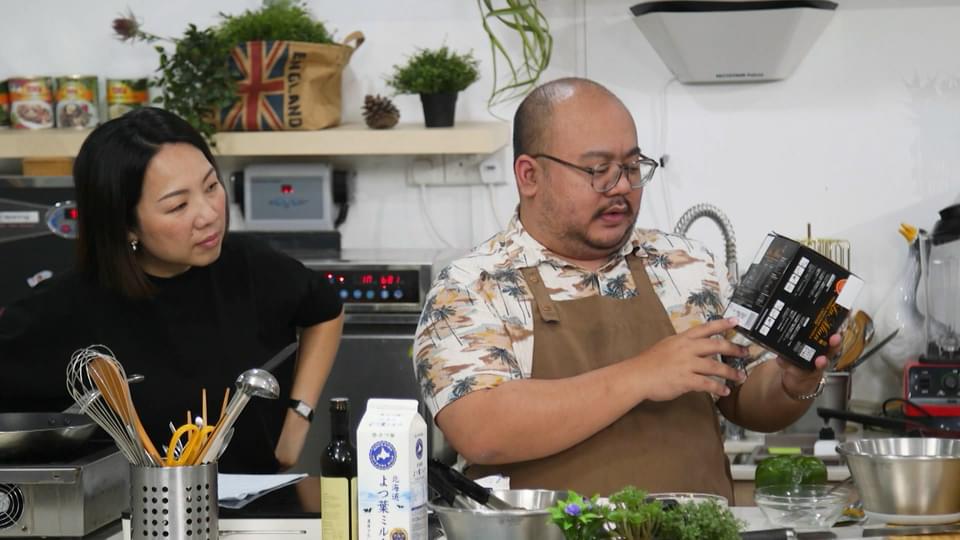
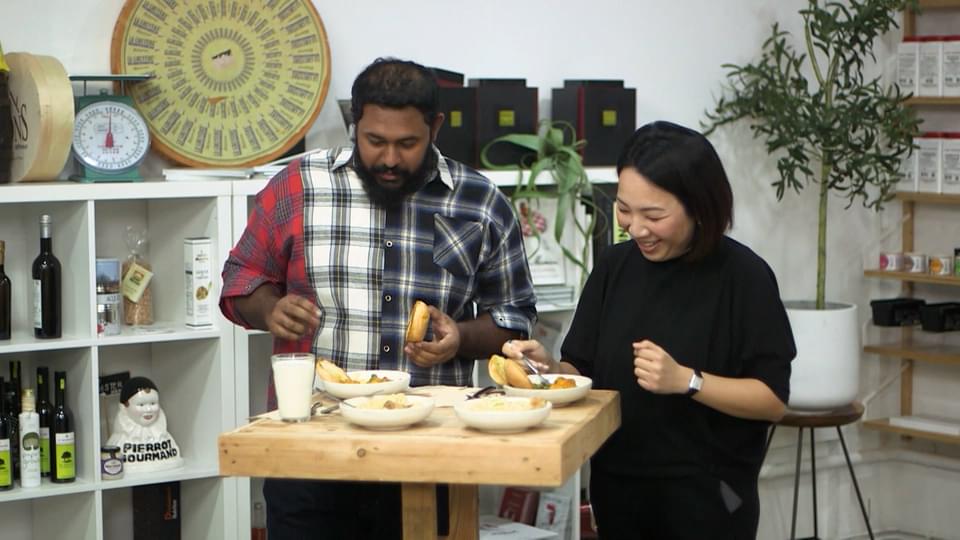
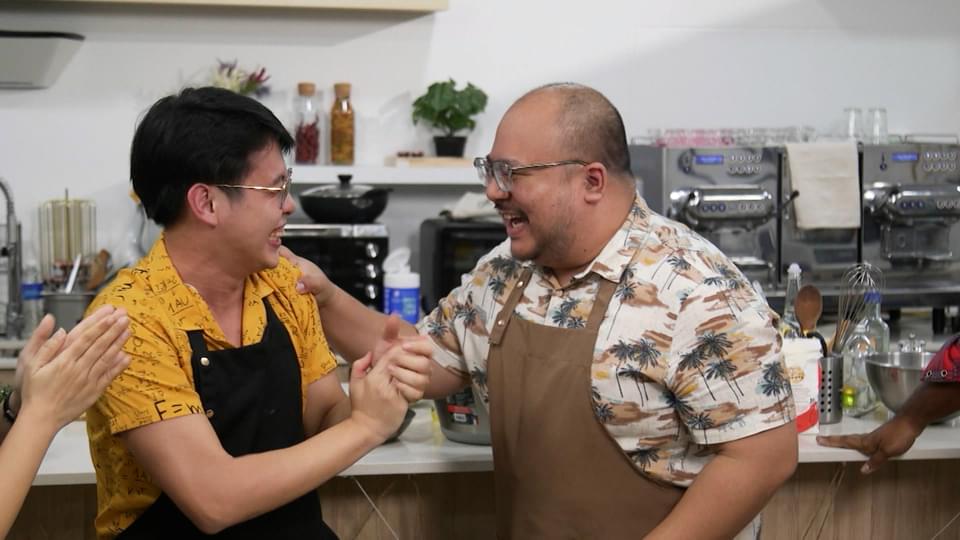
從「使用期限」到「最佳食用期」,80%的新加坡人對食品標籤上的用詞都感到困惑。這些標籤代表什麼?如果產品過了保質期會怎麼樣?新加坡的一個普通家庭每年平均丟棄19.6公斤的過期食物。但是,這些食物真的非丟棄不可嗎?加入我們的兩位廚房新手,Kelvin和Ridhwan,他們將踏上惜食之旅,瞭解過期食物什麼時候才應該真正被丟棄。在主廚Isaac的指導下,我們的兩位新手將學習必備的食物儲藏技巧、解讀食品標籤的方法,以及在日常烹飪中使用過期食物的竅門!幾乎沒有任何烹飪經驗的Kelvin和Ridhwan,在使用過期食品作爲食材的惜食料理大賽中表現會如何呢?
From use-by to best before, 80% of Singaporeans are confused by the terms printed on their food labels. What do these labels mean? And what happens if the product is past its expiry date? A typical household in Singapore throws away an average of 19.6kg of expired food every year. But does all of it have to be thrown away?
Join our two kitchen amateurs, Kelvin and Ridhwan, as they go on a zero-waste journey to uncover when expired foods should actually be discarded.
With the guidance of Chef Isaac Henry, our boys will learn essential pantry management, how to decode printed labels, and even hacks on how to use expired foods in everyday cooking!
With hardly any cooking experience, how will Kelvin and Ridhwan fare in a zero waste cook-off against each other, using only expired goods?
https://www.rthk.hk/tv/dtt31/programme/zerowastekitchen/episode/973821
09/09/2024
為何碳水化合物總是被丟棄? (Why Are Carbs Always Discarded?)










研究顯示,米飯、麵包和麵食等碳水化合物是新加坡最常被丟棄的食物類別。無論是在家中用餐還是在外就餐,碳水化合物長期以來都被視為便宜的飽肚物。我們的兩位惜食新手,Melissa和Benji,也抱著這種不在意態度,所以主持人Isaac決定讓他們體驗在新加坡的一個迷你稻田裡工作!認識到種植一粒米所需的資源和努力後,Melissa和Benji走進廚房,學習如何改造吃不完的碳水化合物。他們的學習之旅以一場獨特的烹飪比賽作結——他們要利用盡量利用隔夜的碳水化合物來製作不同的菜色。看看他們如何能讓這些曾經被忽視的主食創造新生命吧!
Studies have shown that carbohydrates like rice, bread and noodles are the most widely discarded food group in Singapore. Whether we eat at home or dine out, carbs have long been taken for granted as ‘cheap fillers’.
Our two zero waste newbies, Melissa and Benji, also have this careless attitude, so host Isaac decides to get them toiling at a mini rice field – right here in Singapore!
With a newfound respect for the resources and effort it takes to grow a single grain of rice, Melissa and Benji head to the kitchen to learn ways to transform leftover carbs.
They cap off their learning journey with a unique cook-off – utilising as many types of stale carbohydrates as they can! What kind of new life can they breathe into these previously unloved staples?
https://www.rthk.hk/tv/dtt31/programme/zerowastekitchen/episode/973824
-----
食物何時才真正過期? (When Does Food Really Expire?)










從「使用期限」到「最佳食用期」,80%的新加坡人對食品標籤上的用詞都感到困惑。這些標籤代表什麼?如果產品過了保質期會怎麼樣?新加坡的一個普通家庭每年平均丟棄19.6公斤的過期食物。但是,這些食物真的非丟棄不可嗎?加入我們的兩位廚房新手,Kelvin和Ridhwan,他們將踏上惜食之旅,瞭解過期食物什麼時候才應該真正被丟棄。在主廚Isaac的指導下,我們的兩位新手將學習必備的食物儲藏技巧、解讀食品標籤的方法,以及在日常烹飪中使用過期食物的竅門!幾乎沒有任何烹飪經驗的Kelvin和Ridhwan,在使用過期食品作爲食材的惜食料理大賽中表現會如何呢?
From use-by to best before, 80% of Singaporeans are confused by the terms printed on their food labels. What do these labels mean? And what happens if the product is past its expiry date? A typical household in Singapore throws away an average of 19.6kg of expired food every year. But does all of it have to be thrown away?
Join our two kitchen amateurs, Kelvin and Ridhwan, as they go on a zero-waste journey to uncover when expired foods should actually be discarded.
With the guidance of Chef Isaac Henry, our boys will learn essential pantry management, how to decode printed labels, and even hacks on how to use expired foods in everyday cooking!
With hardly any cooking experience, how will Kelvin and Ridhwan fare in a zero waste cook-off against each other, using only expired goods?
https://www.rthk.hk/tv/dtt31/programme/zerowastekitchen/episode/973821
本輯節目重溫時限爲一年
惜食料理大師班 (Zero Waste Kitchen)
16/09/2024
你浪費了一半的魚嗎? (Do You Waste Half The Fish?)

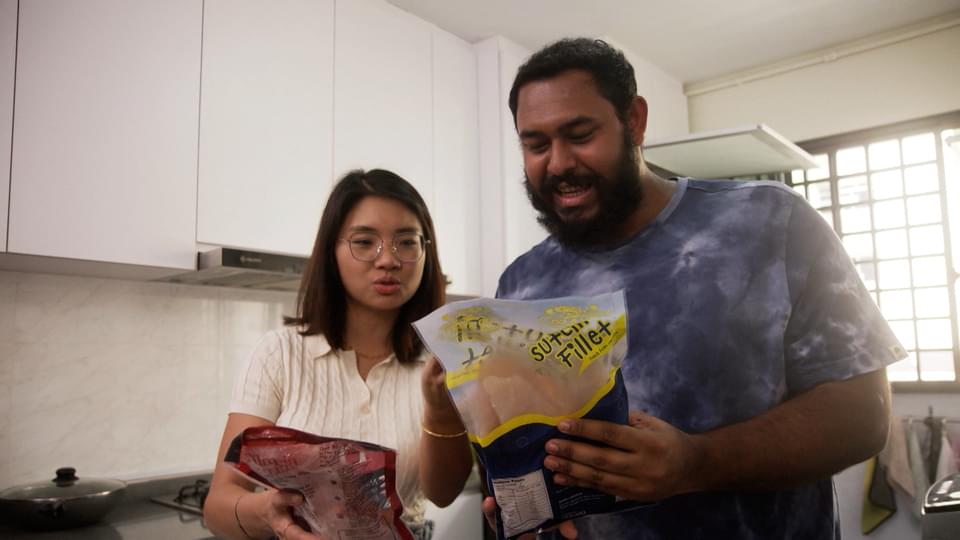
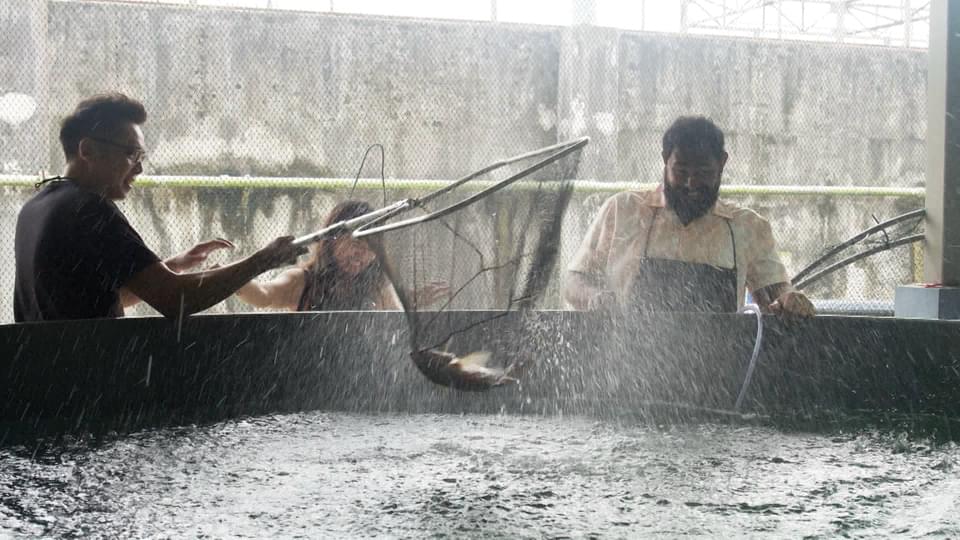
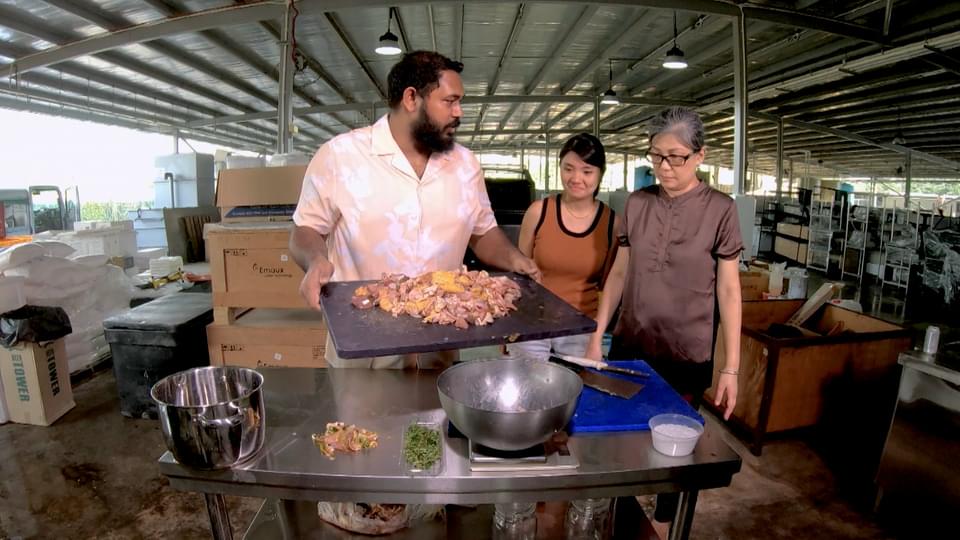
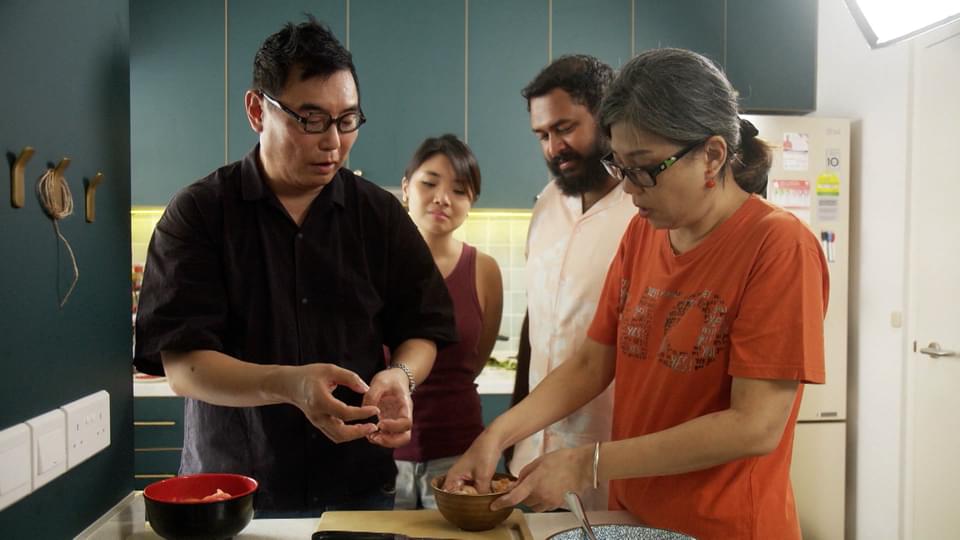
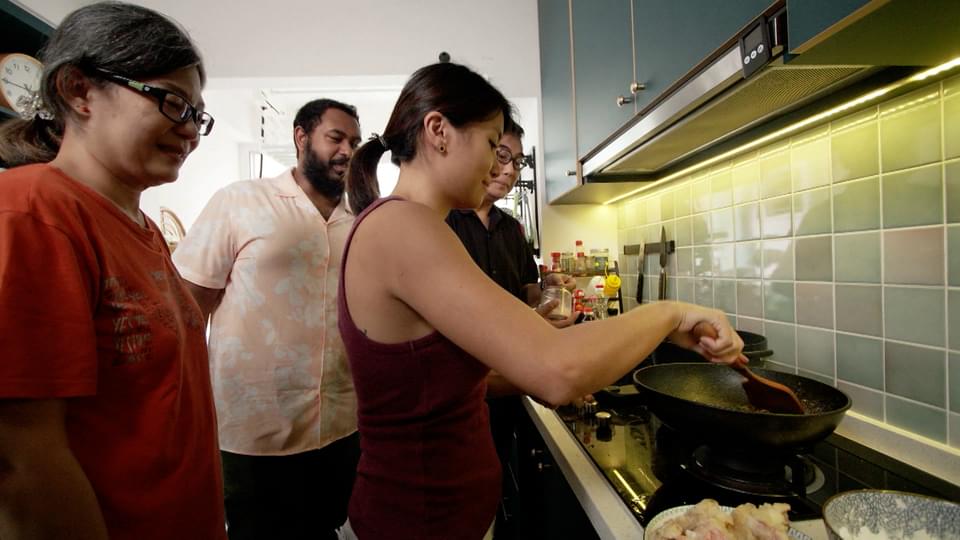
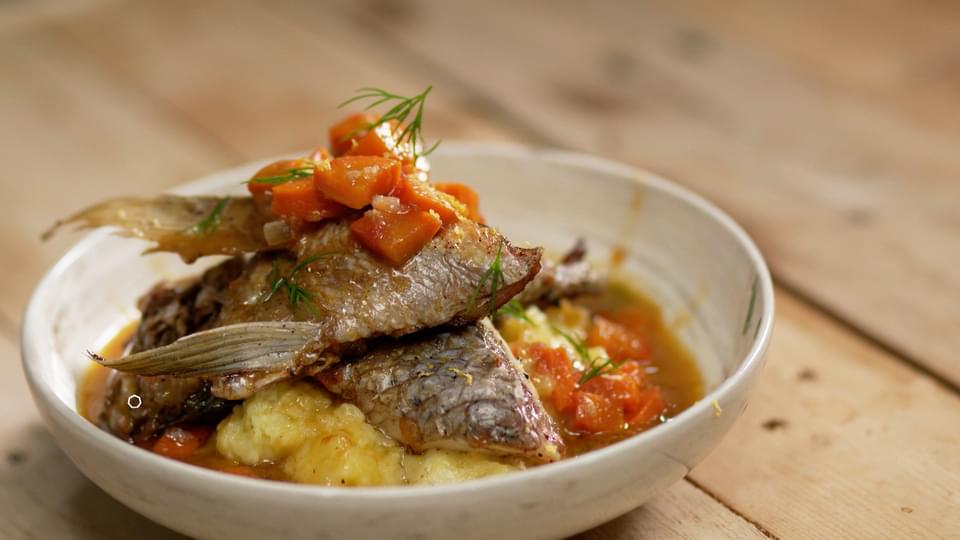
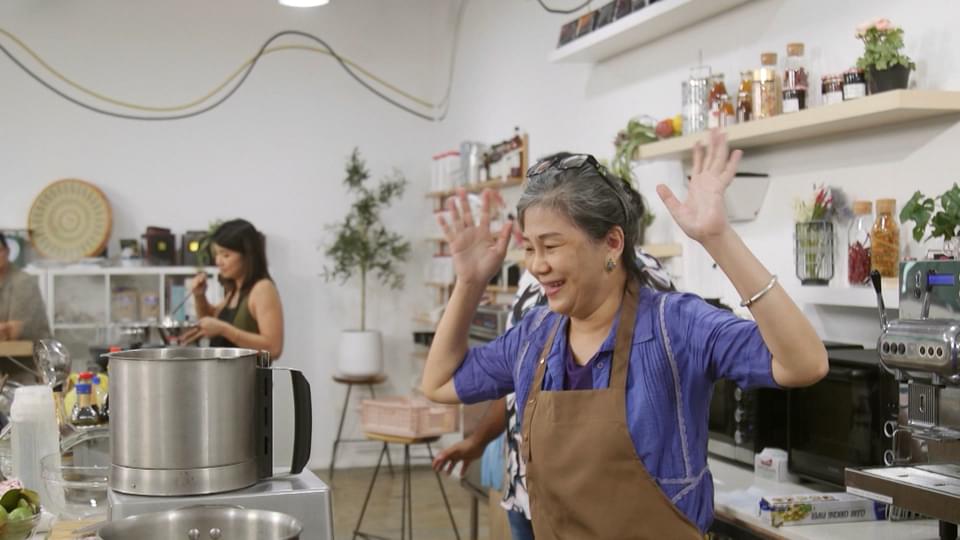
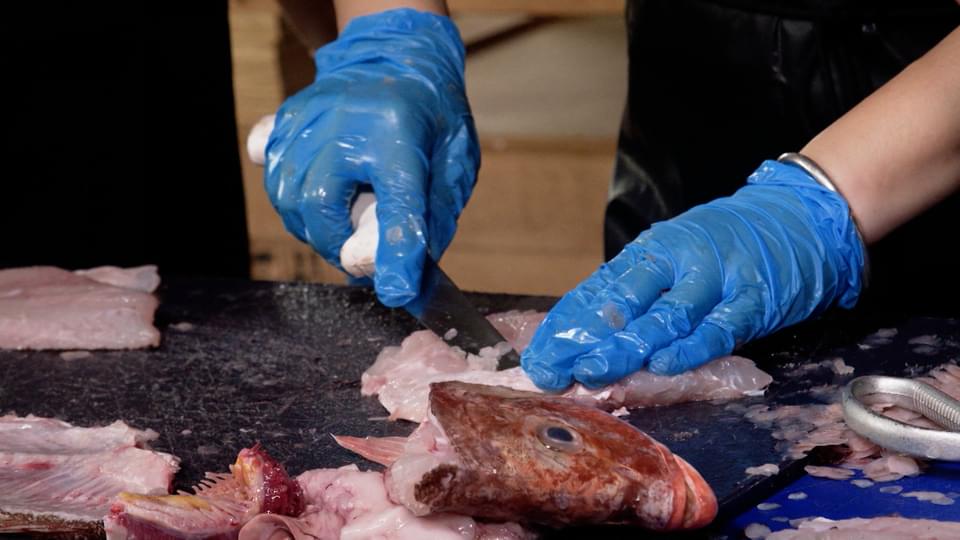
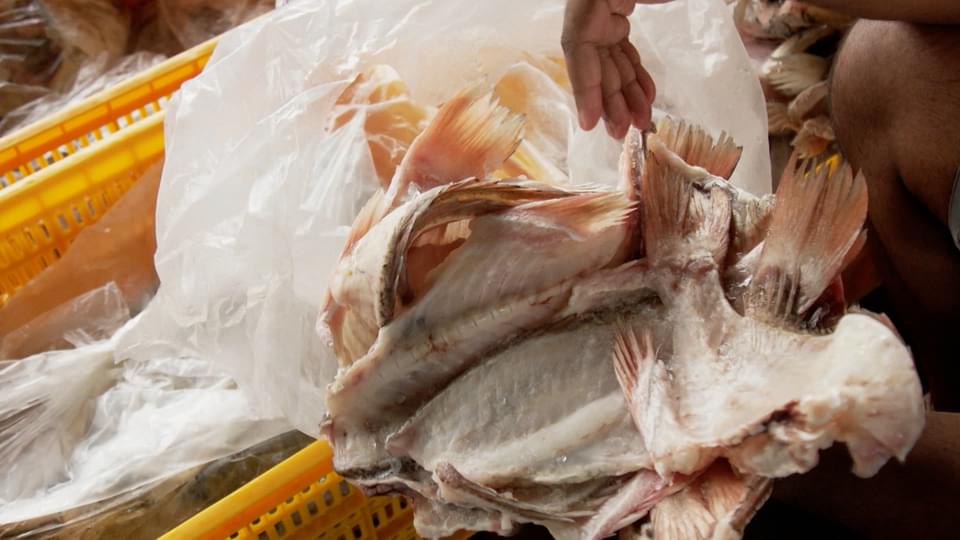
新加坡每年人均消耗16公斤魚。但是,我們實際上吃了多少呢?僅在一個本地魚場,每年就有30,000噸剩下的魚頭魚尾,因為需求量高的只有魚柳。
家庭食品生意經營者Julie和魚柳愛好者Hosanna將踏上學習旅程,了解如何烹飪魚的不同部位,包括魚頭、魚骨甚至魚鱗!從切割魚柳開始,她們練習刀法技巧,再跟專家學習如何製作魚湯、炸魚頭以及使用魚鰾和魚卵製作茶碗蒸。最後,她們將在一場終極的惜食料理大賽中一決高下!
Singaporeans consume 16kg of fish per person, every year. But just how much of the fish are we actually consuming? In one local fish farm alone, fish offcuts amount to 30,000 tonnes in a year because only fish fillets are in high demand.
Home-based food business owner Julie and fish fillet enthusiast Hosanna go on a journey to learn all there is to cooking different fish parts, including its head, bones and even scales! Beginning with fish filleting, Hosanna and Julie sharpen their knife-wielding skills before picking up skills from a guru to conjure up fish stock, fried fish heads and chawanmushi with fish maw and roe.
And finally, they pit their skills against each other with the ultimate zero-fish-waste cook-off!
https://www.rthk.hk/tv/dtt31/programme/zerowastekitchen/episode/973822
-----
內臟真的那麼糟糕嗎? (Is Offal Really Awful?)
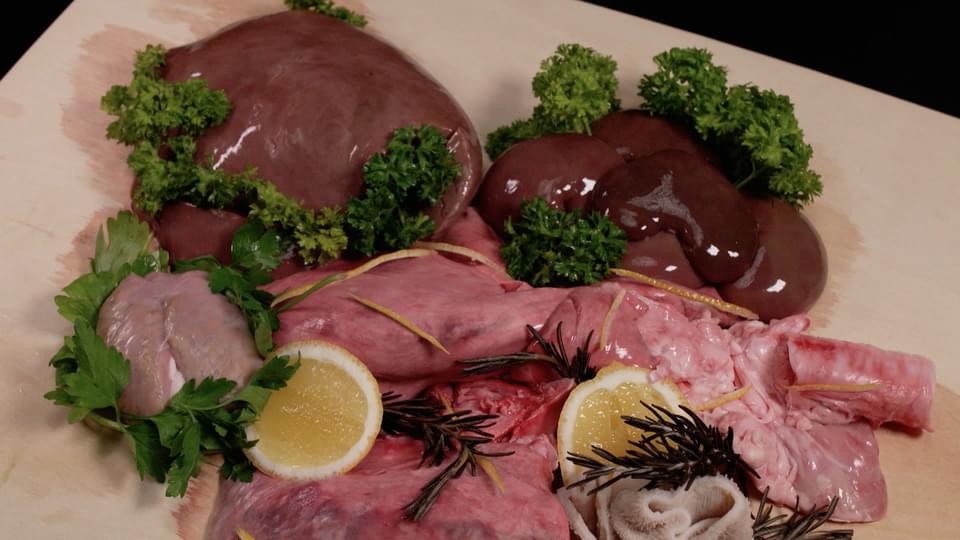
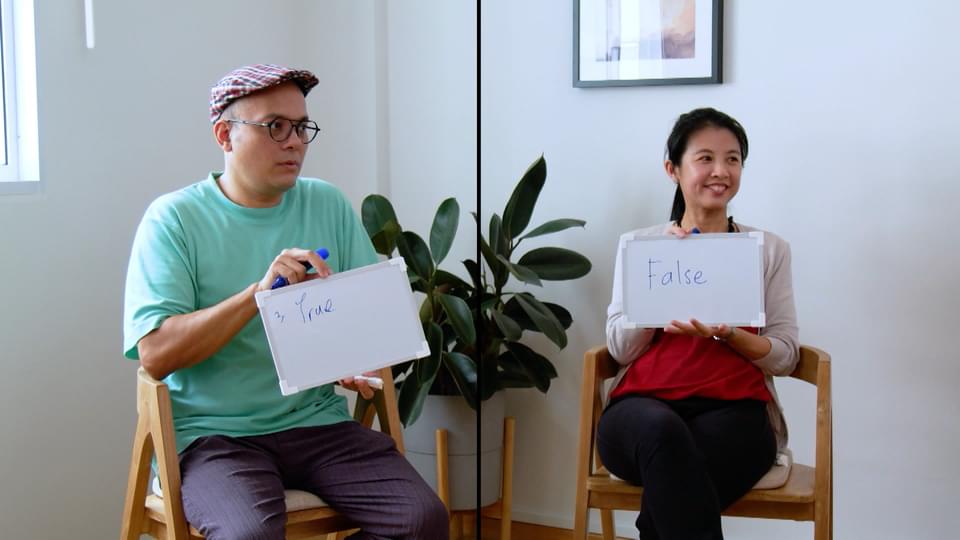
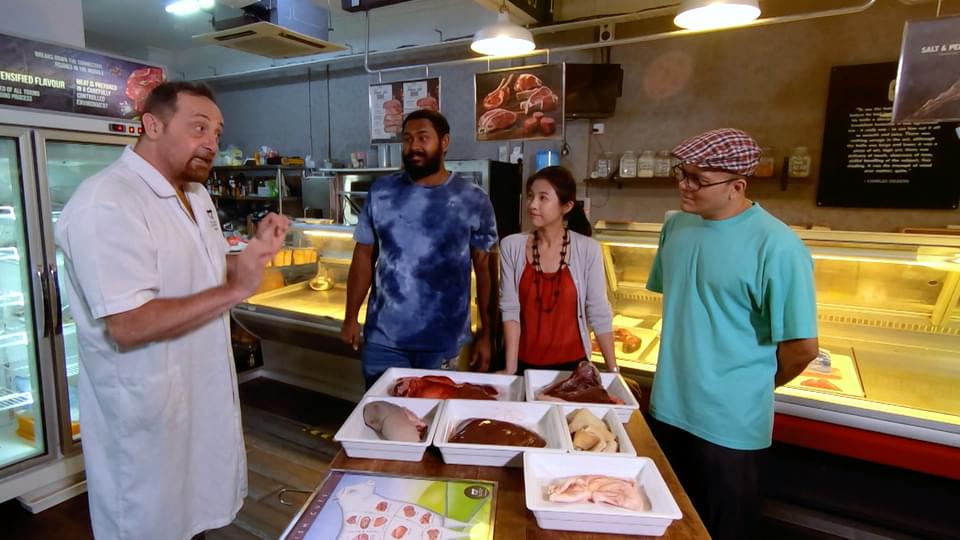
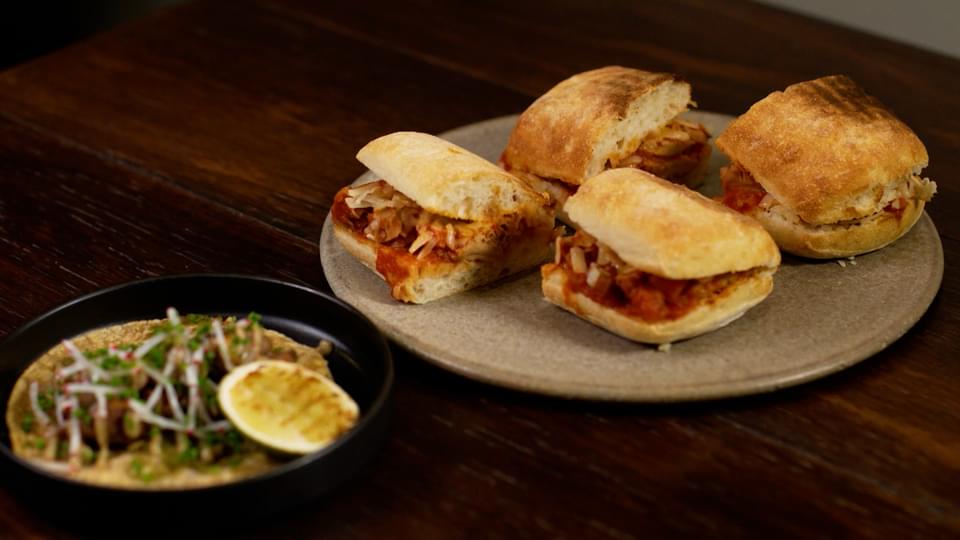
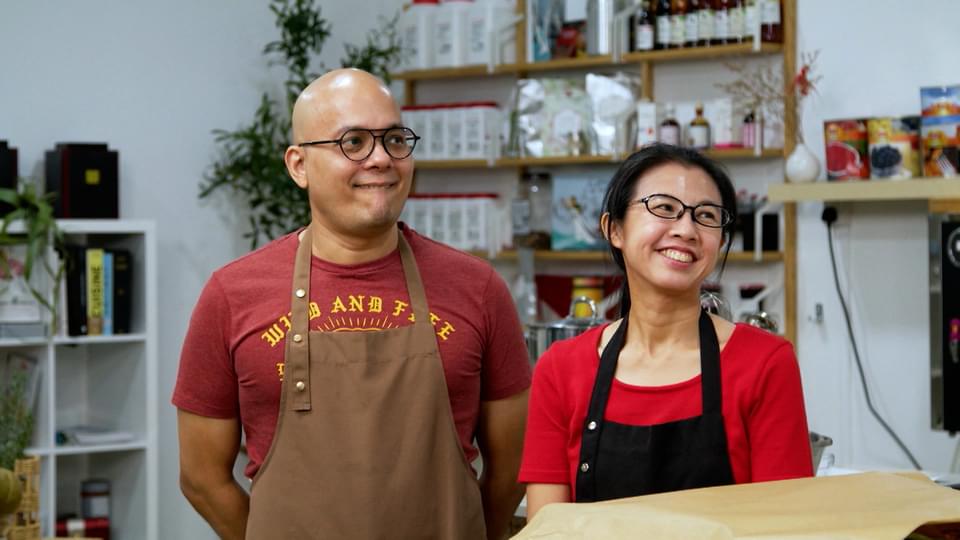
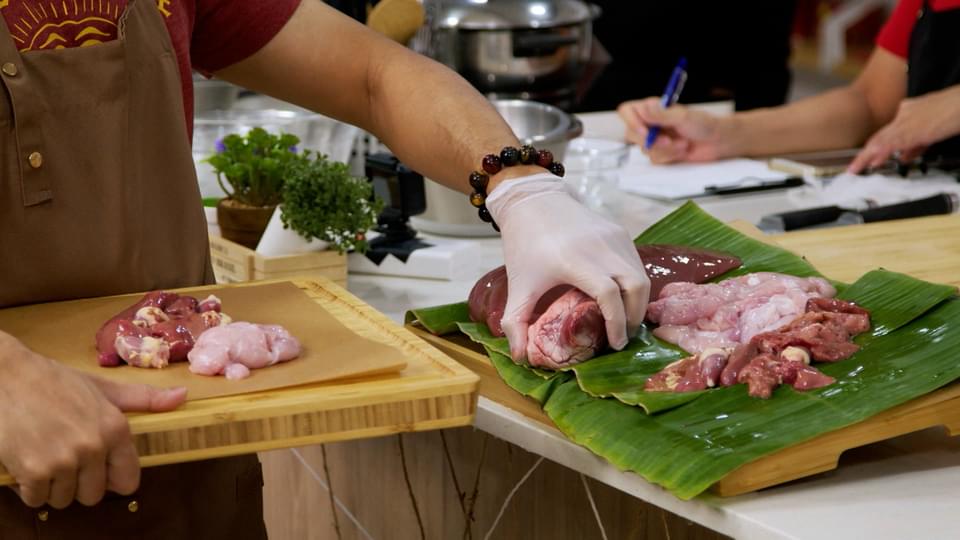
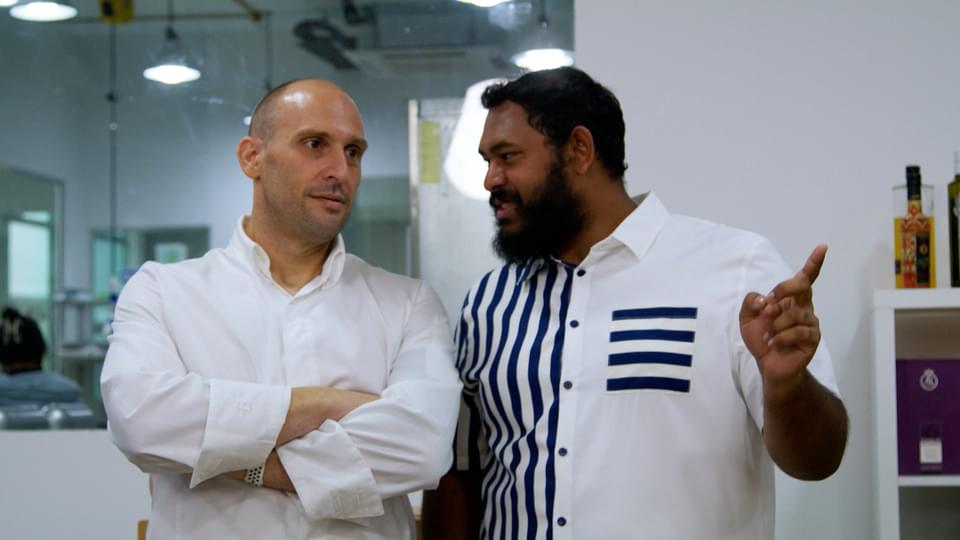

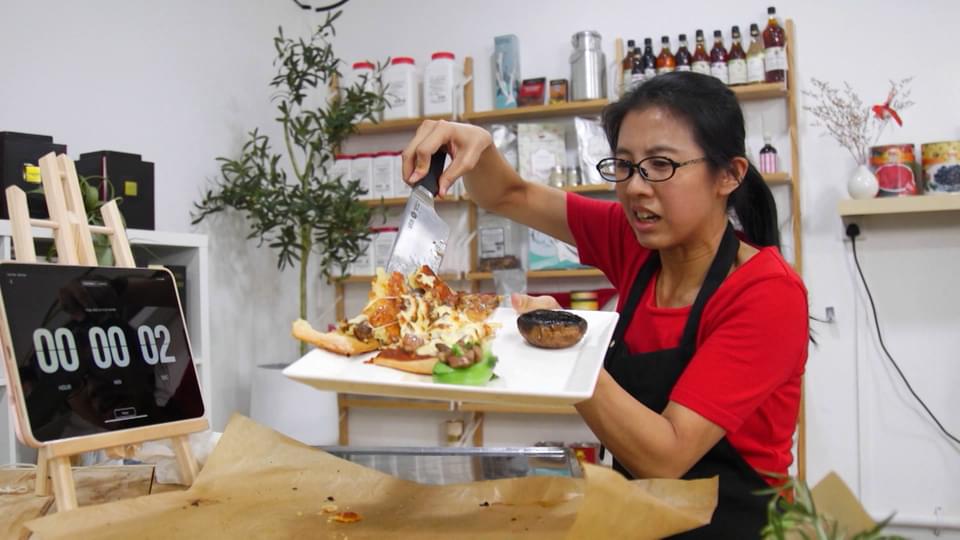
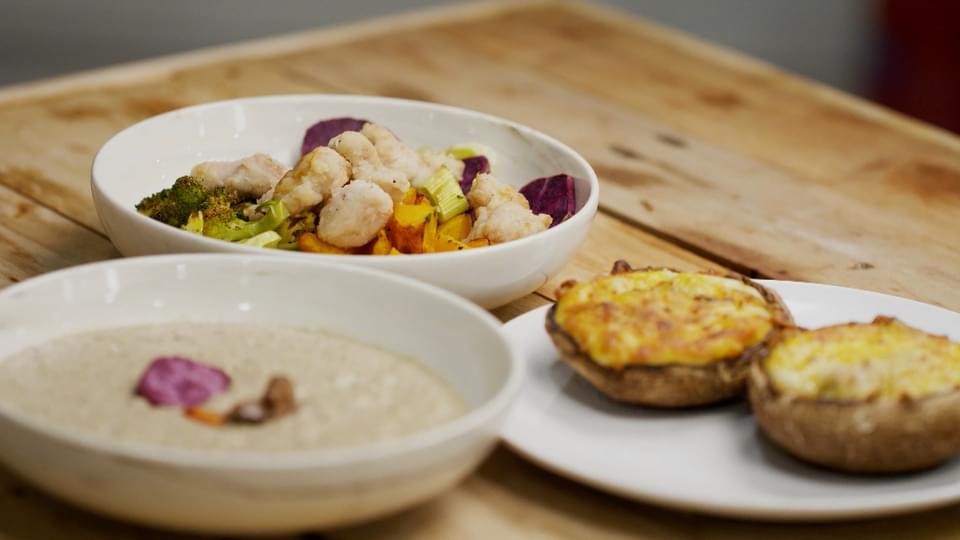
在某些語言中,「內臟」 字面意思是「廢物」 。大家都認爲内臟膽固醇含量高、難以處理且難以下嚥,但事實是否如此呢?全球每年浪費約3,900 噸動物副產品,内臟亦佔一部分。研究顯示如果大家學會食用包括內臟在內的不同動物部位,需要飼養的動物總數將會減少。改變大家的觀念,是否就可以減少肉類浪費呢?
在本集中,我們的挑戰者Jamie和Daren將會踏上一段「從頭到尾」 的旅程,學習有關內臟的一切知識。從辨認不同的內臟部位,到清洗和處理,Jamie和Daren將親自動手,發掘內臟的營養秘密。主廚Isaac將主持這場精彩的內臟烹飪比賽,參賽者們需要展現自己的廚藝。他們能學會處理陌生的動物内臟嗎?
Offal literally means "waste" in some languages. It's got a nasty reputation for being high in cholesterol and it’s difficult to prep, and hard to swallow. But is there any truth to their notoriety?
Organ meats constitute part of the 39 million tonnes of animal by-products that are wasted globally every year. Studies have revealed that fewer animals would need to be reared overall if people learned to consume different animal parts including offal. Is a change of mindset all that we need to reduce meat wastage?
In this episode, our challengers Jamie and Daren, go on a nose-to-tail journey where they will learn anything and everything there is to know about offal. From learning how to identify the different offal parts, to cleaning and handling, Jamie and Daren will get their hands bloody while uncovering their nutritional secrets.
Hosted by Chef Isaac Henry, our contestants will need to prove themselves in an exhilarating offal cook-off. Can they overcome their unfamiliarity with organ meats?
https://www.rthk.hk/tv/dtt31/programme/zerowastekitchen/episode/973823
惜食料理大師班 (Zero Waste Kitchen)
16/09/2024
你浪費了一半的魚嗎? (Do You Waste Half The Fish?)










新加坡每年人均消耗16公斤魚。但是,我們實際上吃了多少呢?僅在一個本地魚場,每年就有30,000噸剩下的魚頭魚尾,因為需求量高的只有魚柳。
家庭食品生意經營者Julie和魚柳愛好者Hosanna將踏上學習旅程,了解如何烹飪魚的不同部位,包括魚頭、魚骨甚至魚鱗!從切割魚柳開始,她們練習刀法技巧,再跟專家學習如何製作魚湯、炸魚頭以及使用魚鰾和魚卵製作茶碗蒸。最後,她們將在一場終極的惜食料理大賽中一決高下!
Singaporeans consume 16kg of fish per person, every year. But just how much of the fish are we actually consuming? In one local fish farm alone, fish offcuts amount to 30,000 tonnes in a year because only fish fillets are in high demand.
Home-based food business owner Julie and fish fillet enthusiast Hosanna go on a journey to learn all there is to cooking different fish parts, including its head, bones and even scales! Beginning with fish filleting, Hosanna and Julie sharpen their knife-wielding skills before picking up skills from a guru to conjure up fish stock, fried fish heads and chawanmushi with fish maw and roe.
And finally, they pit their skills against each other with the ultimate zero-fish-waste cook-off!
https://www.rthk.hk/tv/dtt31/programme/zerowastekitchen/episode/973822
-----
內臟真的那麼糟糕嗎? (Is Offal Really Awful?)










在某些語言中,「內臟」 字面意思是「廢物」 。大家都認爲内臟膽固醇含量高、難以處理且難以下嚥,但事實是否如此呢?全球每年浪費約3,900 噸動物副產品,内臟亦佔一部分。研究顯示如果大家學會食用包括內臟在內的不同動物部位,需要飼養的動物總數將會減少。改變大家的觀念,是否就可以減少肉類浪費呢?
在本集中,我們的挑戰者Jamie和Daren將會踏上一段「從頭到尾」 的旅程,學習有關內臟的一切知識。從辨認不同的內臟部位,到清洗和處理,Jamie和Daren將親自動手,發掘內臟的營養秘密。主廚Isaac將主持這場精彩的內臟烹飪比賽,參賽者們需要展現自己的廚藝。他們能學會處理陌生的動物内臟嗎?
Offal literally means "waste" in some languages. It's got a nasty reputation for being high in cholesterol and it’s difficult to prep, and hard to swallow. But is there any truth to their notoriety?
Organ meats constitute part of the 39 million tonnes of animal by-products that are wasted globally every year. Studies have revealed that fewer animals would need to be reared overall if people learned to consume different animal parts including offal. Is a change of mindset all that we need to reduce meat wastage?
In this episode, our challengers Jamie and Daren, go on a nose-to-tail journey where they will learn anything and everything there is to know about offal. From learning how to identify the different offal parts, to cleaning and handling, Jamie and Daren will get their hands bloody while uncovering their nutritional secrets.
Hosted by Chef Isaac Henry, our contestants will need to prove themselves in an exhilarating offal cook-off. Can they overcome their unfamiliarity with organ meats?
https://www.rthk.hk/tv/dtt31/programme/zerowastekitchen/episode/973823
惜食料理大師班 (Zero Waste Kitchen)
23/09/2024
無可避免的食物浪費真的無法避免嗎? (Can We Avoid Unavoidable Food Waste?)
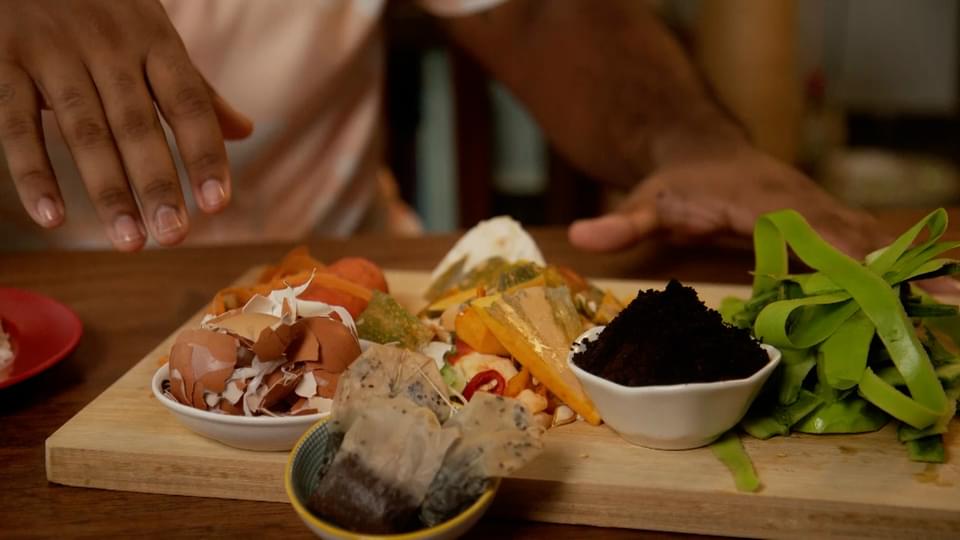
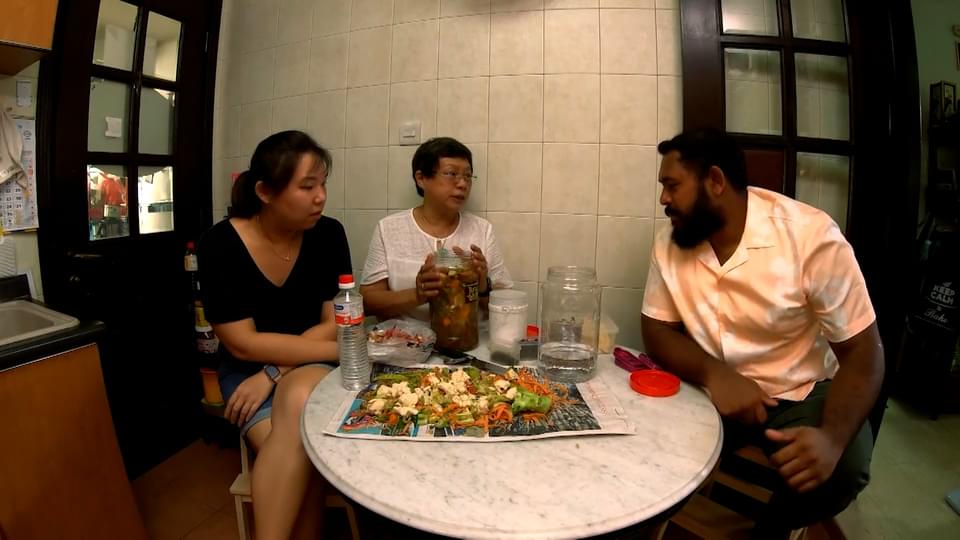
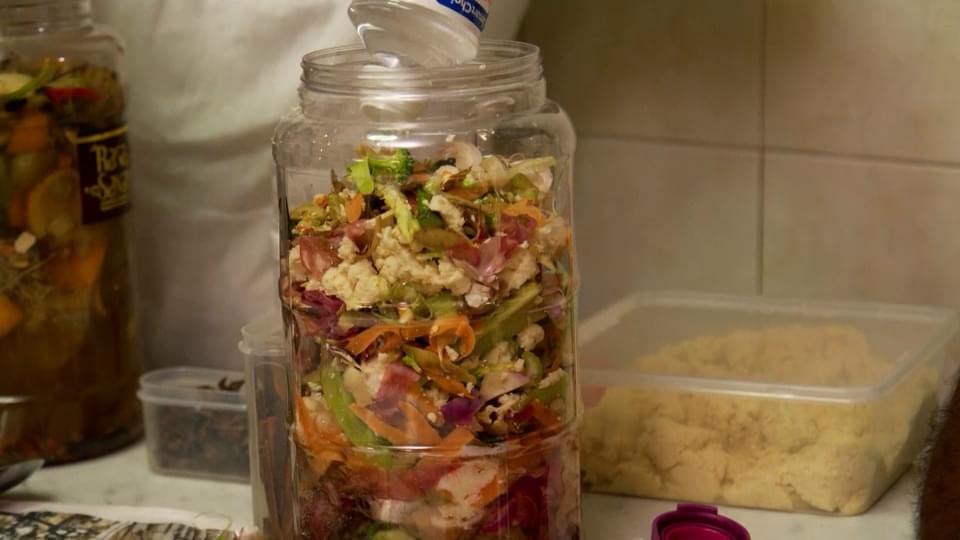
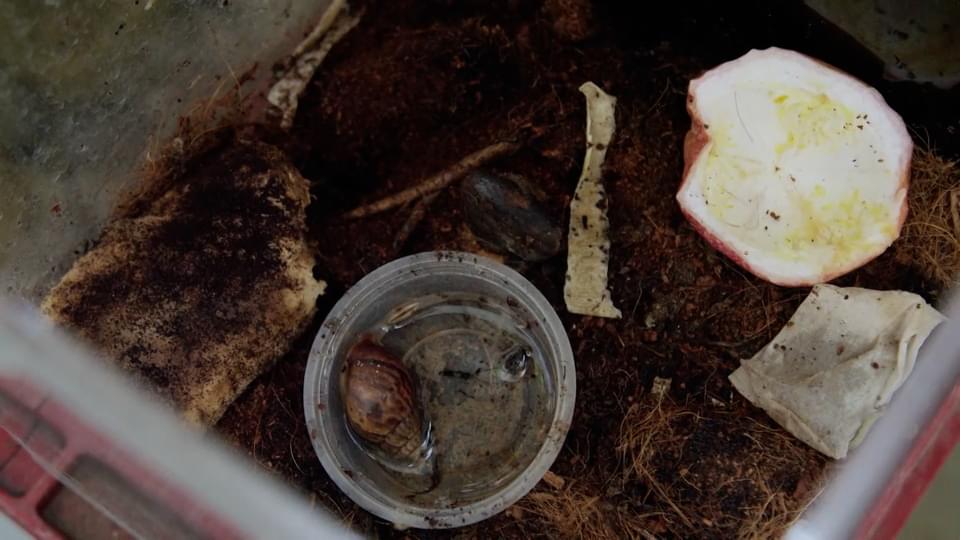
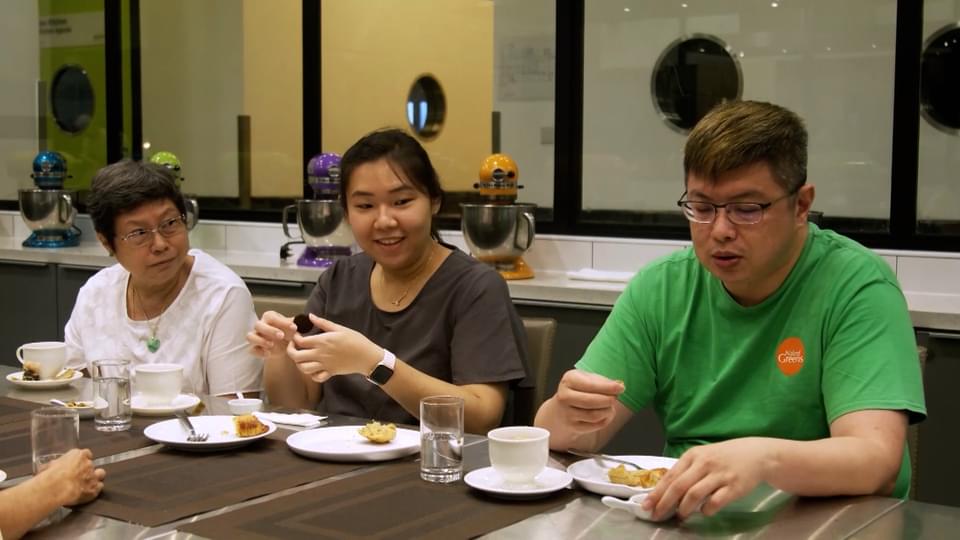
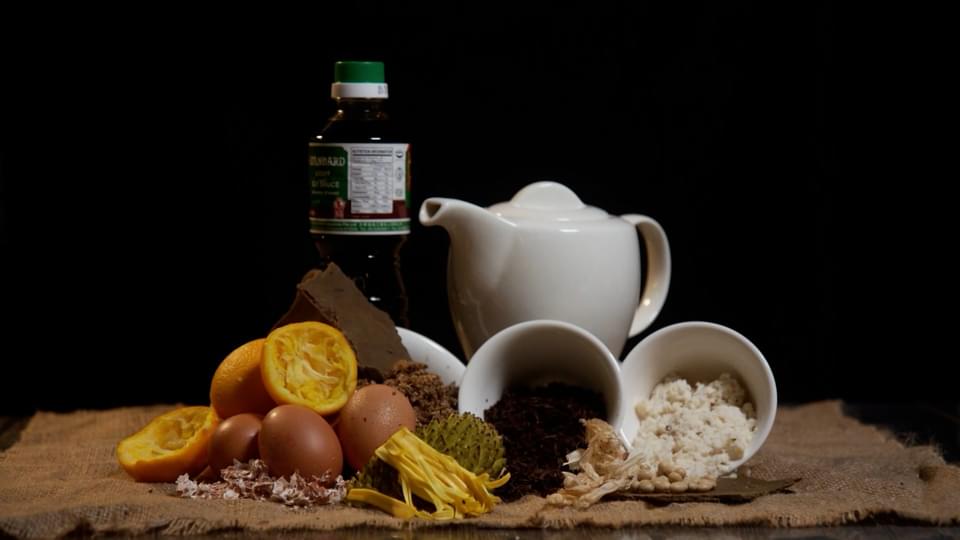
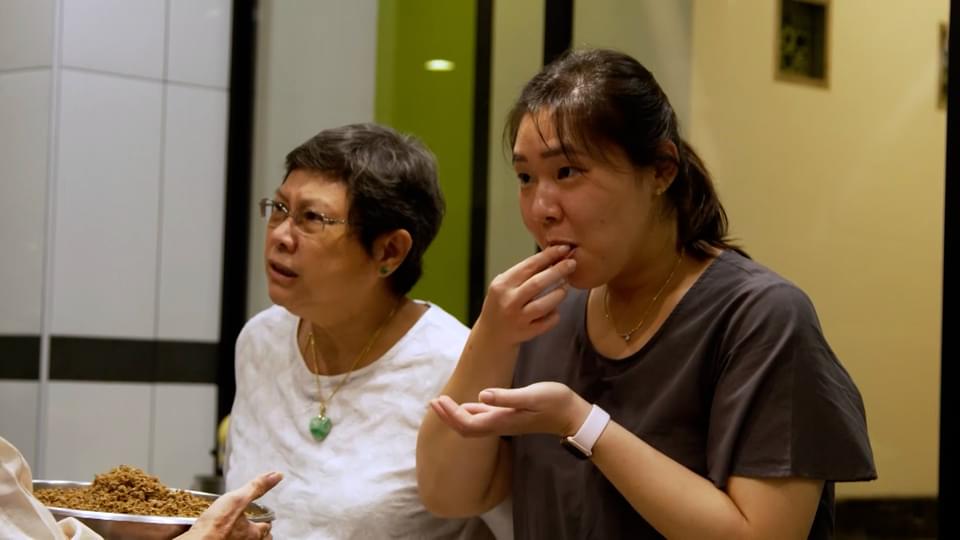
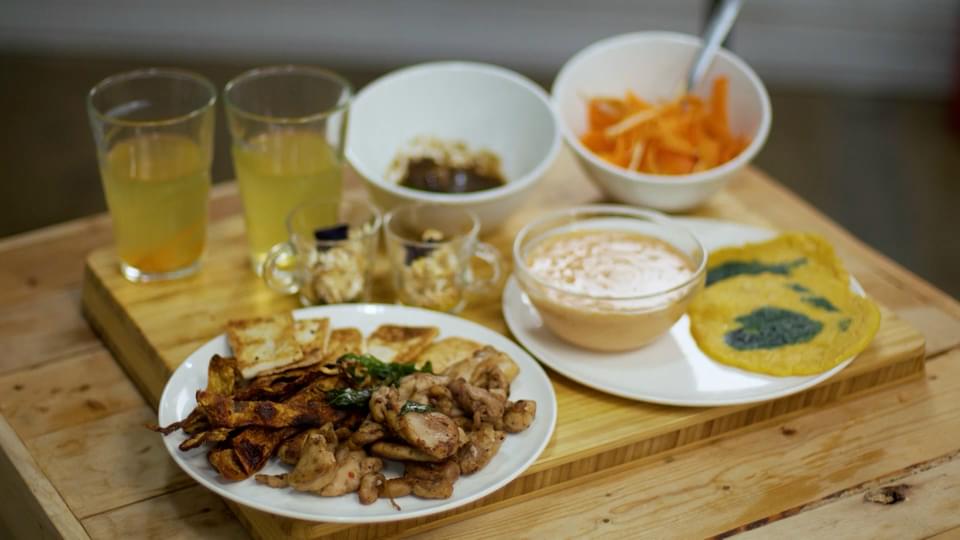
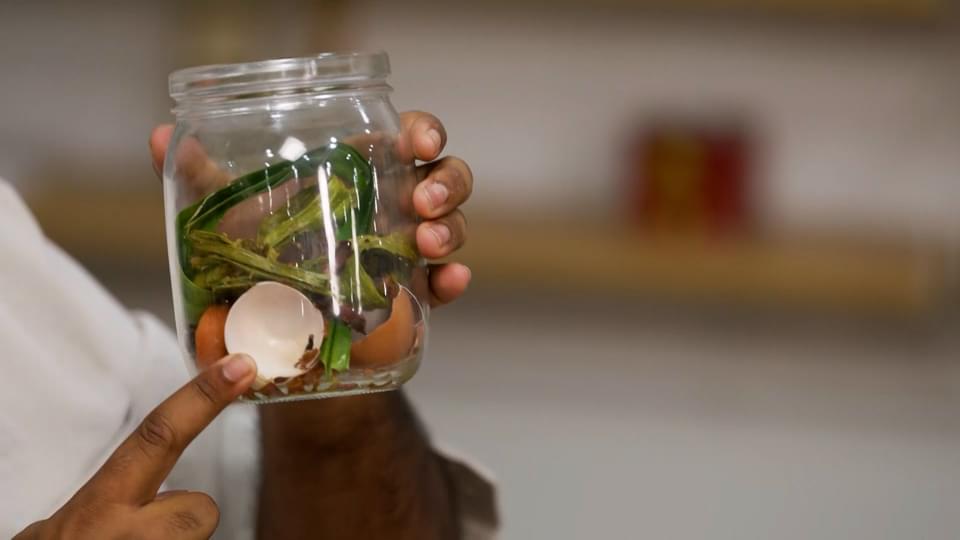
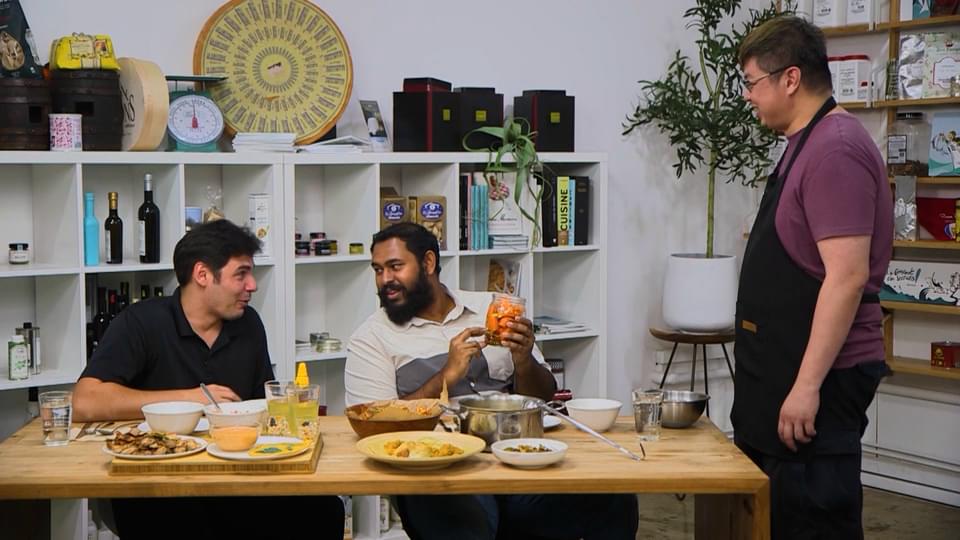
在新加坡,每天有7.44億公斤的食物浪費被丟棄。其中40%被認為是無法避免的,包括骨頭、殼和皮,但這些真的無可避免嗎?有沒有辦法延長它們保質期或將它們轉化為新的食物呢?在本集中,主廚Isaac與兩位將蔬菜皮和蛋殼用於花園堆肥的惜食愛好者見面,並帶他們去經歷一次改變人生的體驗,徹底顛覆了他們對零浪費的觀念。從豆渣到醬醪;從咖啡渣到用過的茶葉,兩位參賽者將瞭解到本來是無可避免的廚餘如何可以成爲新的菜餚。這段旅程的高潮是一場惜食料理比賽,兩位參賽者的任務是創造出終極的零浪費餐。看看他們能否成功吧!
In Singapore, 744 million kg of food waste are thrown away everyday. 40% of this is considered unavoidable. They are bones, shells and peels. But are they really unavoidable? Or is there a way to extend their lifespan or transform them into new food items?
In this episode, Chef Isaac Henry meets two zero waste enthusiasts who compost their vegetable peels and eggshells for their garden. However, their notion of zero waste is flipped on its head when Isaac sends them for a life-changing experience. From okara to moromi; coffee grounds to spent tea leaves, our contestants are introduced to new upcycled dishes created from food waste that was previously unavoidable.
The journey culminates in a cook off, where they are tasked to create the ultimate zero waste meal. Will they succeed?
https://www.rthk.hk/tv/dtt31/programme/zerowastekitchen/episode/974049
------
外表欠佳的蔬果,品質是否一樣呢? (Are Ugly Produce Just As Good?)

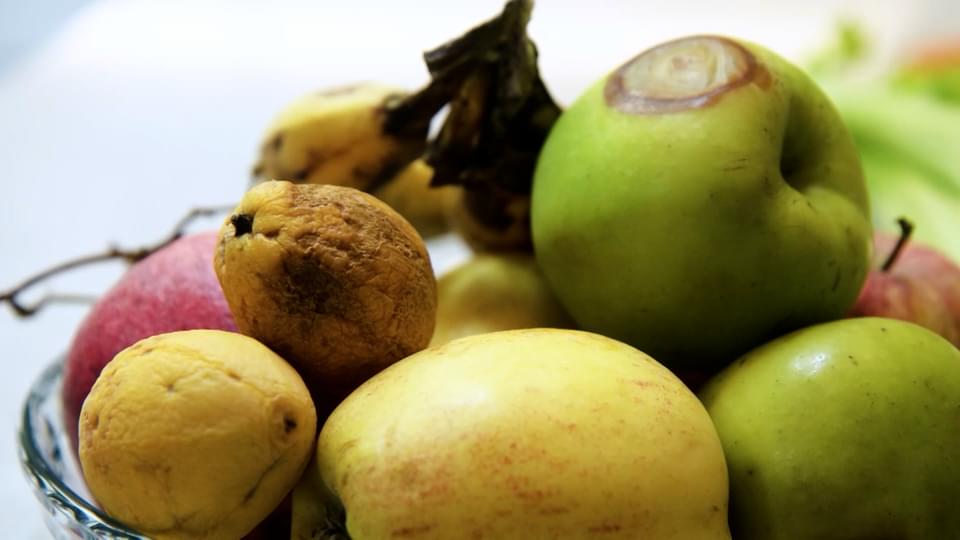
一日一蘋果,醫生遠離我,但大多數人都不會吃一顆醜的蘋果。當水果和蔬菜有瘀傷或變軟時,它們在供應鏈的加工階段就被丟棄了,根本無法抵達超市的貨架。但這是否意味著它們的營養價值或味道不如看起來完美的蔬果呢?
美食愛好者舒皓和Joe都會按外表來選擇蔬果。為了讓他們看到醜陋中的美,主持人主廚Isaac帶他們來到一輛貨車,上面裝滿被拯救回來的農產品,開到新加坡不同社區分發。他們還到實驗室測試有瑕疵的農產品是否和外表完美的農產品一樣可以安全使用和有營養。隨後,他們在一間餐廳學習如何利用這些外表不完美的農產品製作菜餚。在惜食料理大賽中,舒皓和Joe要盡量使用外表欠佳的蔬果作爲食材,他們會如何應對呢?
An apple a day keeps the doctor away, but most of us would not eat that apple if it was ugly.
When bruised or mushy, ugly fruits and vegetables are discarded at the processing stage of the supply chain before even making it to the supermarket.
But does this mean that they aren’t as nutritious or taste as good?
Foodies Shu Hao and Joe are both guilty of judging produce by their looks. To get them to see the beauty in the ugly, host Chef Isaac Henry leads them to Mobile Kaybie, a van that goes around different neighbourhoods in Singapore to distribute rescued produce for free!
The trio also heads to a laboratory to check if blemished produce are just as safe and nutritious to eat as perfect looking ones. Then, they learn how to showcase the culinary possibilities made with ugly produce at an eatery.
How will Shu Hao and Joe cope when tasked to cook with as many ugly fruits and vegetables as possible in our zero waste cook-off?
https://www.rthk.hk/tv/dtt31/programme/zerowastekitchen/episode/974050
23/09/2024
無可避免的食物浪費真的無法避免嗎? (Can We Avoid Unavoidable Food Waste?)










在新加坡,每天有7.44億公斤的食物浪費被丟棄。其中40%被認為是無法避免的,包括骨頭、殼和皮,但這些真的無可避免嗎?有沒有辦法延長它們保質期或將它們轉化為新的食物呢?在本集中,主廚Isaac與兩位將蔬菜皮和蛋殼用於花園堆肥的惜食愛好者見面,並帶他們去經歷一次改變人生的體驗,徹底顛覆了他們對零浪費的觀念。從豆渣到醬醪;從咖啡渣到用過的茶葉,兩位參賽者將瞭解到本來是無可避免的廚餘如何可以成爲新的菜餚。這段旅程的高潮是一場惜食料理比賽,兩位參賽者的任務是創造出終極的零浪費餐。看看他們能否成功吧!
In Singapore, 744 million kg of food waste are thrown away everyday. 40% of this is considered unavoidable. They are bones, shells and peels. But are they really unavoidable? Or is there a way to extend their lifespan or transform them into new food items?
In this episode, Chef Isaac Henry meets two zero waste enthusiasts who compost their vegetable peels and eggshells for their garden. However, their notion of zero waste is flipped on its head when Isaac sends them for a life-changing experience. From okara to moromi; coffee grounds to spent tea leaves, our contestants are introduced to new upcycled dishes created from food waste that was previously unavoidable.
The journey culminates in a cook off, where they are tasked to create the ultimate zero waste meal. Will they succeed?
https://www.rthk.hk/tv/dtt31/programme/zerowastekitchen/episode/974049
------
外表欠佳的蔬果,品質是否一樣呢? (Are Ugly Produce Just As Good?)


一日一蘋果,醫生遠離我,但大多數人都不會吃一顆醜的蘋果。當水果和蔬菜有瘀傷或變軟時,它們在供應鏈的加工階段就被丟棄了,根本無法抵達超市的貨架。但這是否意味著它們的營養價值或味道不如看起來完美的蔬果呢?
美食愛好者舒皓和Joe都會按外表來選擇蔬果。為了讓他們看到醜陋中的美,主持人主廚Isaac帶他們來到一輛貨車,上面裝滿被拯救回來的農產品,開到新加坡不同社區分發。他們還到實驗室測試有瑕疵的農產品是否和外表完美的農產品一樣可以安全使用和有營養。隨後,他們在一間餐廳學習如何利用這些外表不完美的農產品製作菜餚。在惜食料理大賽中,舒皓和Joe要盡量使用外表欠佳的蔬果作爲食材,他們會如何應對呢?
An apple a day keeps the doctor away, but most of us would not eat that apple if it was ugly.
When bruised or mushy, ugly fruits and vegetables are discarded at the processing stage of the supply chain before even making it to the supermarket.
But does this mean that they aren’t as nutritious or taste as good?
Foodies Shu Hao and Joe are both guilty of judging produce by their looks. To get them to see the beauty in the ugly, host Chef Isaac Henry leads them to Mobile Kaybie, a van that goes around different neighbourhoods in Singapore to distribute rescued produce for free!
The trio also heads to a laboratory to check if blemished produce are just as safe and nutritious to eat as perfect looking ones. Then, they learn how to showcase the culinary possibilities made with ugly produce at an eatery.
How will Shu Hao and Joe cope when tasked to cook with as many ugly fruits and vegetables as possible in our zero waste cook-off?
https://www.rthk.hk/tv/dtt31/programme/zerowastekitchen/episode/974050
上週節目重溫時限:一年
------
未來方案 (Future from Above)
面對著充滿不確定性的未來,地球面臨著困境。然而,世界領先的專家們一致認為,只要在能源、交通、農業和廢物處理等領域重新思考,美好的未來並不是遙不可及。
從氣候危機的角度來說2050年是關鍵一年,地球是否繼續宜居很視乎我們能否在2050年做到淨零排放。《未來方案》探討世界在2050年及以後可能呈現的面貌,展示各種有可能解決氣候危機的開創性方案,從韓國的水上浮動太陽能發電系統、東非大裂谷的地熱能源、即將建成的先進核聚變反應堆、淨零排放的交通工具、墨西哥城的古代再生農場等。世界各地致力實現這些創新方案的專家們分享了他們的工作和研究,一起探討各方案的潛力。
Earth in 2050 – the defining year for its future! With the POV of our drone looking down at Earth, a dystopian scenario is revealed. Then, drawing on actual advances in science and technology, we travel instead to a better future from above.
https://earthxmedia.com/show/future-from-above/
https://www.imdb.com/title/tt27713151/
------
《#未來方案》星期一晚十點半 #港台電視31
隨著 #氣候變化 日益嚴重,地球面對著充滿不確定性的未來。然而,世界領先的專家們一致認為,只要在能源、交通、農業和廢物處理等領域重新思考,美好的未來並不是遙不可及。
從氣候危機的角度來說2050年是關鍵一年,地球是否繼續宜居很視乎我們能否在2050年做到淨零排放。《未來方案》探討世界在2050年及以後可能呈現的面貌,展示各種有可能解決氣候危機的開創性方案,從韓國的水上浮動 #太陽能發電系統、東非大裂谷的 #地熱能源、即將建成的先進 #核聚變反應堆、#淨零排放的交通工具等。世界各地致力實現這些創新方案的專家們分享了他們的工作和研究,一起探討各方案的潛力。
一連四集《#未來方案》 #Future from Above 與你探索未來。
https://www.rthk.hk/tv/dtt31/programme/futurefromabove_c/
https://www.facebook.com/100063611302739/videos/868202575016537
------
能源 (Energy)
30/09/2024
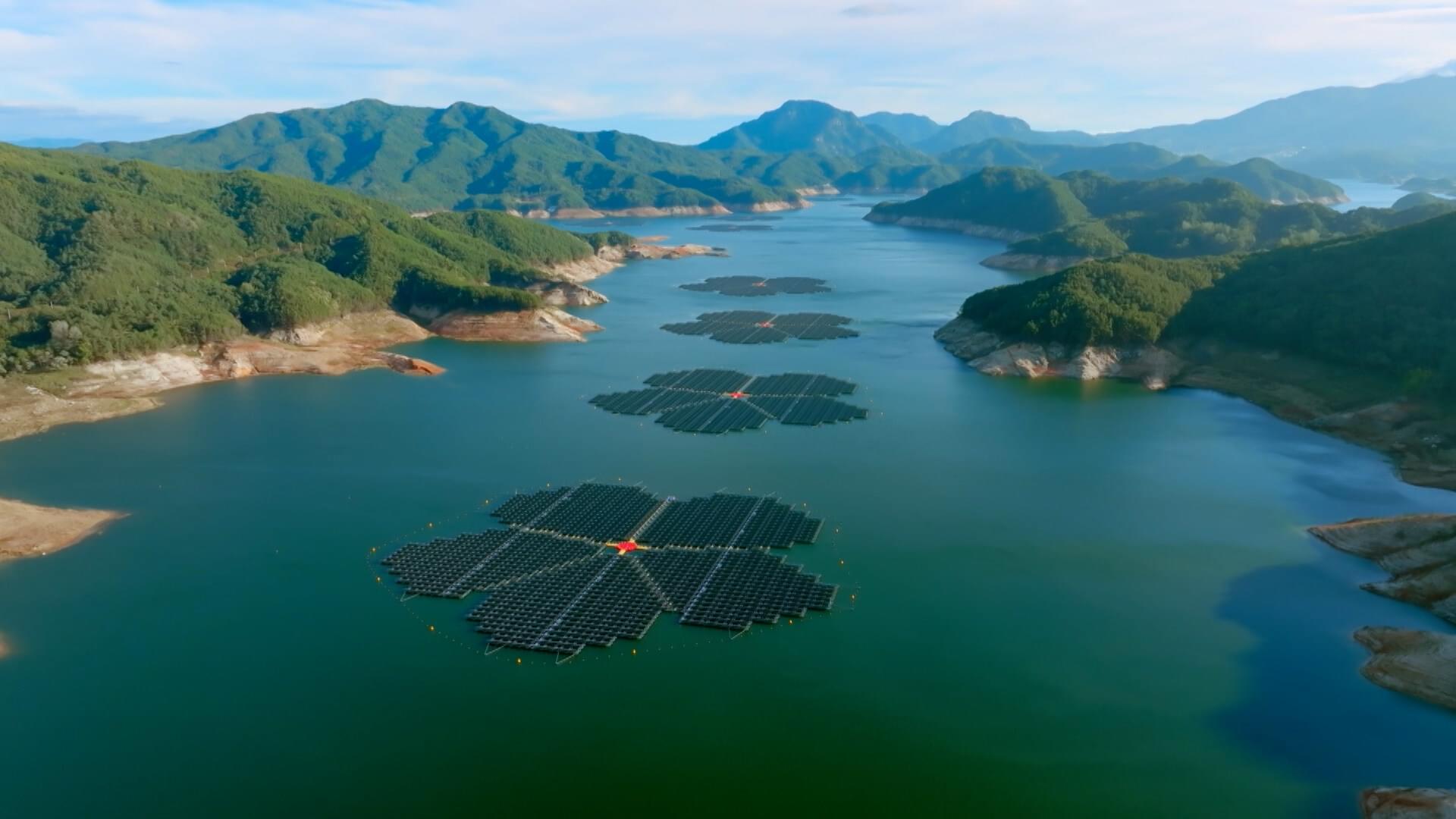
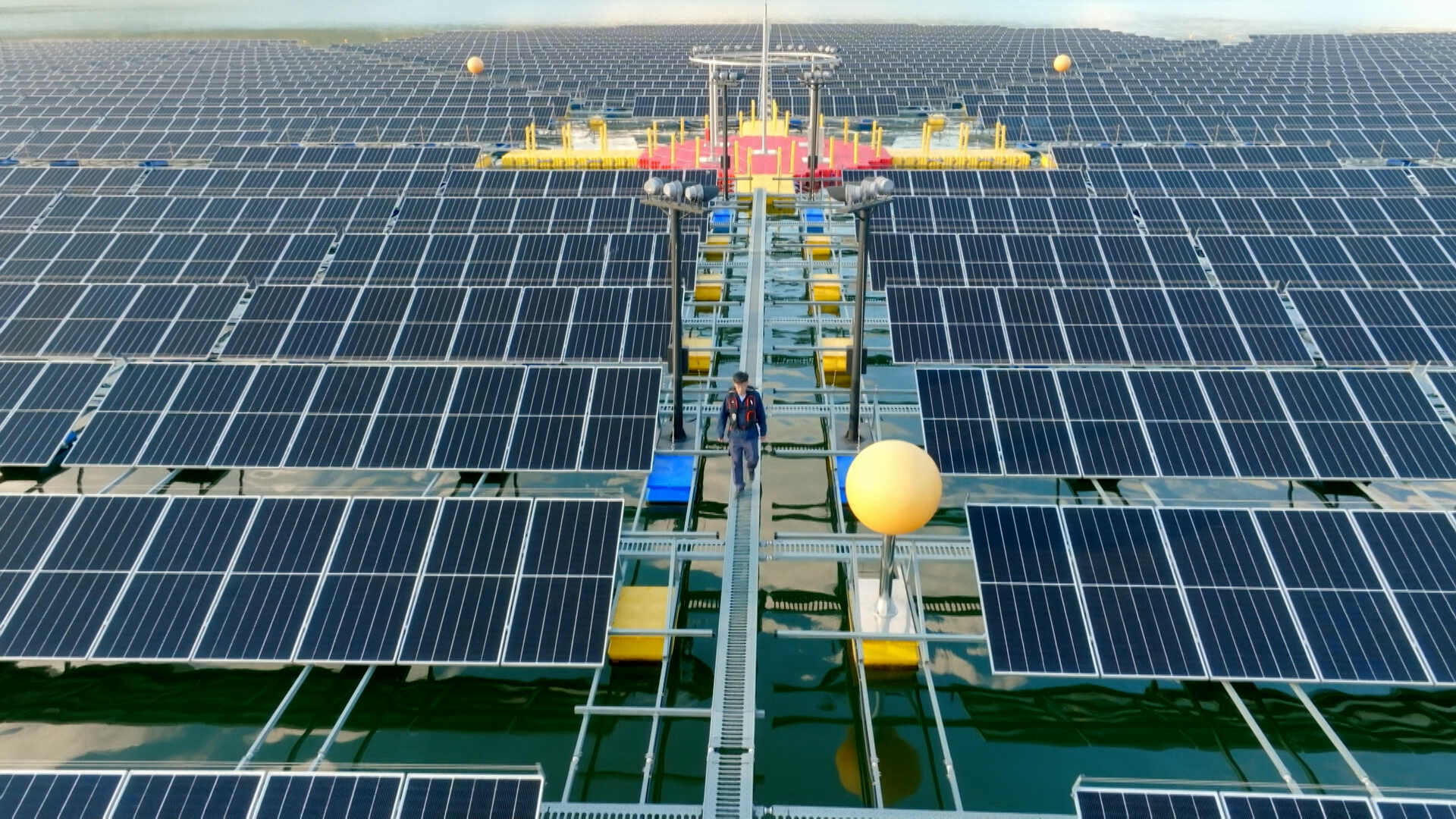

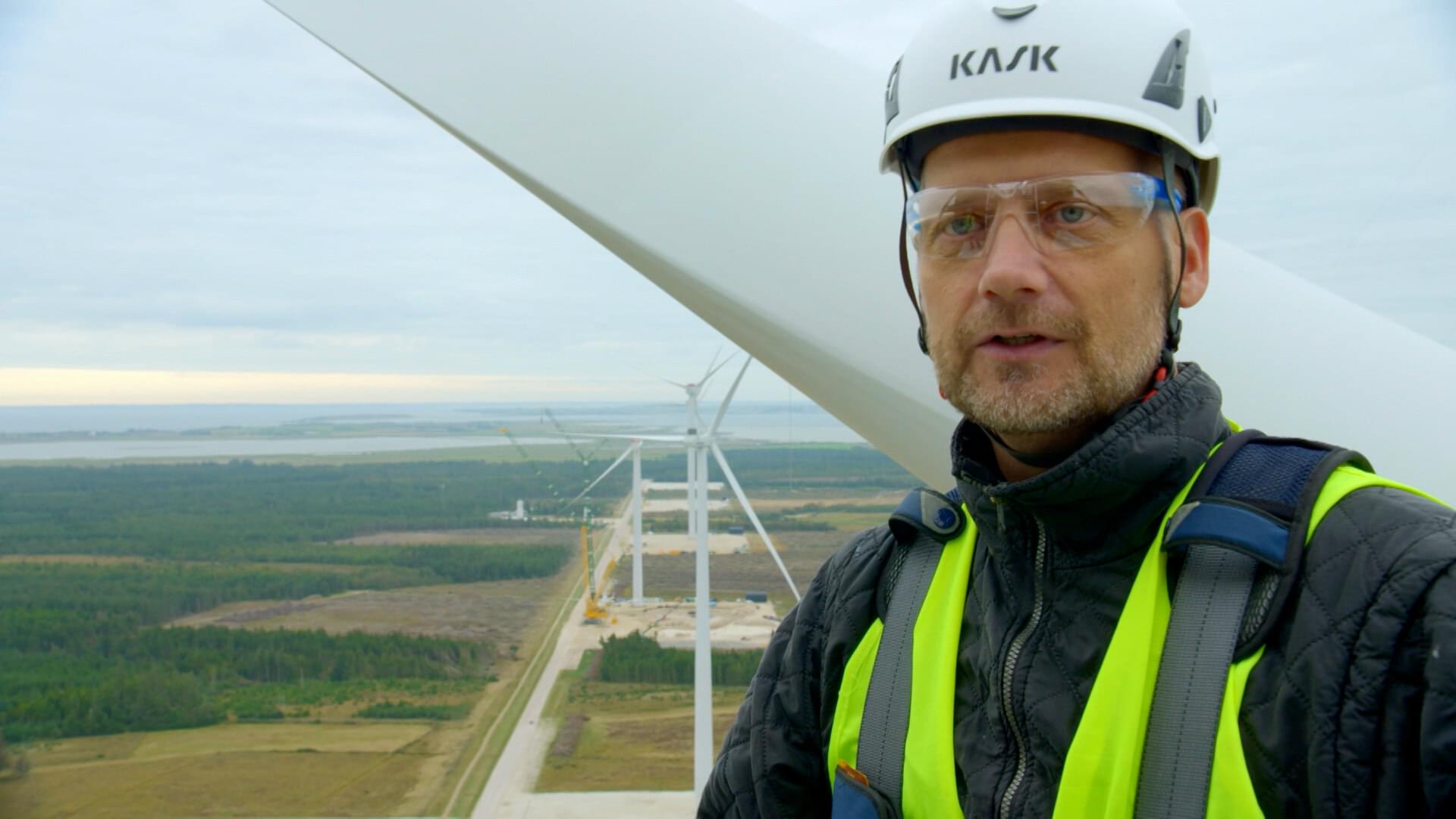
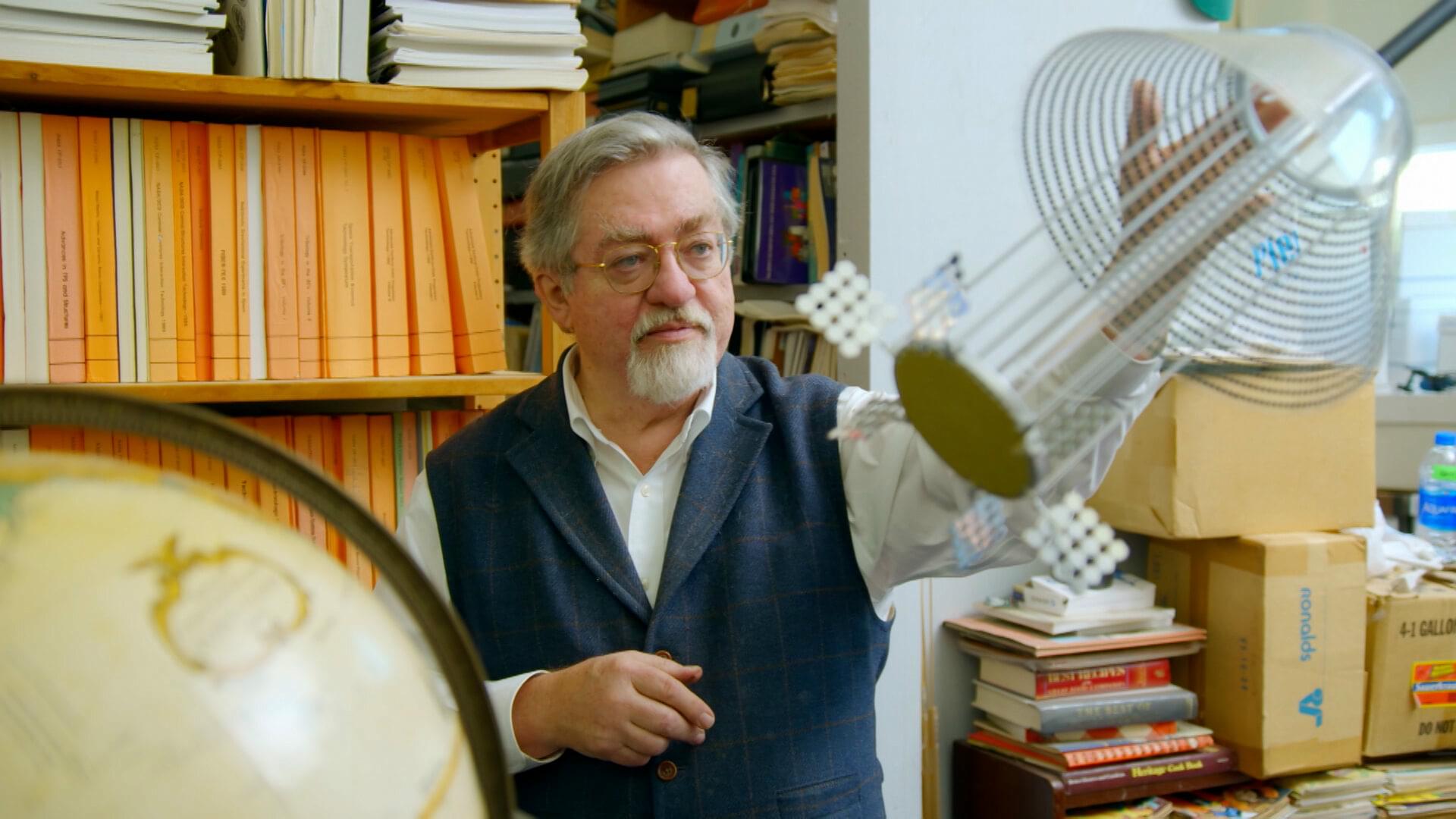
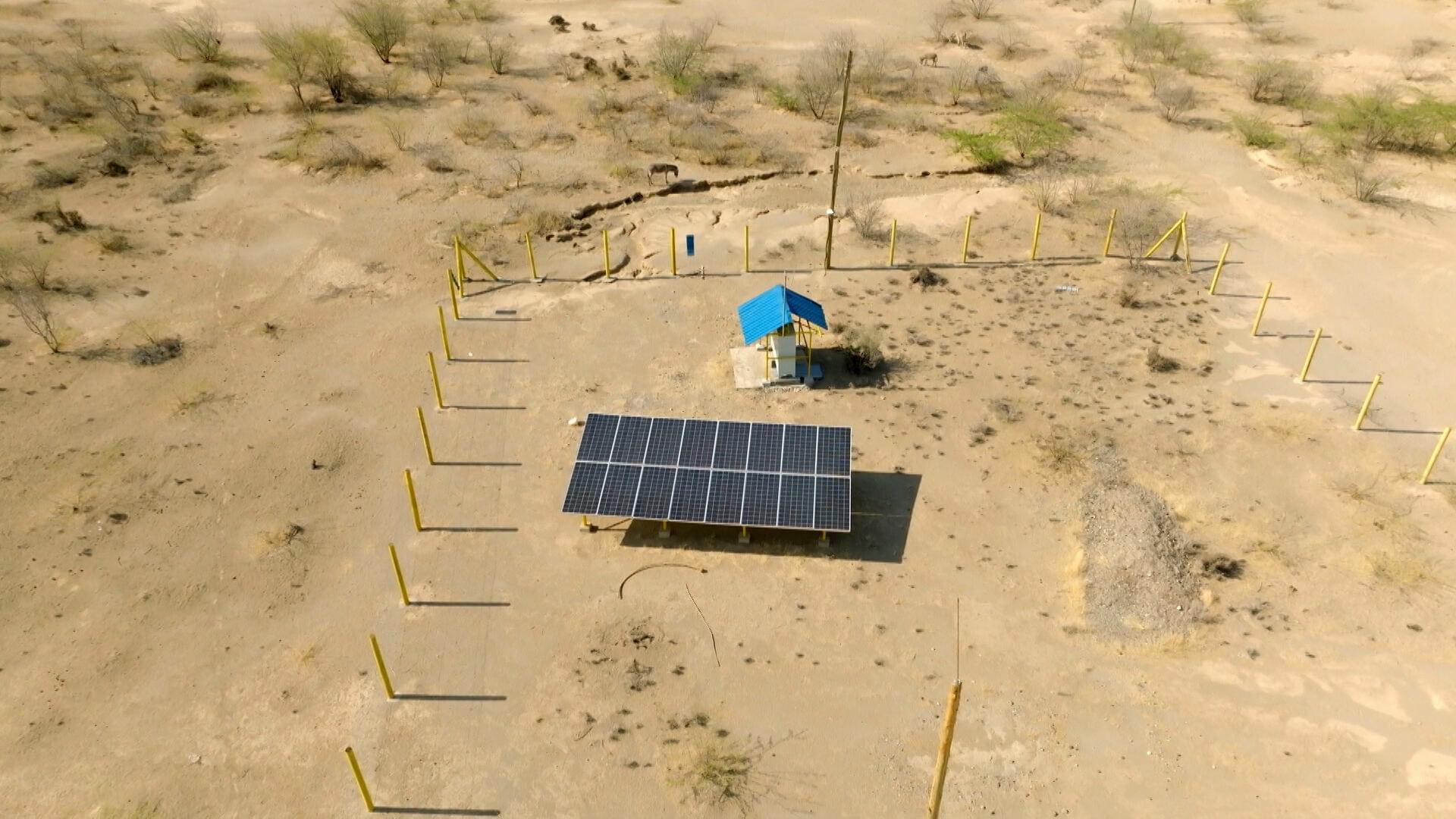
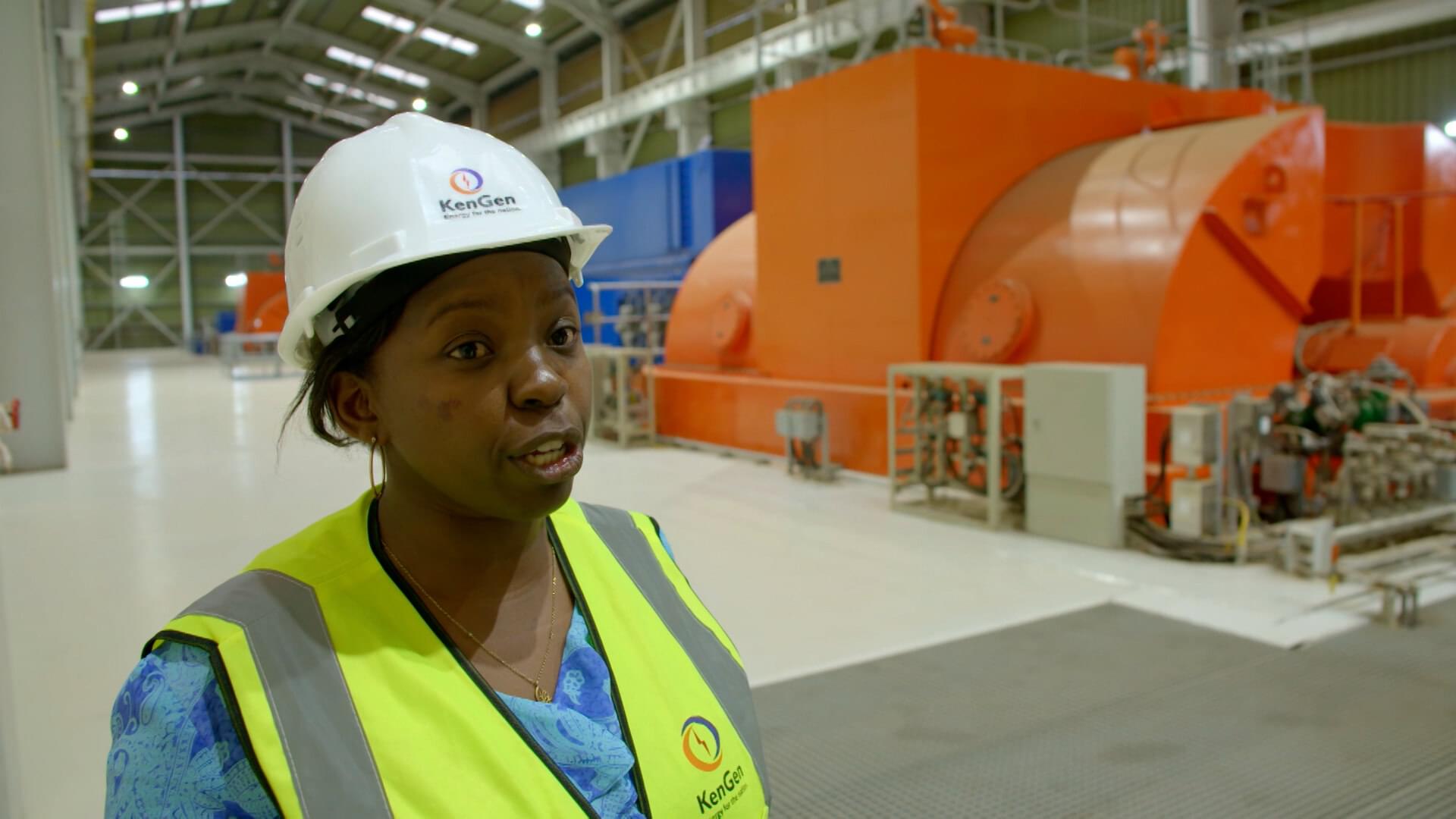
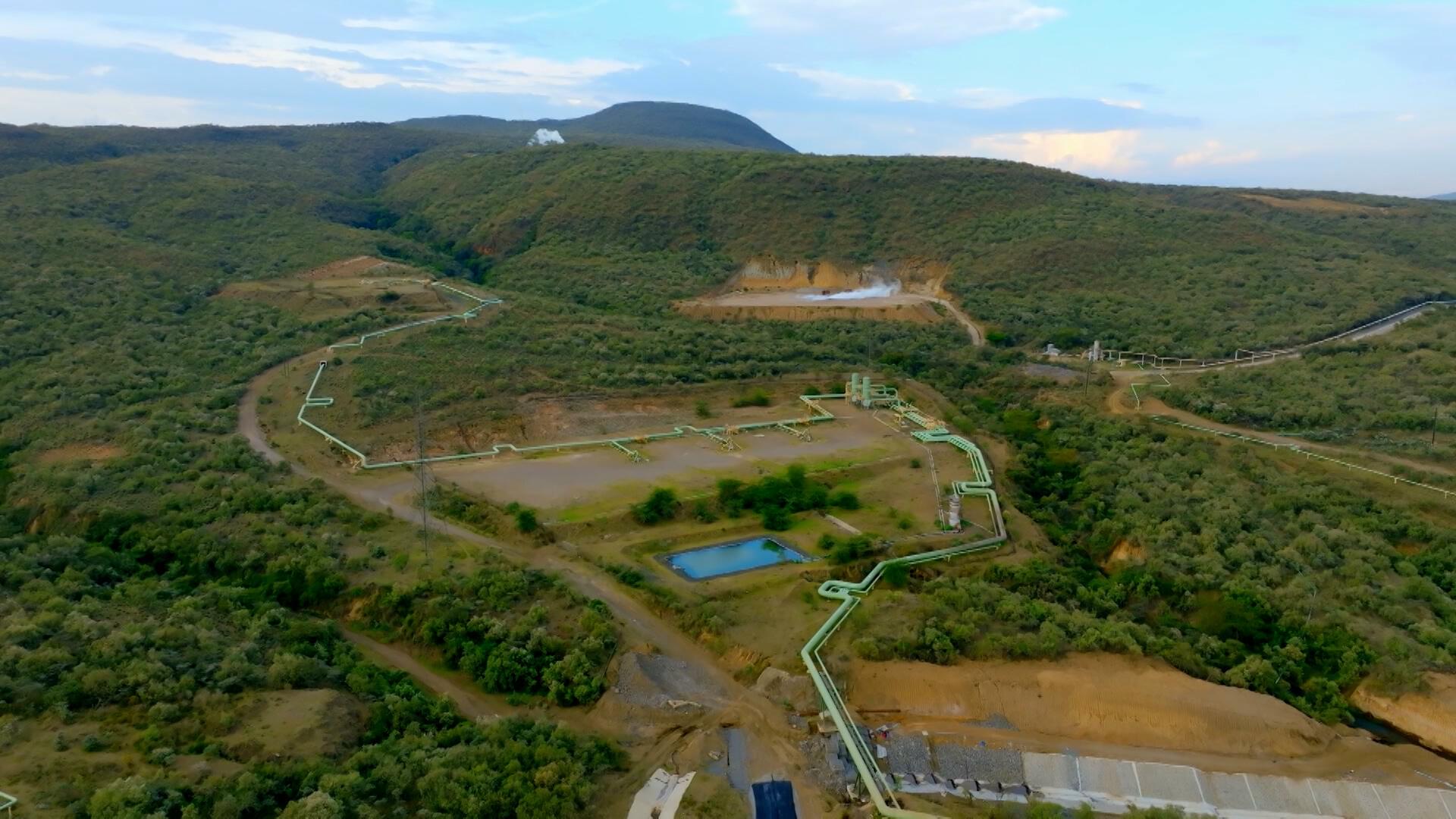
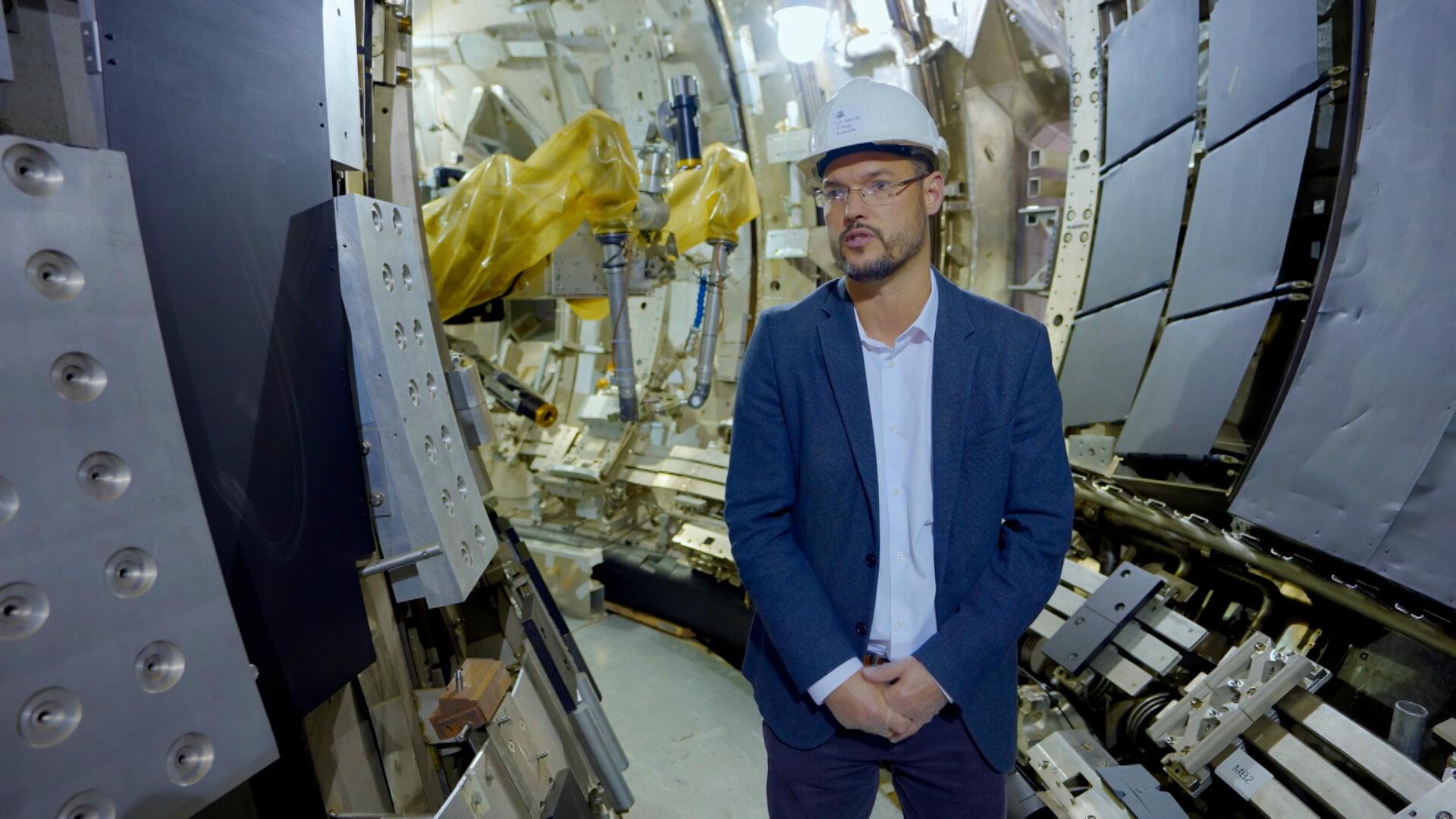
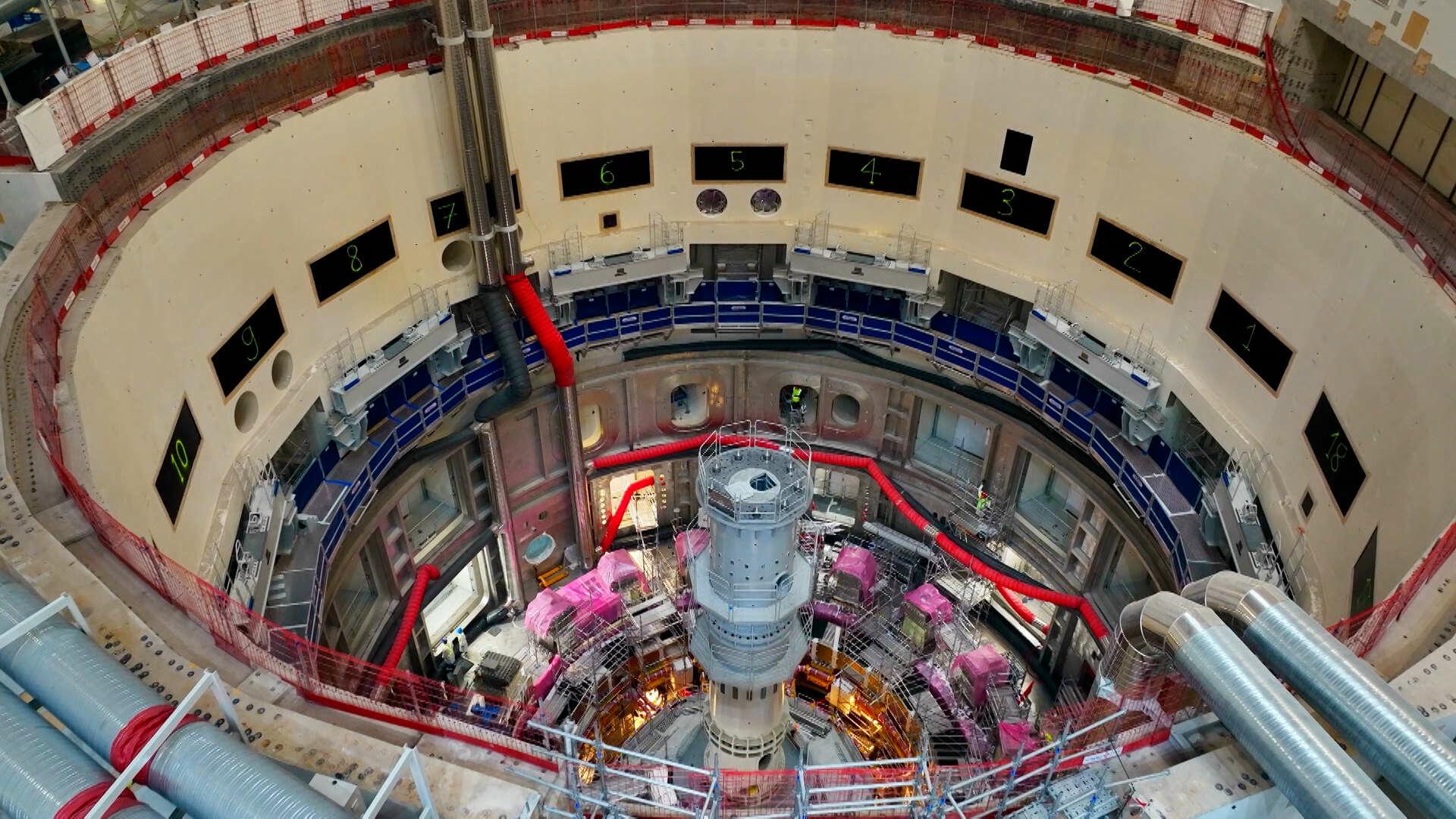

目前,全球大約八成能源以化石燃料產生,令溫室氣體釋放至大氣,加劇地球暖化。乾旱、風暴、洪水隨之而增加,恐怕將導玫地球變得不再宜居。然而不少世界頂尖專家認為,若人類於 2050 年前,能將九成能源變為來自再生能源,或有機會力挽狂瀾。因此,他們積極創造一個由潔淨能源驅動的未來。透過重新設計城市、淨化大氣、改變廢物利用的方法,以恢復自然生態系統,人類才能跟大自然在一個健康的地球和諧共處,令地球繼續宜居。
本集會探究世界最先進、超大型的再生能源計劃、重新設計的電網系統,以及對潛在無限能源的追求。
雙語廣播:粵語/英語 (電視版)
播出時間:(首播) 2024年9月30日 星期一晚上10時30分
The mission to power the future is underway. Discover world-leading solutions; from supersized renewables to redesigning the grid, and the quest for a potentially limitless energy source.
The way we use earth's resources is destructive, but a rethink can prevent more damage. By redesigning our cities, changing how we use waste and restoring our natural ecosystems, humans and nature can live in harmony on a healthy Earth.
Bilingual: Cantonese/ English (TV Version)
Time: (First run) 2024.09.30 MON 10:30pm
https://www.rthk.hk/tv/dtt31/programme/futurefromabove_c/episode/961211
------
未來方案 (Future from Above)
面對著充滿不確定性的未來,地球面臨著困境。然而,世界領先的專家們一致認為,只要在能源、交通、農業和廢物處理等領域重新思考,美好的未來並不是遙不可及。
從氣候危機的角度來說2050年是關鍵一年,地球是否繼續宜居很視乎我們能否在2050年做到淨零排放。《未來方案》探討世界在2050年及以後可能呈現的面貌,展示各種有可能解決氣候危機的開創性方案,從韓國的水上浮動太陽能發電系統、東非大裂谷的地熱能源、即將建成的先進核聚變反應堆、淨零排放的交通工具、墨西哥城的古代再生農場等。世界各地致力實現這些創新方案的專家們分享了他們的工作和研究,一起探討各方案的潛力。
Earth in 2050 – the defining year for its future! With the POV of our drone looking down at Earth, a dystopian scenario is revealed. Then, drawing on actual advances in science and technology, we travel instead to a better future from above.
https://earthxmedia.com/show/future-from-above/
https://www.imdb.com/title/tt27713151/
------
《#未來方案》星期一晚十點半 #港台電視31
隨著 #氣候變化 日益嚴重,地球面對著充滿不確定性的未來。然而,世界領先的專家們一致認為,只要在能源、交通、農業和廢物處理等領域重新思考,美好的未來並不是遙不可及。
從氣候危機的角度來說2050年是關鍵一年,地球是否繼續宜居很視乎我們能否在2050年做到淨零排放。《未來方案》探討世界在2050年及以後可能呈現的面貌,展示各種有可能解決氣候危機的開創性方案,從韓國的水上浮動 #太陽能發電系統、東非大裂谷的 #地熱能源、即將建成的先進 #核聚變反應堆、#淨零排放的交通工具等。世界各地致力實現這些創新方案的專家們分享了他們的工作和研究,一起探討各方案的潛力。
一連四集《#未來方案》 #Future from Above 與你探索未來。
https://www.rthk.hk/tv/dtt31/programme/futurefromabove_c/
https://www.facebook.com/100063611302739/videos/868202575016537
------
能源 (Energy)
30/09/2024











目前,全球大約八成能源以化石燃料產生,令溫室氣體釋放至大氣,加劇地球暖化。乾旱、風暴、洪水隨之而增加,恐怕將導玫地球變得不再宜居。然而不少世界頂尖專家認為,若人類於 2050 年前,能將九成能源變為來自再生能源,或有機會力挽狂瀾。因此,他們積極創造一個由潔淨能源驅動的未來。透過重新設計城市、淨化大氣、改變廢物利用的方法,以恢復自然生態系統,人類才能跟大自然在一個健康的地球和諧共處,令地球繼續宜居。
本集會探究世界最先進、超大型的再生能源計劃、重新設計的電網系統,以及對潛在無限能源的追求。
雙語廣播:粵語/英語 (電視版)
播出時間:(首播) 2024年9月30日 星期一晚上10時30分
The mission to power the future is underway. Discover world-leading solutions; from supersized renewables to redesigning the grid, and the quest for a potentially limitless energy source.
The way we use earth's resources is destructive, but a rethink can prevent more damage. By redesigning our cities, changing how we use waste and restoring our natural ecosystems, humans and nature can live in harmony on a healthy Earth.
Bilingual: Cantonese/ English (TV Version)
Time: (First run) 2024.09.30 MON 10:30pm
https://www.rthk.hk/tv/dtt31/programme/futurefromabove_c/episode/961211
上集節目重溫時限:一年
------
未來方案 (Future from Above)
饑渴之源 (Food and Water)
07/10/2024

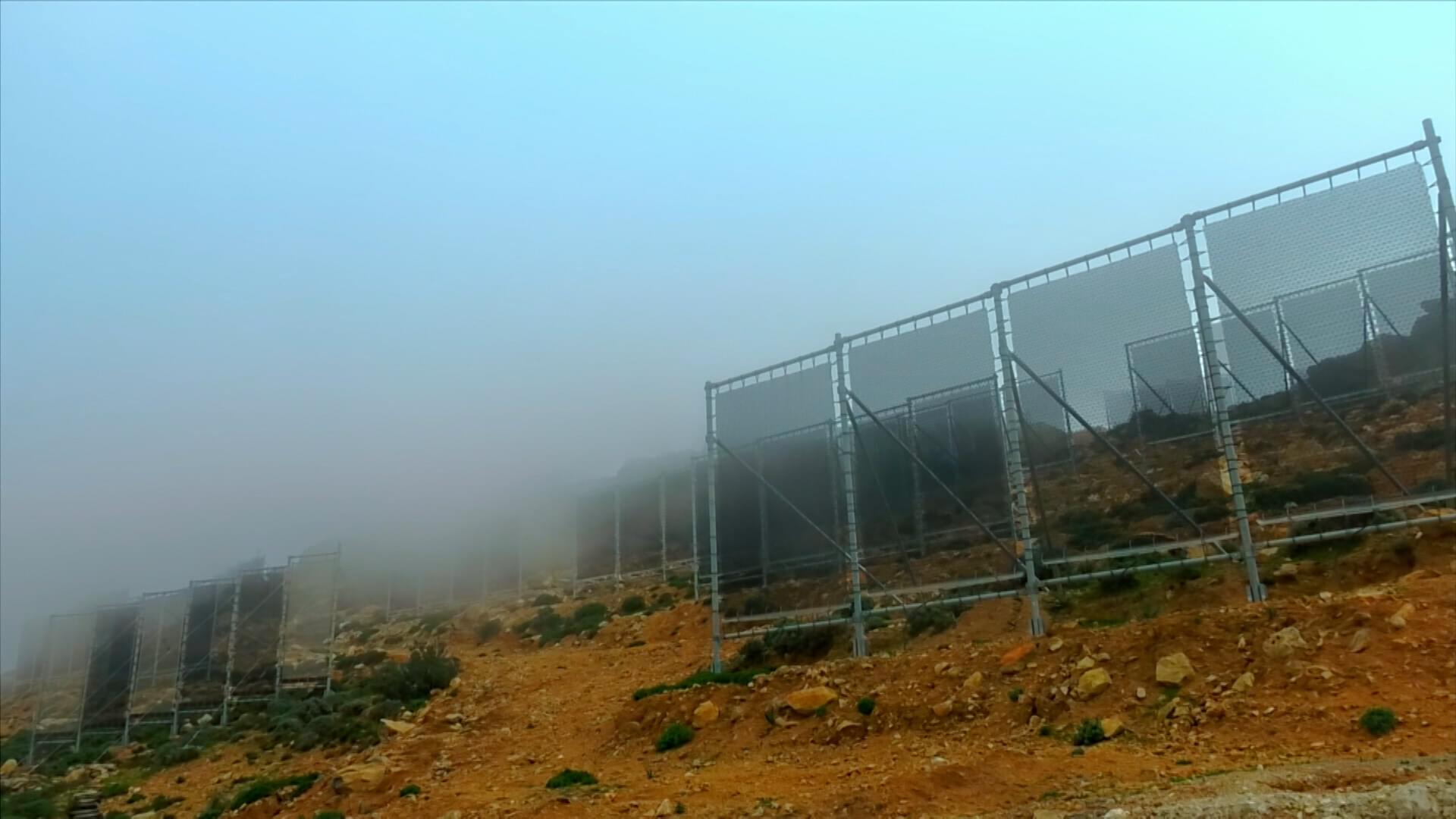
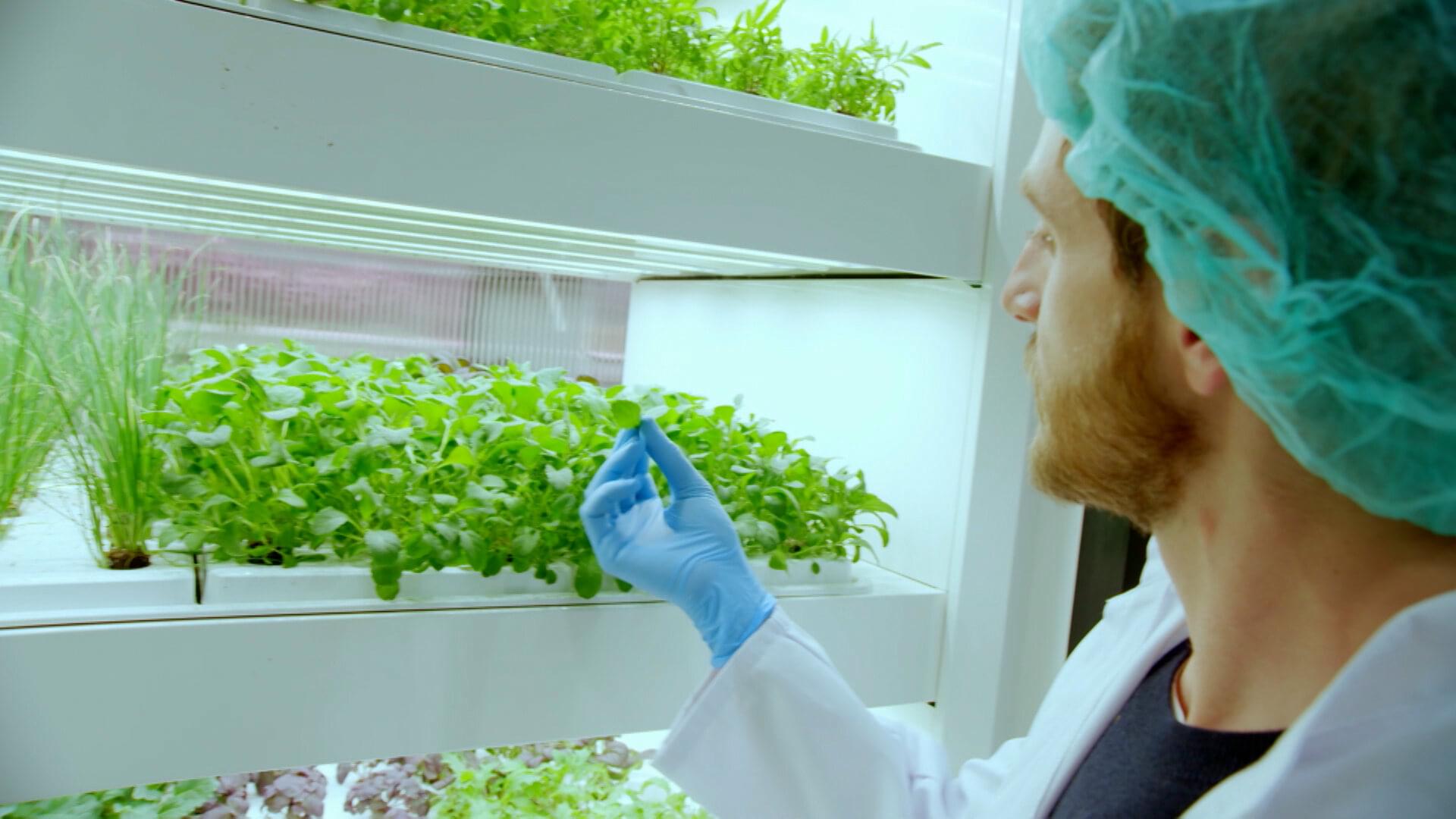
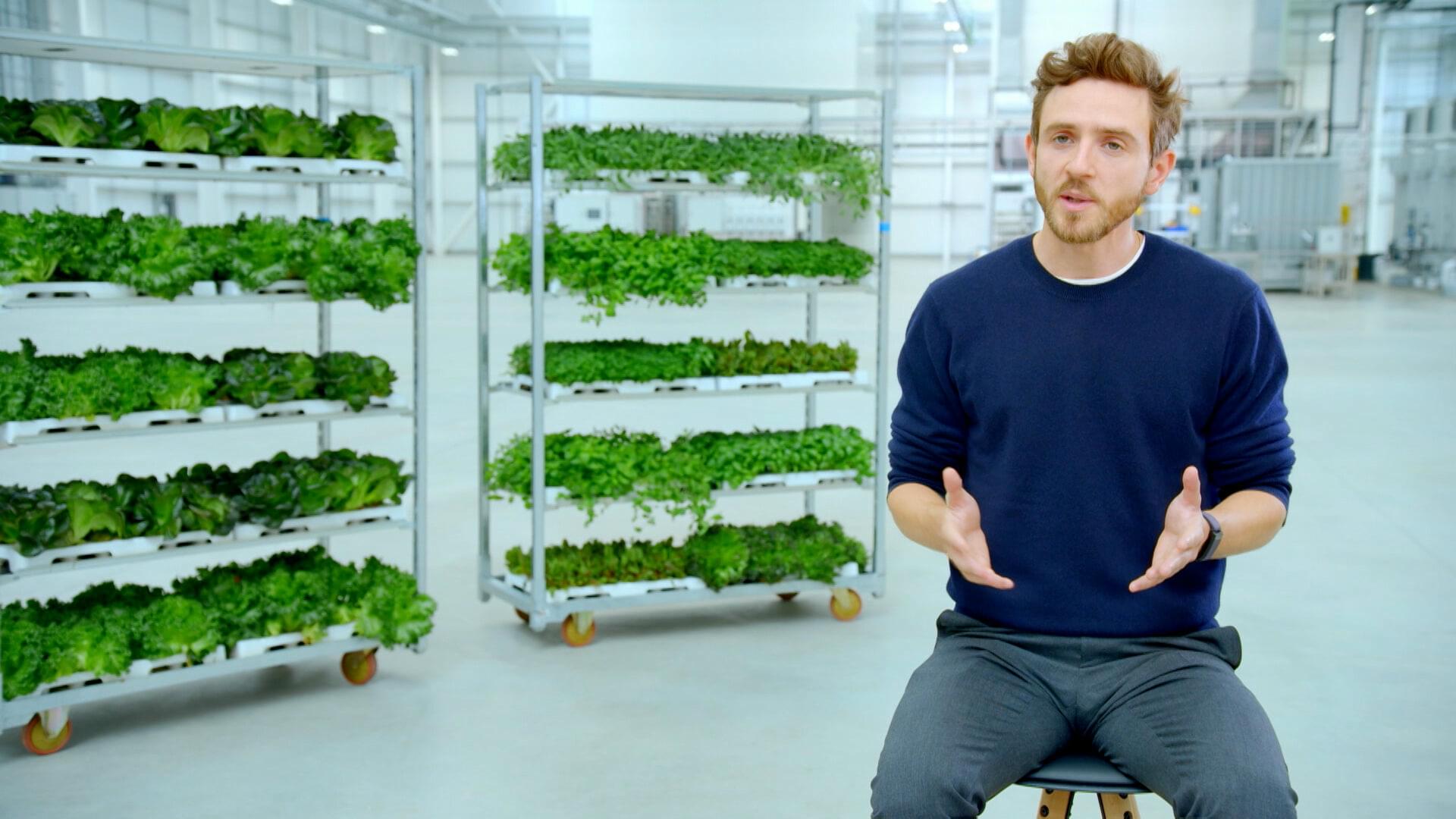
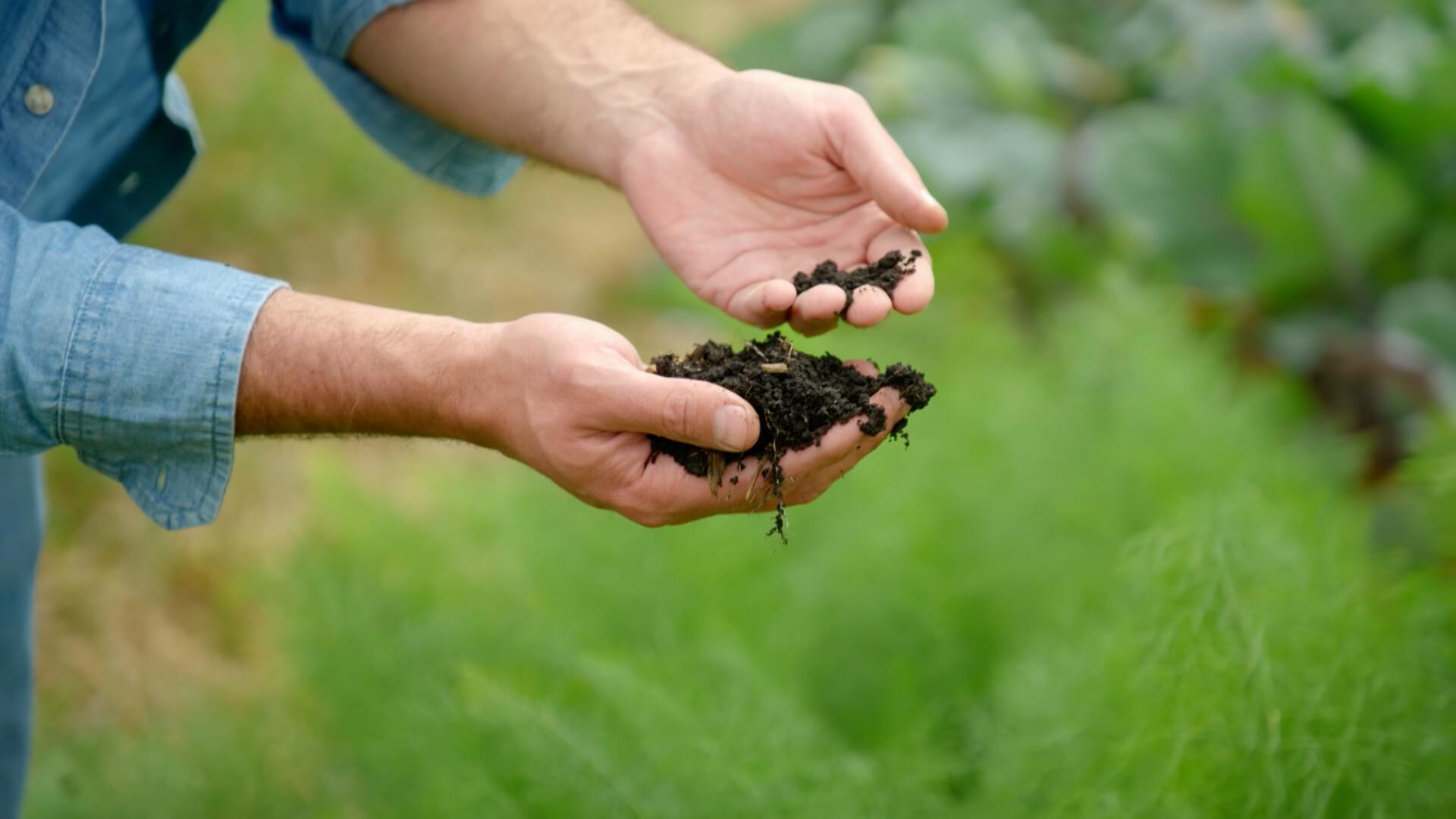
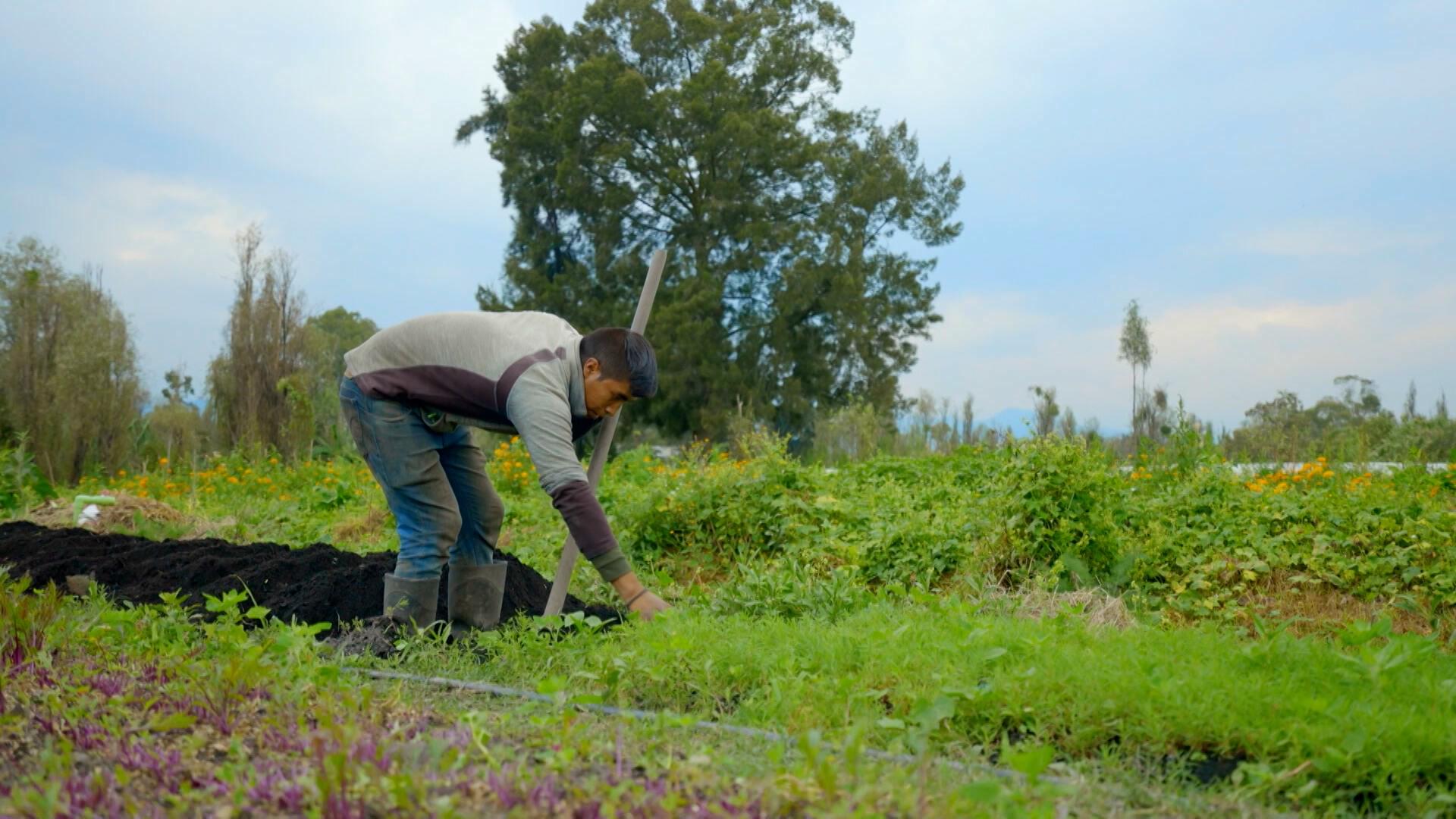
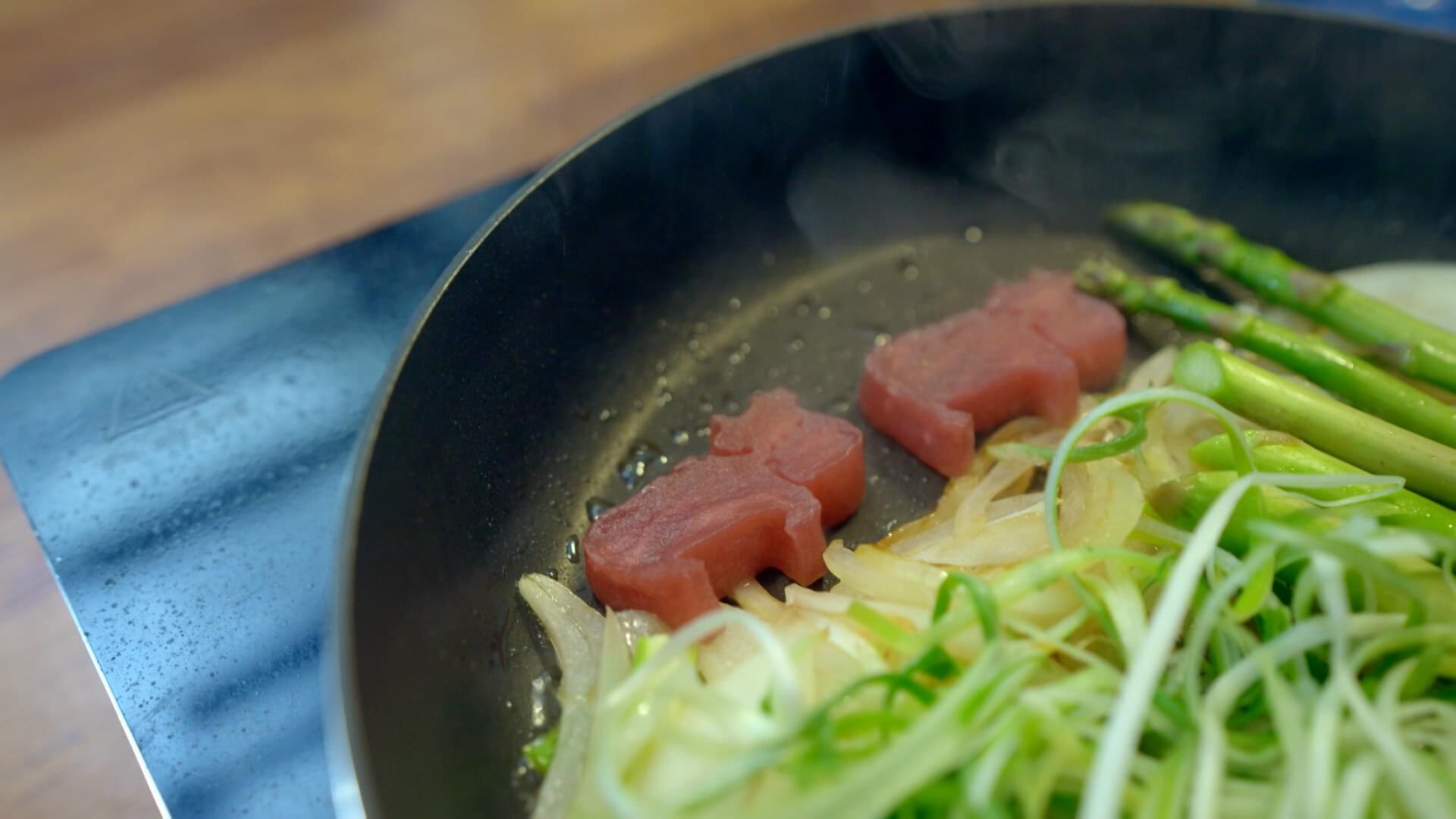
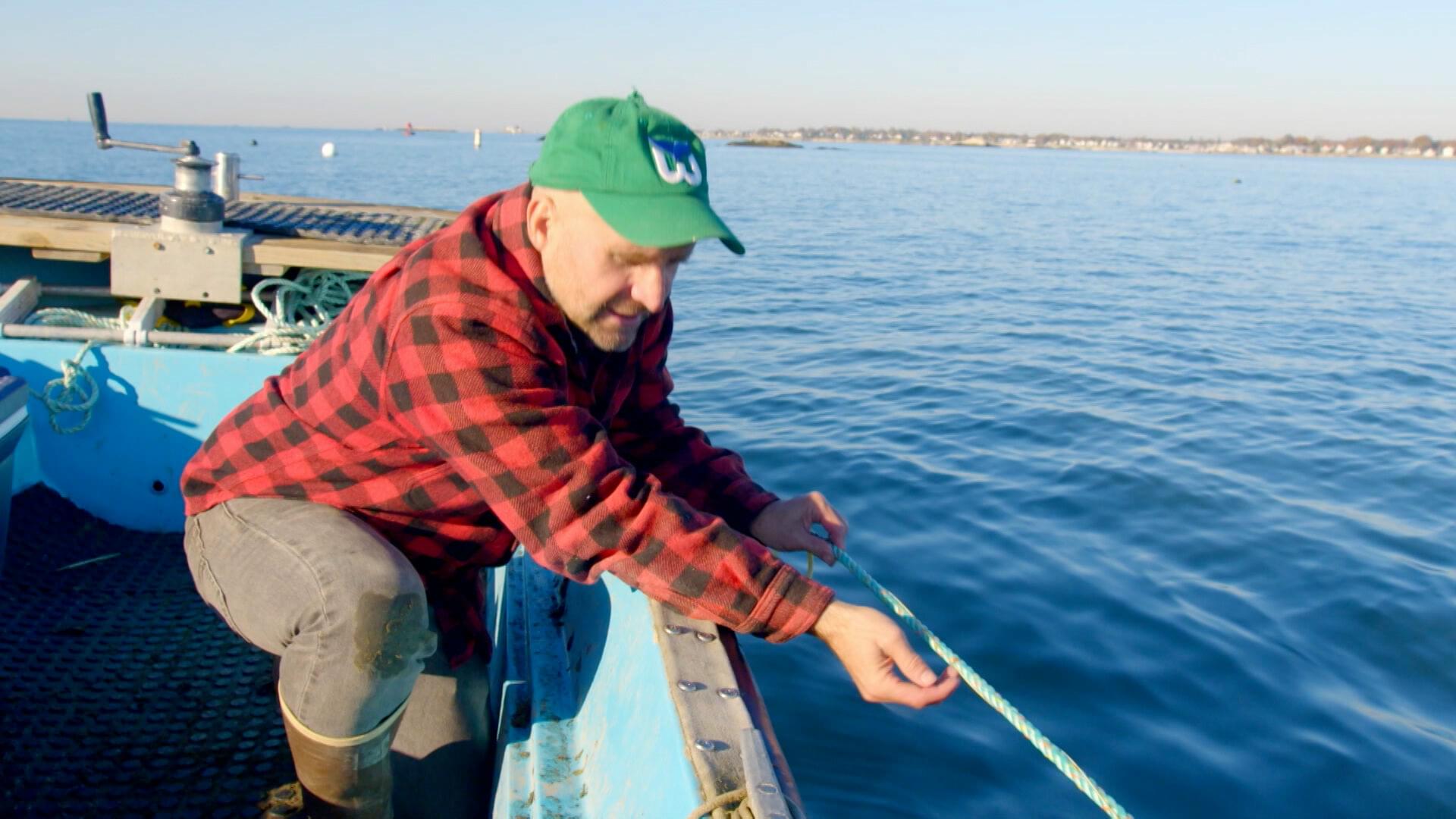
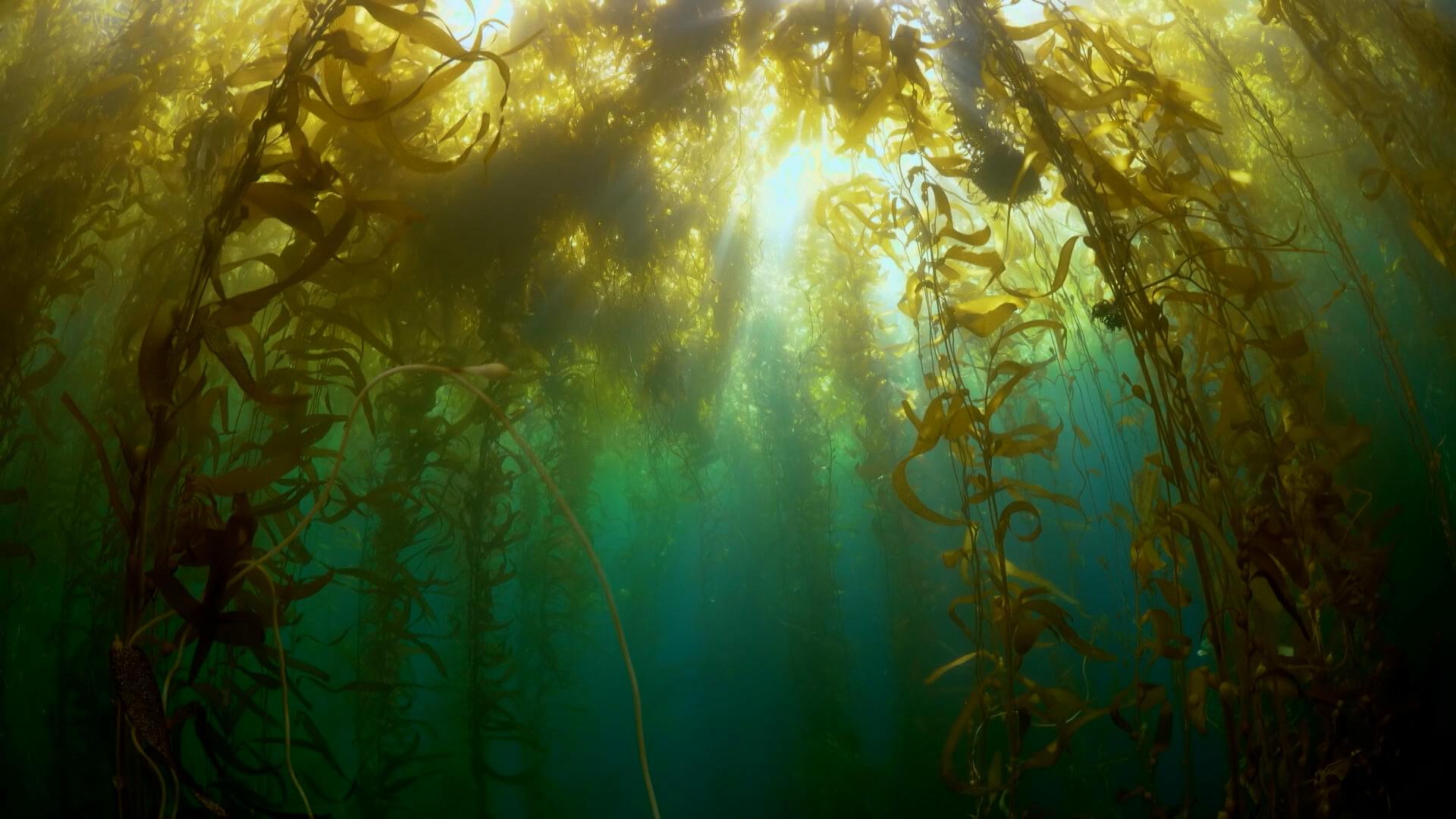
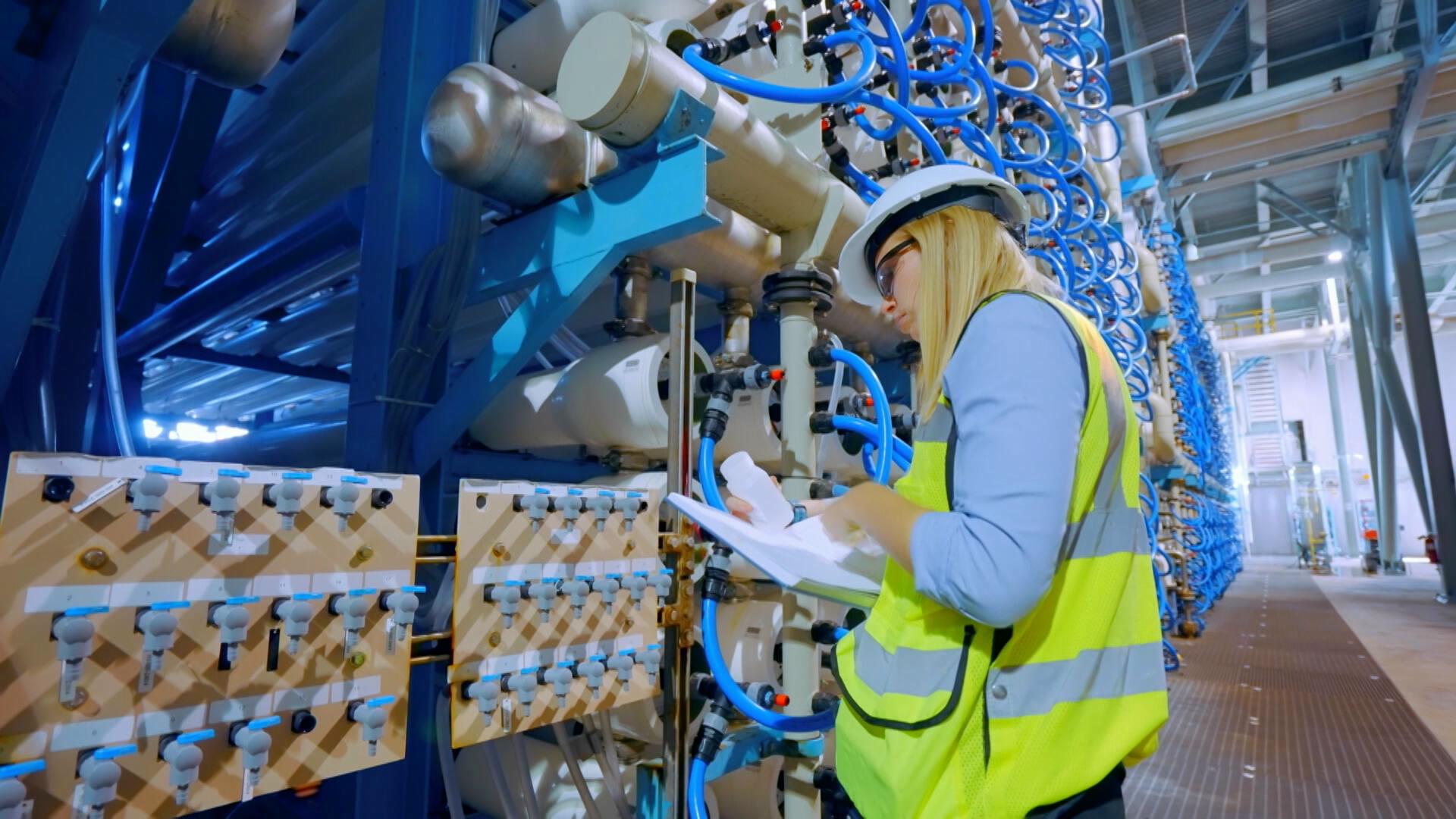
解決全球糧食和水資源危機是人類面臨的最大挑戰。然而,結合尖端人工智能和古老智慧的創新解決方案,將使我們有可能創造一個資源豐裕的未來。
垂直農業、傳統的水上農業(Chinampas)、水資源再用以及利用海洋資源等解決方案,更有助我們探索如何為所有人建立可靠和可持續的食物和水資源來源。
雙語廣播:粵語/英語 (電視版)
播出時間:(首播) 2024年10月7日 星期一晚上10時30分
Solving the global food and water crises is humanity's greatest challenge. Yet, innovative solutions blending cutting-edge technology and ancient wisdom offer a path to abundance.
Emerging techniques like vertical farming, traditional practices such as chinampas (floating gardens), water reuse, and tapping ocean resources will help us explore how to establish reliable and sustainable food and water sources for all.
Bilingual: Cantonese/ English (TV Version)
Time: (First run) 2024.10.07 MON 10:30pm
https://www.rthk.hk/tv/dtt31/programme/futurefromabove_c/episode/965006
------
未來方案 (Future from Above)
饑渴之源 (Food and Water)
07/10/2024










解決全球糧食和水資源危機是人類面臨的最大挑戰。然而,結合尖端人工智能和古老智慧的創新解決方案,將使我們有可能創造一個資源豐裕的未來。
垂直農業、傳統的水上農業(Chinampas)、水資源再用以及利用海洋資源等解決方案,更有助我們探索如何為所有人建立可靠和可持續的食物和水資源來源。
雙語廣播:粵語/英語 (電視版)
播出時間:(首播) 2024年10月7日 星期一晚上10時30分
Solving the global food and water crises is humanity's greatest challenge. Yet, innovative solutions blending cutting-edge technology and ancient wisdom offer a path to abundance.
Emerging techniques like vertical farming, traditional practices such as chinampas (floating gardens), water reuse, and tapping ocean resources will help us explore how to establish reliable and sustainable food and water sources for all.
Bilingual: Cantonese/ English (TV Version)
Time: (First run) 2024.10.07 MON 10:30pm
https://www.rthk.hk/tv/dtt31/programme/futurefromabove_c/episode/965006
上集節目重溫時限:一年
------
未來方案 (Transport)
交通系統 (Food and Water)
14/10/2024
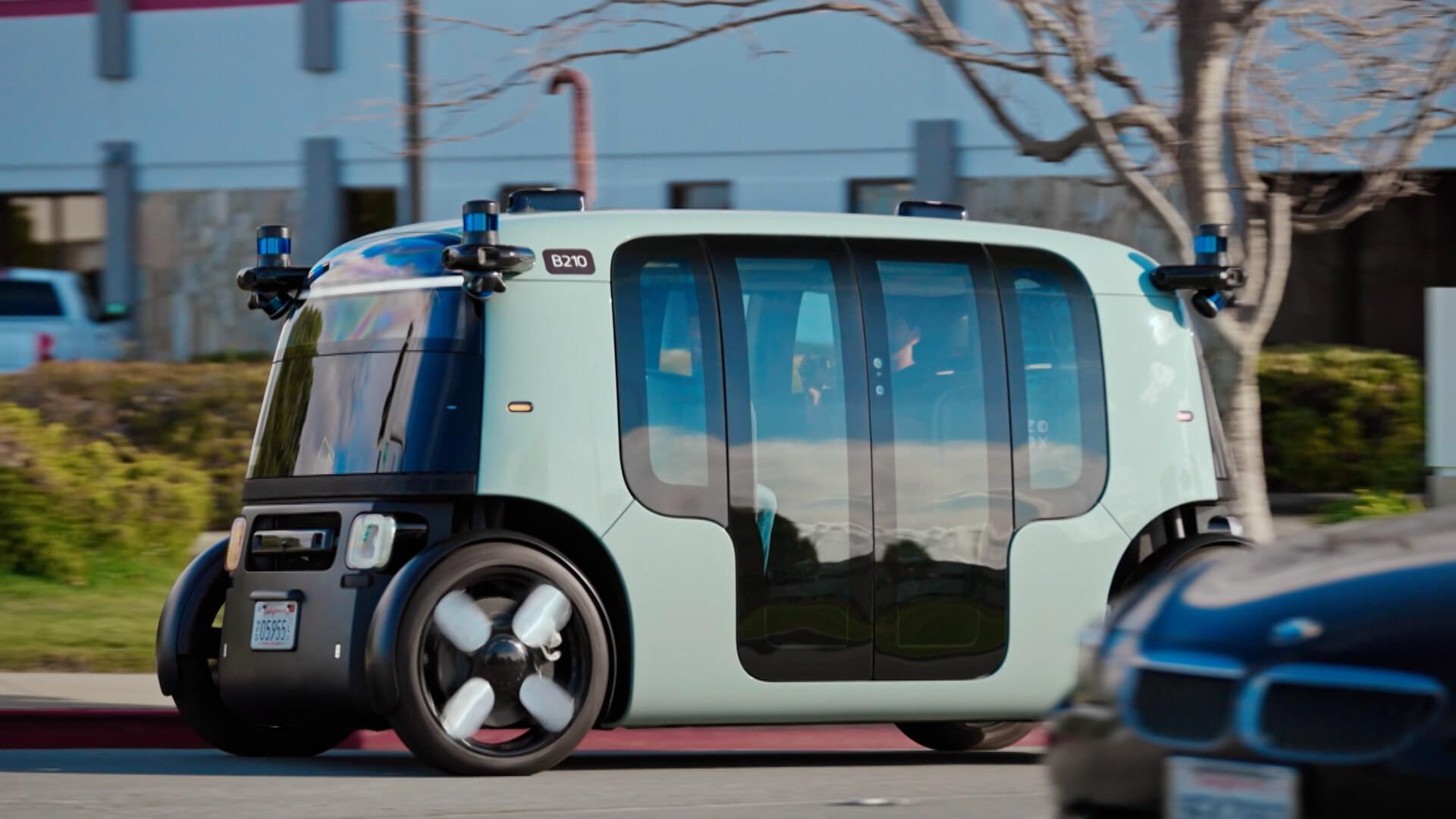
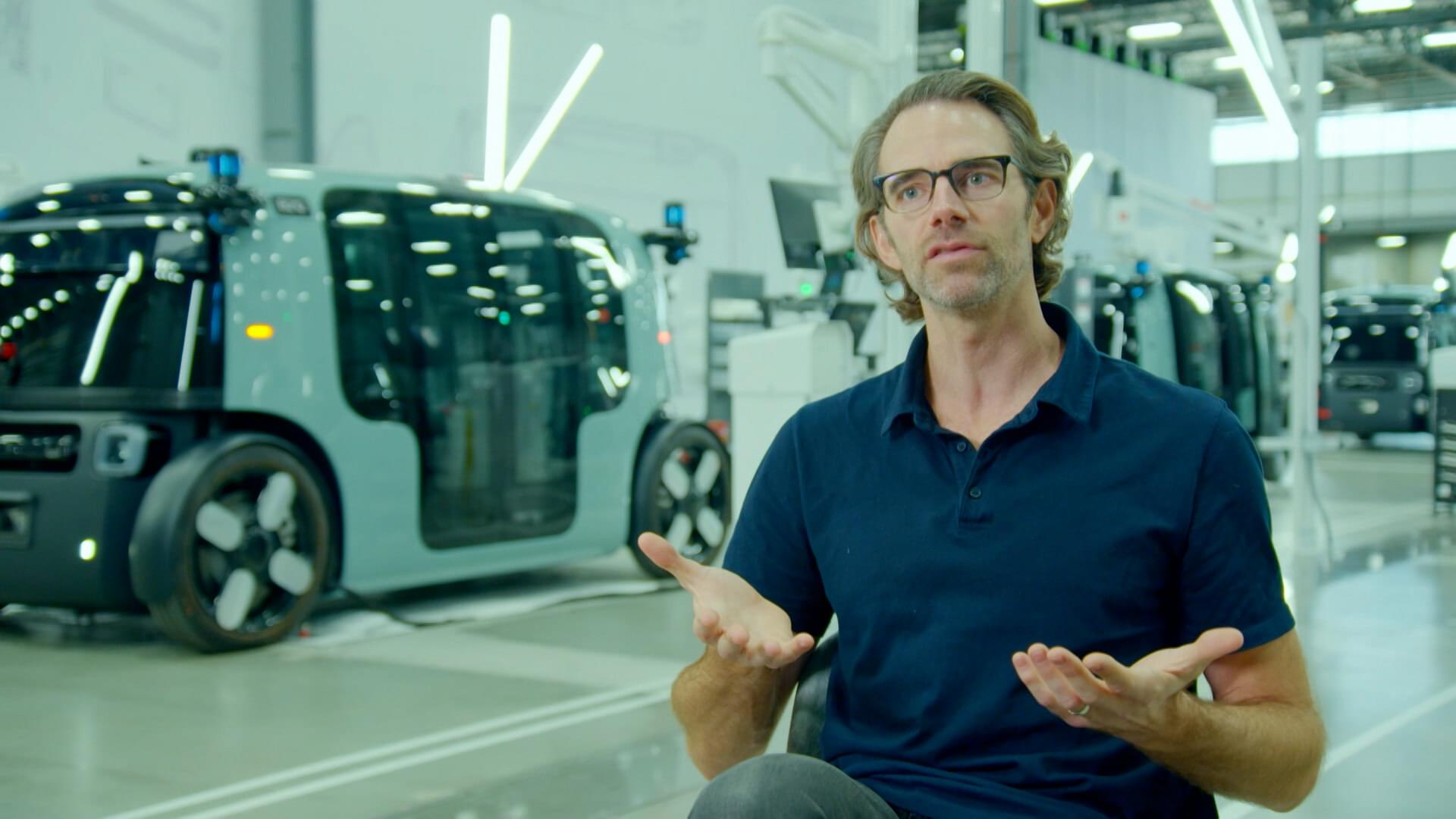
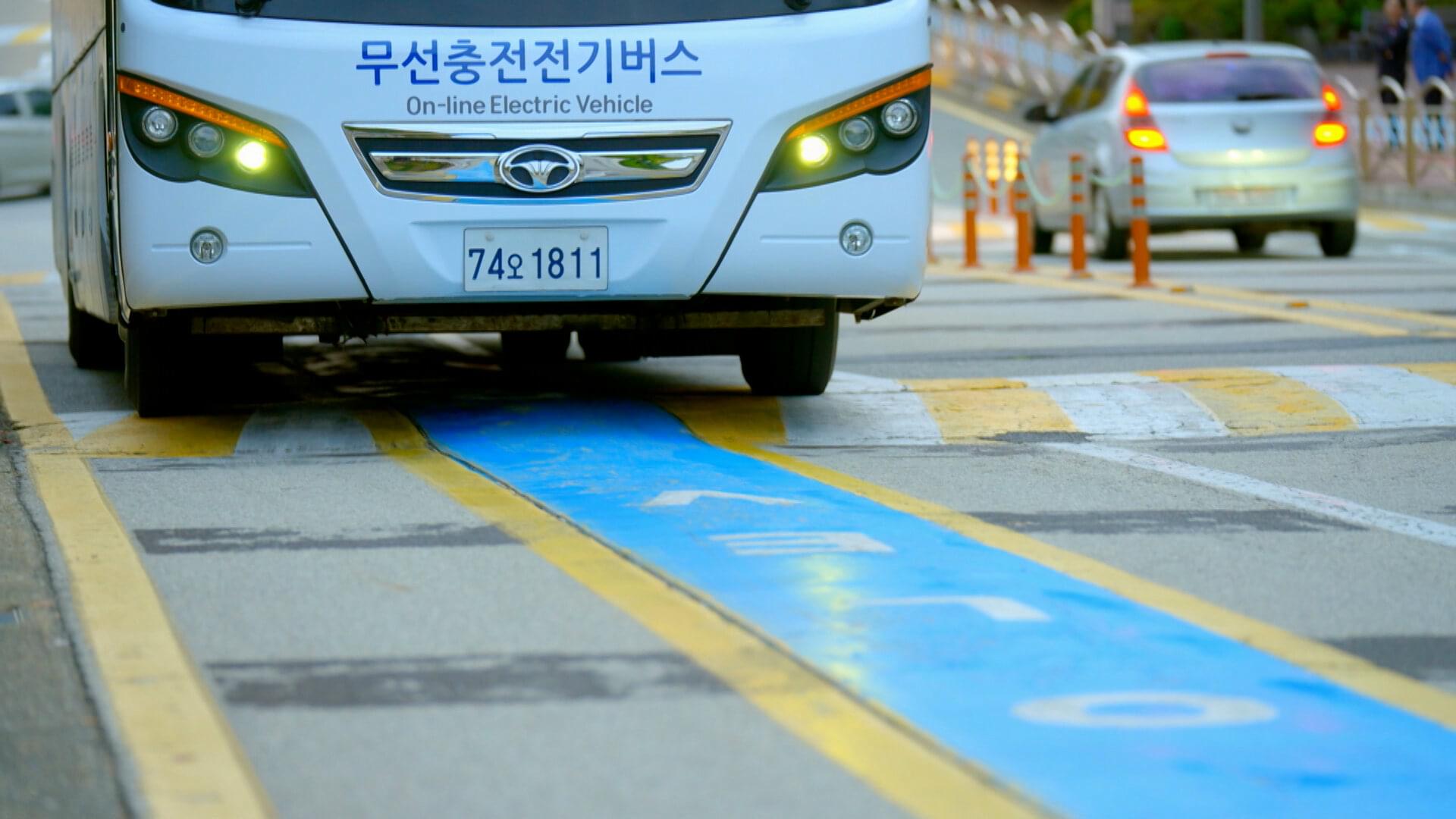
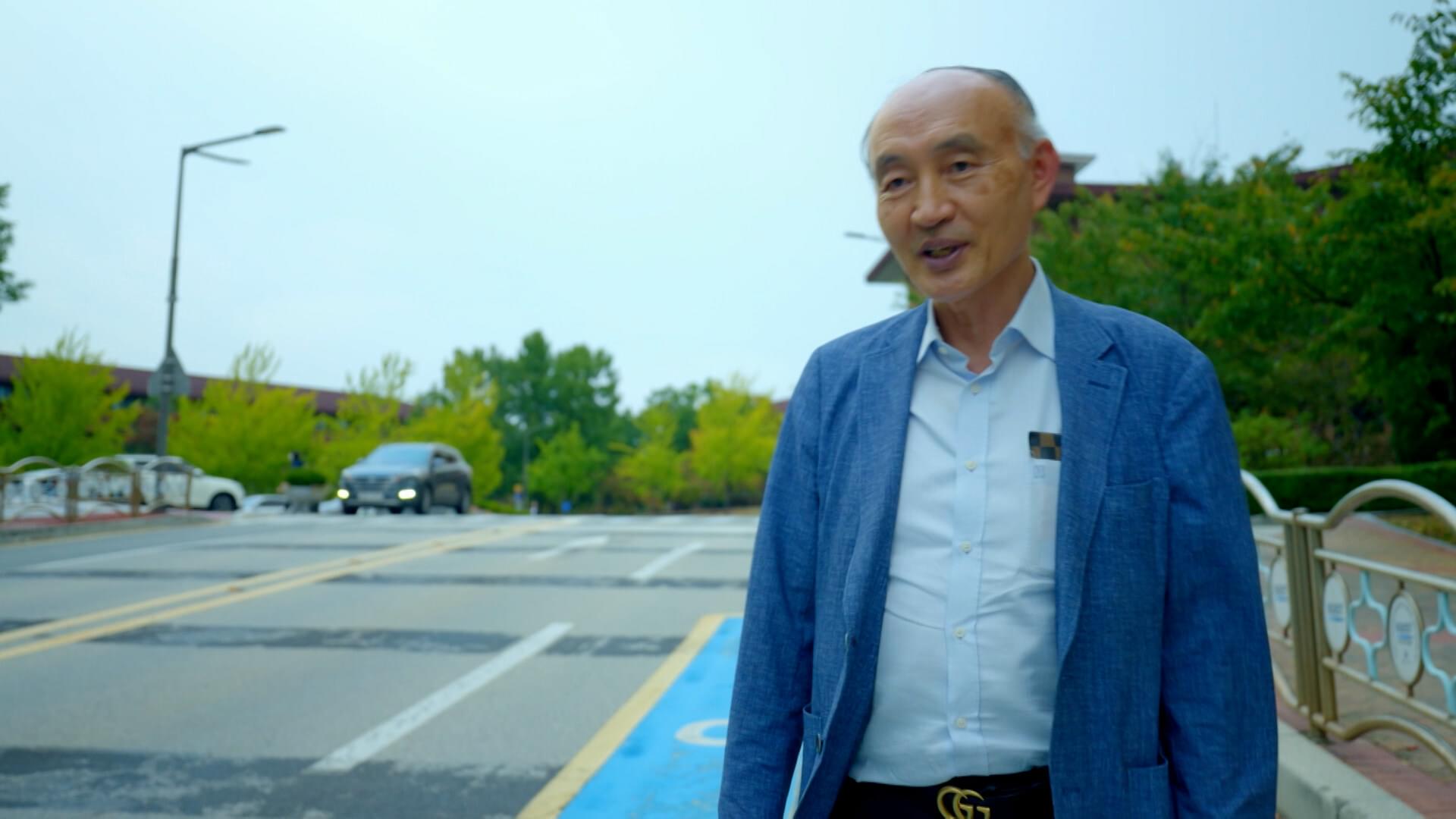
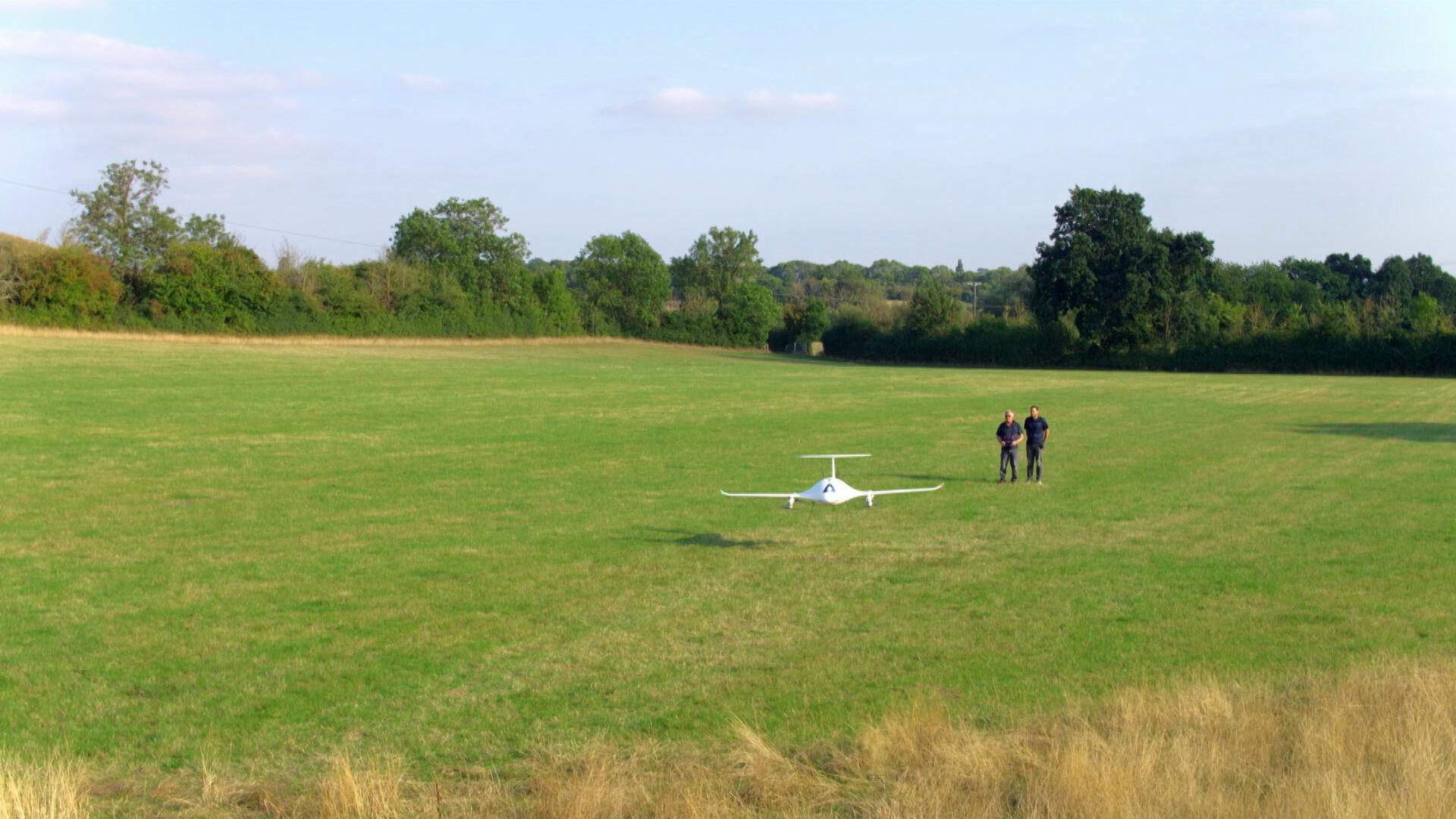
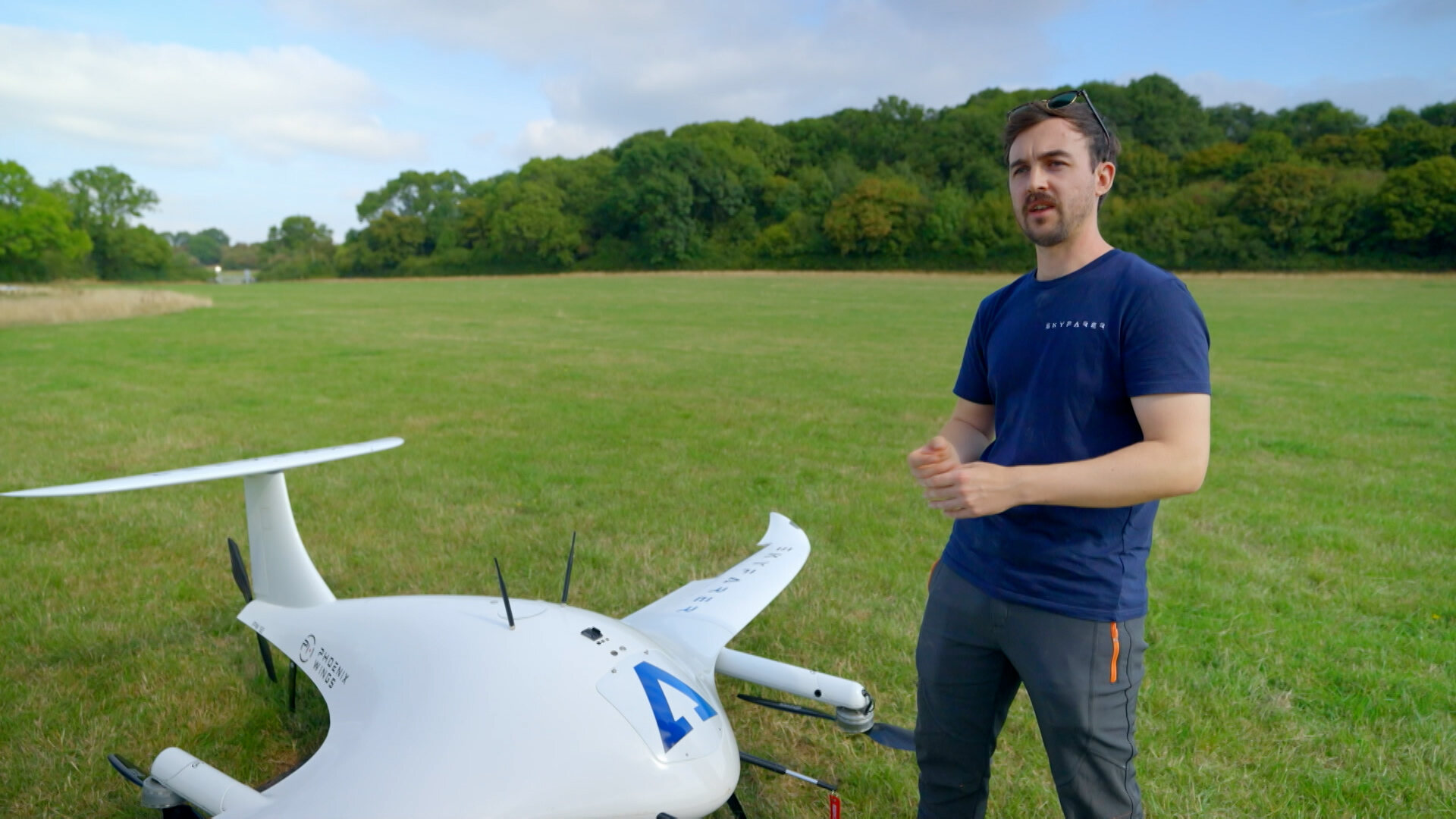
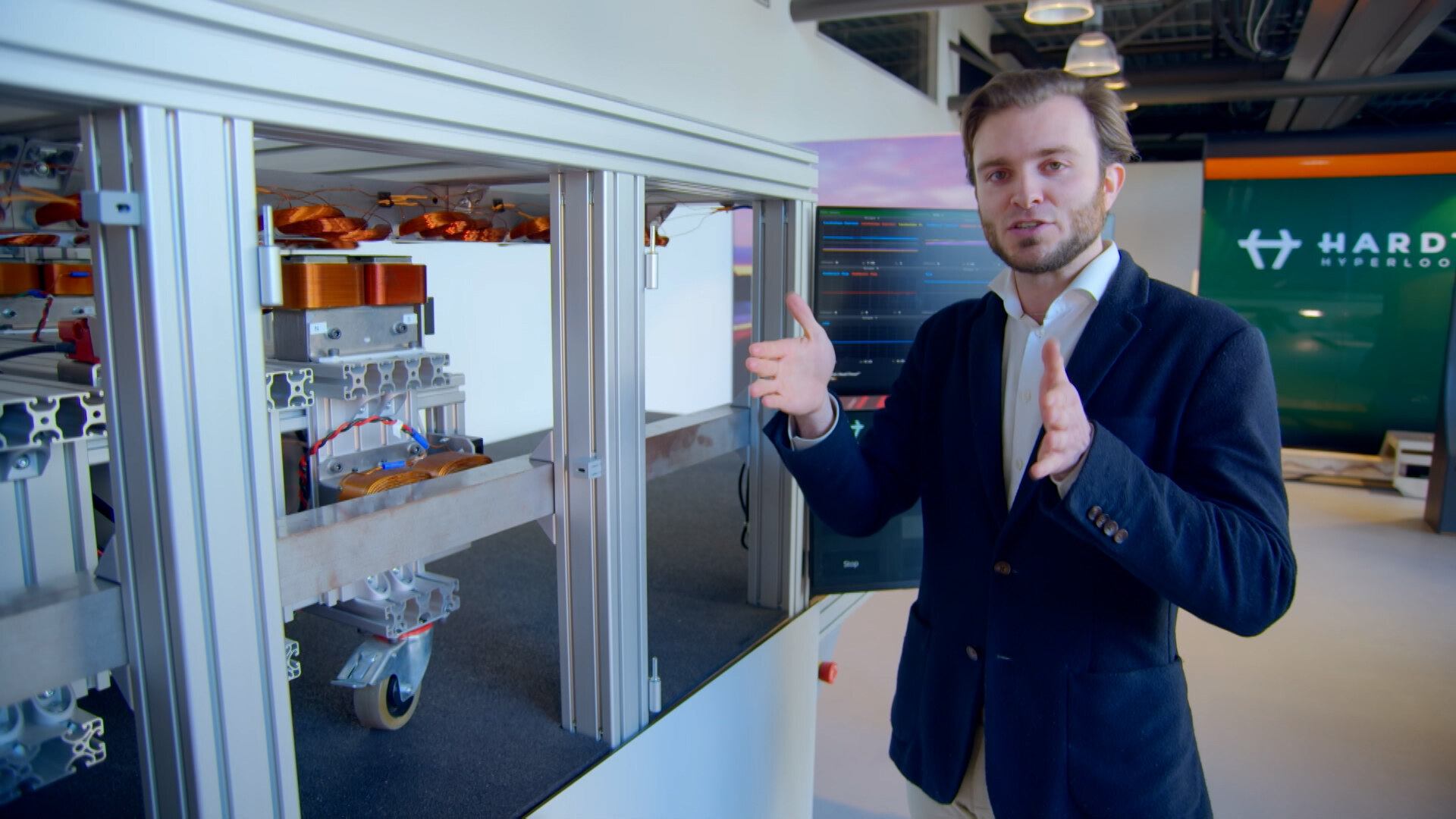
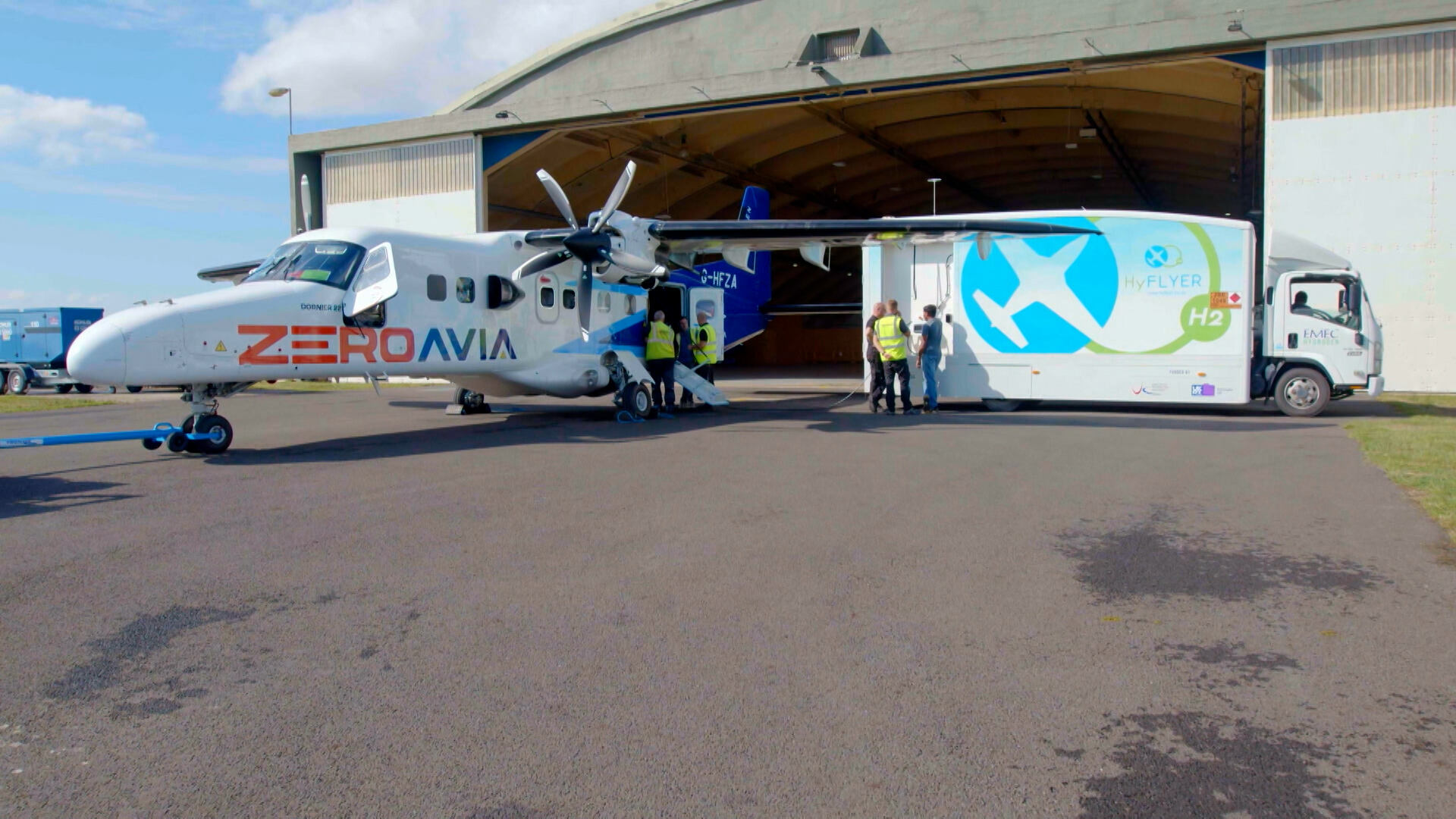
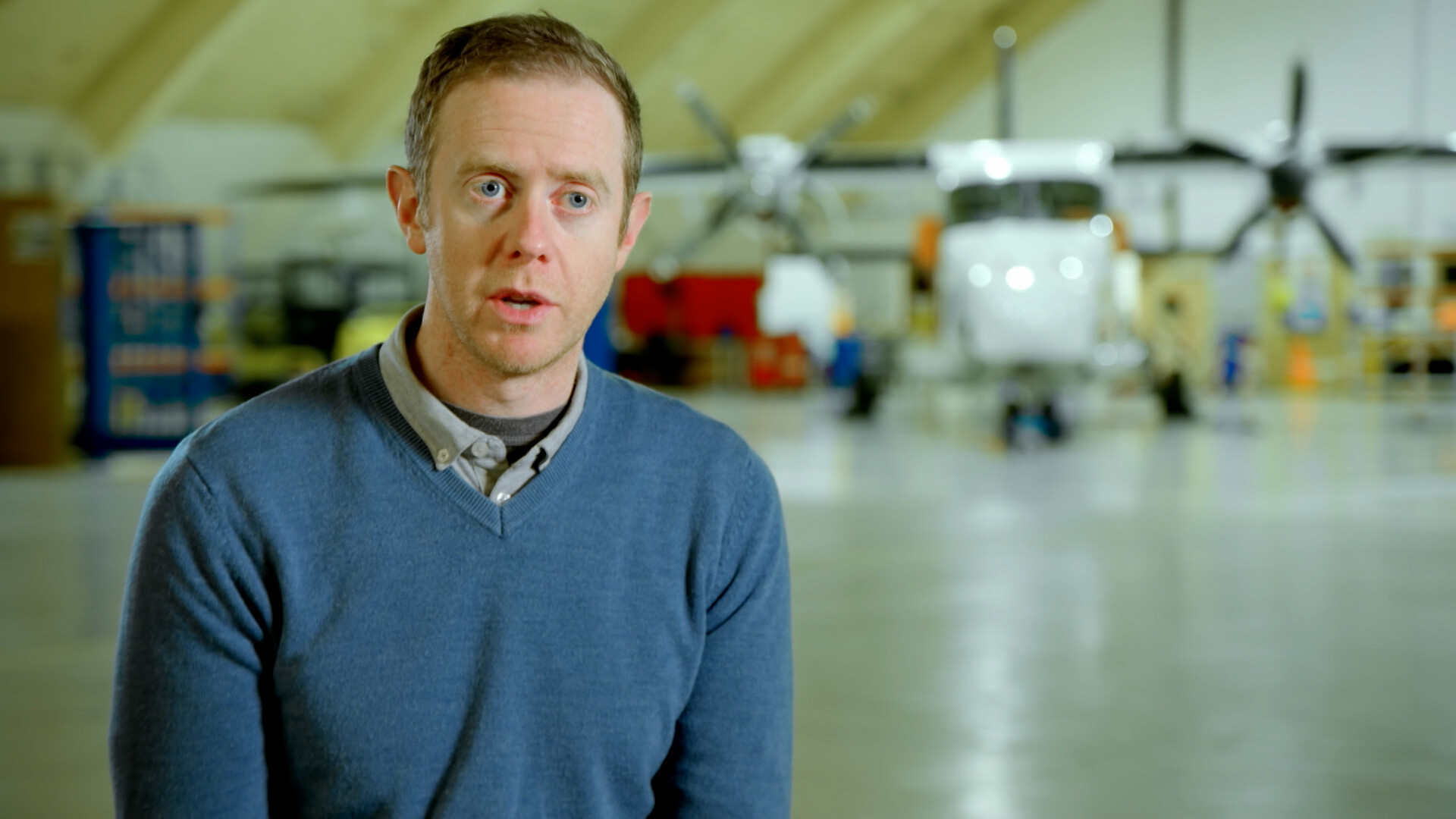
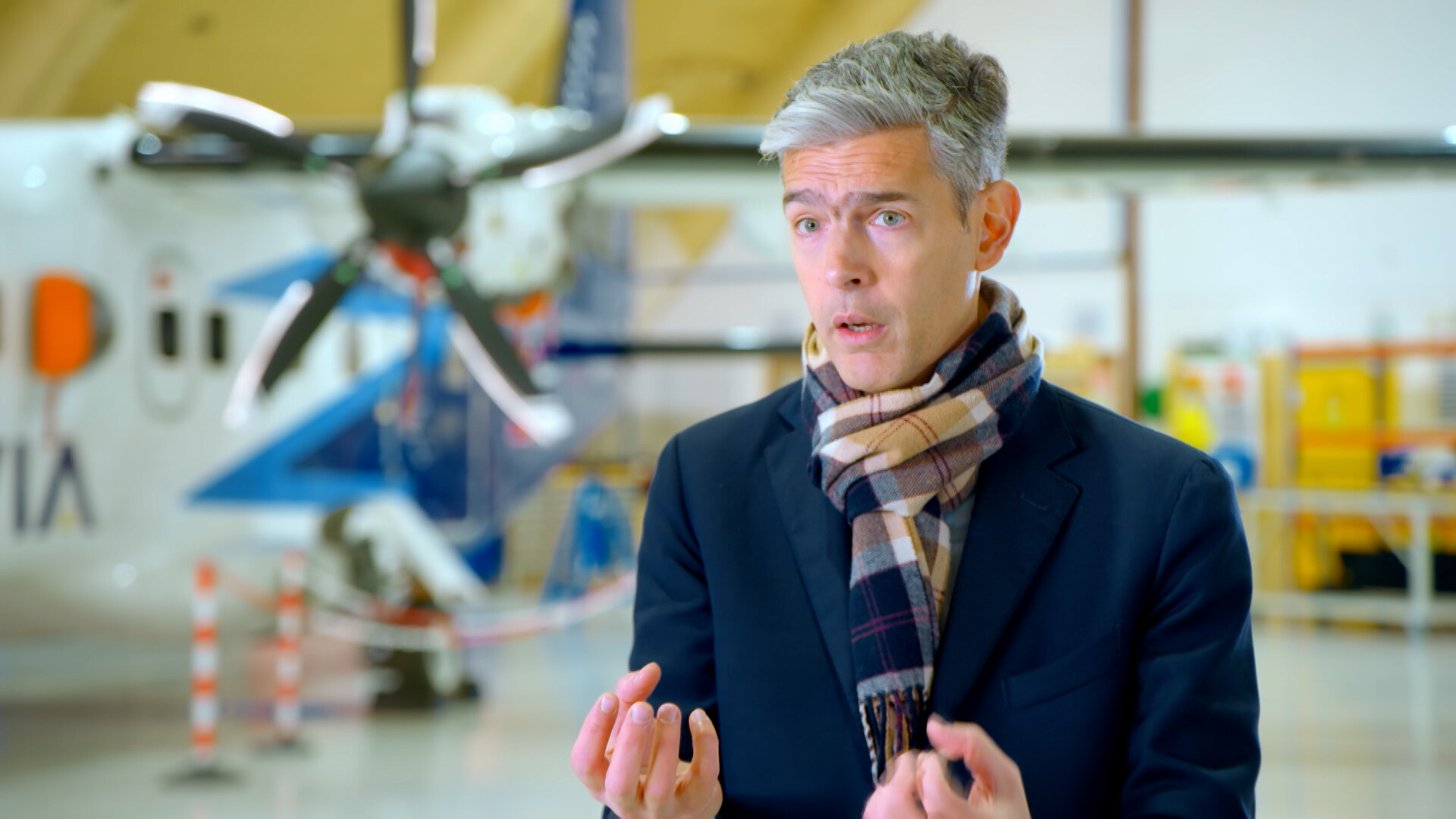
交通是人類生活中不可或缺的一部份,但交通運輸是最大的污染源之一,為了讓地球變得更健康,重塑未來運輸系統的競賽已經開始,從機器人的士、無人機超級公路、零碳超級燃料,到碳中和飛行以及重新思考現時的生活方式,令我們發現一個令人期待的新未來。
雙語廣播:粵語/英語 (電視版)
播出時間:(首播) 2024年10月14日 星期一晚上10時30分
The mission to power the future is underway. Discover world-leading solutions; from supersized renewables to redesigning the grid, and the quest for a potentially limitless energy source.
The way we use earth's resources is destructive, but a rethink can prevent more damage. By redesigning our cities, changing how we use waste and restoring our natural ecosystems, humans and nature can live in harmony on a healthy Earth.
Bilingual: Cantonese/ English (TV Version)
Time: (First run) 2024.10.14 MON 10:30pm
https://www.rthk.hk/tv/dtt31/programme/futurefromabove_c/episode/969001
------
未來方案 (Transport)
交通系統 (Food and Water)
14/10/2024










交通是人類生活中不可或缺的一部份,但交通運輸是最大的污染源之一,為了讓地球變得更健康,重塑未來運輸系統的競賽已經開始,從機器人的士、無人機超級公路、零碳超級燃料,到碳中和飛行以及重新思考現時的生活方式,令我們發現一個令人期待的新未來。
雙語廣播:粵語/英語 (電視版)
播出時間:(首播) 2024年10月14日 星期一晚上10時30分
The mission to power the future is underway. Discover world-leading solutions; from supersized renewables to redesigning the grid, and the quest for a potentially limitless energy source.
The way we use earth's resources is destructive, but a rethink can prevent more damage. By redesigning our cities, changing how we use waste and restoring our natural ecosystems, humans and nature can live in harmony on a healthy Earth.
Bilingual: Cantonese/ English (TV Version)
Time: (First run) 2024.10.14 MON 10:30pm
https://www.rthk.hk/tv/dtt31/programme/futurefromabove_c/episode/969001
上集節目重溫時限:一年
------
未來方案 (Transport)
人類居所 (The Human Habitat)
21/10/2024
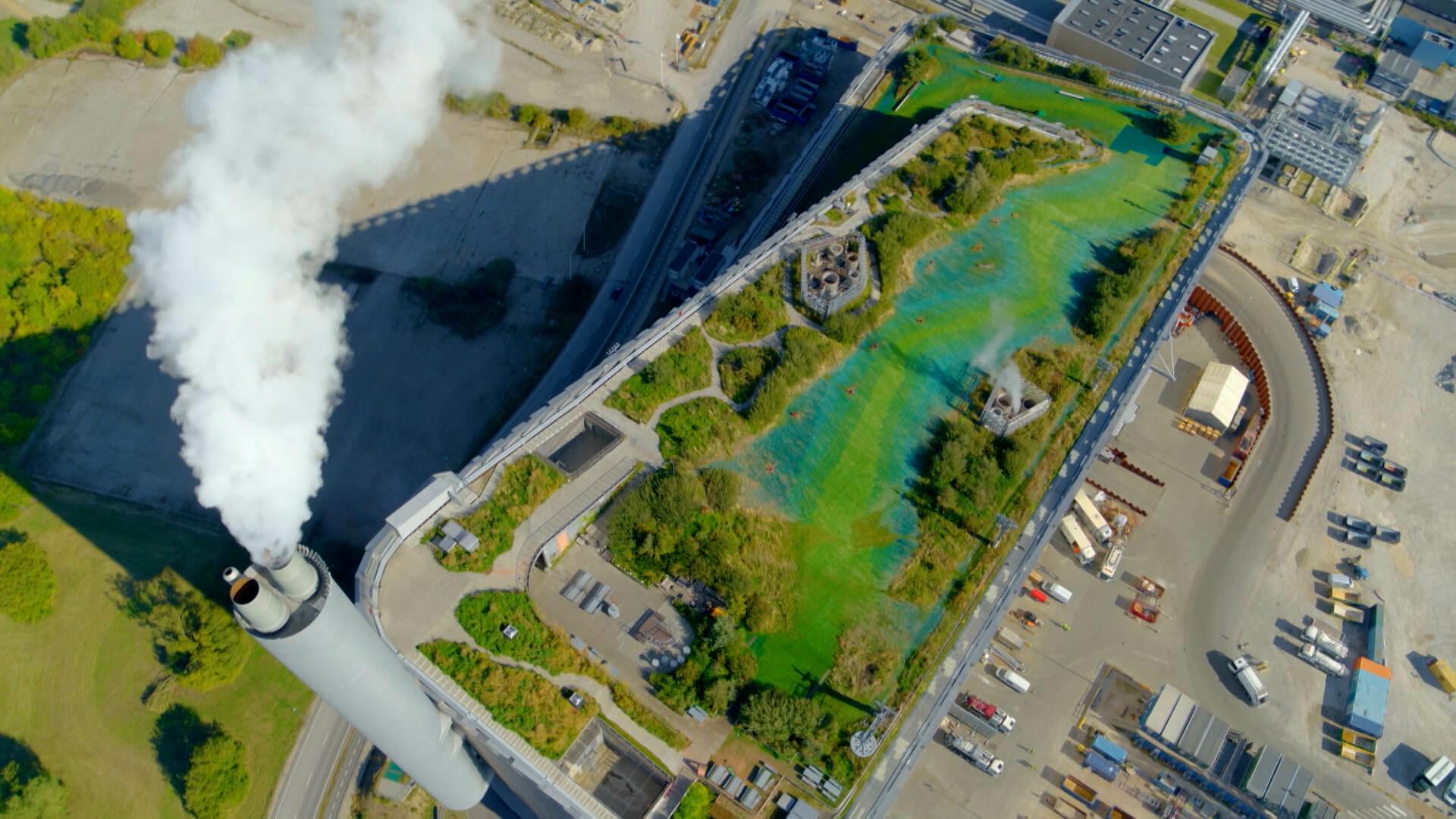
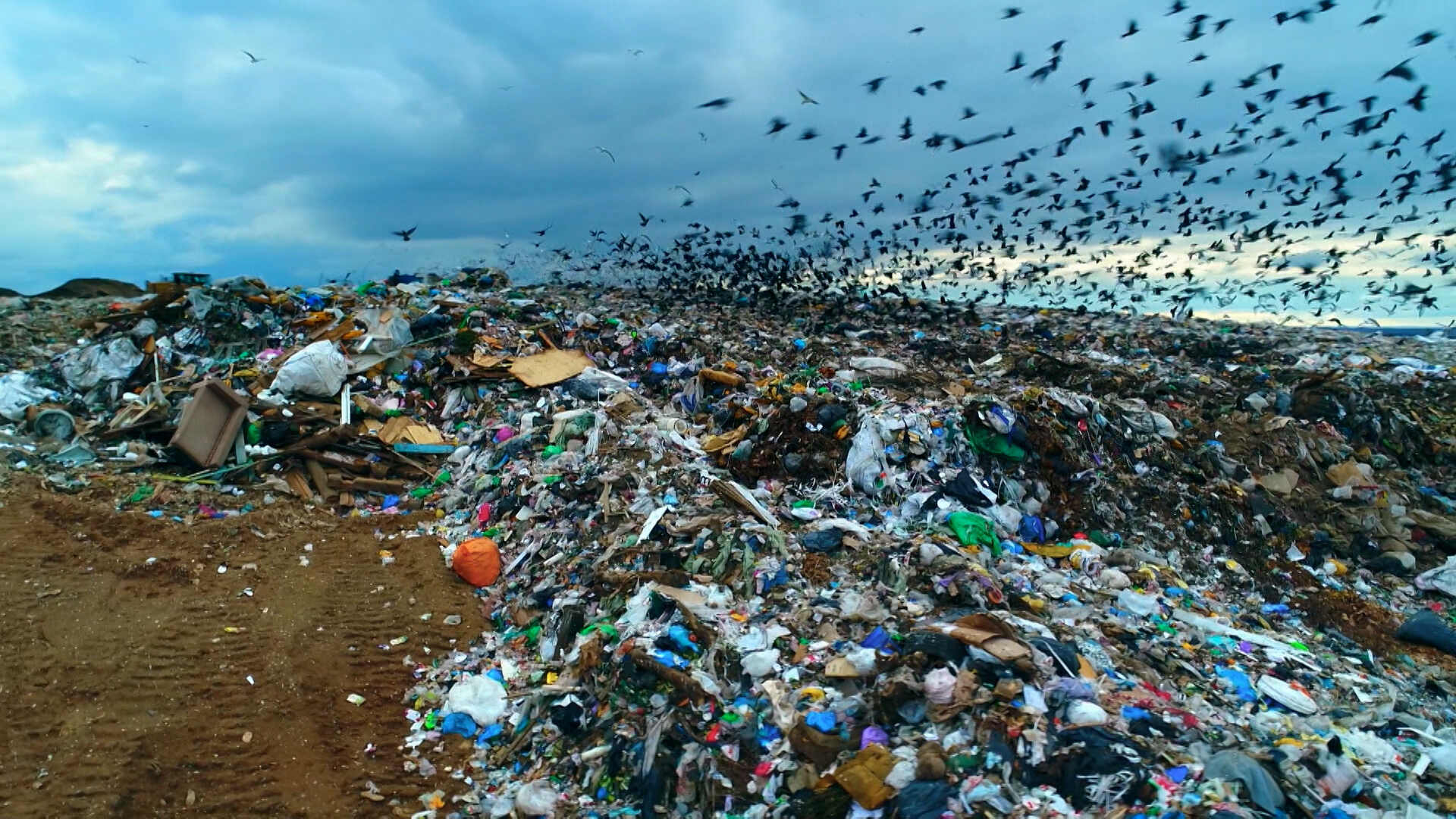
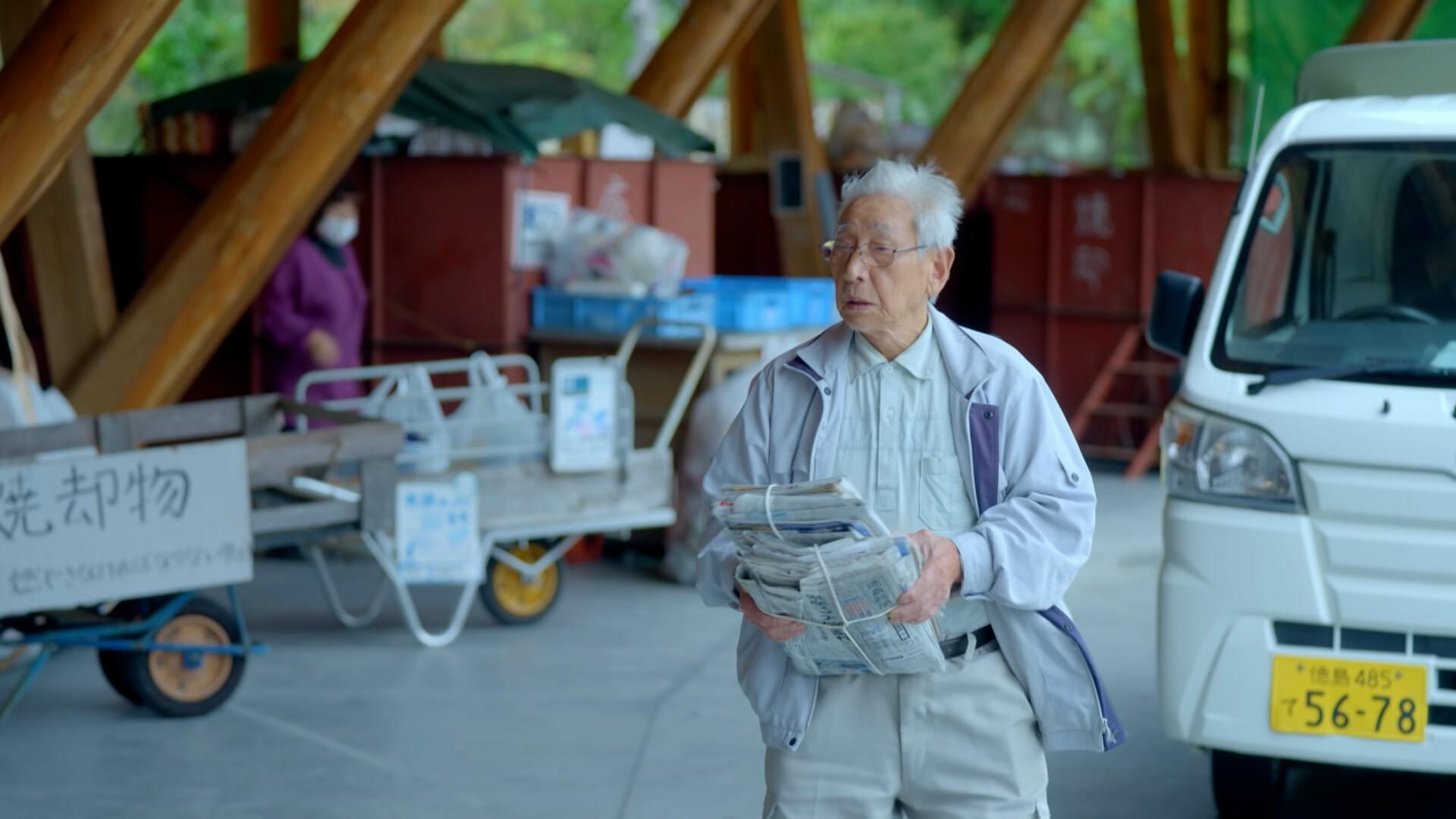
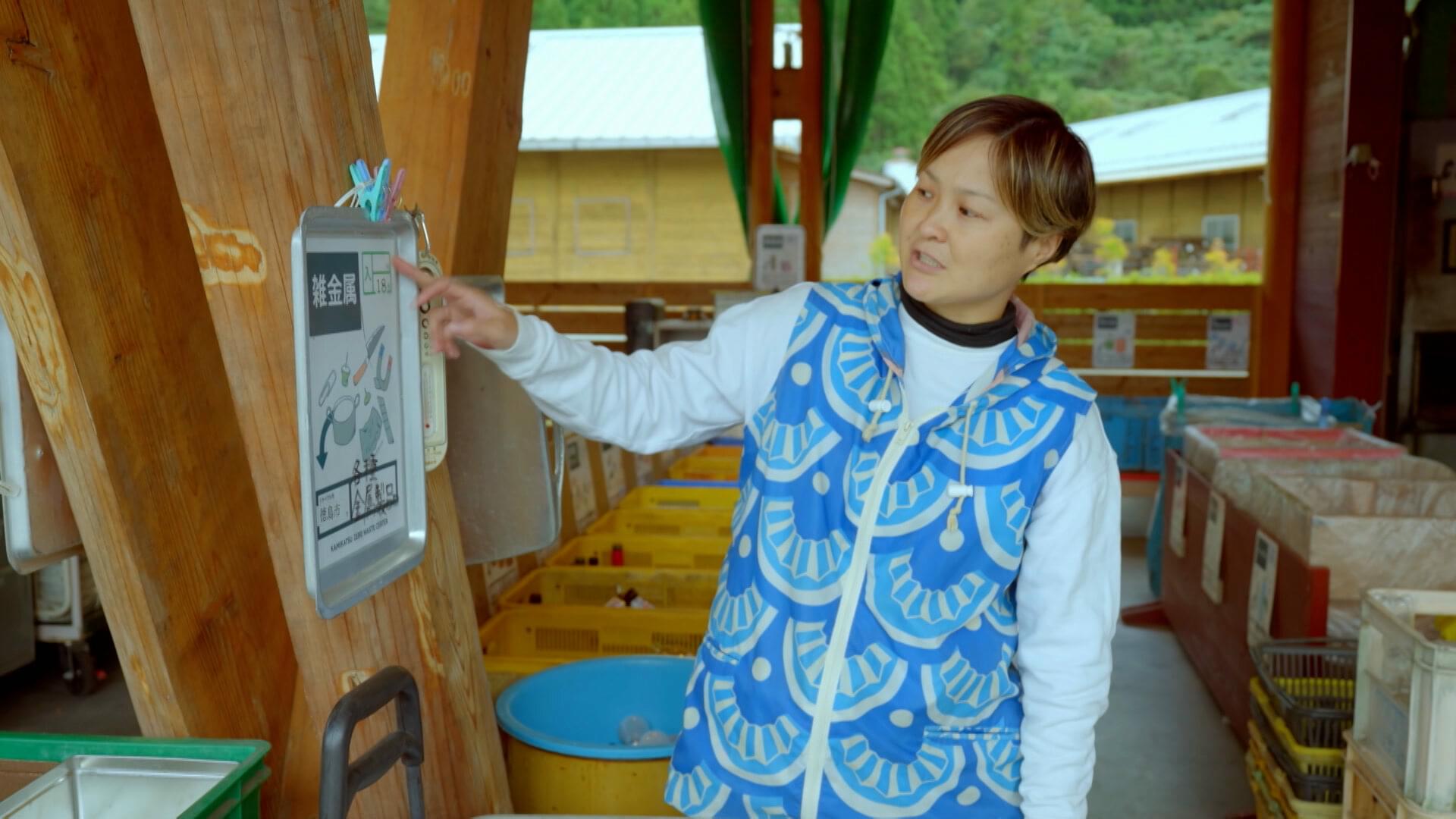
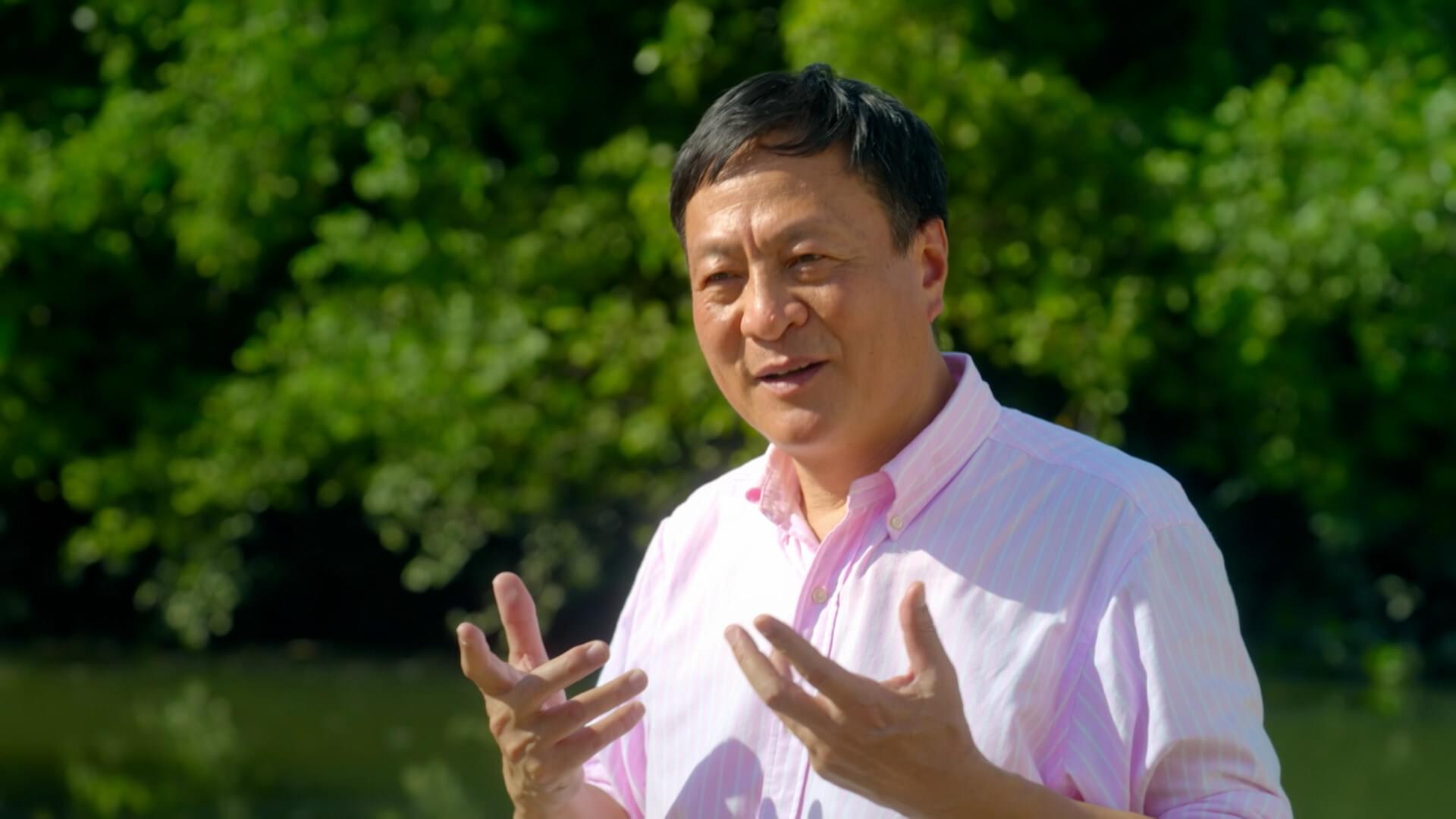
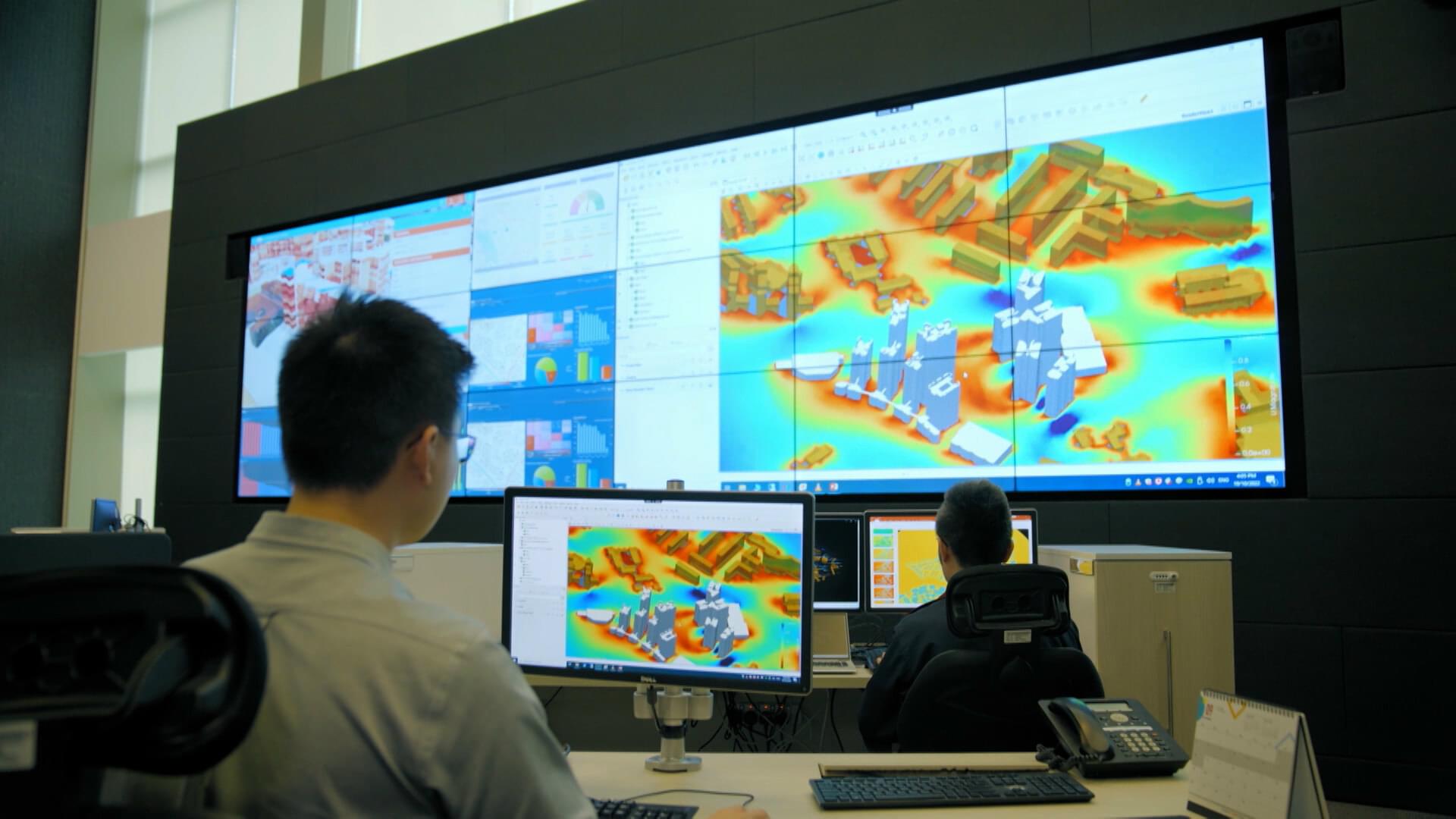
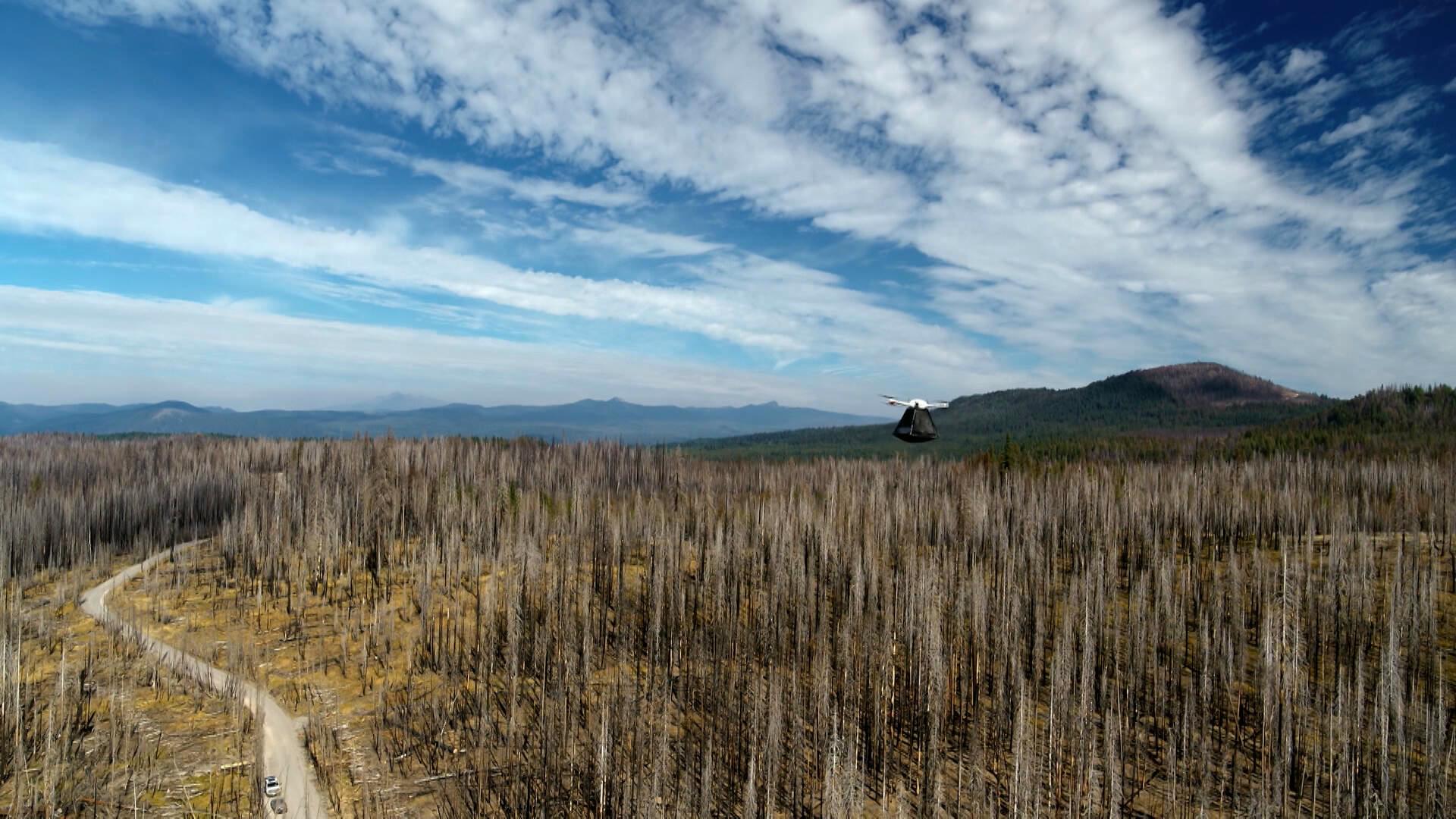
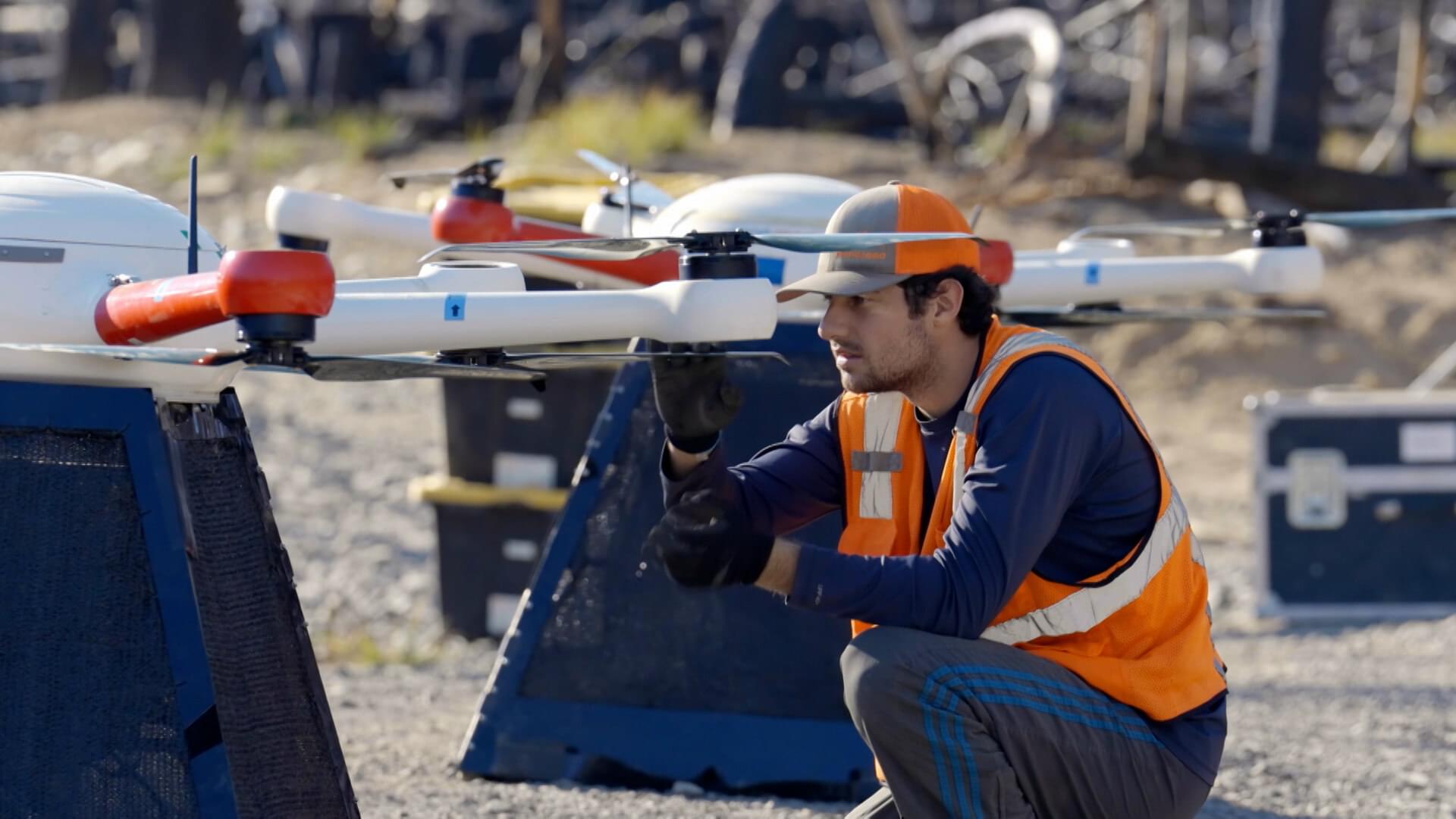
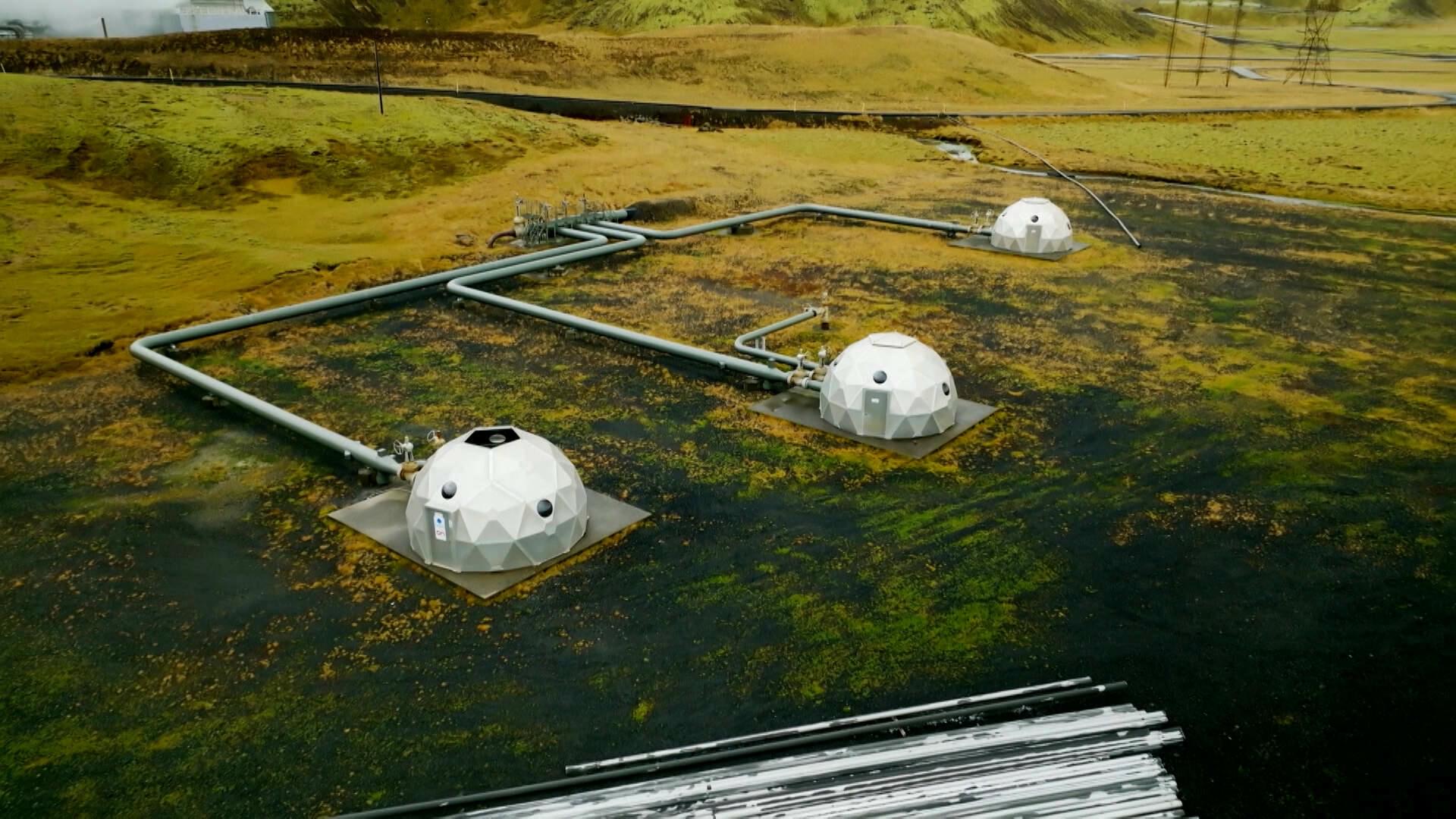
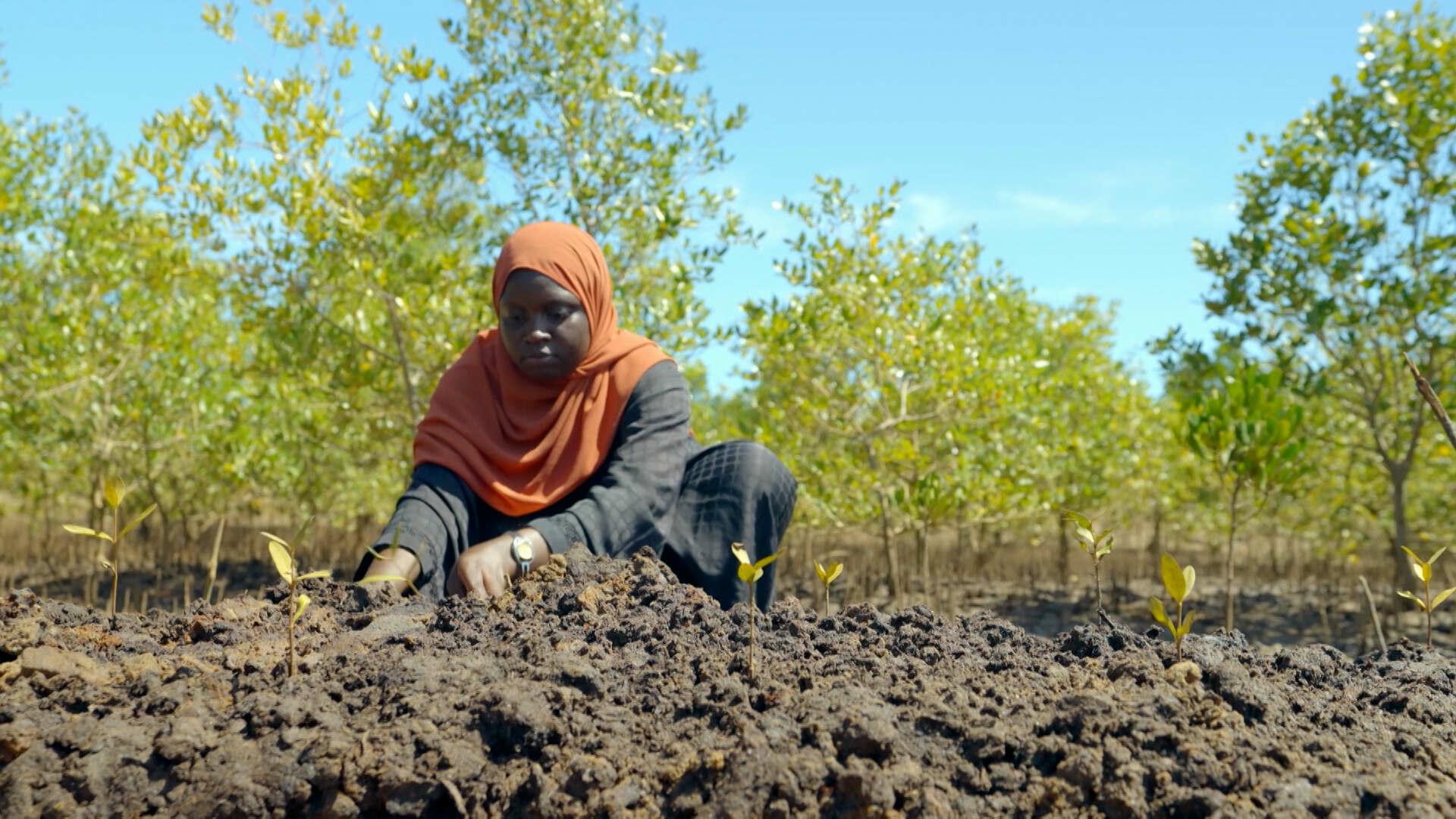
新的未來要求我們改變生活方式和地點,從智慧城市和捕獲二氧化碳,以至重新野化地球,本集將探索人類如何重新設計、恢復和再生未來的地球。
建立花園城市、海綿城市、轉廢為能、復原紅樹林,甚至把二氧化碳轉化為石頭,各地專家正發揮渾身解數,各施其技去保護人類的棲息地,讓我們可以像其他物種,在這片土地上泰然自若地生存及生活。
雙語廣播:粵語/英語 (電視版)
播出時間:(首播) 2024年10月21日 星期一晚上10時30分
The mission to power the future is underway. Discover world-leading solutions; from supersized renewables to redesigning the grid, and the quest for a potentially limitless energy source.
The way we use earth's resources is destructive, but a rethink can prevent more damage. By redesigning our cities, changing how we use waste and restoring our natural ecosystems, humans and nature can live in harmony on a healthy Earth.
Bilingual: Cantonese/ English (TV Version)
Time: (First run) 2024.10.21 MON 10:30pm
https://www.rthk.hk/tv/dtt31/programme/futurefromabove_c/episode/969002
------
未來方案 (Transport)
人類居所 (The Human Habitat)
21/10/2024










新的未來要求我們改變生活方式和地點,從智慧城市和捕獲二氧化碳,以至重新野化地球,本集將探索人類如何重新設計、恢復和再生未來的地球。
建立花園城市、海綿城市、轉廢為能、復原紅樹林,甚至把二氧化碳轉化為石頭,各地專家正發揮渾身解數,各施其技去保護人類的棲息地,讓我們可以像其他物種,在這片土地上泰然自若地生存及生活。
雙語廣播:粵語/英語 (電視版)
播出時間:(首播) 2024年10月21日 星期一晚上10時30分
The mission to power the future is underway. Discover world-leading solutions; from supersized renewables to redesigning the grid, and the quest for a potentially limitless energy source.
The way we use earth's resources is destructive, but a rethink can prevent more damage. By redesigning our cities, changing how we use waste and restoring our natural ecosystems, humans and nature can live in harmony on a healthy Earth.
Bilingual: Cantonese/ English (TV Version)
Time: (First run) 2024.10.21 MON 10:30pm
https://www.rthk.hk/tv/dtt31/programme/futurefromabove_c/episode/969002
上集節目重溫時限:一年
------
神奇物料 (Miracle Materials)
到了2050年,全球將要應對額外25億人的住房需求。
問題是:我們如何「建構」人類的未來?
生產傳統的鋼筋混凝土消耗大量能源,並排放有害的溫室氣體,其規模之大,我們已經無法承受。紀錄片系列《神奇物料》審視了我們已經擁有的答案:世界各地的研究人員,孜孜不倦開發不僅更加環保,甚至可以「修復」氣候變遷的建築材料;植物和建築的混合型結構,可以為未來日益炎熱的大都市,提供重要的降溫功能。
未來的材料源自過去不足為奇,新舊結合,推陳出新,人類建築的未來令人振奮。
By 2050, another 2.5 billion people are going to require housing. The question is: How will the future of mankind be constructed? Concrete and steel consume vast amounts of energy and produce greenhouse gases on a scale we can no longer afford. This documentary series shows we already have answers: Researchers around the world are developing building materials that are not only significantly more environmentally friendly, but could even be used to "fix" climate change. Hybrid constructions of plants and architecture could provide vital cooling in increasingly hot metropolises of the future. It is not unusual for the materials of the future to come from the past – and are combined with new, exciting technology.
https://www.rthk.hk/tv/dtt32/programme/miraclematerials
The construction sector is booming. Forecasts predict that the area built on today will double by 2060. But the question is: What will be used to build the future of humanity? Concrete and steel devour vast amounts of resources and produce greenhouse gases on a scale we can no longer afford.
Our documentary series shows that the answers already exist. Around the world, the houses of the future are being built, researchers and architects are developing building materials that are not only much more environmentally friendly, but could even be used to repair climate change. And not infrequently, the building materials of the future are those from the past – combined with state-of-the-art technology.
https://gruppe5film.de/en/produktionen/miracle-materials
------
去鋼走混 (From Concrete to Clay)
28/10/2024
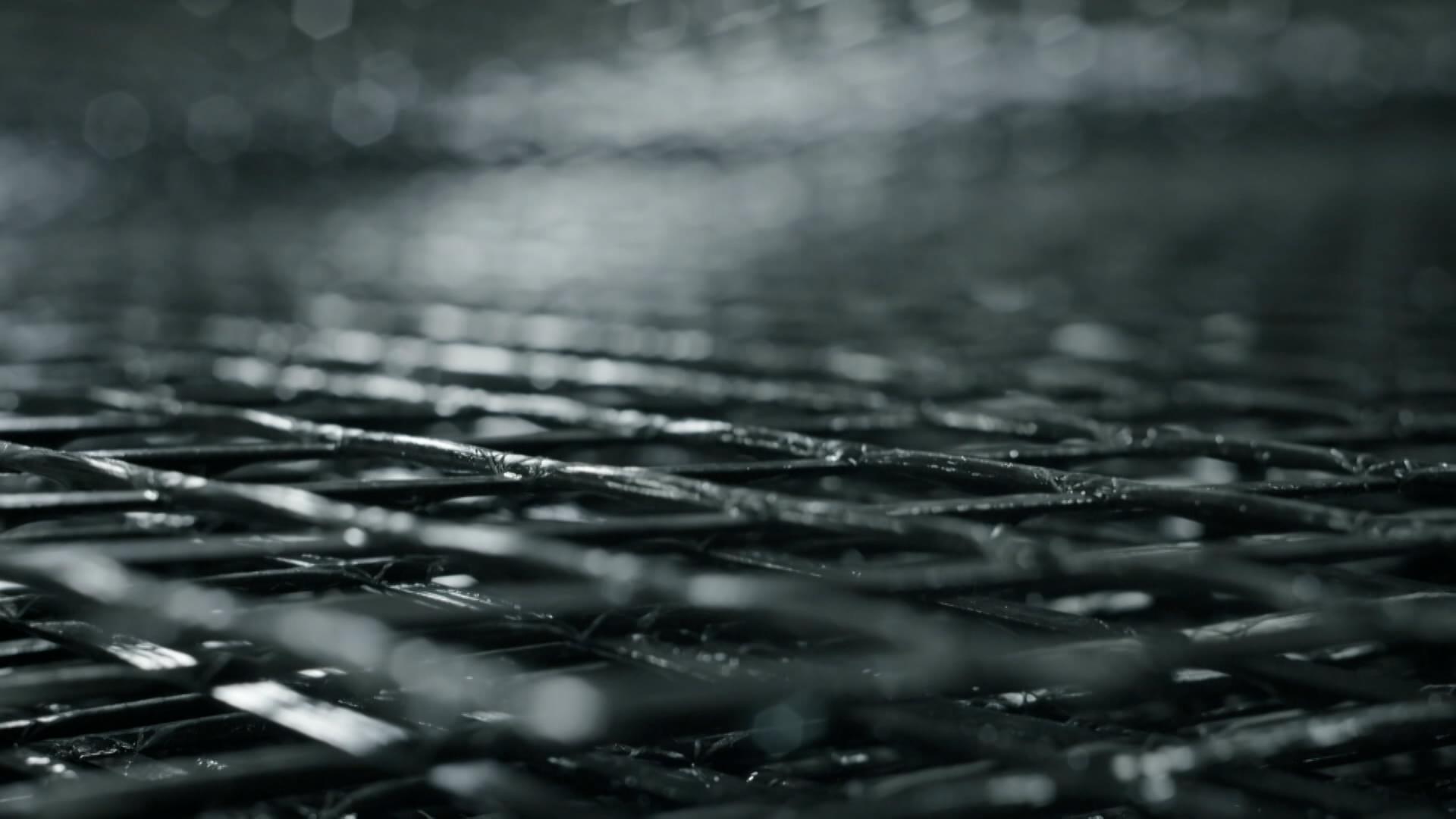
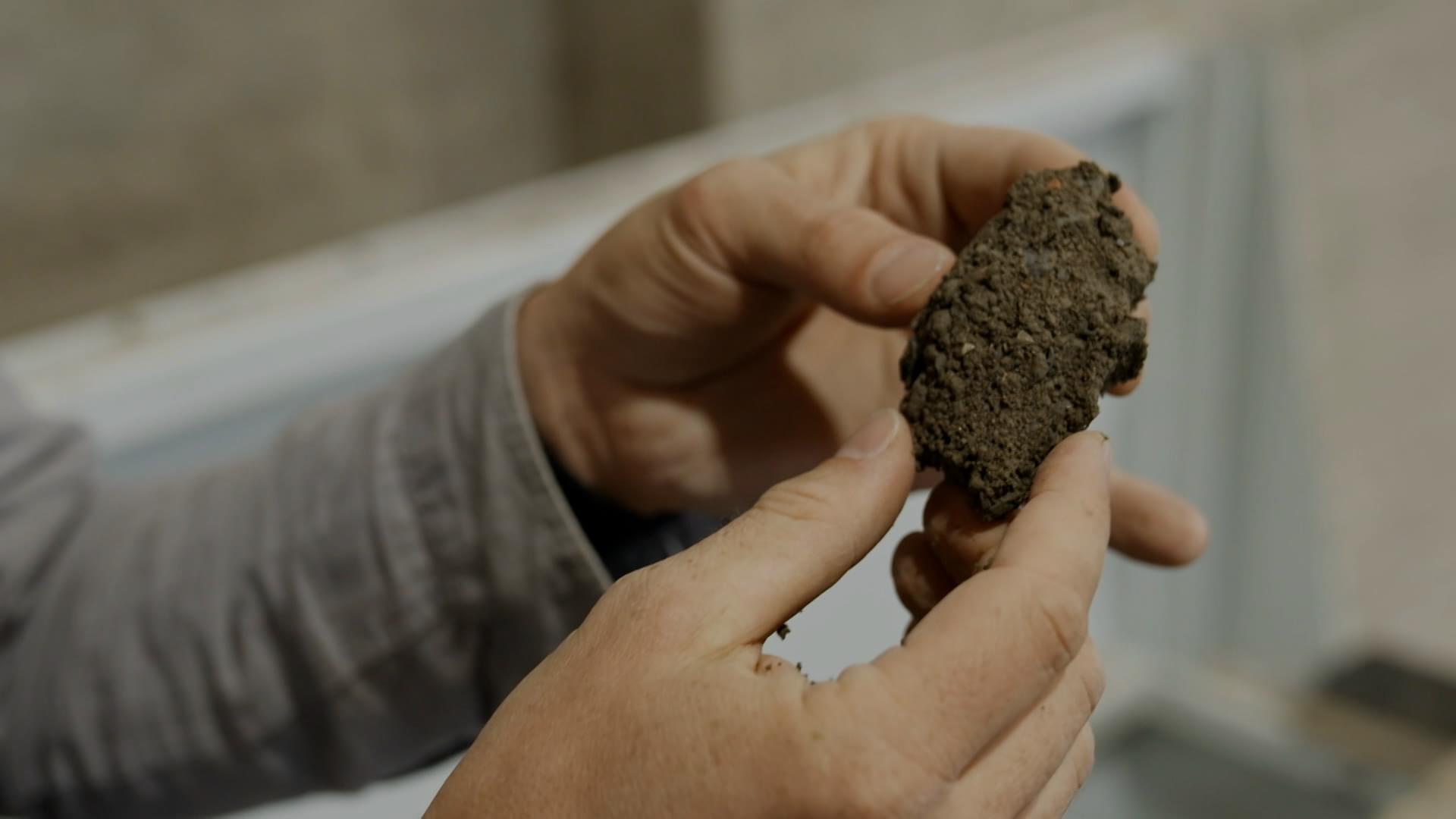
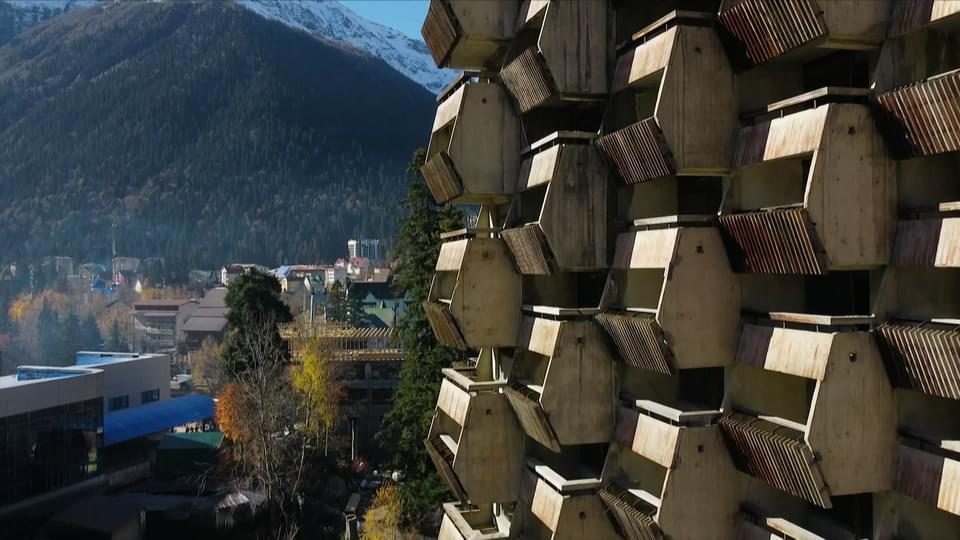
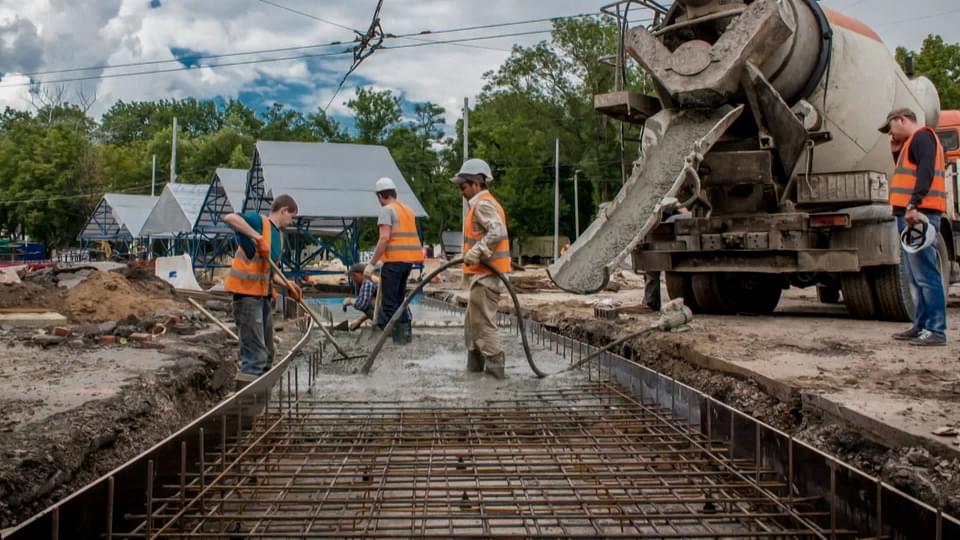
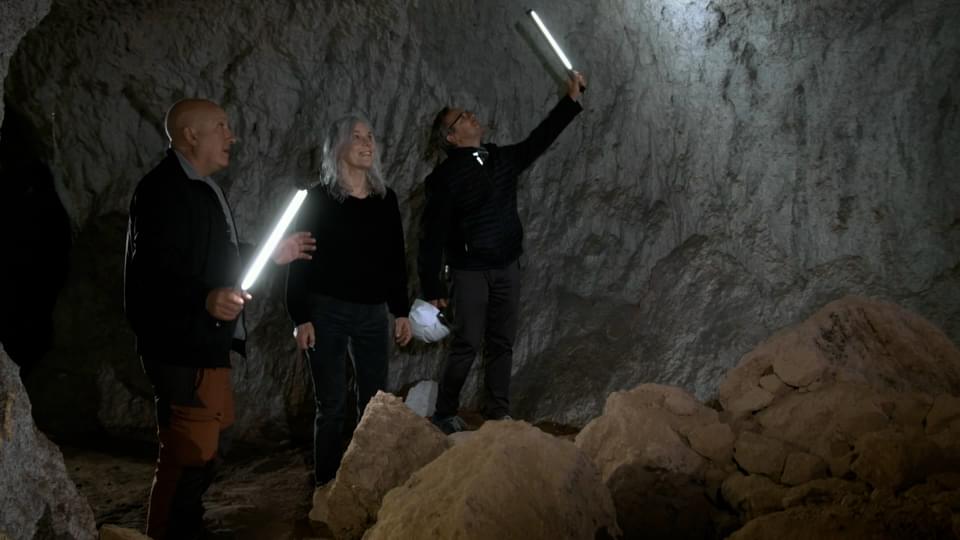
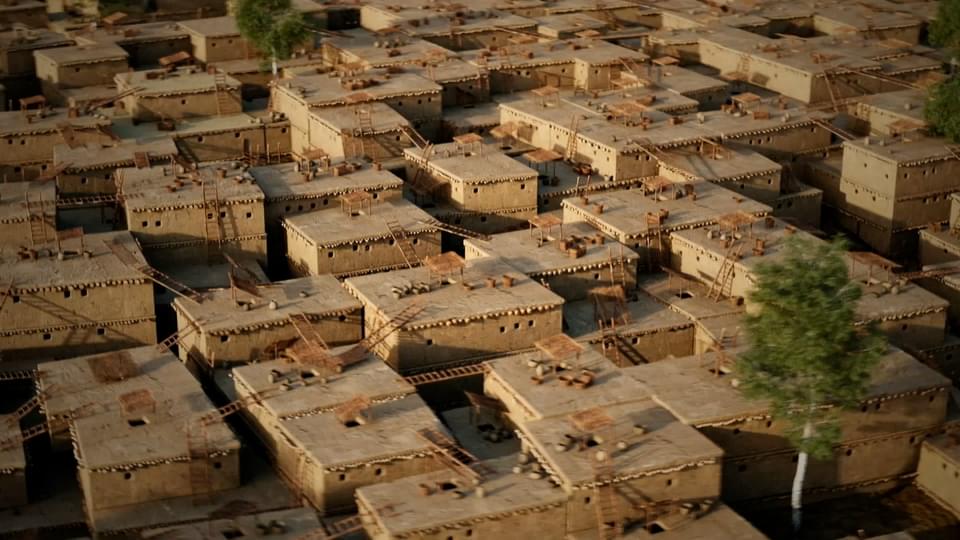

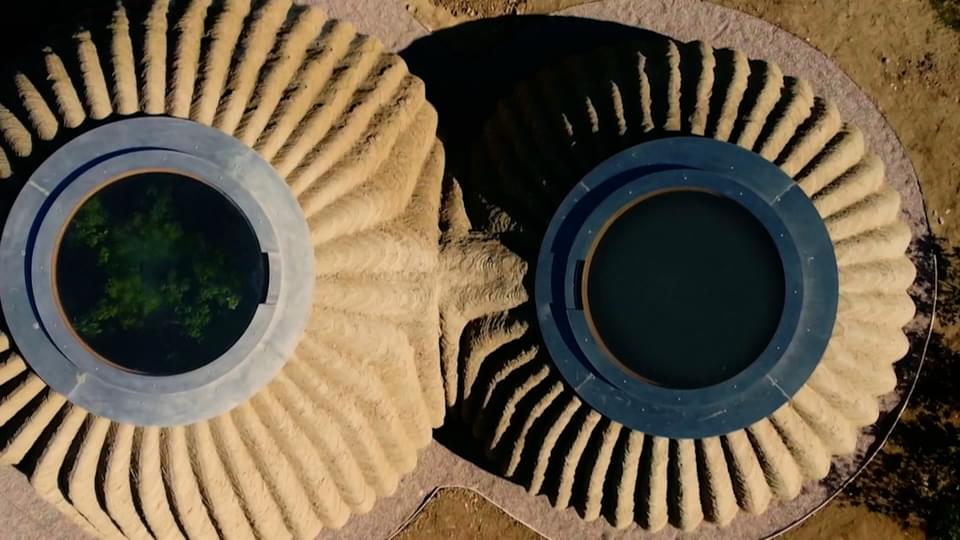
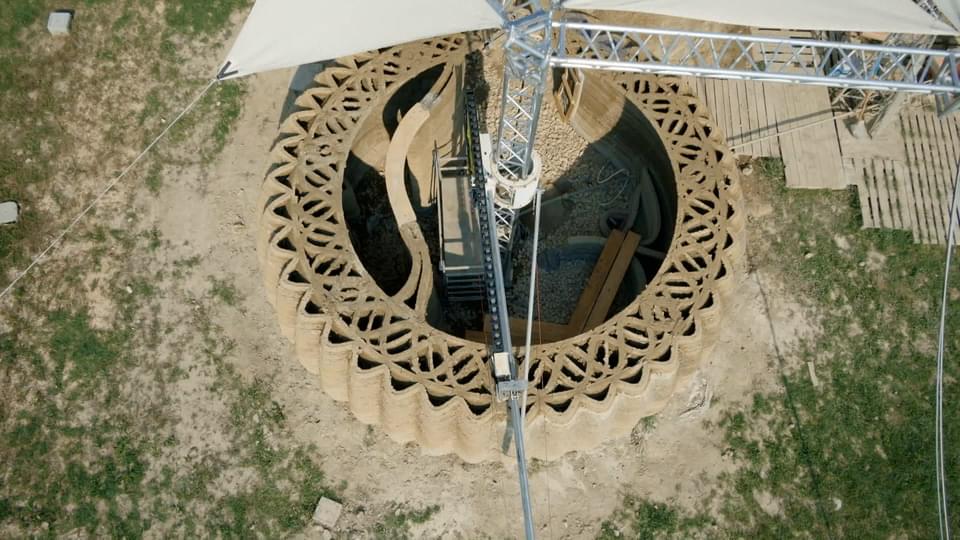
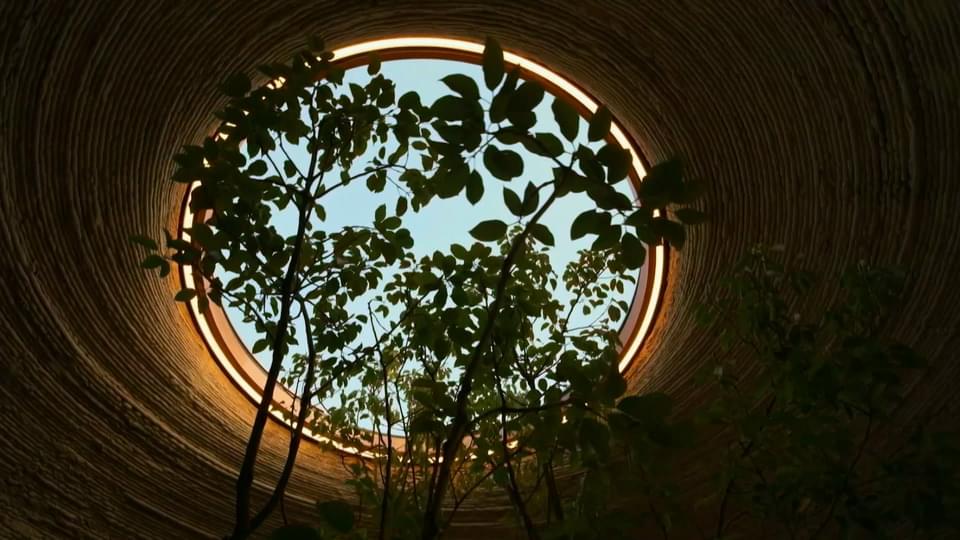
第一集「去鋼走混」詳述未來的混凝土建築如何可以變得更加環保。
鋼筋混凝土一直廣泛流傳,其中的鋼材部分,能否以紡織物代替,來進行加固?古老的混凝土模範--羅馬混凝土,為未來的建材帶來甚麼啟示?用黏土建造樓房有何優點?哪方面符合環保理念?歐洲有人利用3D打印黏土建築,原始材料結合資訊科技,請勿錯過本集的亮點!
Episode 1 shows how building with concrete could become more climate-friendly in the future, for example with textile reinforcement instead of steel. An important model for the concrete of the future could lie in the past: in Roman concrete. But there is another way: clay has a favourable indoor climate, but above all its production is much more environmentally friendly than building with concrete. In Italy, clay buildings are already being built using 3D printers.
https://www.rthk.hk/tv/dtt31/programme/miraclematerials_chi/episode/981155
------
神奇物料 (Miracle Materials)
到了2050年,全球將要應對額外25億人的住房需求。
問題是:我們如何「建構」人類的未來?
生產傳統的鋼筋混凝土消耗大量能源,並排放有害的溫室氣體,其規模之大,我們已經無法承受。紀錄片系列《神奇物料》審視了我們已經擁有的答案:世界各地的研究人員,孜孜不倦開發不僅更加環保,甚至可以「修復」氣候變遷的建築材料;植物和建築的混合型結構,可以為未來日益炎熱的大都市,提供重要的降溫功能。
未來的材料源自過去不足為奇,新舊結合,推陳出新,人類建築的未來令人振奮。
By 2050, another 2.5 billion people are going to require housing. The question is: How will the future of mankind be constructed? Concrete and steel consume vast amounts of energy and produce greenhouse gases on a scale we can no longer afford. This documentary series shows we already have answers: Researchers around the world are developing building materials that are not only significantly more environmentally friendly, but could even be used to "fix" climate change. Hybrid constructions of plants and architecture could provide vital cooling in increasingly hot metropolises of the future. It is not unusual for the materials of the future to come from the past – and are combined with new, exciting technology.
https://www.rthk.hk/tv/dtt32/programme/miraclematerials
The construction sector is booming. Forecasts predict that the area built on today will double by 2060. But the question is: What will be used to build the future of humanity? Concrete and steel devour vast amounts of resources and produce greenhouse gases on a scale we can no longer afford.
Our documentary series shows that the answers already exist. Around the world, the houses of the future are being built, researchers and architects are developing building materials that are not only much more environmentally friendly, but could even be used to repair climate change. And not infrequently, the building materials of the future are those from the past – combined with state-of-the-art technology.
https://gruppe5film.de/en/produktionen/miracle-materials
------
去鋼走混 (From Concrete to Clay)
28/10/2024










第一集「去鋼走混」詳述未來的混凝土建築如何可以變得更加環保。
鋼筋混凝土一直廣泛流傳,其中的鋼材部分,能否以紡織物代替,來進行加固?古老的混凝土模範--羅馬混凝土,為未來的建材帶來甚麼啟示?用黏土建造樓房有何優點?哪方面符合環保理念?歐洲有人利用3D打印黏土建築,原始材料結合資訊科技,請勿錯過本集的亮點!
Episode 1 shows how building with concrete could become more climate-friendly in the future, for example with textile reinforcement instead of steel. An important model for the concrete of the future could lie in the past: in Roman concrete. But there is another way: clay has a favourable indoor climate, but above all its production is much more environmentally friendly than building with concrete. In Italy, clay buildings are already being built using 3D printers.
https://www.rthk.hk/tv/dtt31/programme/miraclematerials_chi/episode/981155
上集節目重溫時限:一年
------
神奇物料 (Miracle Materials)
草竹高樓 (From Wood to Bamboo)
04/11/2024
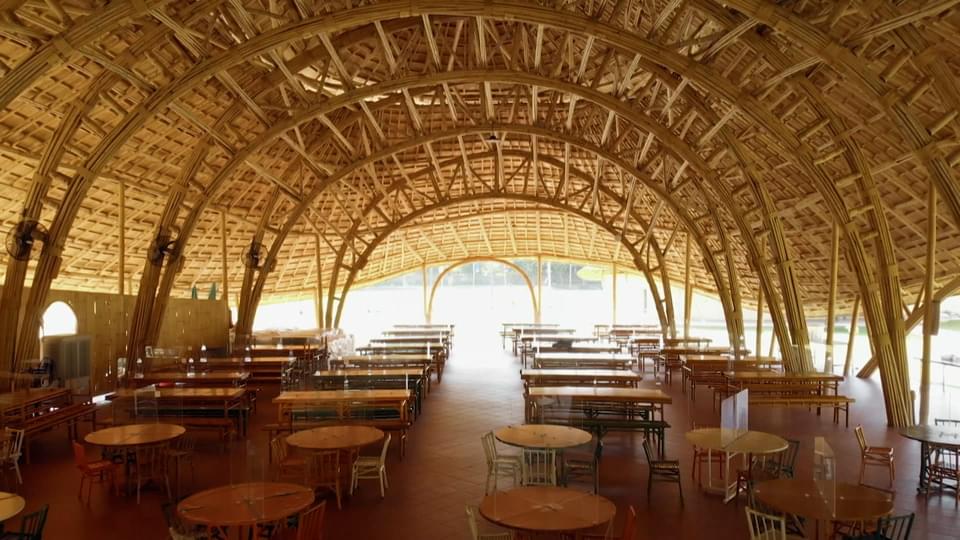
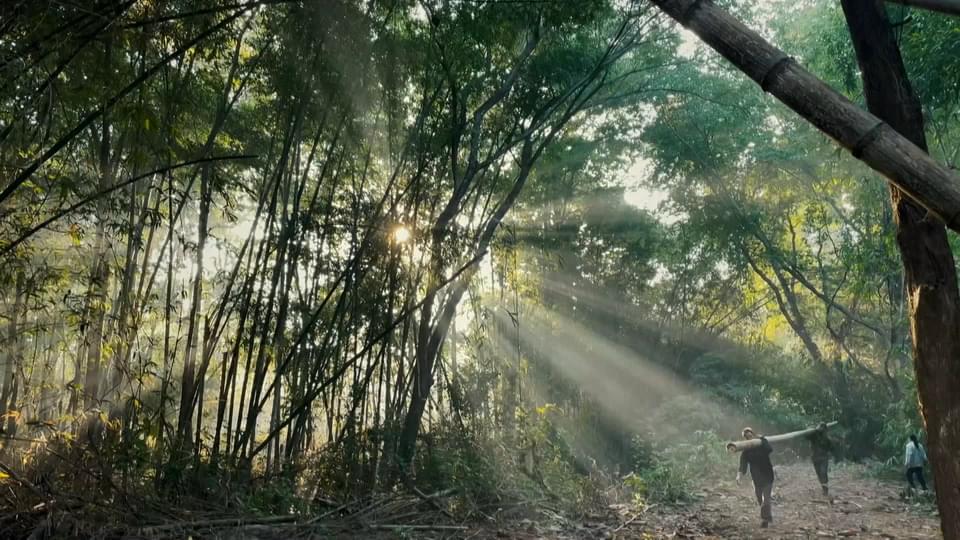
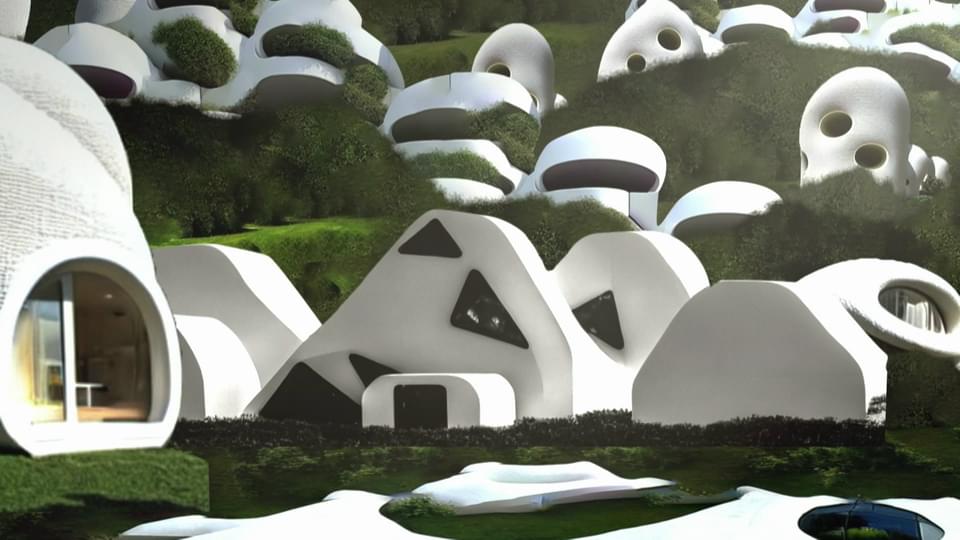
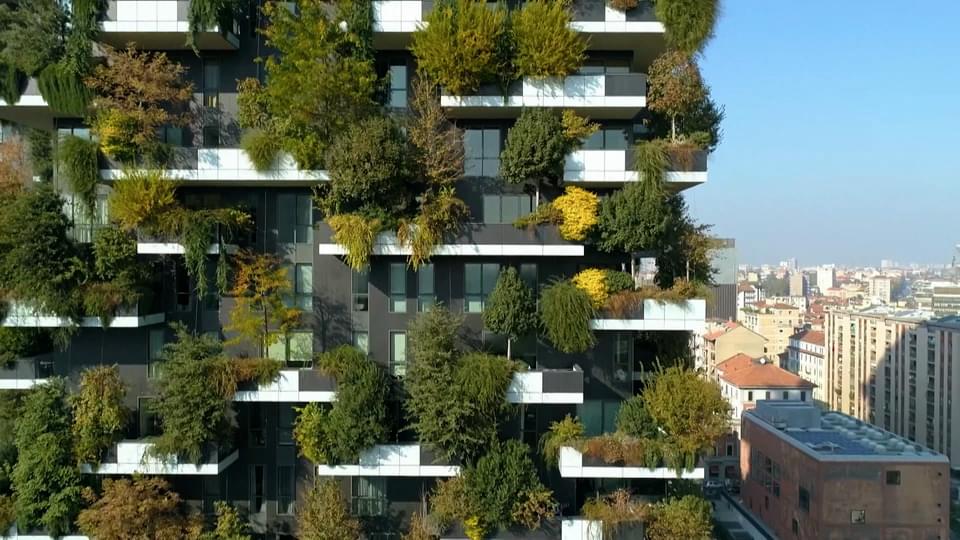
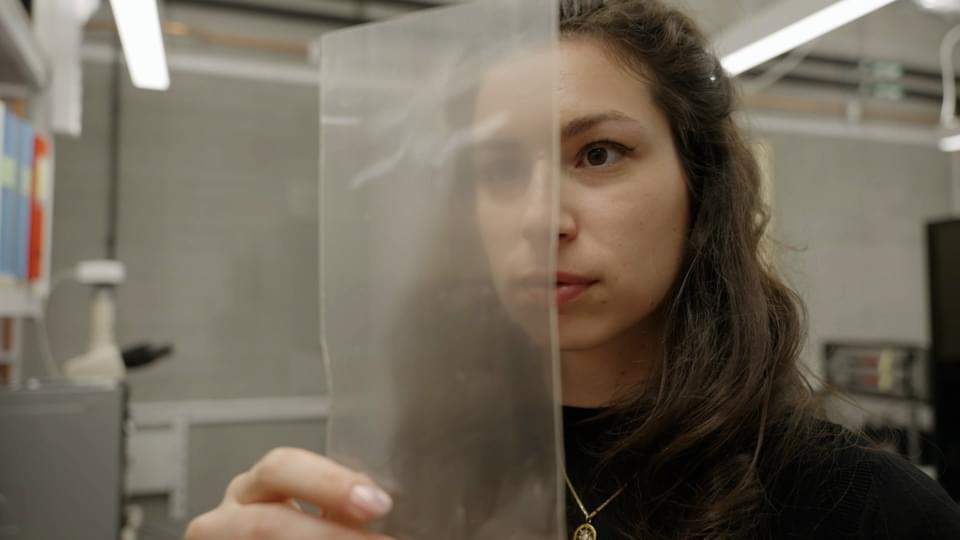
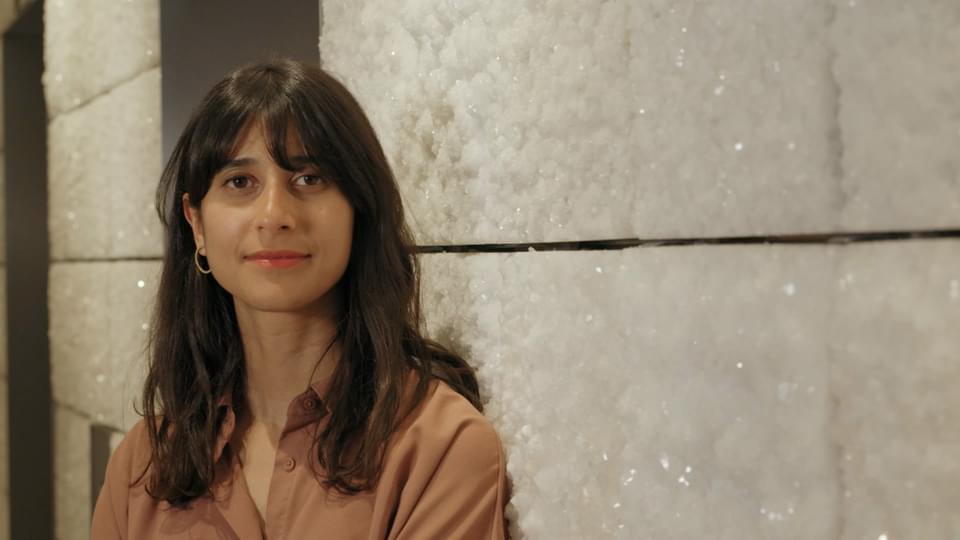
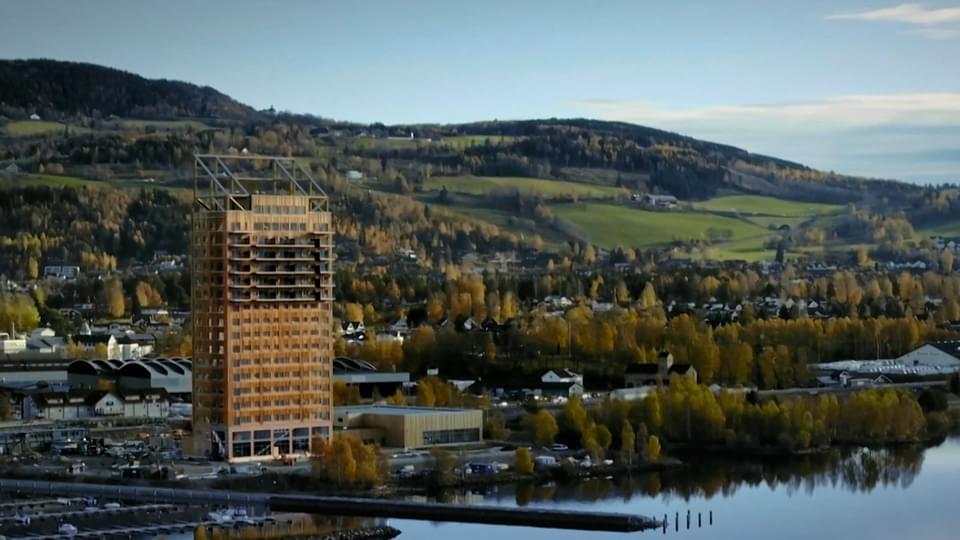
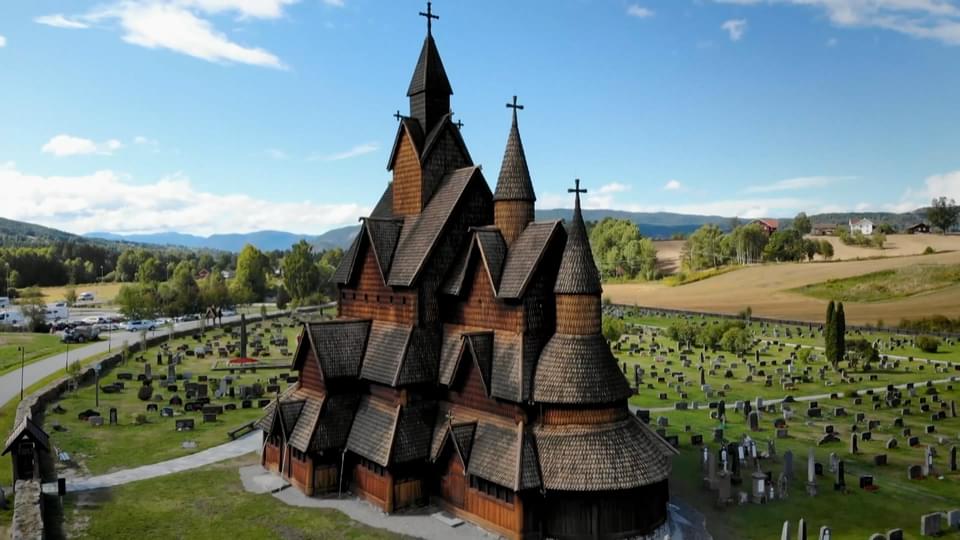
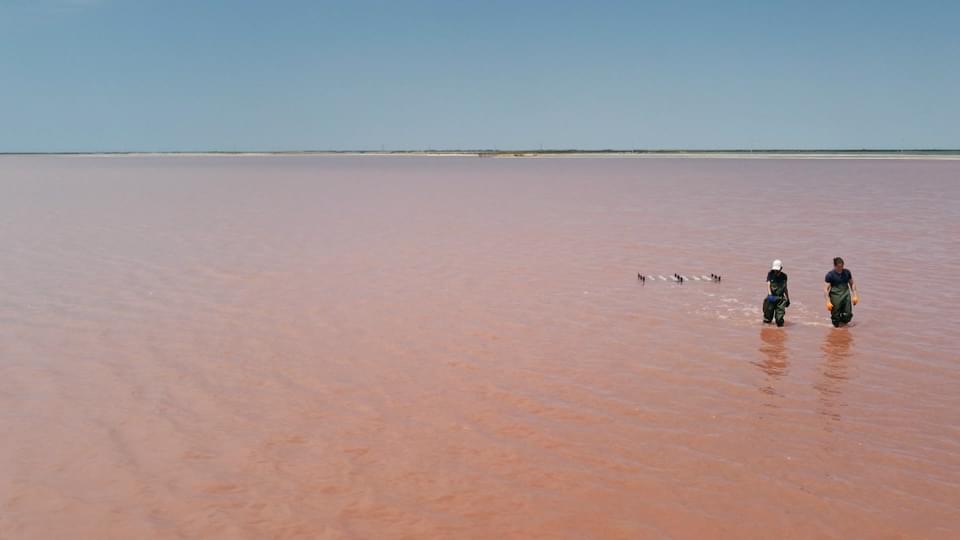
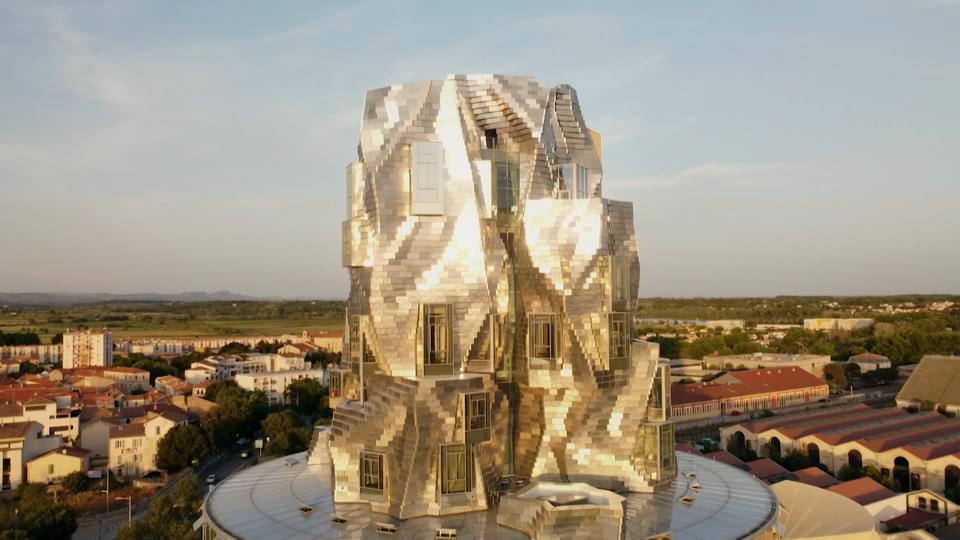
第二集「草竹高樓」帶我們進入再生建築材料的世界。木材長久以來是歐洲傳統建材,可惜踏入工業時代,地位難免被鋼筋混凝土取代。近年人們普遍關心氣候變化,於是木材再度進入建築師的視野,現時木建多層大廈已如雨後春筍。竹也是植物,但得天獨厚,長得快,又堅靱,用作建築有說不出的天然妙韻。發展下來,木變透明,竹要加工;本集節目還列舉兩種仍處於萌芽時期的再生材料,實在叫人驚訝,本來身處餐桌上廚房中的,怎麼可以用來建造樓房?這又是怎樣的一段神奇故事?
Episode 2 is about renewable building materials. Skyscrapers have long been made of wood. Researchers are working on producing transparent wood. Bamboo grows many times faster than wood. Even today, daring architects are showing what is possible with bamboo. And for the future, we should get used to the idea of living in houses made of fungi.
https://www.rthk.hk/tv/dtt31/programme/miraclematerials_chi/episode/981156
------
神奇物料 (Miracle Materials)
草竹高樓 (From Wood to Bamboo)
04/11/2024










第二集「草竹高樓」帶我們進入再生建築材料的世界。木材長久以來是歐洲傳統建材,可惜踏入工業時代,地位難免被鋼筋混凝土取代。近年人們普遍關心氣候變化,於是木材再度進入建築師的視野,現時木建多層大廈已如雨後春筍。竹也是植物,但得天獨厚,長得快,又堅靱,用作建築有說不出的天然妙韻。發展下來,木變透明,竹要加工;本集節目還列舉兩種仍處於萌芽時期的再生材料,實在叫人驚訝,本來身處餐桌上廚房中的,怎麼可以用來建造樓房?這又是怎樣的一段神奇故事?
Episode 2 is about renewable building materials. Skyscrapers have long been made of wood. Researchers are working on producing transparent wood. Bamboo grows many times faster than wood. Even today, daring architects are showing what is possible with bamboo. And for the future, we should get used to the idea of living in houses made of fungi.
https://www.rthk.hk/tv/dtt31/programme/miraclematerials_chi/episode/981156
上集節目重溫時限:一年
------
神奇物料 (Miracle Materials)
未來樹屋 (Living Bridges and Fibre Construction)
11/11/2024
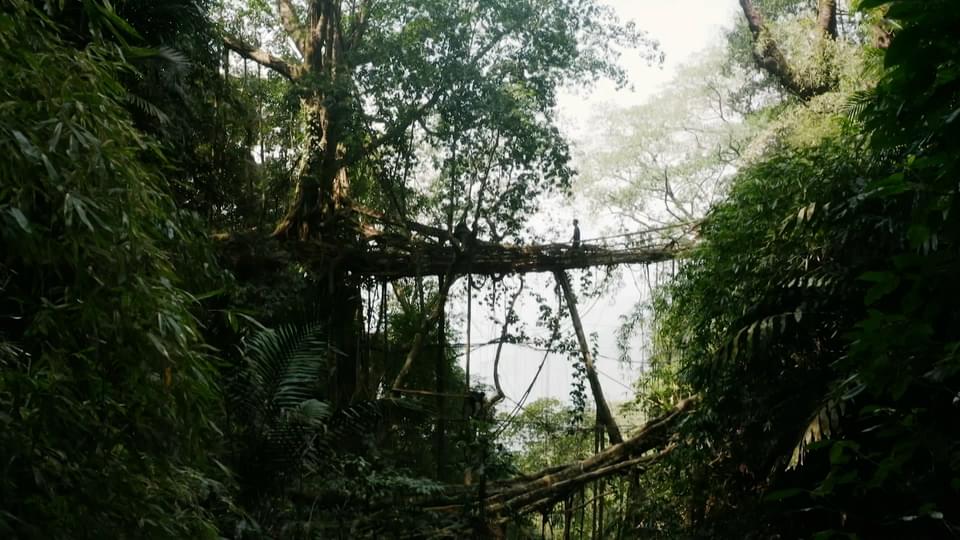
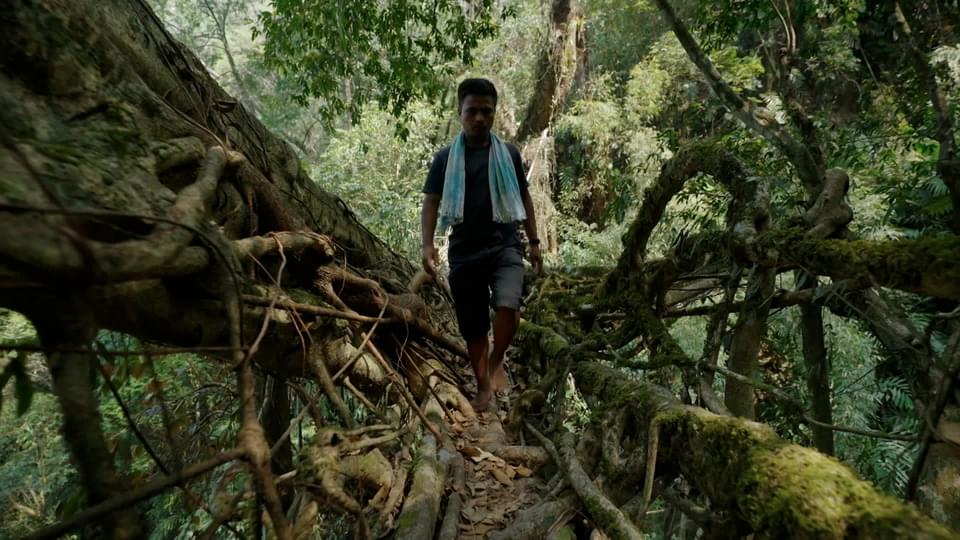
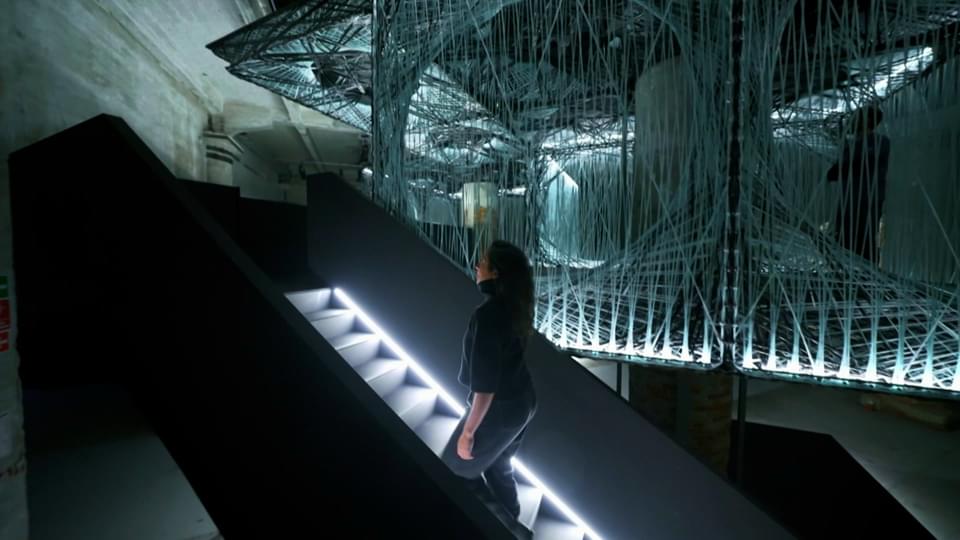
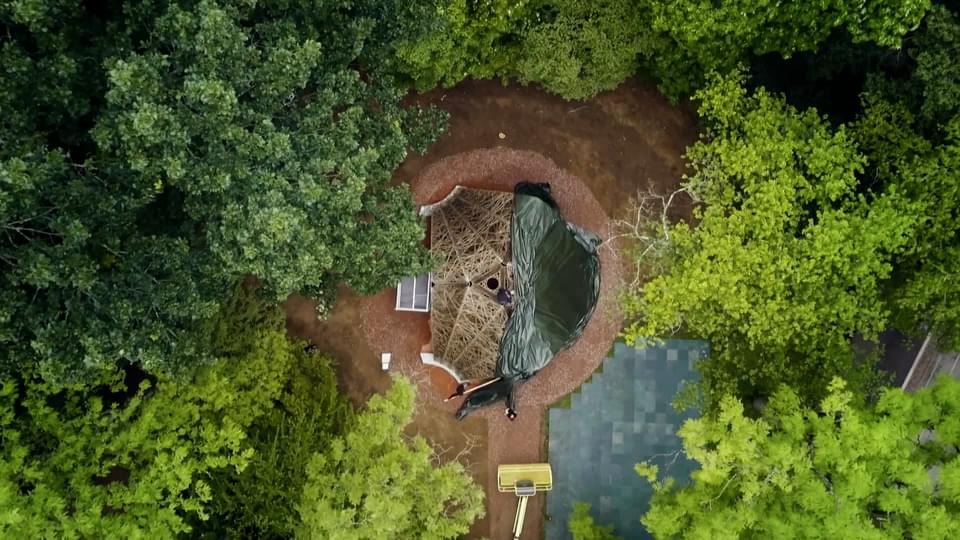
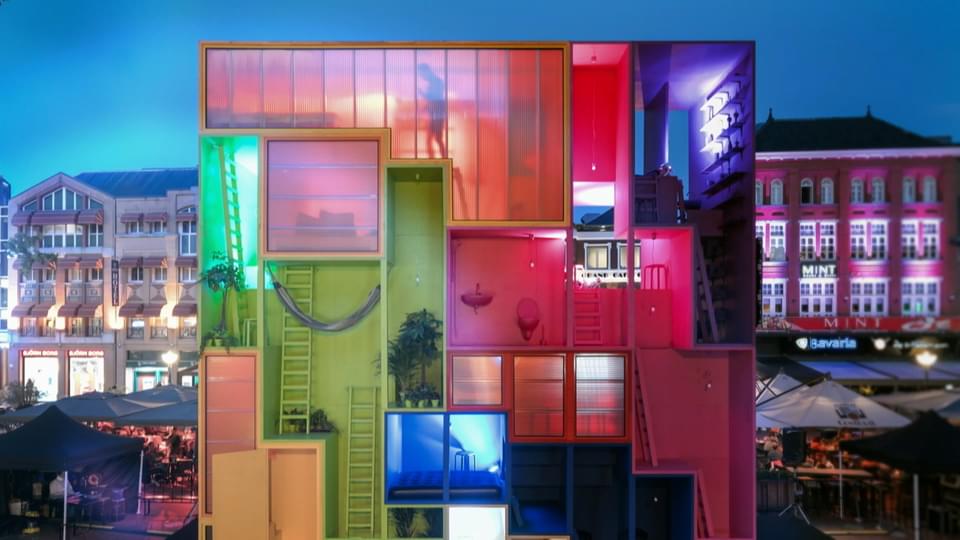

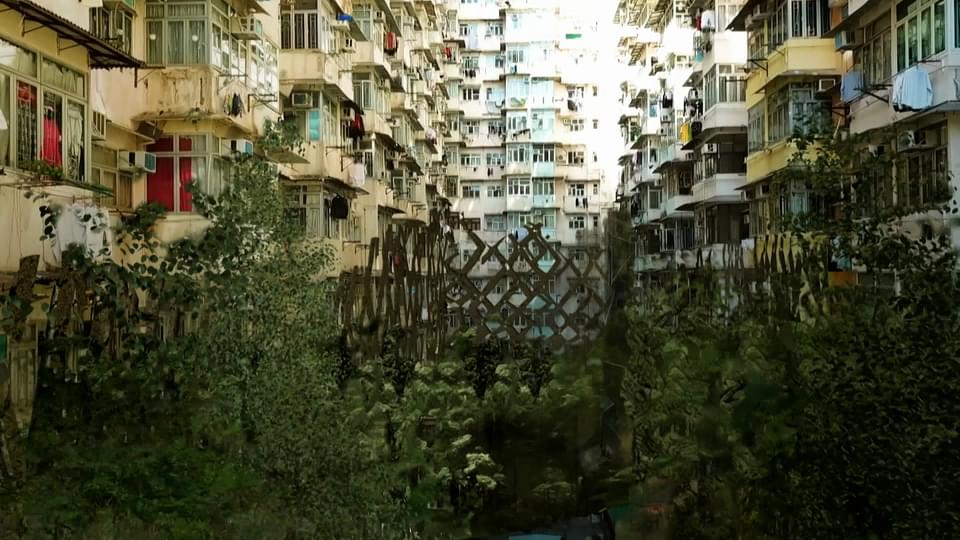
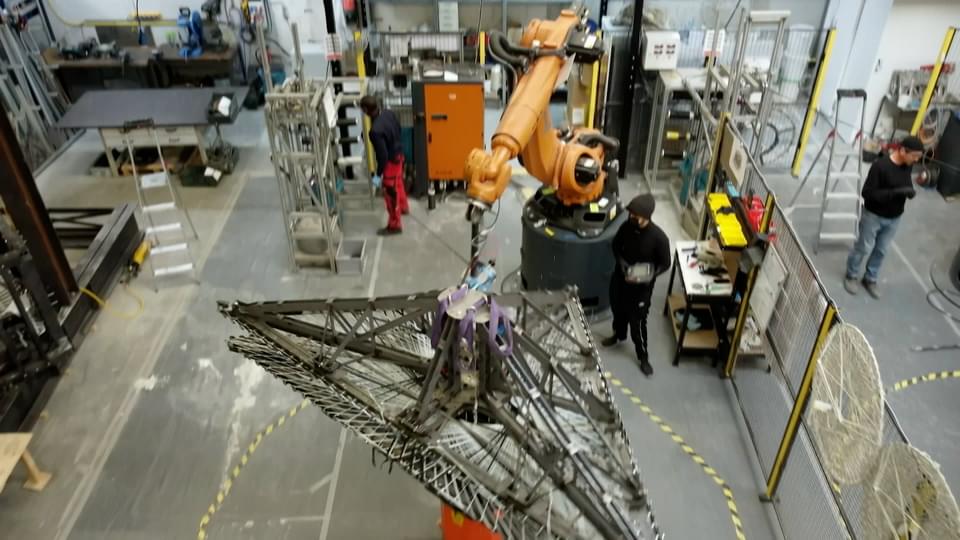
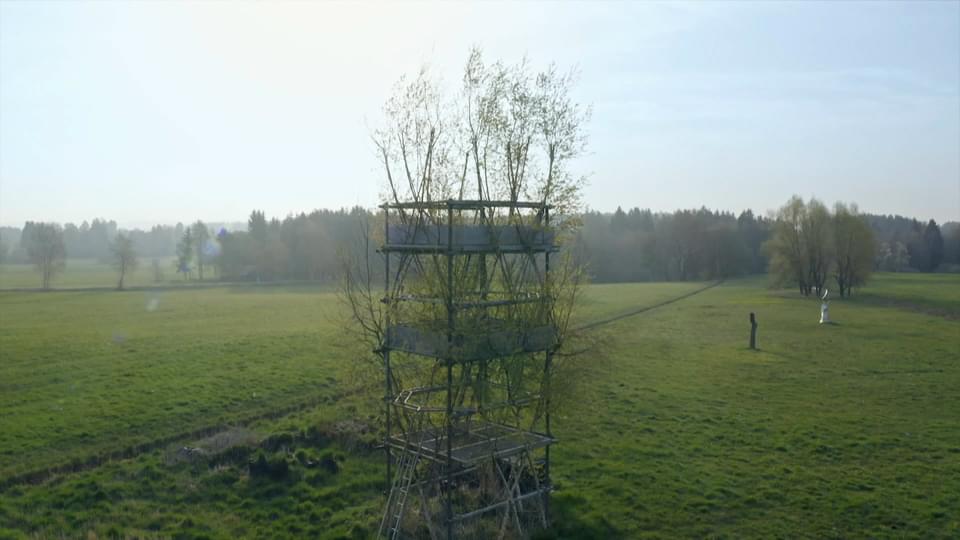
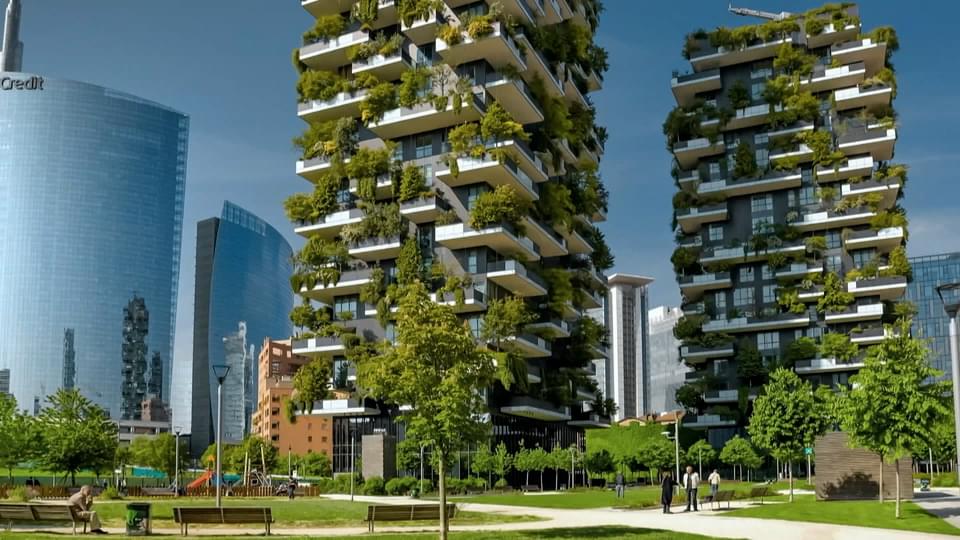
本系列第三集「未來樹屋」為大家介紹建築新方法。
大自然不僅提供建築材料,本身也成為設計師,甚至建築物的一部分。樹木作為大自然提供的材料,今日的星級建築師怎樣向印度傳統活根橋取經?
綠化建築「垂直森林」,又怎樣履行「生命建築」的任務?
說到永續,源頭減廢毋容置疑是手段之一,「光纖建築」從師法昆蟲開始,建造過程結合數碼技術,材料絕無半點浪費,可謂開拓出一片環保新天地。
Episode 3 shows new ways of building, in which nature not only provides building material, but becomes a designer itself - or even part of architecture. The film shows how building with fibres enables constructions that make do with a minimum of resources. Living trees as load-bearing components of buildings: such hybrid constructions could provide vital cooling in the increasingly hot metropolises of the future.
https://www.rthk.hk/tv/dtt31/programme/miraclematerials_chi/episode/981157
------
神奇物料 (Miracle Materials)
未來樹屋 (Living Bridges and Fibre Construction)
11/11/2024










本系列第三集「未來樹屋」為大家介紹建築新方法。
大自然不僅提供建築材料,本身也成為設計師,甚至建築物的一部分。樹木作為大自然提供的材料,今日的星級建築師怎樣向印度傳統活根橋取經?
綠化建築「垂直森林」,又怎樣履行「生命建築」的任務?
說到永續,源頭減廢毋容置疑是手段之一,「光纖建築」從師法昆蟲開始,建造過程結合數碼技術,材料絕無半點浪費,可謂開拓出一片環保新天地。
Episode 3 shows new ways of building, in which nature not only provides building material, but becomes a designer itself - or even part of architecture. The film shows how building with fibres enables constructions that make do with a minimum of resources. Living trees as load-bearing components of buildings: such hybrid constructions could provide vital cooling in the increasingly hot metropolises of the future.
https://www.rthk.hk/tv/dtt31/programme/miraclematerials_chi/episode/981157
上集節目https://www.rthk.hk/tv/dtt31/programme/goodnewsfromplanetearth/episode/986670重溫時限:兩星期(尚餘一星期)
動畫幾生鬼
------
綠色好事 (Good News from Planet Earth)
孕育明日的地球 (Cultivating Tomorrow's Earth)
25/11/2024
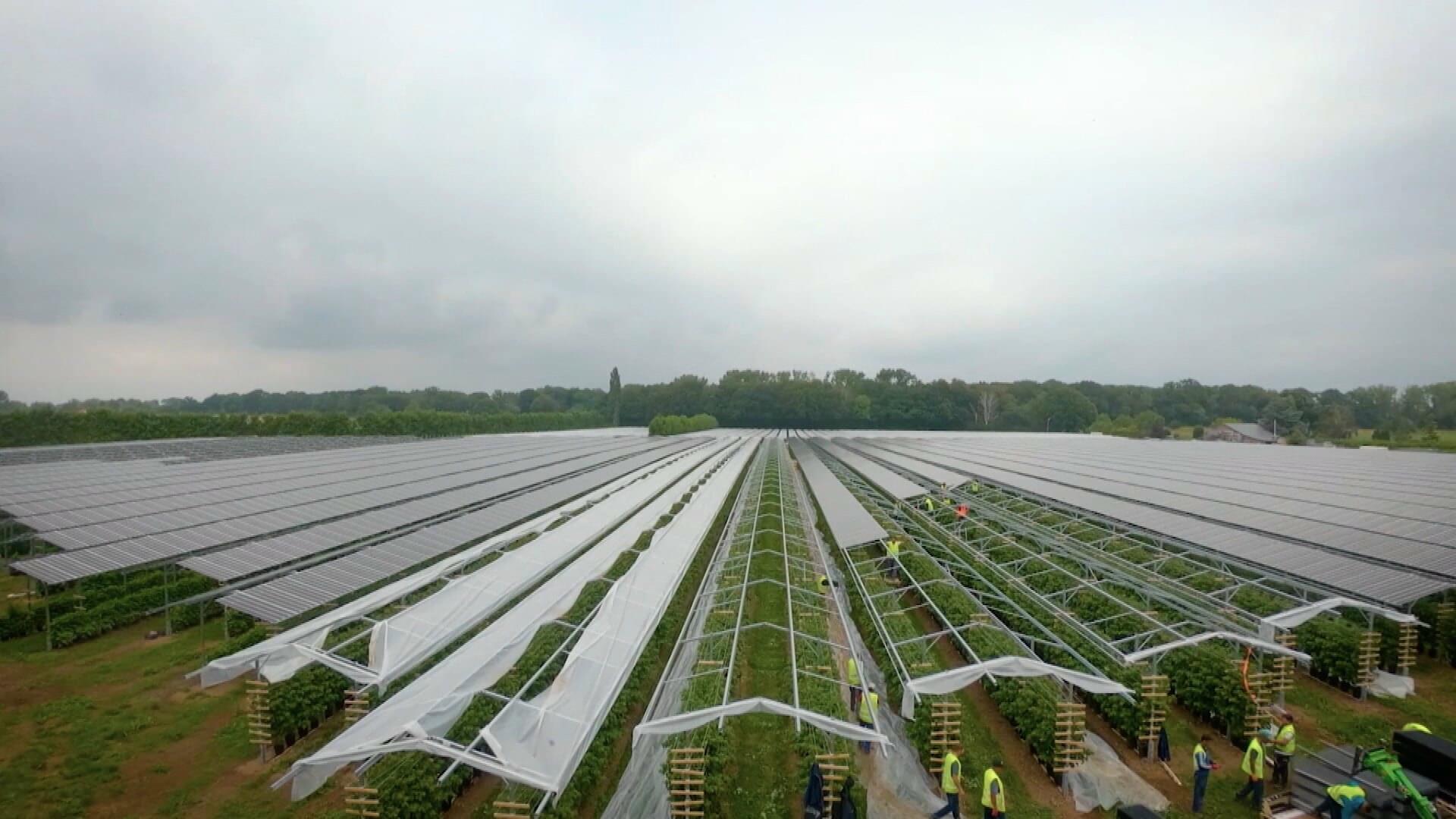
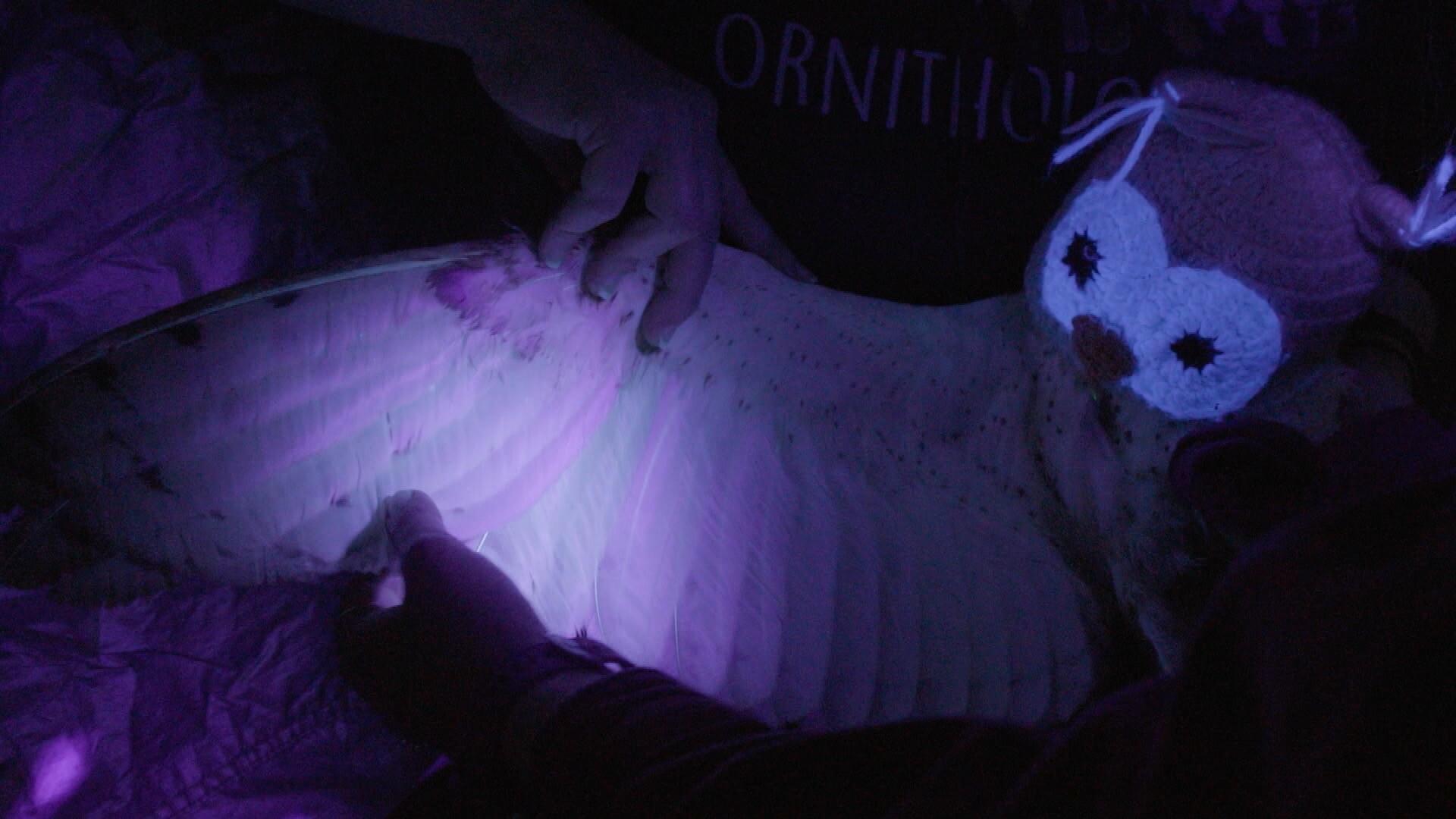

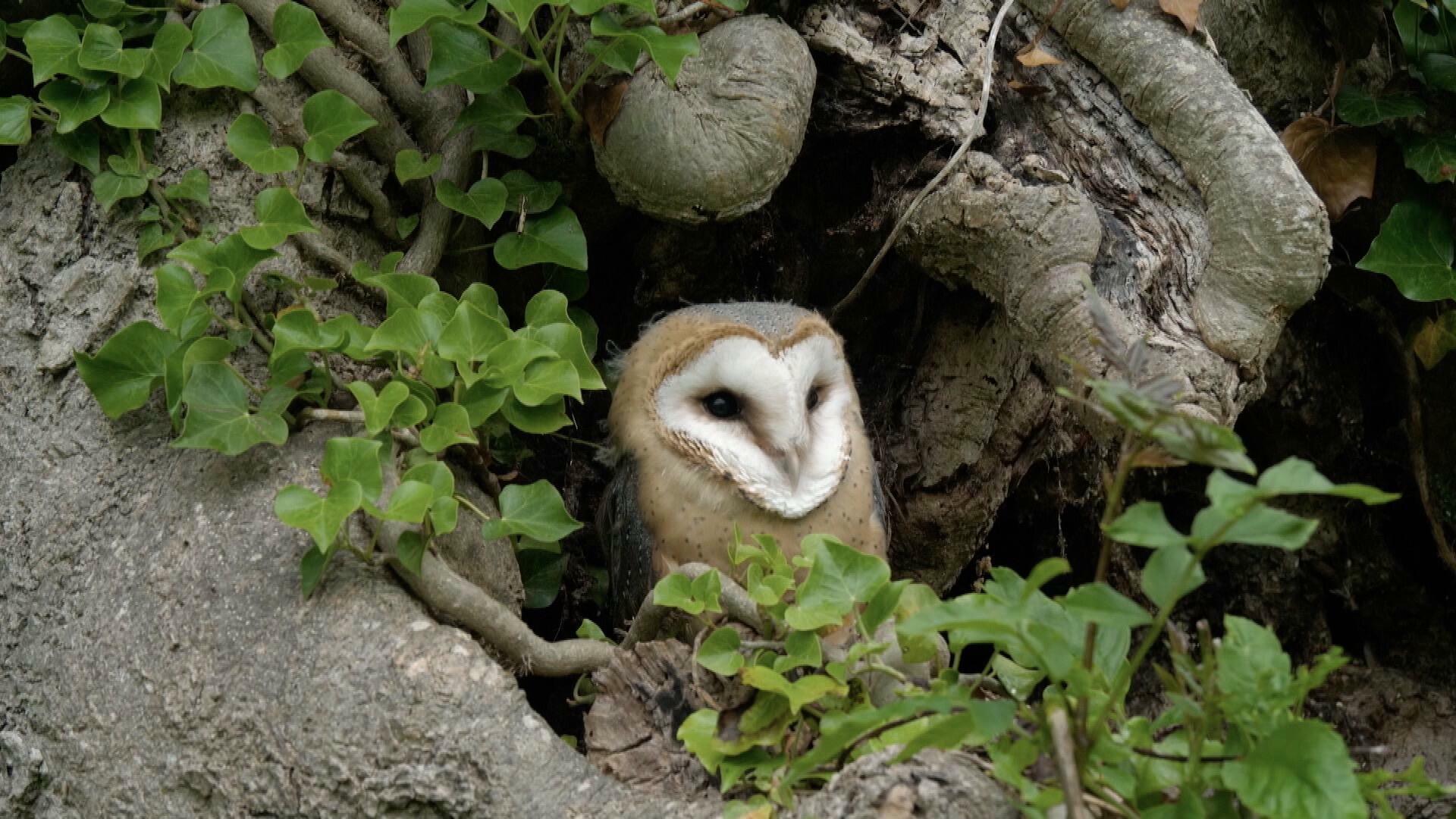



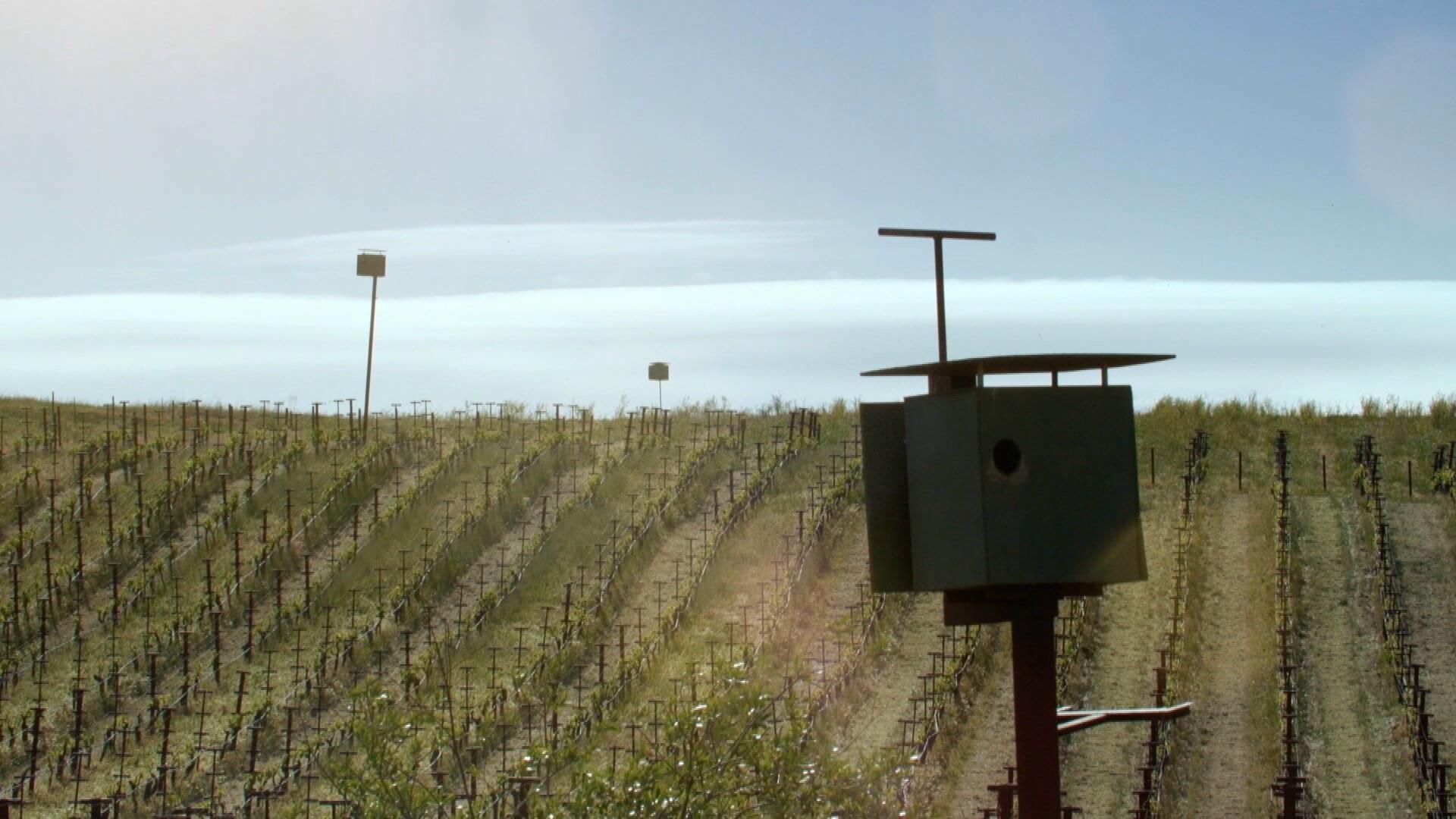
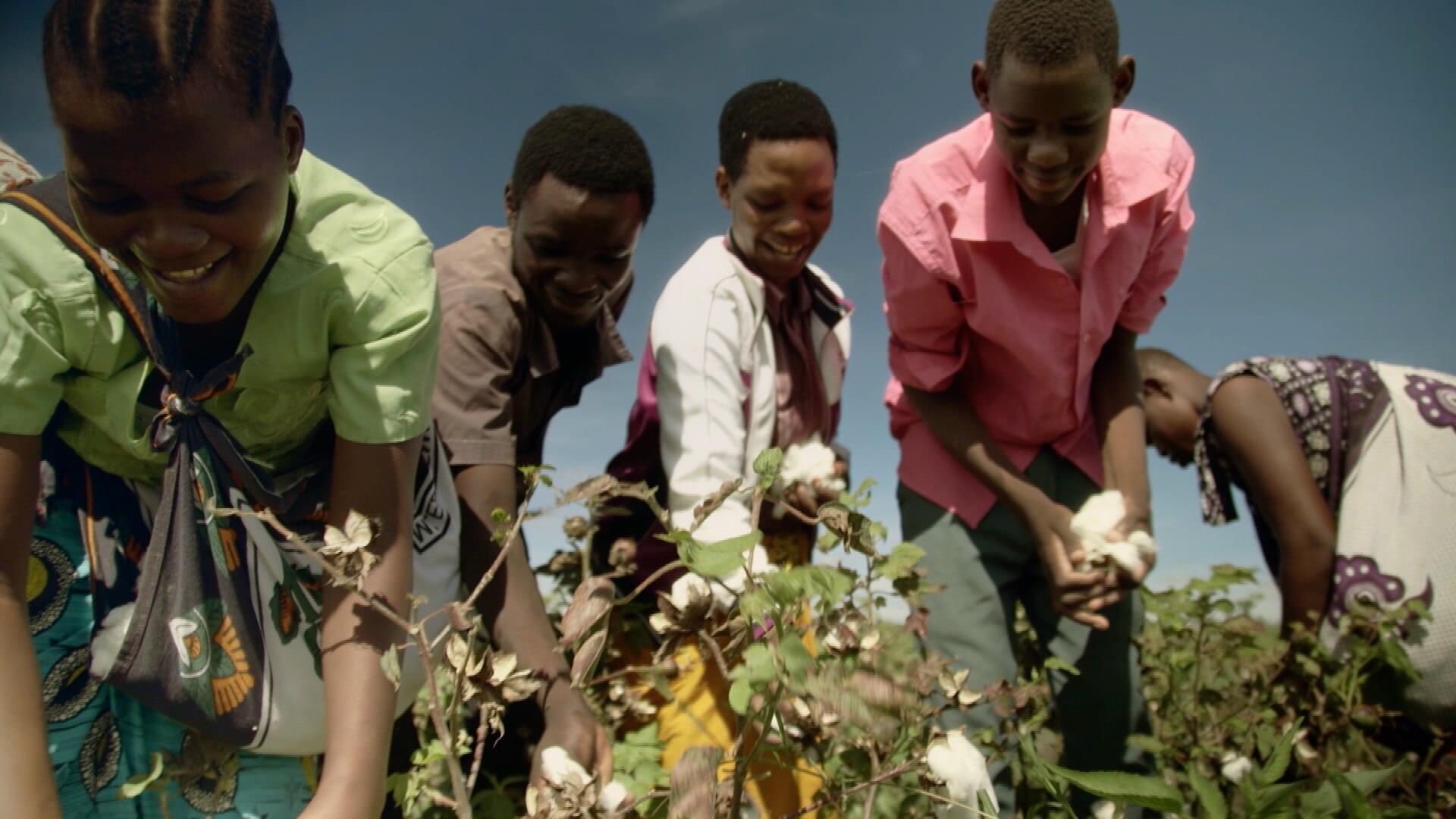
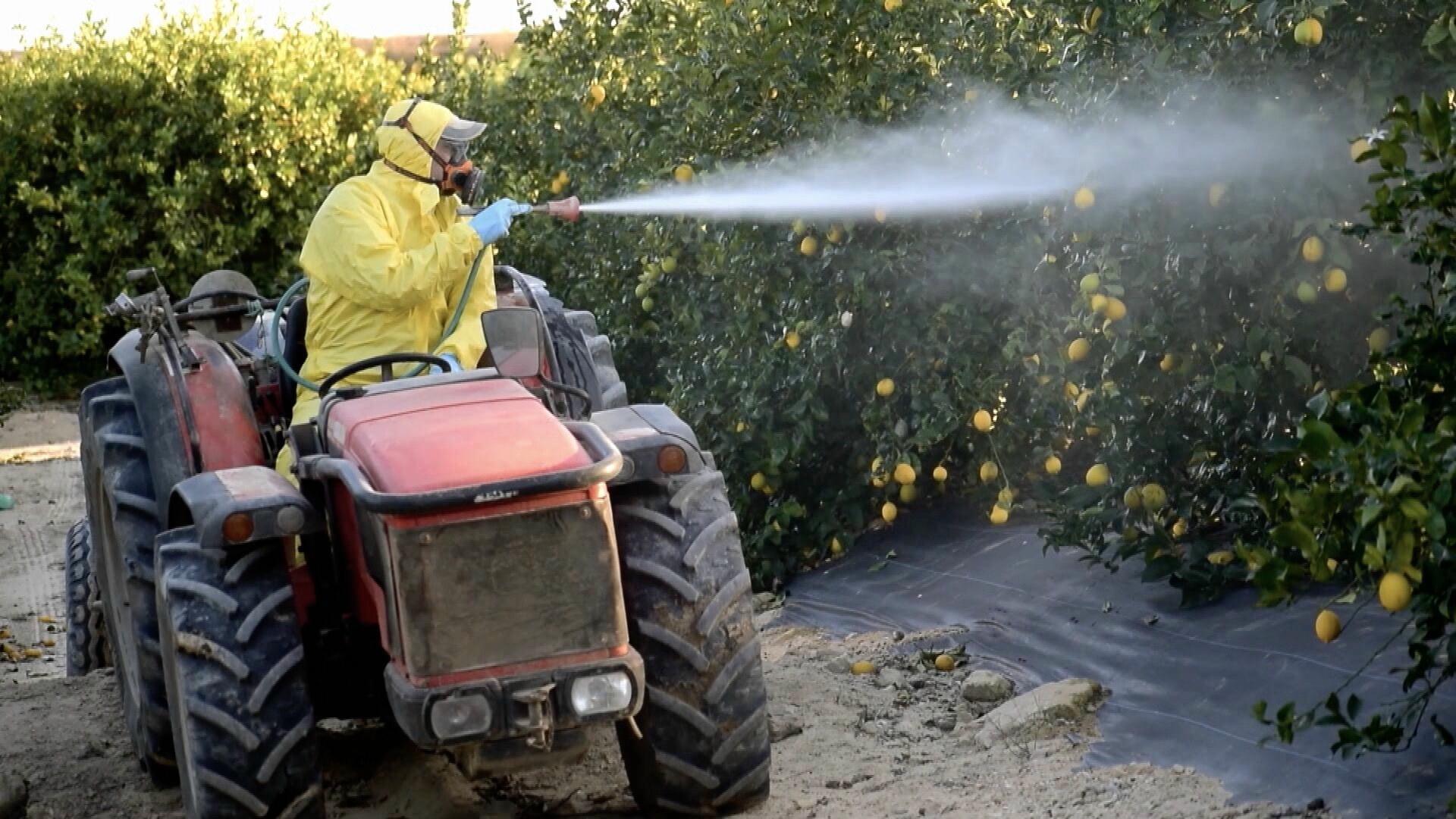
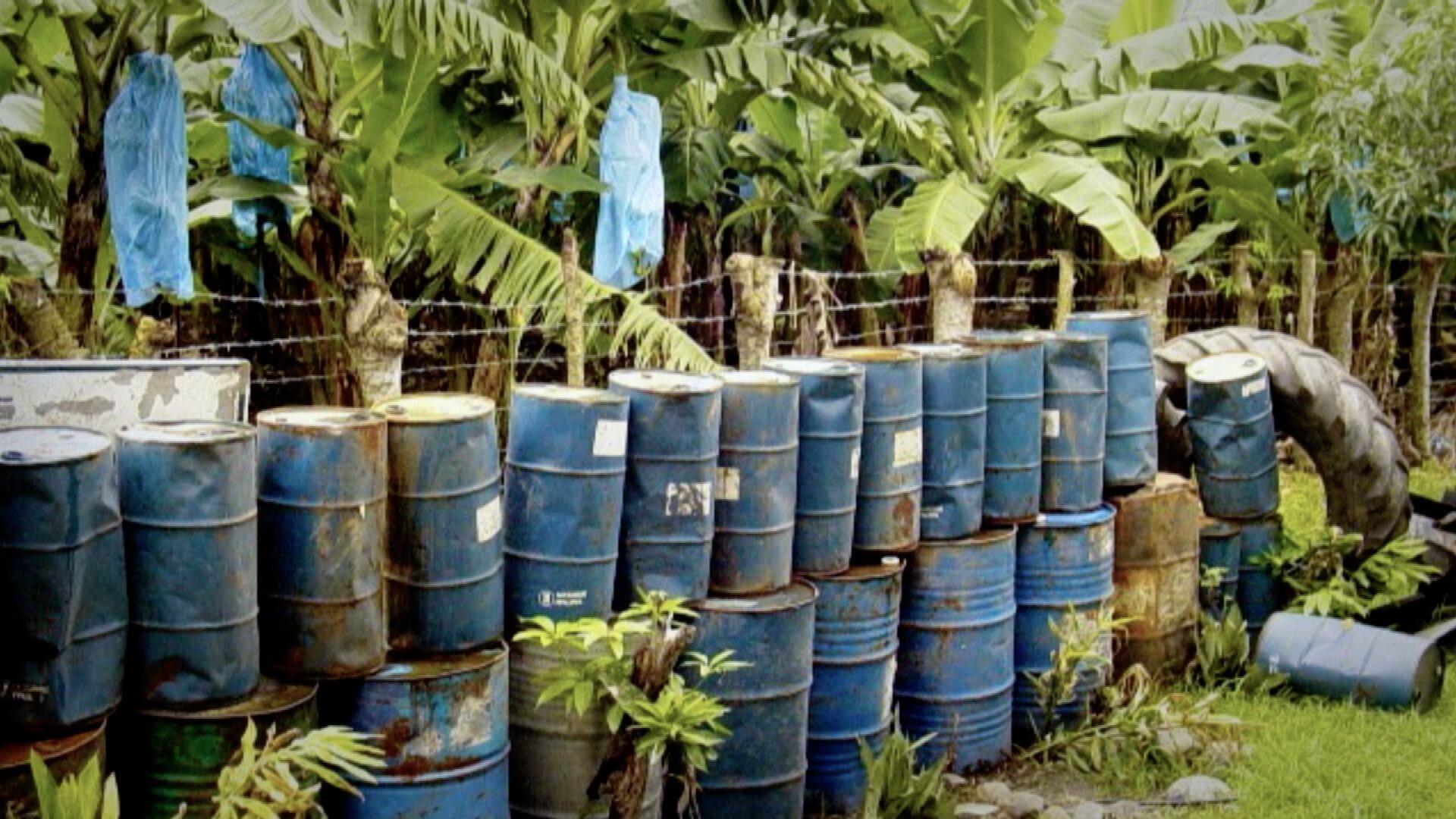
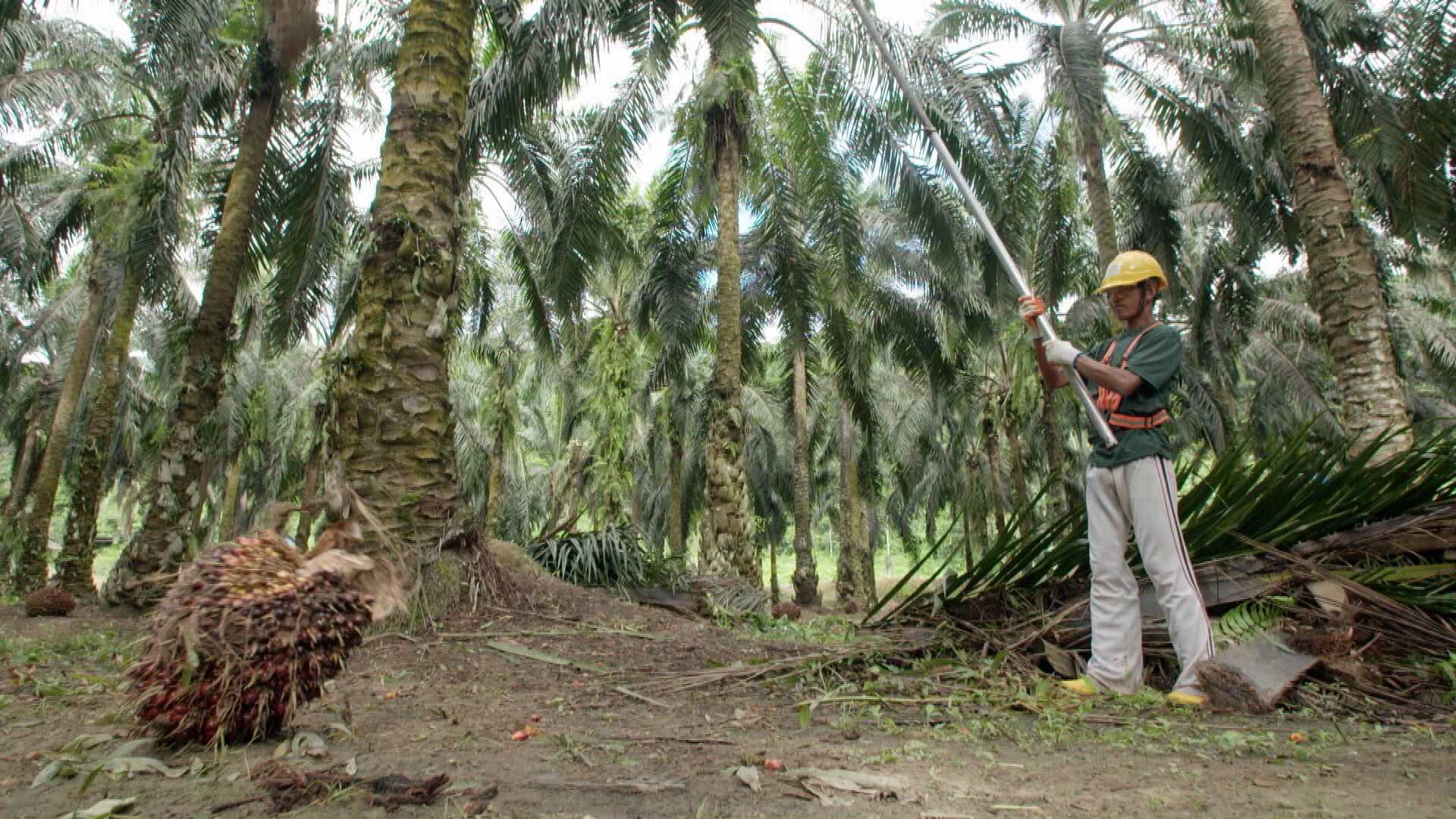
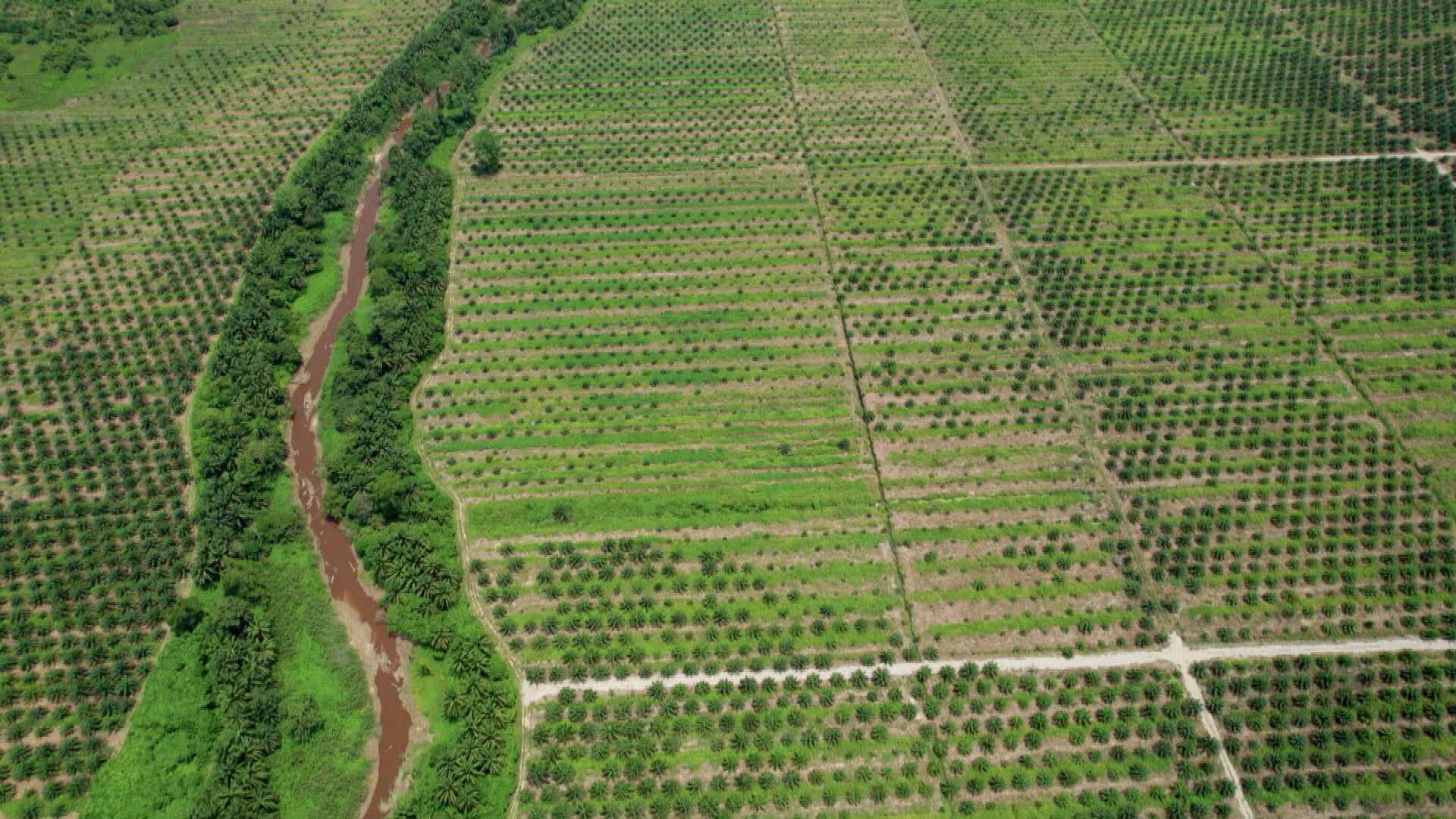
全球超過三分之一的土地用於農耕,珍貴的自然地帶因此受到單一農作物、肥料和農藥的破壞。然而,世界各地有人在努力調和自然與農業的關係。
在馬來西亞,一個自然保育項目正試圖說服棕櫚油生產商停止破壞雨林,以保護紅毛猩猩的棲息地。在加州納帕谷,一家有機酒莊利用雀鳥代替農藥控制害蟲。荷蘭一位果農使用太陽能發電板取代塑膠膜,保護紅桑子並推動能源轉型。
「非洲棉花認證」計劃致力於為11個非洲國家的小農戶提供公平薪酬和可持續的棉花種植方法。
雙語廣播:粵語/英語 (電視版)
播出時間:(首播) 2024年11月25日 星期一晚上10時30分
Worldwide, more than a third of the earth's land is used for agriculture. Valuable natural areas are being lost to monocultures, fertilisers and pesticides. However, there are people all over the world who are trying to reconcile nature and agriculture.
In Malaysia, a nature conservation initiative is persuading palm oil companies to protect the rainforest instead of destroying it, thus preserving one of the last refuges for orangutans.
In California's Napa Valley, an organic winegrower is successfully using barn owls instead of pesticides to control pests.
In the Netherlands, a dedicated fruit grower is doing away with environmentally harmful plastic film to protect his raspberries. . He uses solar panels and is even supporting the energy transition by producing solar power.
The "Cotton Made in Africa" programme, is committed to fair wages and more sustainable cotton cultivation for over one million small farmers in eleven African countries.
Bilingual: Cantonese/ English (TV Version)
Time: (First run) 2024.11.25 MON 10:30pm
https://www.rthk.hk/tv/dtt31/programme/goodnewsfromplanetearth/episode/986672
動畫幾生鬼

------
綠色好事 (Good News from Planet Earth)
孕育明日的地球 (Cultivating Tomorrow's Earth)
25/11/2024













全球超過三分之一的土地用於農耕,珍貴的自然地帶因此受到單一農作物、肥料和農藥的破壞。然而,世界各地有人在努力調和自然與農業的關係。
在馬來西亞,一個自然保育項目正試圖說服棕櫚油生產商停止破壞雨林,以保護紅毛猩猩的棲息地。在加州納帕谷,一家有機酒莊利用雀鳥代替農藥控制害蟲。荷蘭一位果農使用太陽能發電板取代塑膠膜,保護紅桑子並推動能源轉型。
「非洲棉花認證」計劃致力於為11個非洲國家的小農戶提供公平薪酬和可持續的棉花種植方法。
雙語廣播:粵語/英語 (電視版)
播出時間:(首播) 2024年11月25日 星期一晚上10時30分
Worldwide, more than a third of the earth's land is used for agriculture. Valuable natural areas are being lost to monocultures, fertilisers and pesticides. However, there are people all over the world who are trying to reconcile nature and agriculture.
In Malaysia, a nature conservation initiative is persuading palm oil companies to protect the rainforest instead of destroying it, thus preserving one of the last refuges for orangutans.
In California's Napa Valley, an organic winegrower is successfully using barn owls instead of pesticides to control pests.
In the Netherlands, a dedicated fruit grower is doing away with environmentally harmful plastic film to protect his raspberries. . He uses solar panels and is even supporting the energy transition by producing solar power.
The "Cotton Made in Africa" programme, is committed to fair wages and more sustainable cotton cultivation for over one million small farmers in eleven African countries.
Bilingual: Cantonese/ English (TV Version)
Time: (First run) 2024.11.25 MON 10:30pm
https://www.rthk.hk/tv/dtt31/programme/goodnewsfromplanetearth/episode/986672
上集重溫已完結
------
綠色好事 (Good News from Planet Earth)
城市蛻變 (Urban Metamorphosis)
02/12/2024
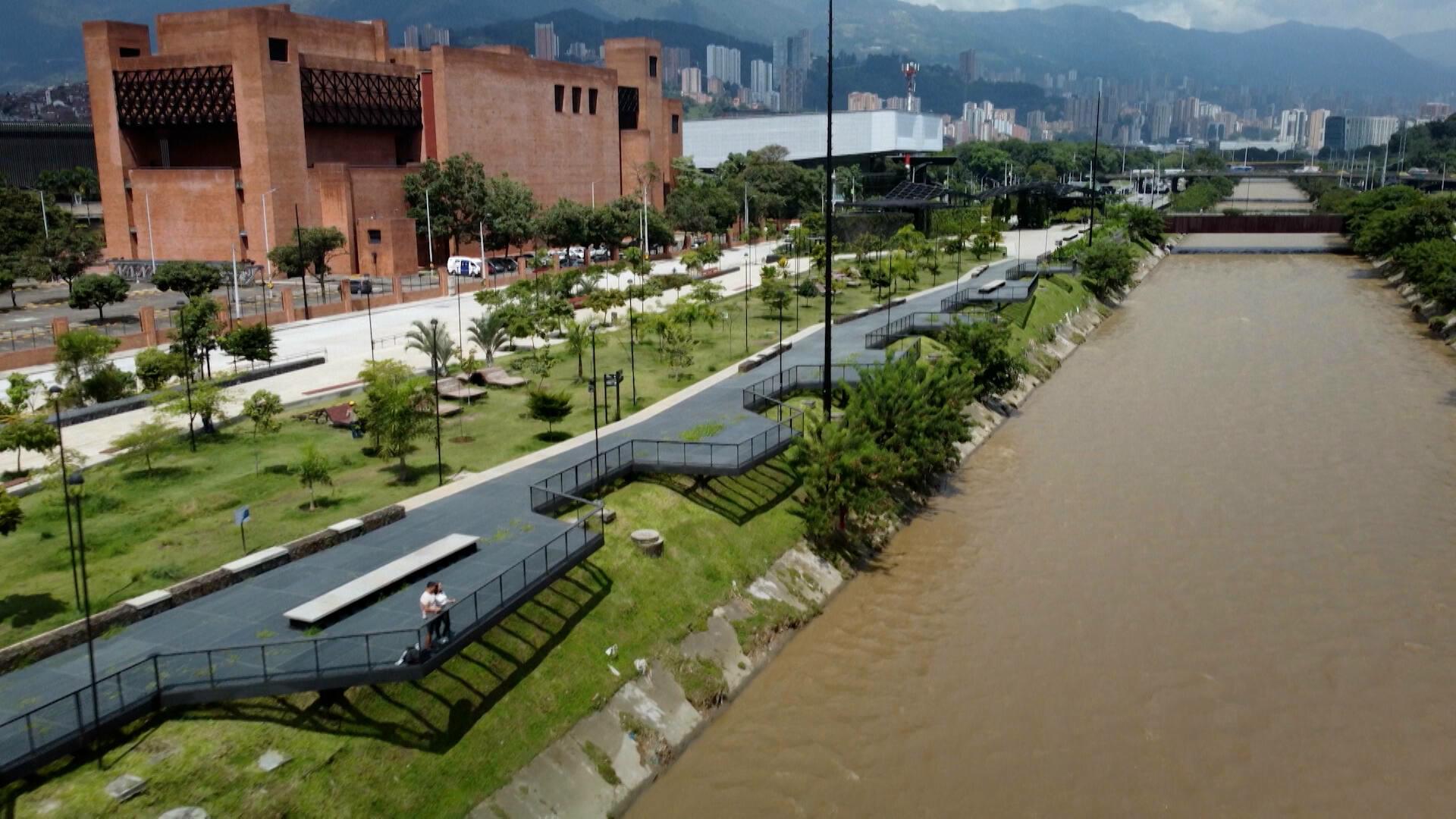
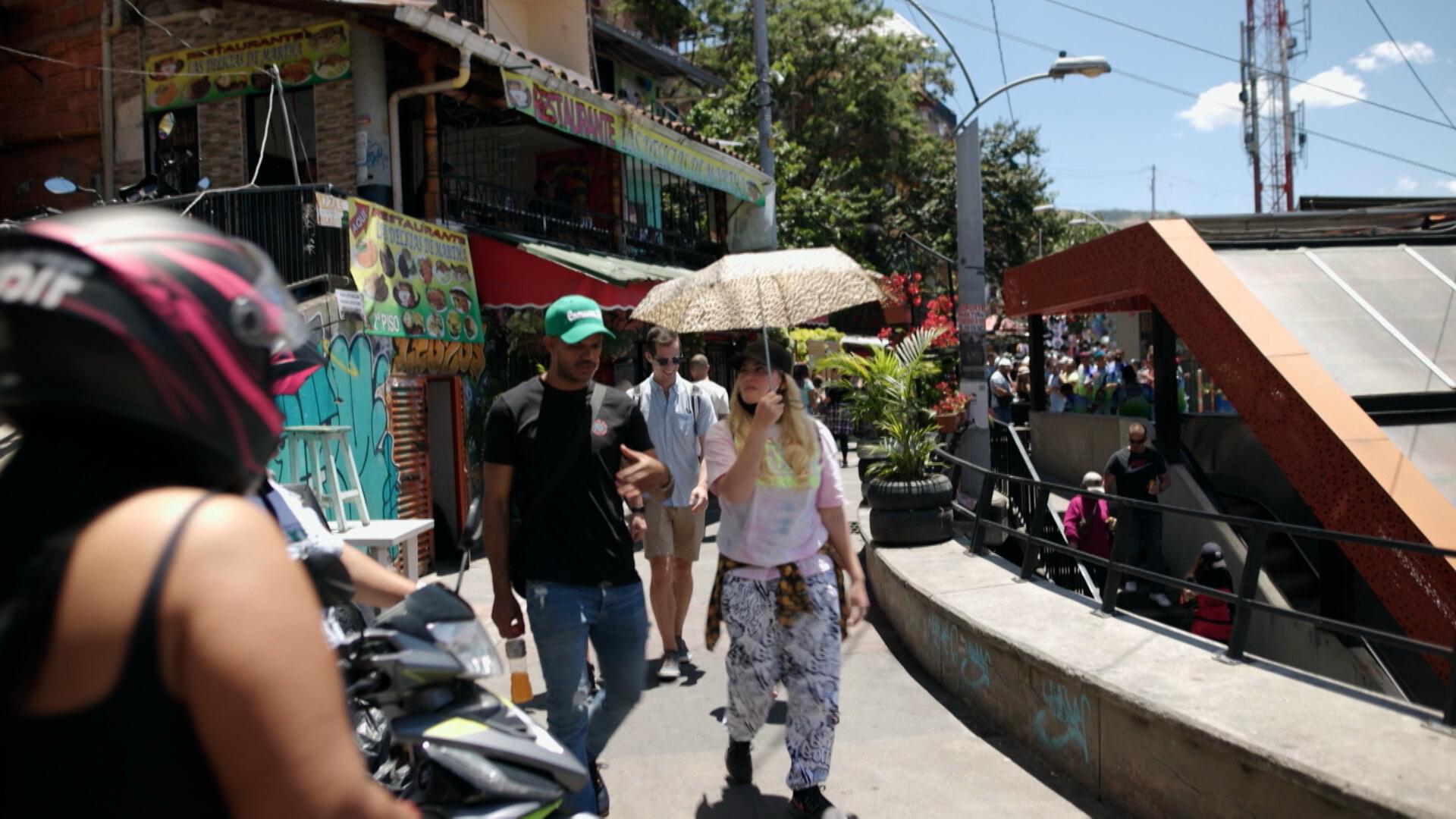
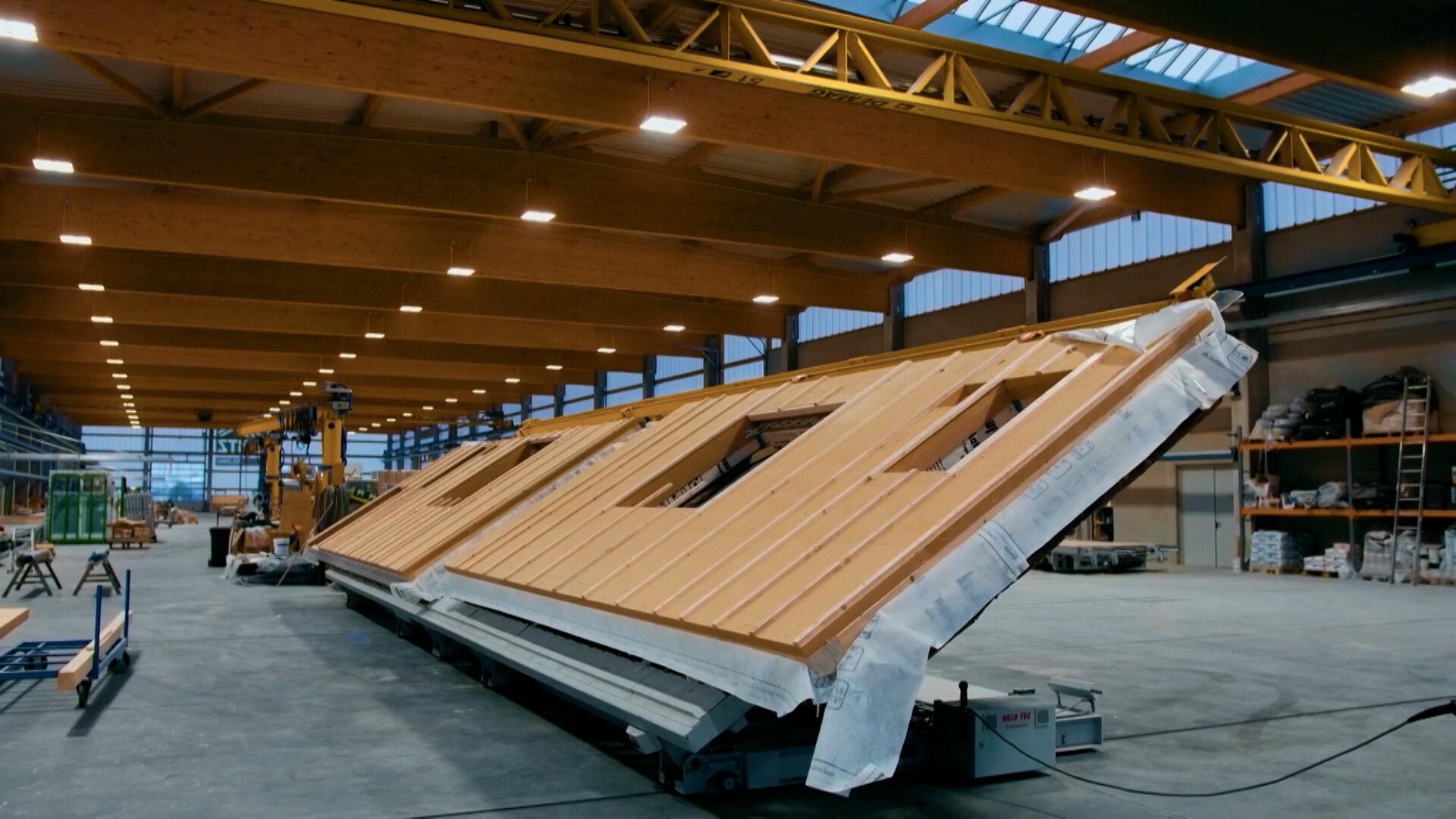
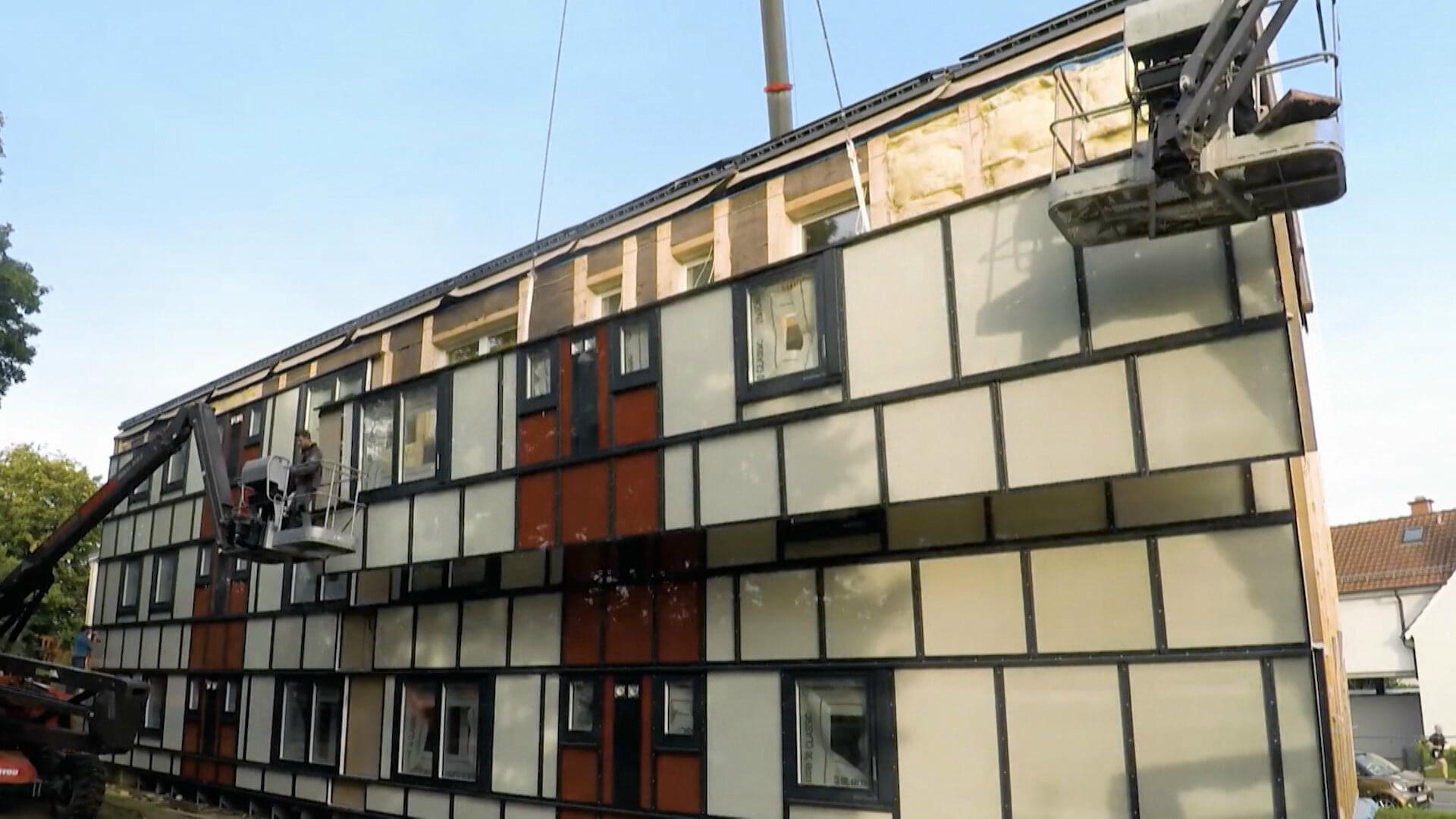
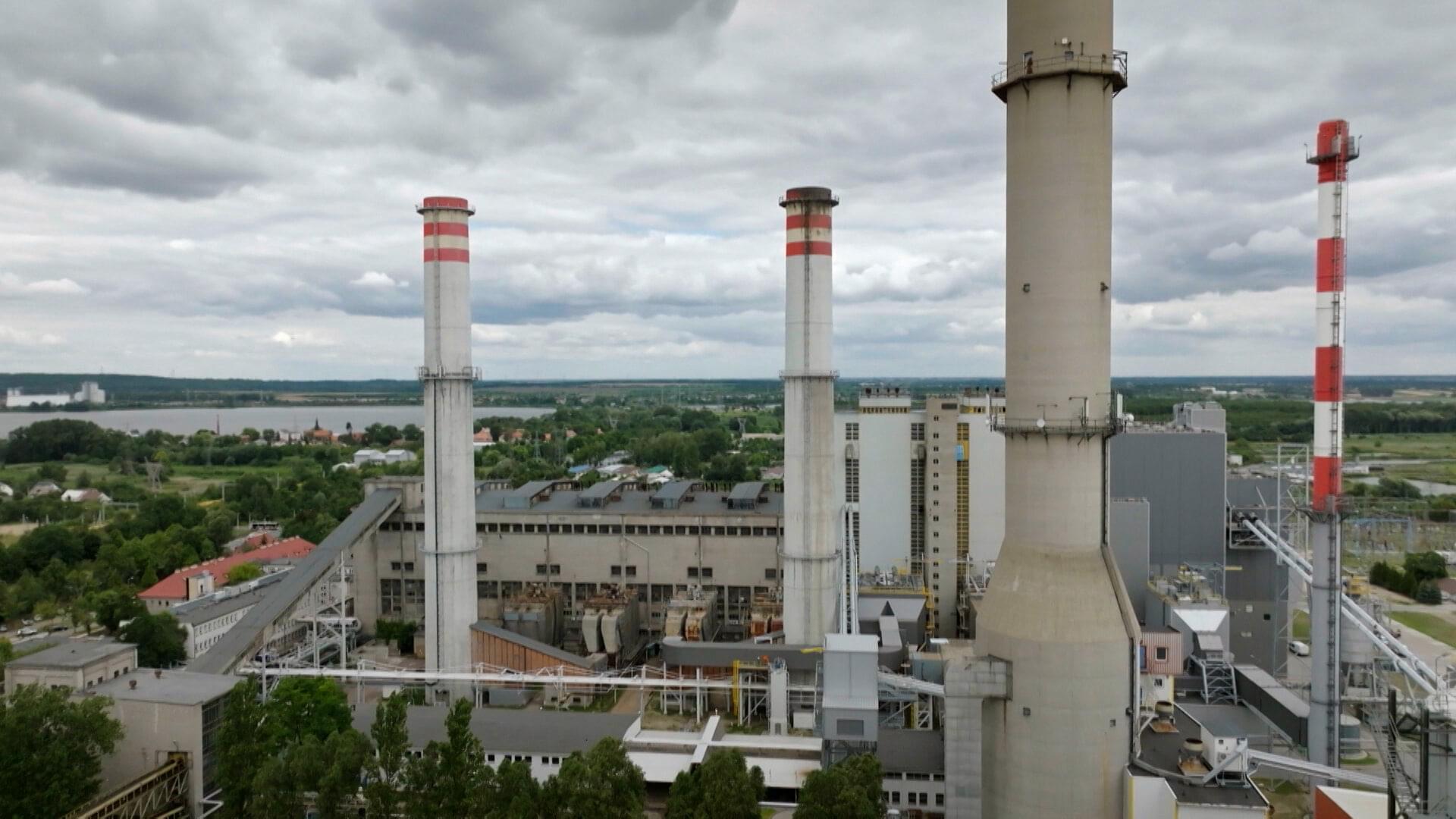
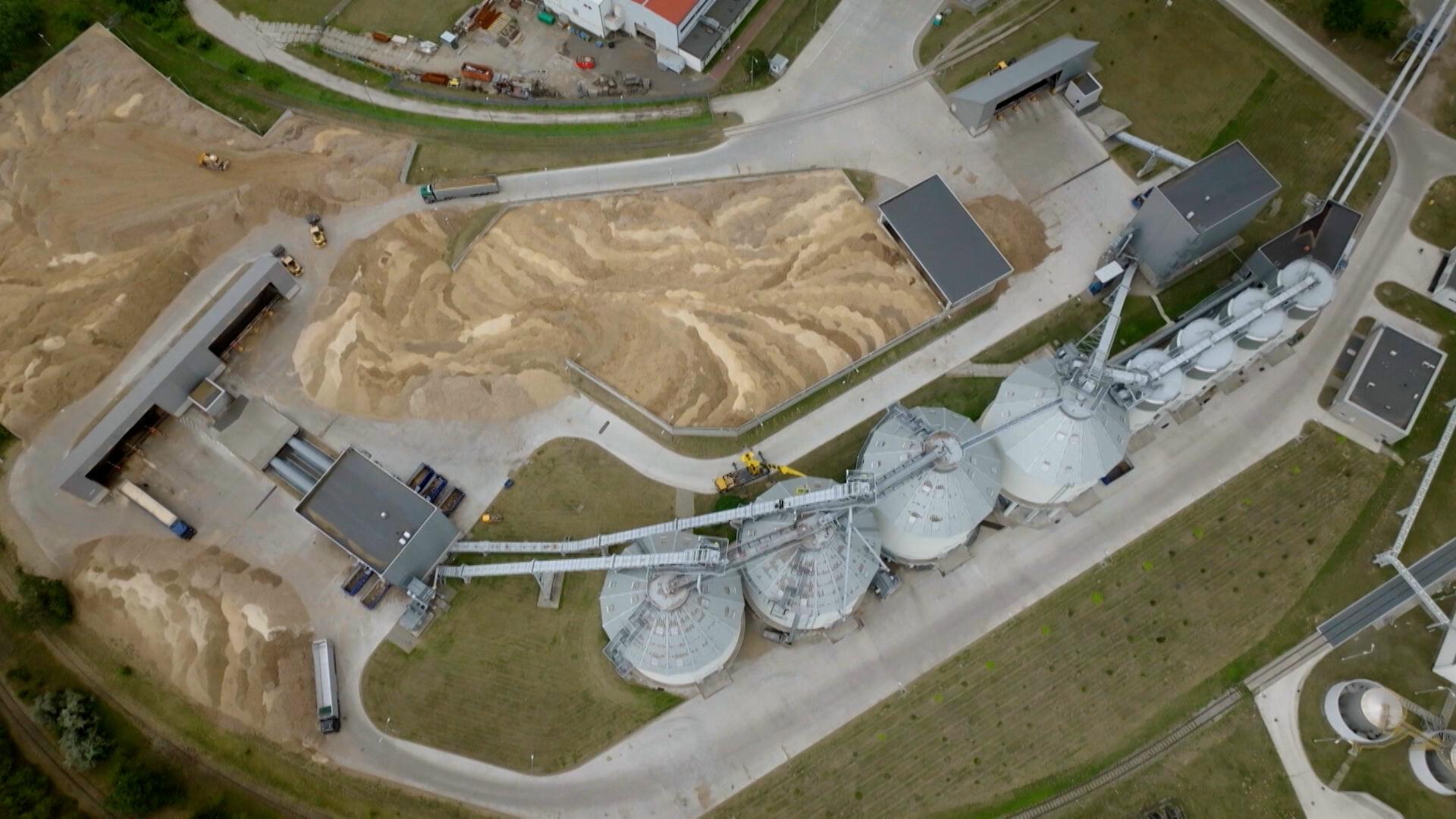

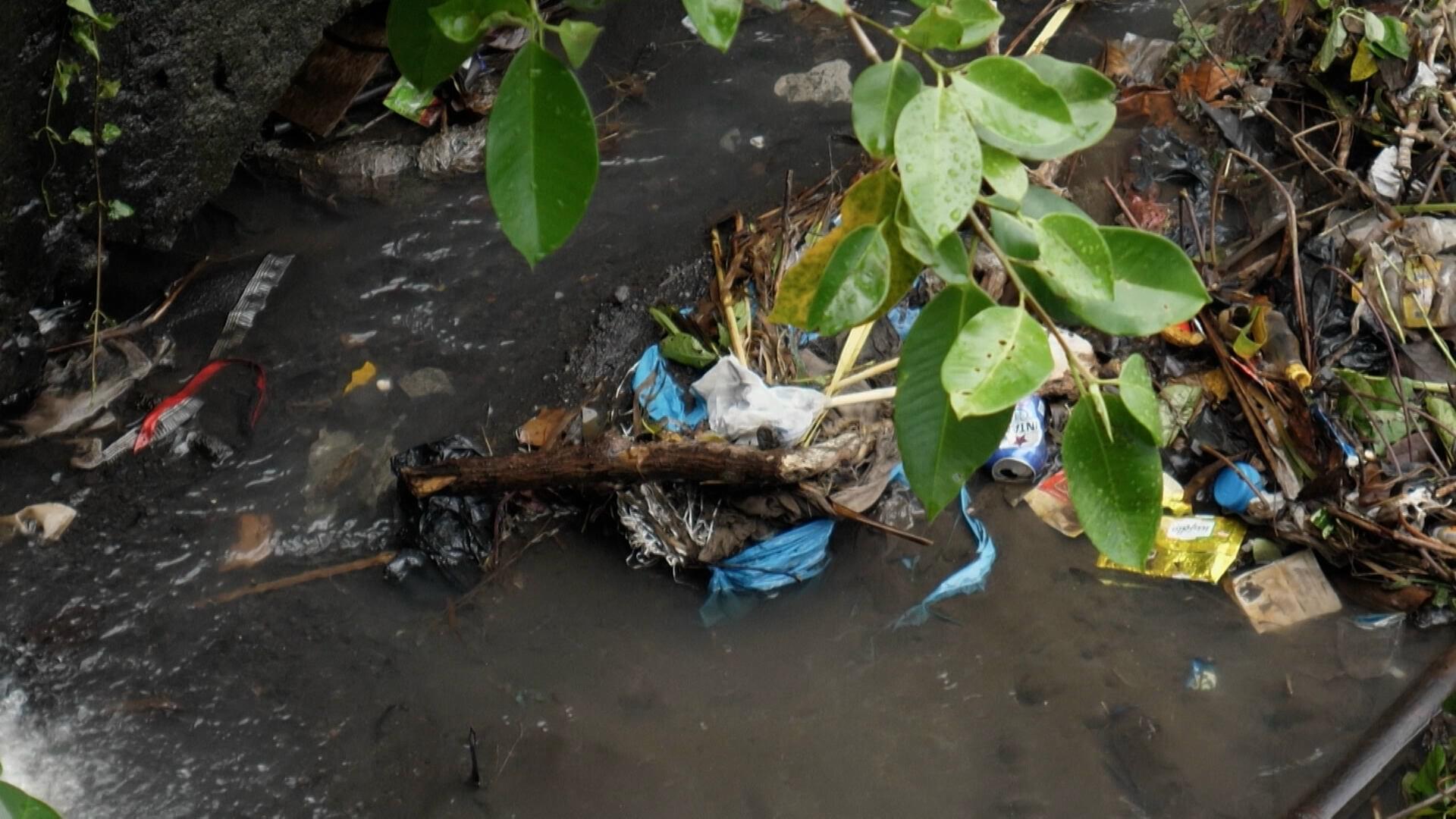
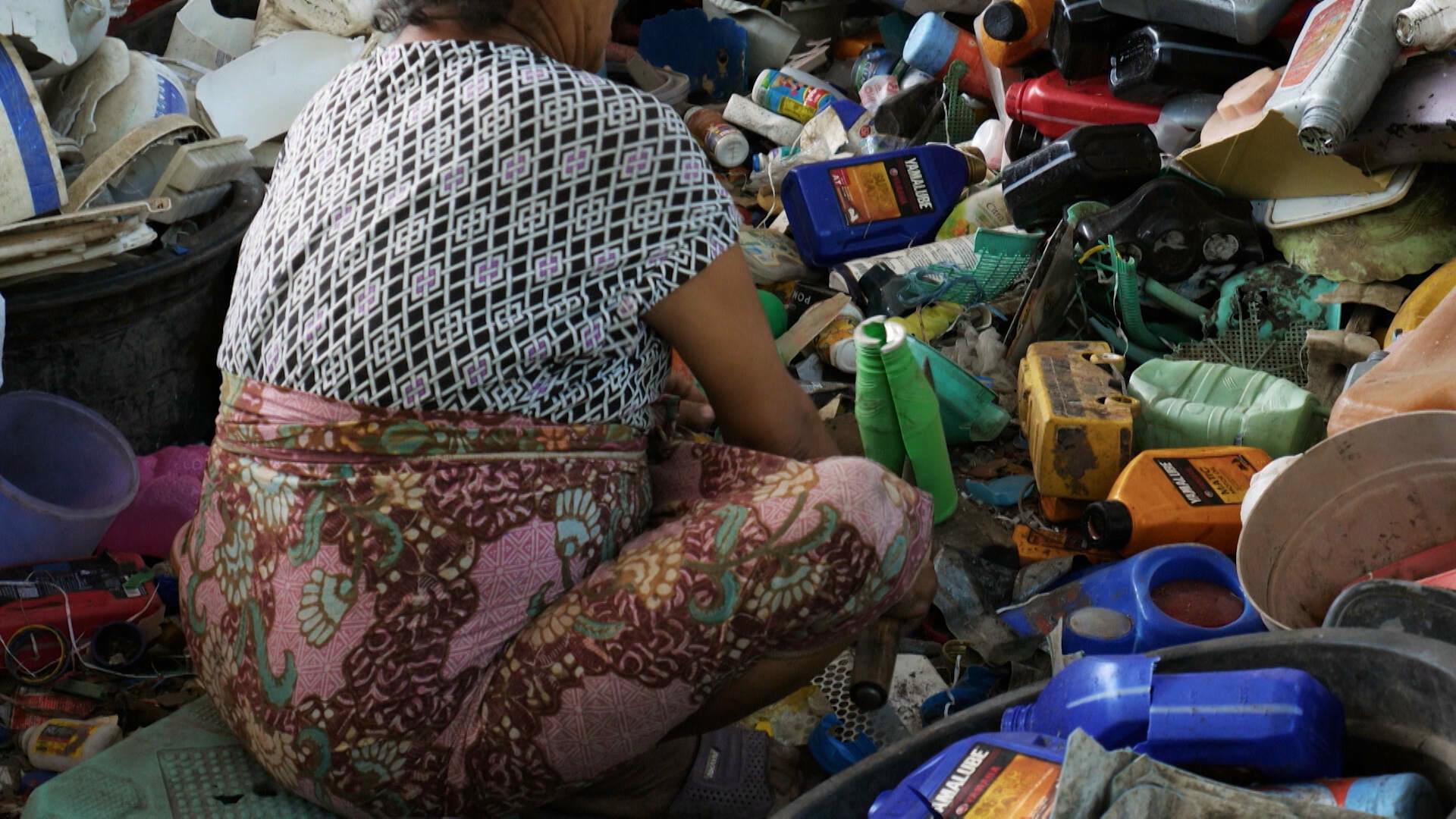
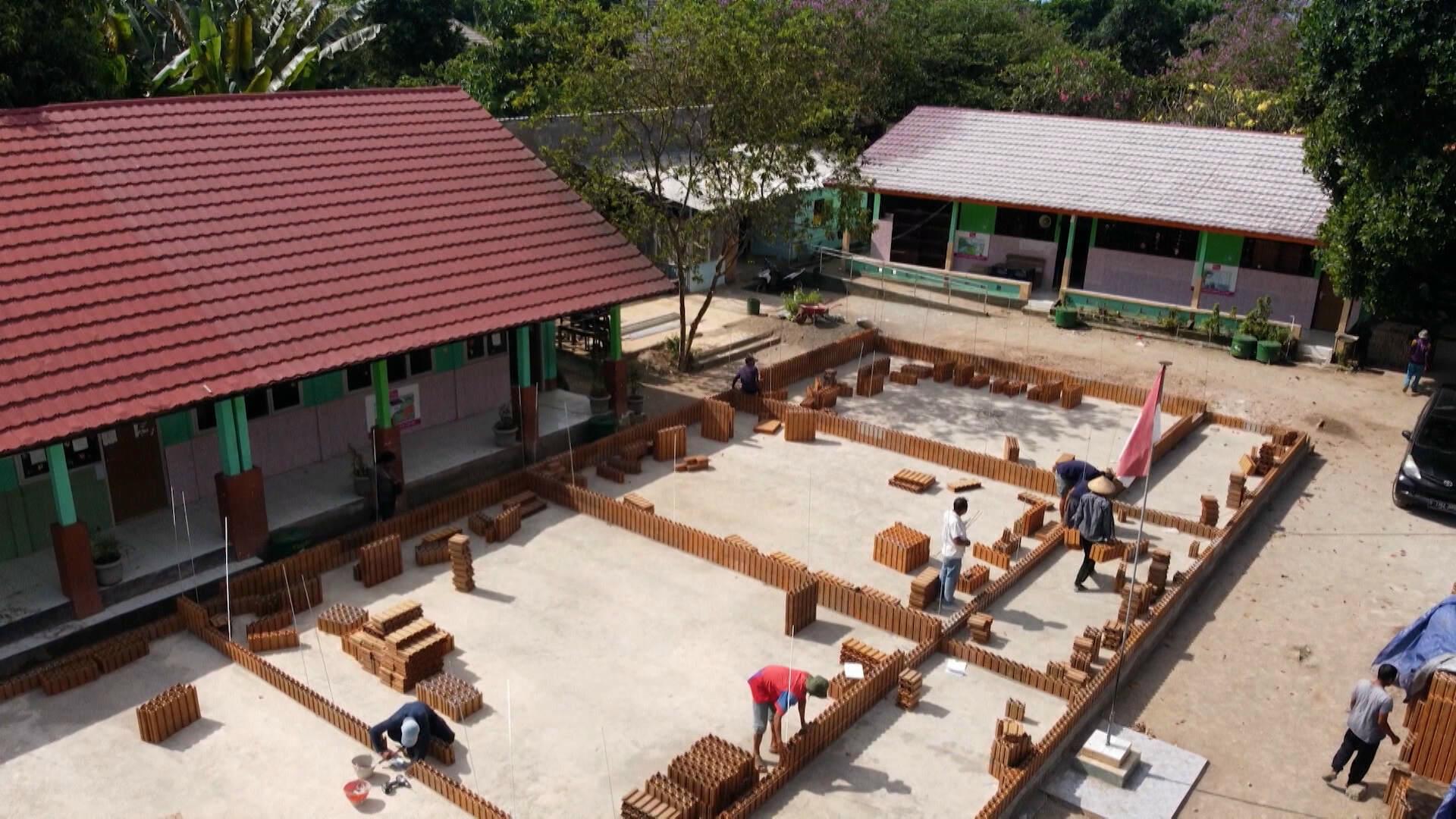

全球現有超過一半人口在城市居住,而這個趨勢仍持續上升。我們的城市已消耗全球75%的能源,是造成氣候危機的一個重要因素。城市越大,就越容易受高溫和豪雨影響。但我們可利用一些原創意念,令城市變得更環保、更宜居。
在哥倫比亞,城市規劃師正利用綠色走廊改善空氣質素,同時透過社會項目改善麥德林這個曾是販毒據點的城市的社會氛圍。
透過「系列改造」方案讓舊住宅樓宇快速廉宜地更新。可持續建築材料被用以製造備有隔溫層和窗戶的外牆構件,然後像第二層皮膚一樣安裝到舊樓宇上。用這個方法,僅在德國,每年就可以翻新650萬個住宅。
波蘭小鎮科寧卻在缺乏政府支持下推動能源轉型。他們把燃煤發電廠改造為利用生物能源發電,還建成了波蘭最大的太陽能發電廠。
印尼的龍目島曾於數年前經歷強烈地震,如今,人們利用以塑膠廢料製成的建材興建新校舍和新住宅。這種輕盈的建材給予人們安全感,同時亦把塑膠廢料循環再造。
雙語廣播:粵語/英語 (電視版)
播出時間:(首播) 2024年12月2日 星期一晚上10時30分
More than half of the world's population now lives in cities. And the trend is rising. Our cities already consume 75 percent of the energy generated worldwide and thus contribute significantly to the climate crisis. The larger the places become, the more susceptible they tend to be to heat or heavy rain. But there are original ideas we can use to make cities greener and more livable.
In Colombia, urban planners are using green corridors to improve air quality and, at the same time, social projects to improve the social climate in the former drug stronghold of Medellín.
With the "serial renovation" method, older residential buildings can be modernized quickly and inexpensively. Sustainable building materials are used to produce facade components with insulation and windows, which are then screwed onto old buildings like a second skin. Following this method, over six and a half million homes could be renovated each year in Germany alone.
The small Polish town of Konin is initiating the energy turnaround without the help of the Polish government. It is converting its coal-fired power plants to biomass and has now built Poland's largest photovoltaic plant.
On the Indonesian island of Lombok, which was hit by terrible earthquakes a few years ago, new schools and homes are being built from former plastic waste. The lightweight construction gives people more security. At the same time, plastic waste is recycled.
Bilingual: Cantonese/ English (TV Version)
Time: (First run) 2024.12.2 MON 10:30pm
https://www.rthk.hk/tv/dtt31/programme/goodnewsfromplanetearth/episode/986718
------
綠色好事 (Good News from Planet Earth)
城市蛻變 (Urban Metamorphosis)
02/12/2024











全球現有超過一半人口在城市居住,而這個趨勢仍持續上升。我們的城市已消耗全球75%的能源,是造成氣候危機的一個重要因素。城市越大,就越容易受高溫和豪雨影響。但我們可利用一些原創意念,令城市變得更環保、更宜居。
在哥倫比亞,城市規劃師正利用綠色走廊改善空氣質素,同時透過社會項目改善麥德林這個曾是販毒據點的城市的社會氛圍。
透過「系列改造」方案讓舊住宅樓宇快速廉宜地更新。可持續建築材料被用以製造備有隔溫層和窗戶的外牆構件,然後像第二層皮膚一樣安裝到舊樓宇上。用這個方法,僅在德國,每年就可以翻新650萬個住宅。
波蘭小鎮科寧卻在缺乏政府支持下推動能源轉型。他們把燃煤發電廠改造為利用生物能源發電,還建成了波蘭最大的太陽能發電廠。
印尼的龍目島曾於數年前經歷強烈地震,如今,人們利用以塑膠廢料製成的建材興建新校舍和新住宅。這種輕盈的建材給予人們安全感,同時亦把塑膠廢料循環再造。
雙語廣播:粵語/英語 (電視版)
播出時間:(首播) 2024年12月2日 星期一晚上10時30分
More than half of the world's population now lives in cities. And the trend is rising. Our cities already consume 75 percent of the energy generated worldwide and thus contribute significantly to the climate crisis. The larger the places become, the more susceptible they tend to be to heat or heavy rain. But there are original ideas we can use to make cities greener and more livable.
In Colombia, urban planners are using green corridors to improve air quality and, at the same time, social projects to improve the social climate in the former drug stronghold of Medellín.
With the "serial renovation" method, older residential buildings can be modernized quickly and inexpensively. Sustainable building materials are used to produce facade components with insulation and windows, which are then screwed onto old buildings like a second skin. Following this method, over six and a half million homes could be renovated each year in Germany alone.
The small Polish town of Konin is initiating the energy turnaround without the help of the Polish government. It is converting its coal-fired power plants to biomass and has now built Poland's largest photovoltaic plant.
On the Indonesian island of Lombok, which was hit by terrible earthquakes a few years ago, new schools and homes are being built from former plastic waste. The lightweight construction gives people more security. At the same time, plastic waste is recycled.
Bilingual: Cantonese/ English (TV Version)
Time: (First run) 2024.12.2 MON 10:30pm
https://www.rthk.hk/tv/dtt31/programme/goodnewsfromplanetearth/episode/986718
上集節目重溫時限:兩星期(尚餘一星期)
------
綠色好事 (Good News from Planet Earth)
生命復甦 (Wildlife Revival)
09/12/2024

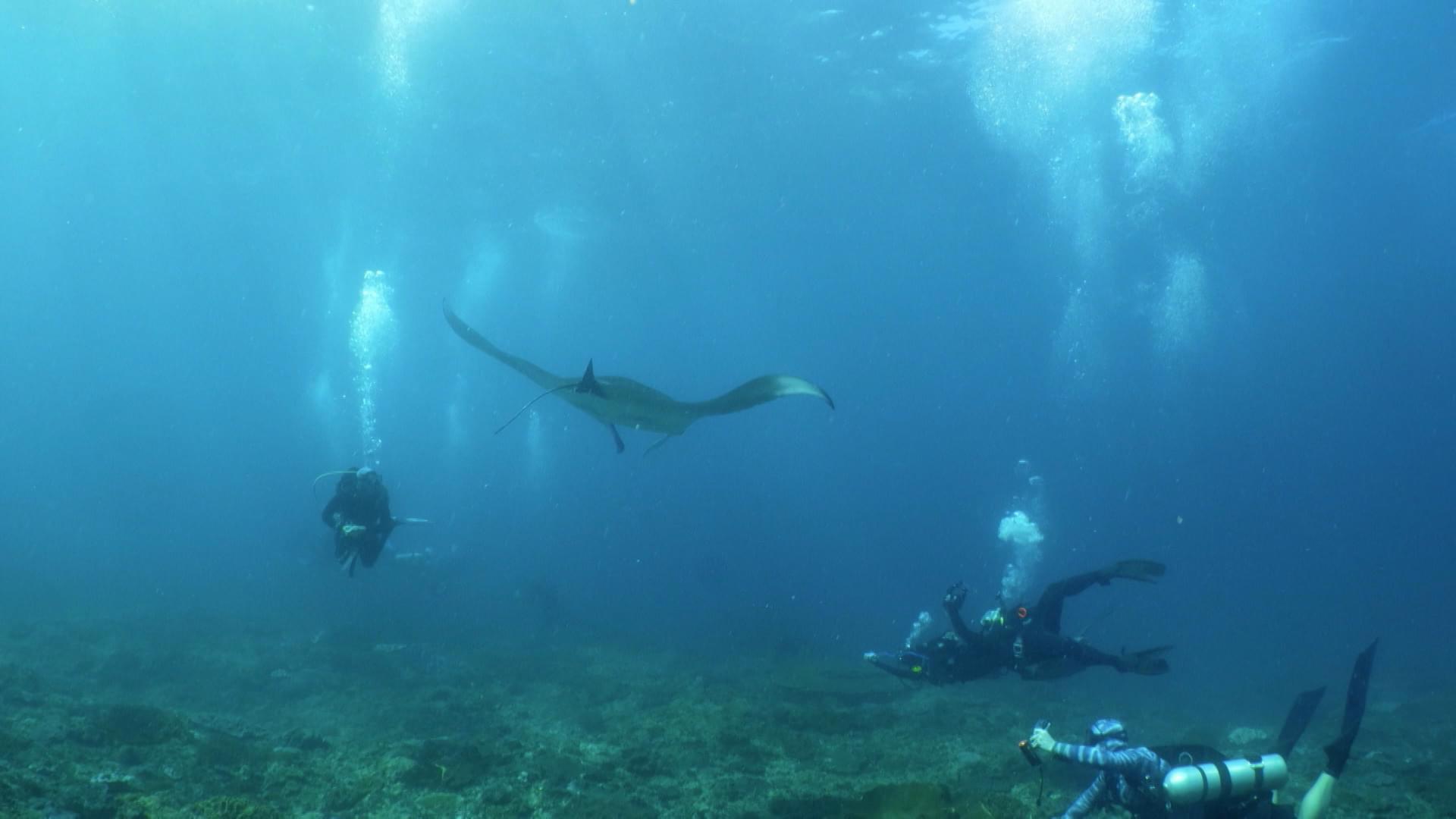
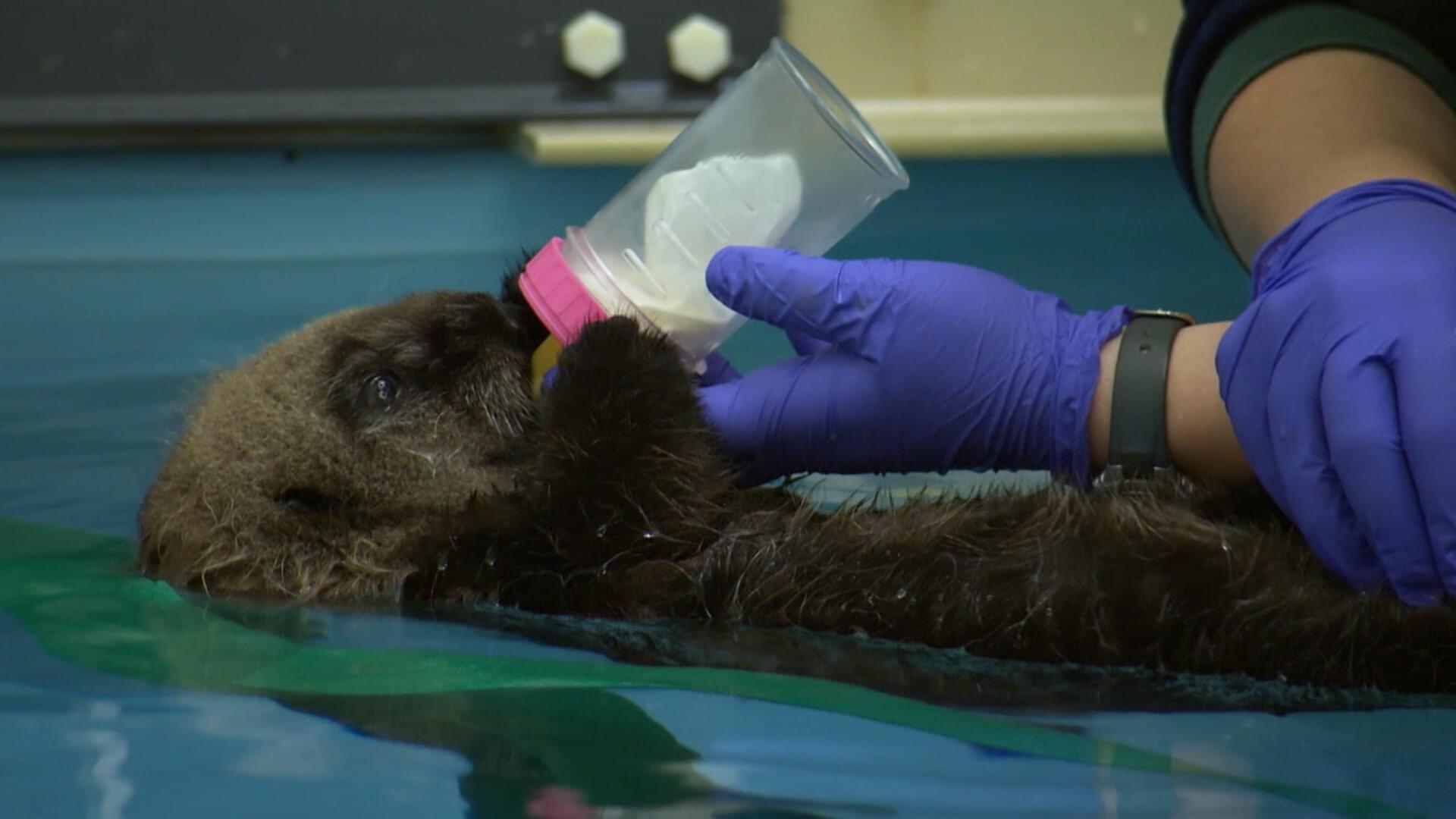

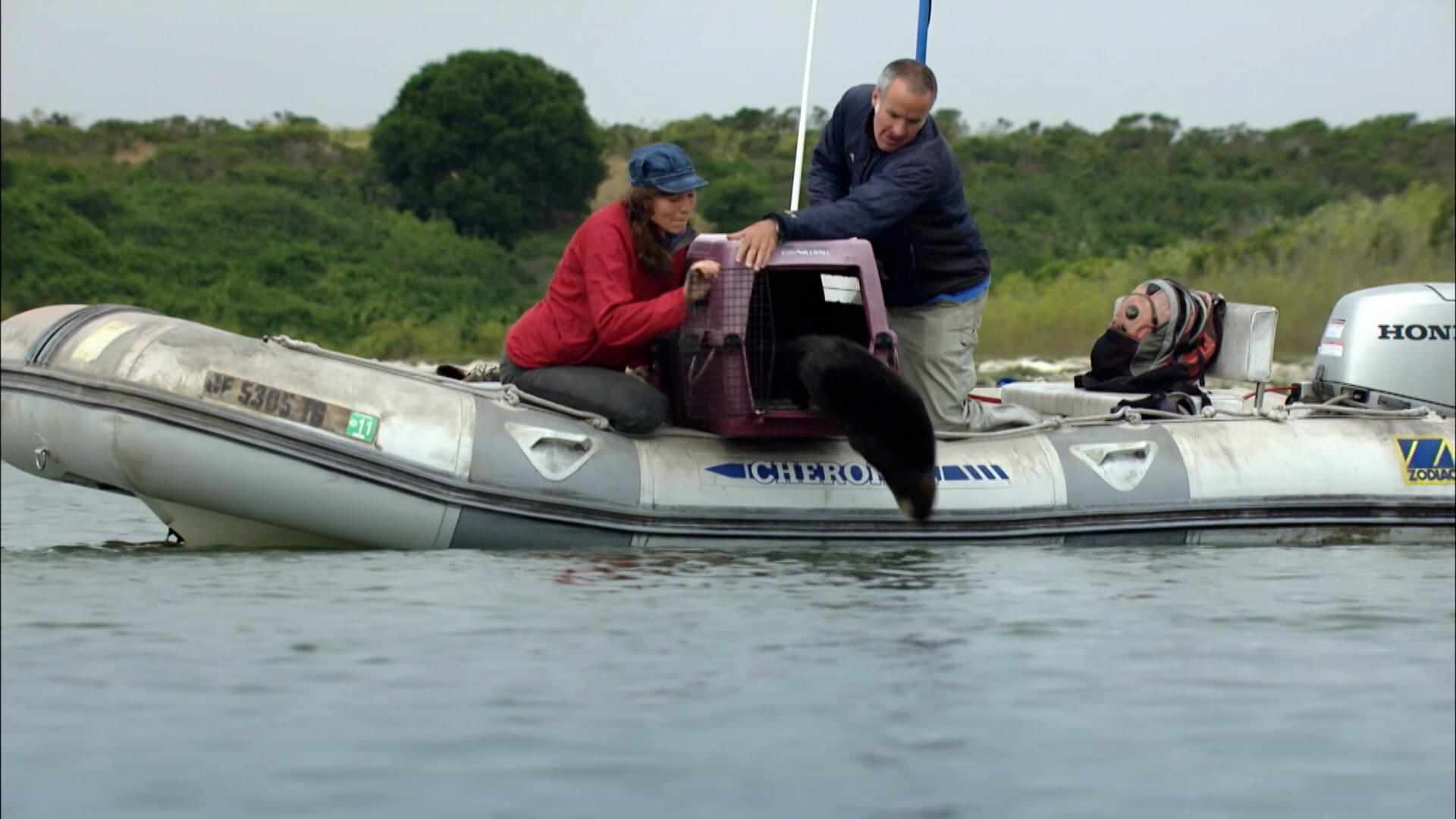


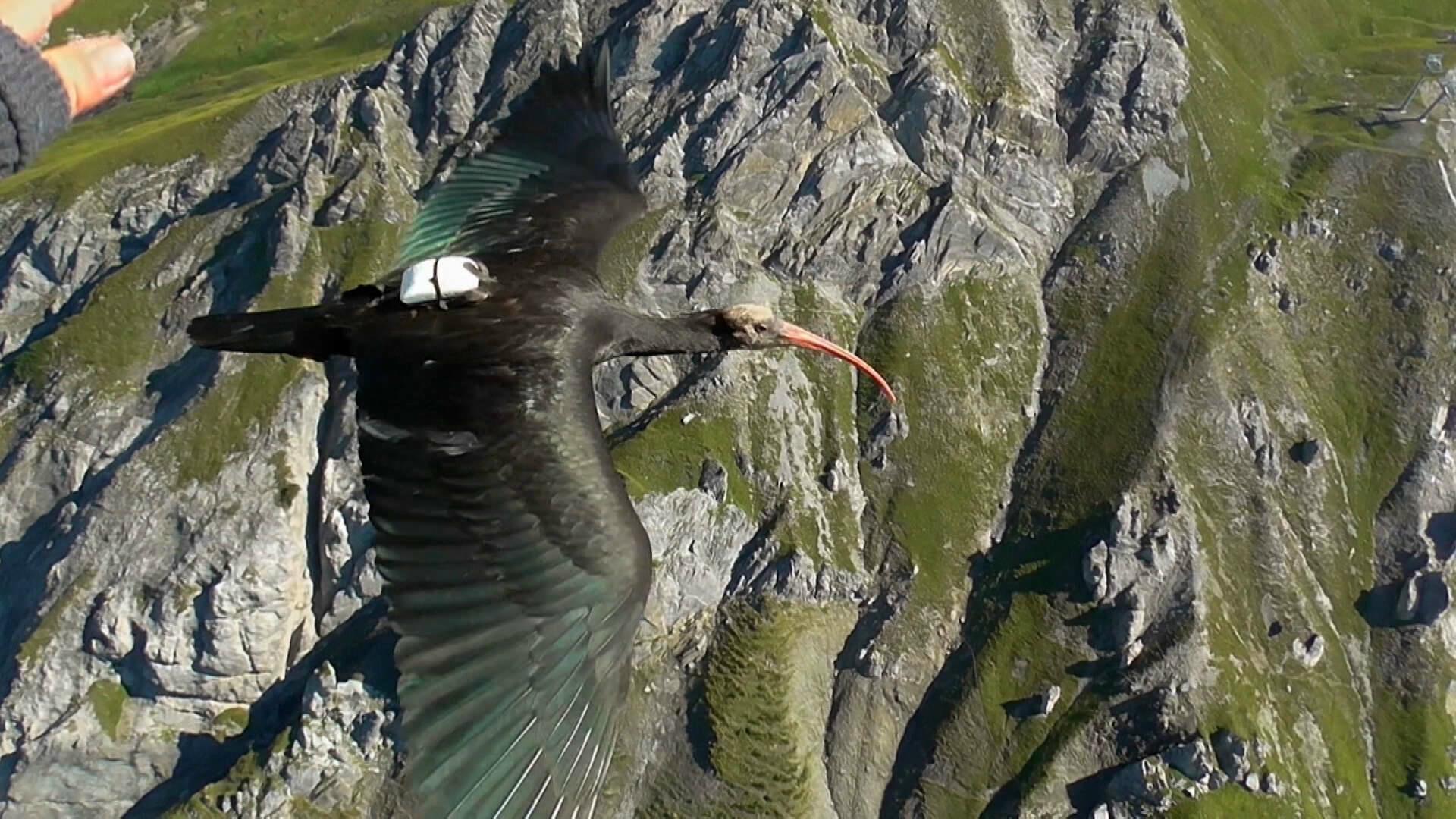
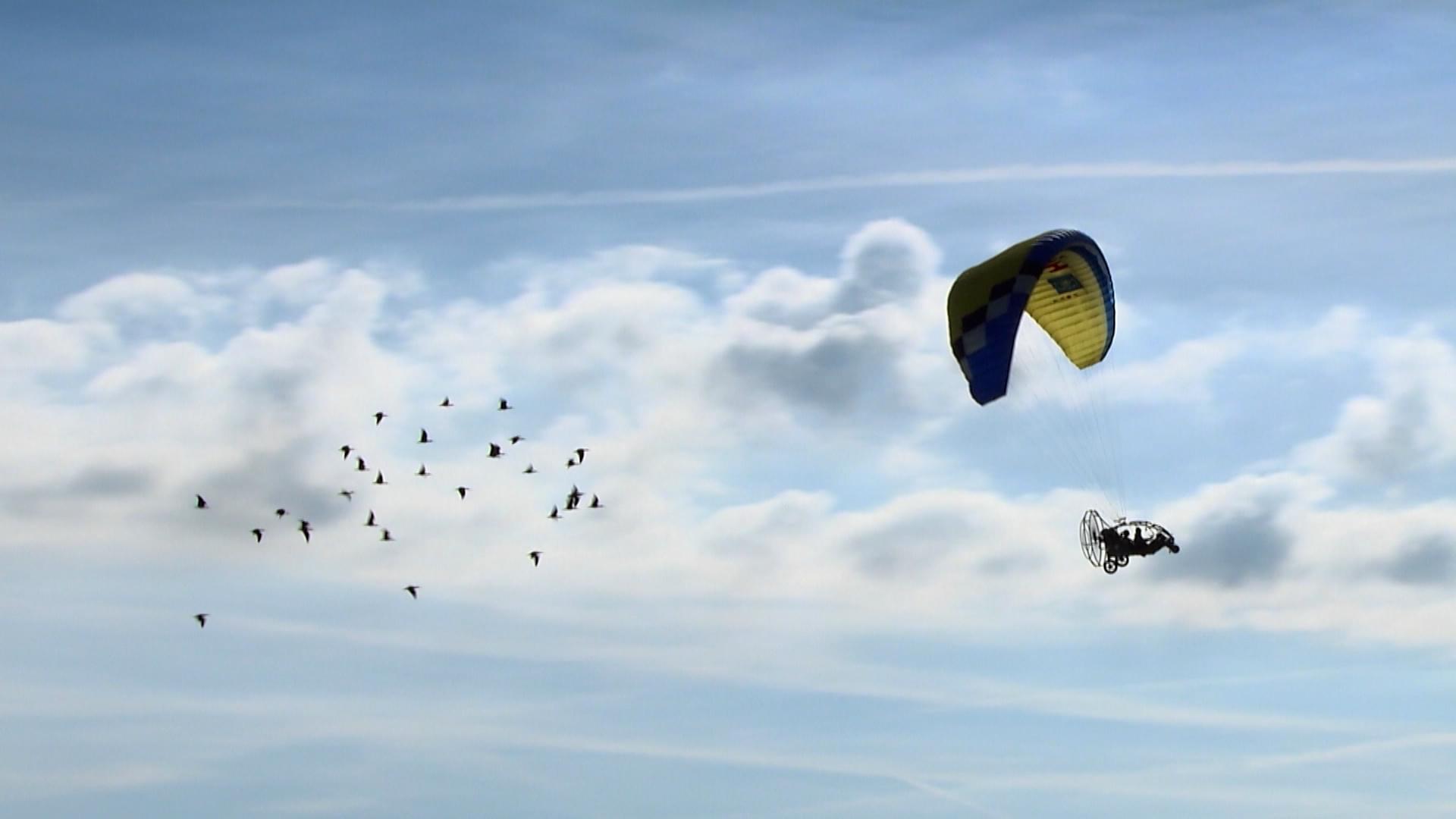
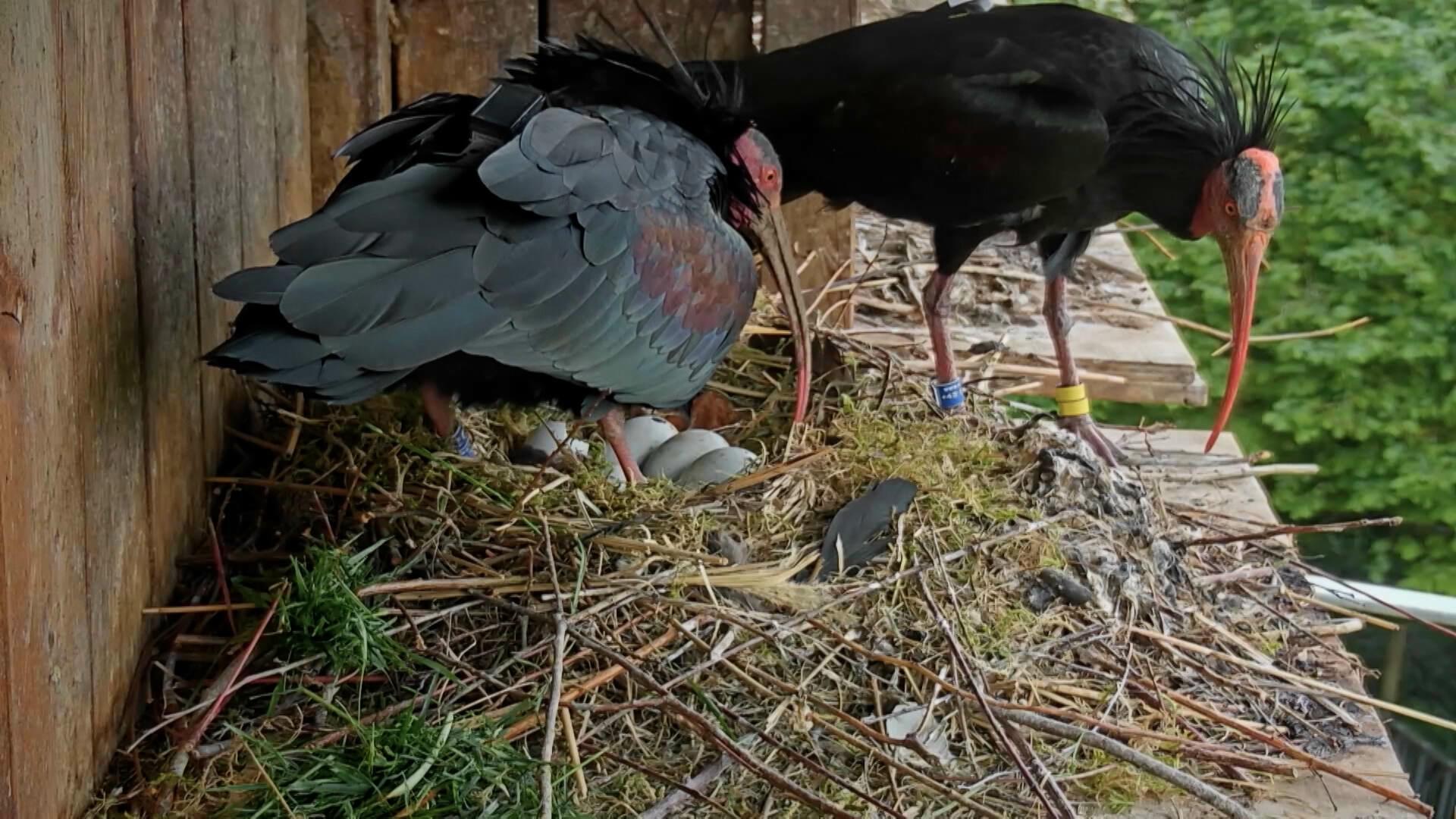


全球正面對生物多樣性都危險。每日約有150個動植物品種從地球消失。但有些人正致力保護瀕危物種,並顯示物種保育也能成功。
著名的蒙特利灣水族館已經拯救了海獺數十年。令人驚喜的是,原來保育海獺亦有助保護氣候。因為這種動物對保存加州海岸對開的密集海藻林非常重要,而海藻林則封存了大量二氧化碳。
在德國巴伐利亞,保育人士向圈養的候鳥展示向南飛的路線。他們利用輕型飛機為隱䴉領航,將牠們帶往意大利托斯卡尼過冬。如今看來,這些雀鳥已記得路線,能夠自行往返。
在巴西,農民正和保育人士合作,提供牧場,作為大西洋雨林重新造林所用。這麼做,令近乎絕種的金獅面狨得以繼續生存。
匈牙利的科學家和科隆動物園合作,把普氏野馬放回大自然。他們助這種幾乎絕種的動物復甦,同時又保護了歐洲最大片的草原。
雙語廣播:粵語/英語 (電視版)
播出時間:(首播) 2024年12月9日 星期一晚上10時30分
Biodiversity is in danger worldwide. Every day, around 150 plant and animal species alone disappear from our planet. But there are people who protect endangered species and show that species conservation can be successful.
The famous Monterey Bay Aquarium in California has been saving endangered sea otters for decades. The big surprise: it turned out that species conservation also contributes to climate protection. This is because the animals are important for the preservation of the extensive kelp forests off the coast of California - which store large amounts of carbon dioxide.
Dedicated bird conservationists in Bavaria show migratory birds born in captivity their route south. They fly ahead of the Northern Bald Ibises in a light aircraft all the way to Tuscany. It now appears that the birds have actually memorised the route and can now find their way without assistance.
In Brazil, farmers are cooperating with conservationists and making cattle pastures available for the reforestation of the Atlantic rainforest. This is extending the habitat of the almost extinct golden lion tamarin, and its future.
Scientists in Hungary have worked with the Cologne Zoo to reintroduce the Przewalski's horse to the wild. They are bringing back this almost extinct species and helping to preserve Europe's largest steppe.
Bilingual: Cantonese/ English (TV Version)
Time: (First run) 2024.12.9 MON 10:30pm
https://www.rthk.hk/tv/dtt31/programme/goodnewsfromplanetearth/episode/986720
------
綠色好事 (Good News from Planet Earth)
生命復甦 (Wildlife Revival)
09/12/2024












全球正面對生物多樣性都危險。每日約有150個動植物品種從地球消失。但有些人正致力保護瀕危物種,並顯示物種保育也能成功。
著名的蒙特利灣水族館已經拯救了海獺數十年。令人驚喜的是,原來保育海獺亦有助保護氣候。因為這種動物對保存加州海岸對開的密集海藻林非常重要,而海藻林則封存了大量二氧化碳。
在德國巴伐利亞,保育人士向圈養的候鳥展示向南飛的路線。他們利用輕型飛機為隱䴉領航,將牠們帶往意大利托斯卡尼過冬。如今看來,這些雀鳥已記得路線,能夠自行往返。
在巴西,農民正和保育人士合作,提供牧場,作為大西洋雨林重新造林所用。這麼做,令近乎絕種的金獅面狨得以繼續生存。
匈牙利的科學家和科隆動物園合作,把普氏野馬放回大自然。他們助這種幾乎絕種的動物復甦,同時又保護了歐洲最大片的草原。
雙語廣播:粵語/英語 (電視版)
播出時間:(首播) 2024年12月9日 星期一晚上10時30分
Biodiversity is in danger worldwide. Every day, around 150 plant and animal species alone disappear from our planet. But there are people who protect endangered species and show that species conservation can be successful.
The famous Monterey Bay Aquarium in California has been saving endangered sea otters for decades. The big surprise: it turned out that species conservation also contributes to climate protection. This is because the animals are important for the preservation of the extensive kelp forests off the coast of California - which store large amounts of carbon dioxide.
Dedicated bird conservationists in Bavaria show migratory birds born in captivity their route south. They fly ahead of the Northern Bald Ibises in a light aircraft all the way to Tuscany. It now appears that the birds have actually memorised the route and can now find their way without assistance.
In Brazil, farmers are cooperating with conservationists and making cattle pastures available for the reforestation of the Atlantic rainforest. This is extending the habitat of the almost extinct golden lion tamarin, and its future.
Scientists in Hungary have worked with the Cologne Zoo to reintroduce the Przewalski's horse to the wild. They are bringing back this almost extinct species and helping to preserve Europe's largest steppe.
Bilingual: Cantonese/ English (TV Version)
Time: (First run) 2024.12.9 MON 10:30pm
https://www.rthk.hk/tv/dtt31/programme/goodnewsfromplanetearth/episode/986720
上集節目重溫時限:兩星期(尚餘一星期)
------
綠色好事 (Good News from Planet Earth)
大自然的重生 (Nature's Reawakening)
16/12/2024
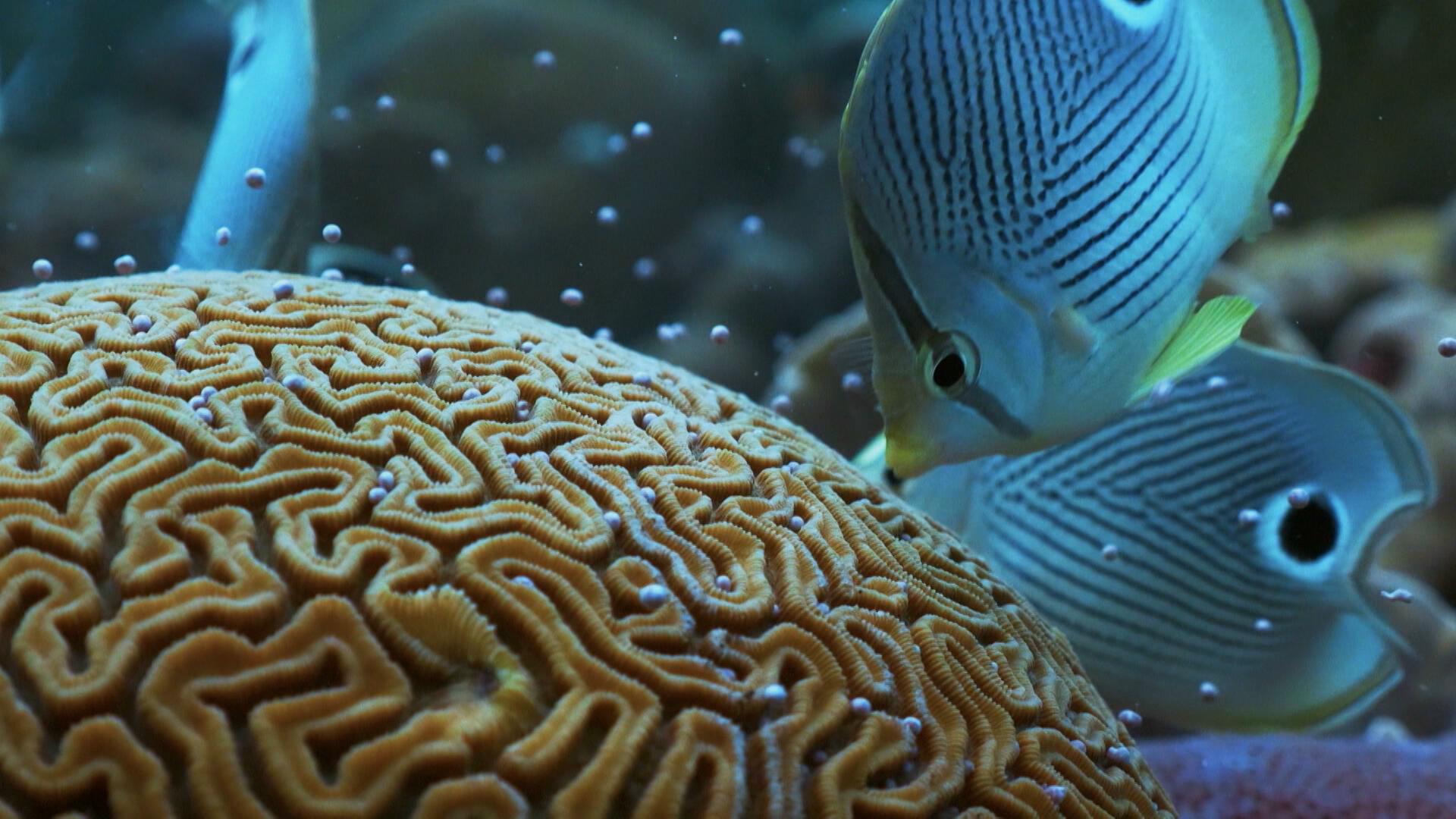
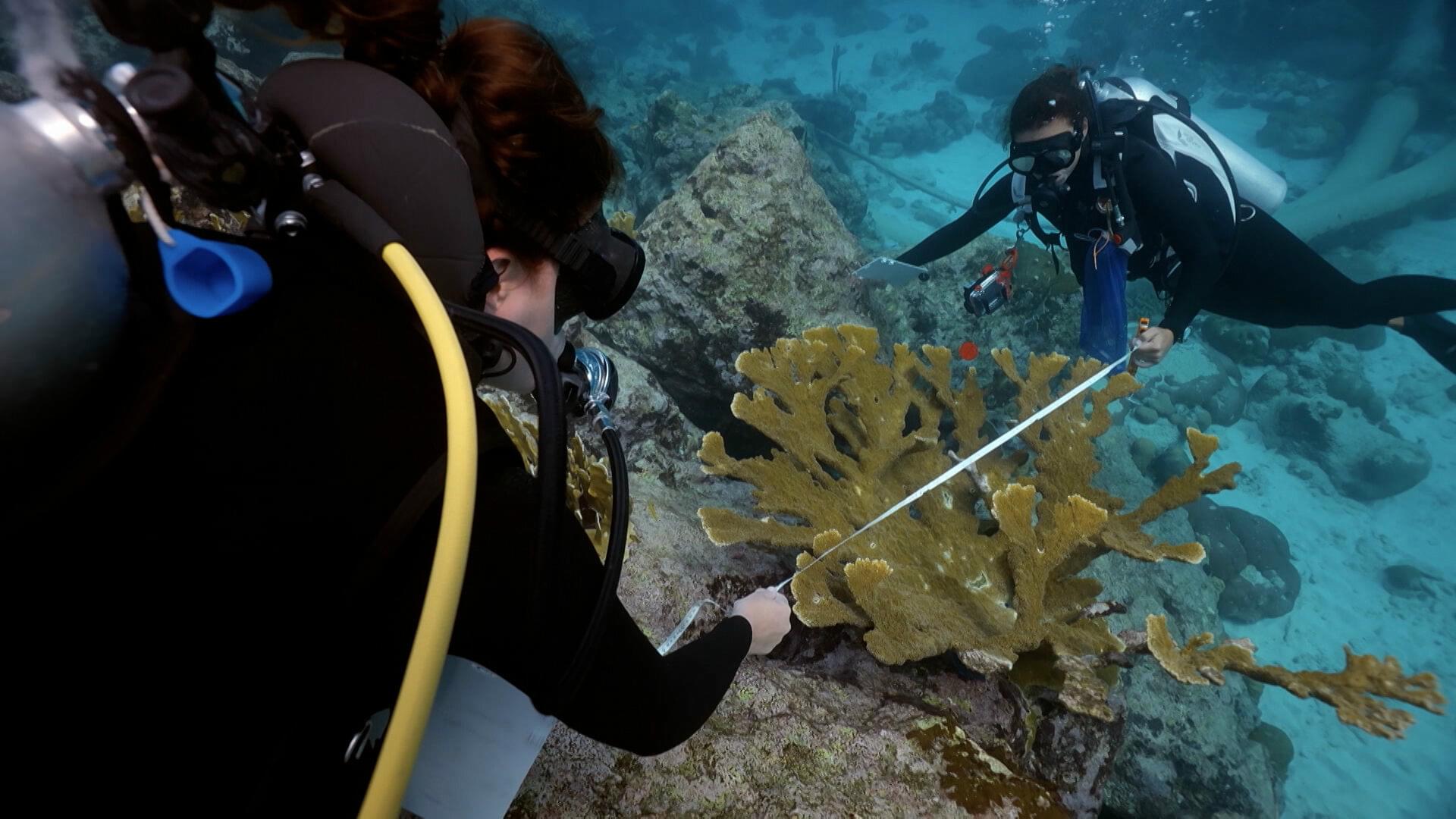

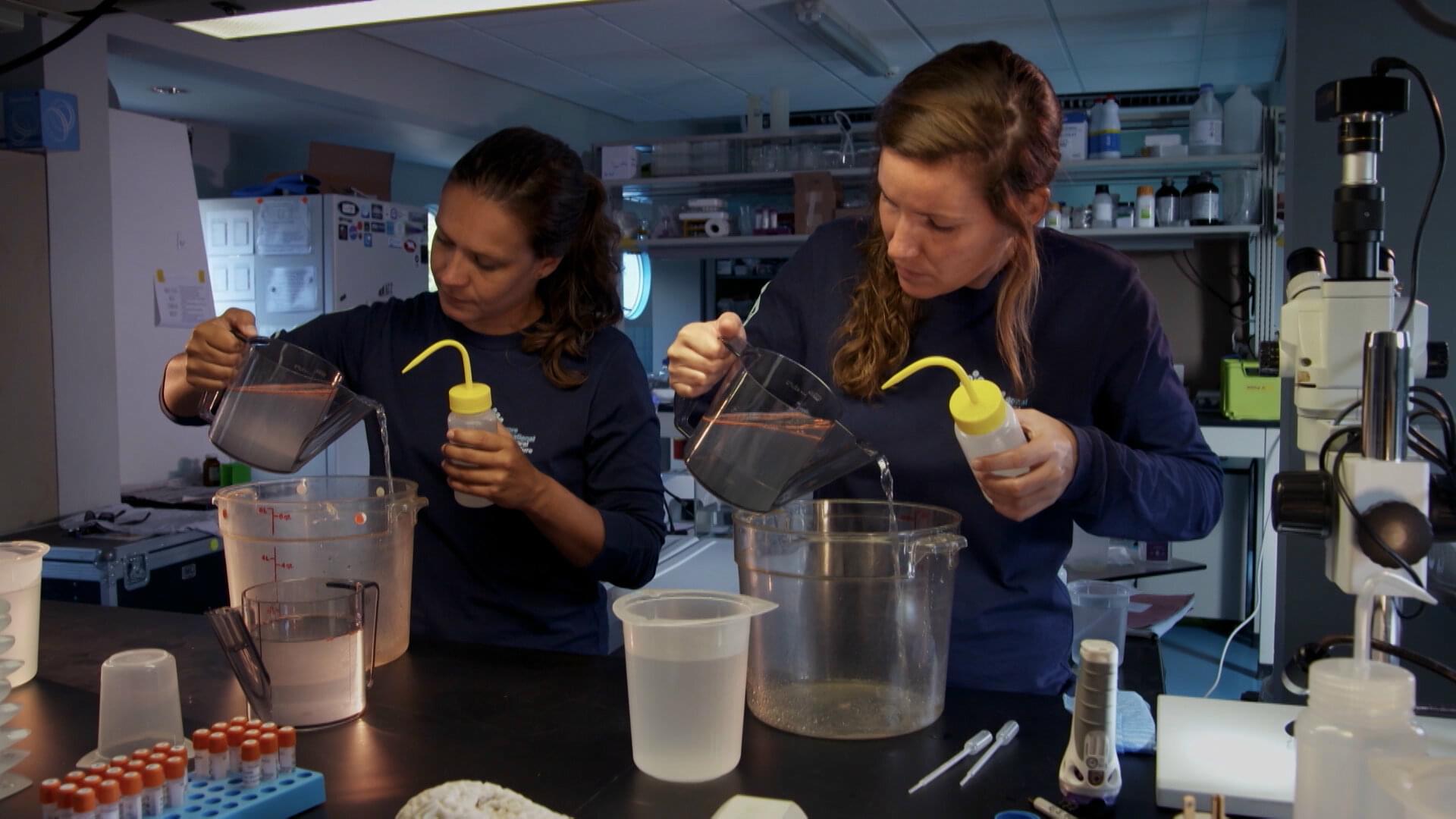
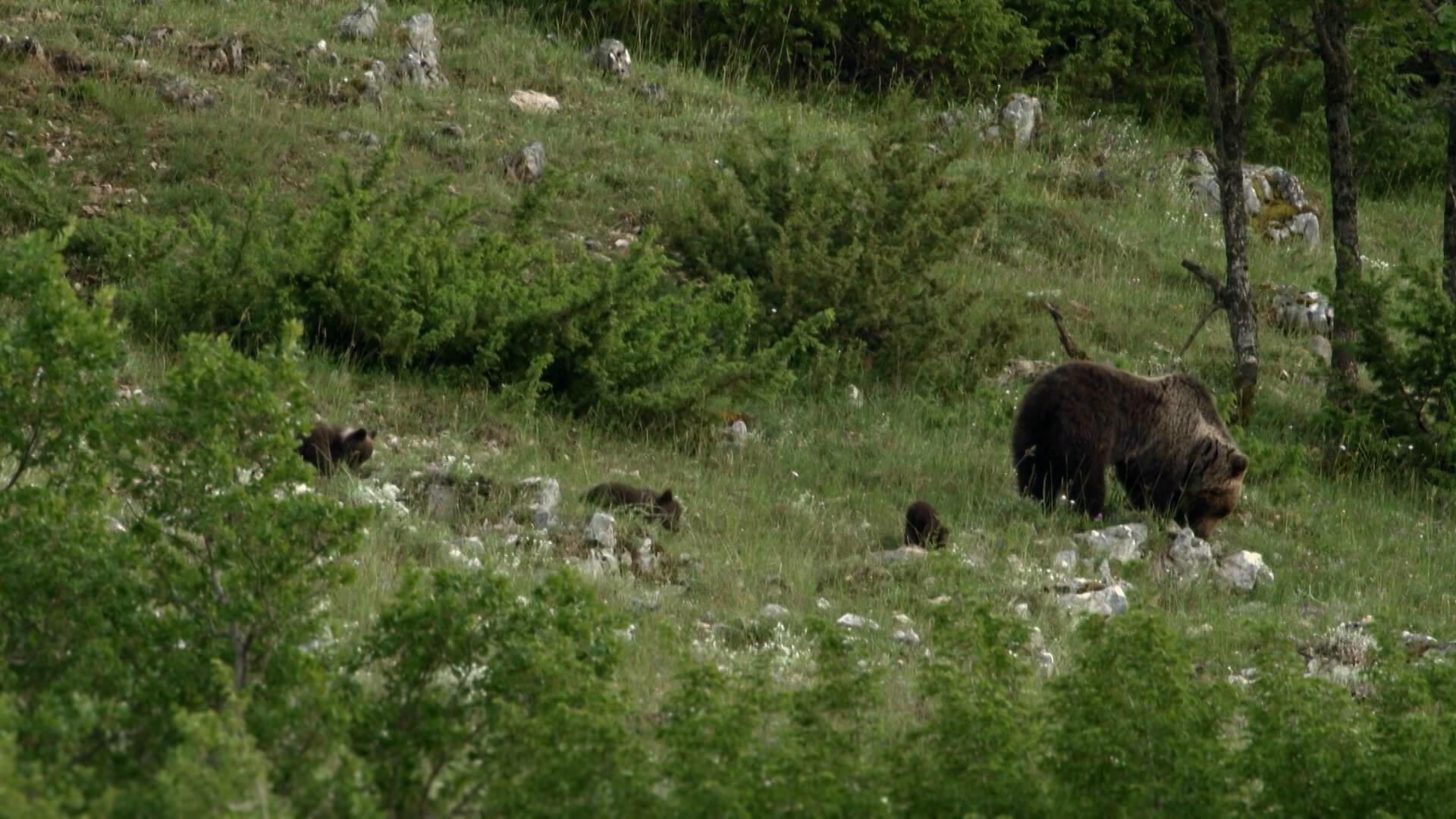
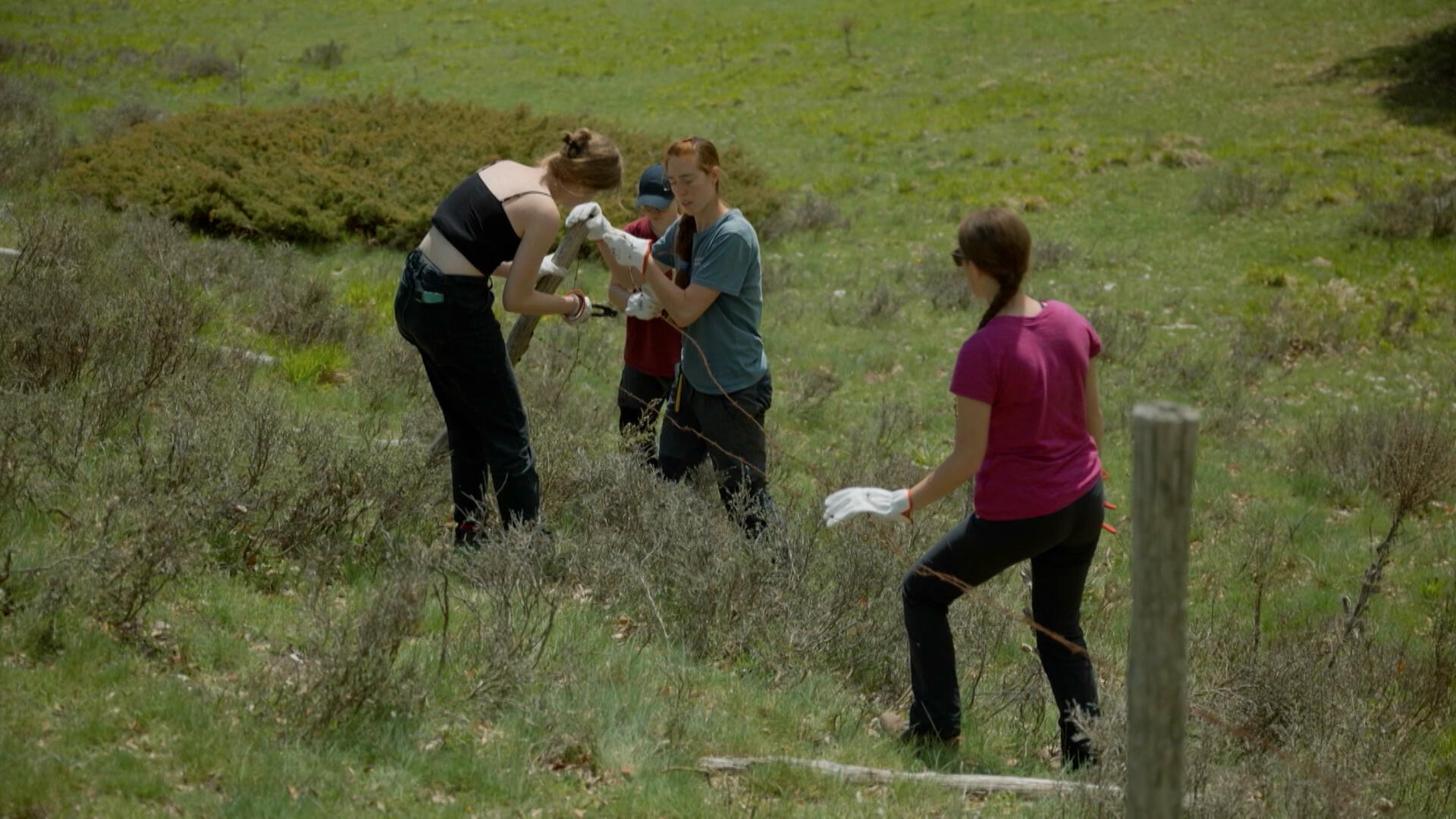
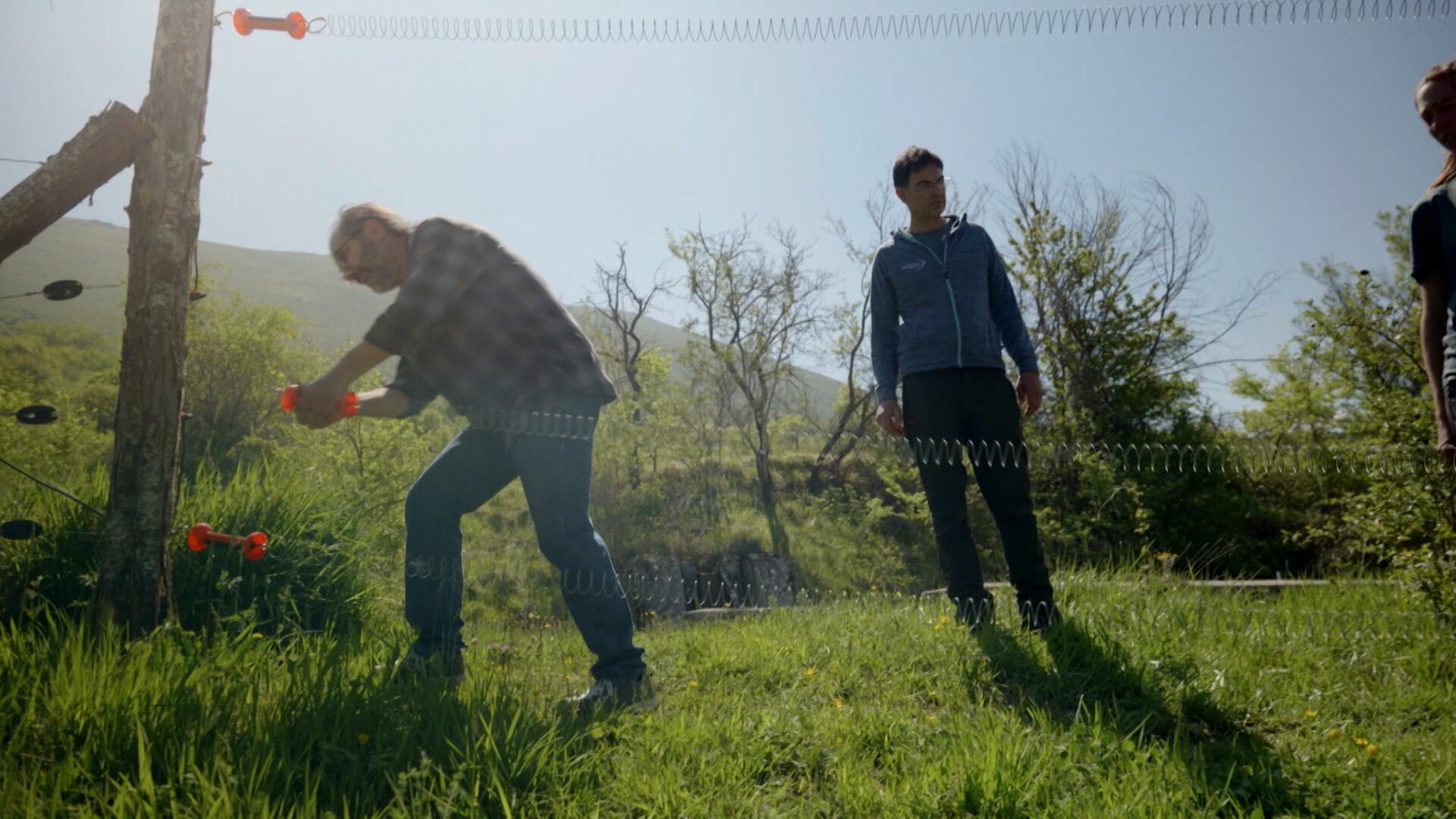
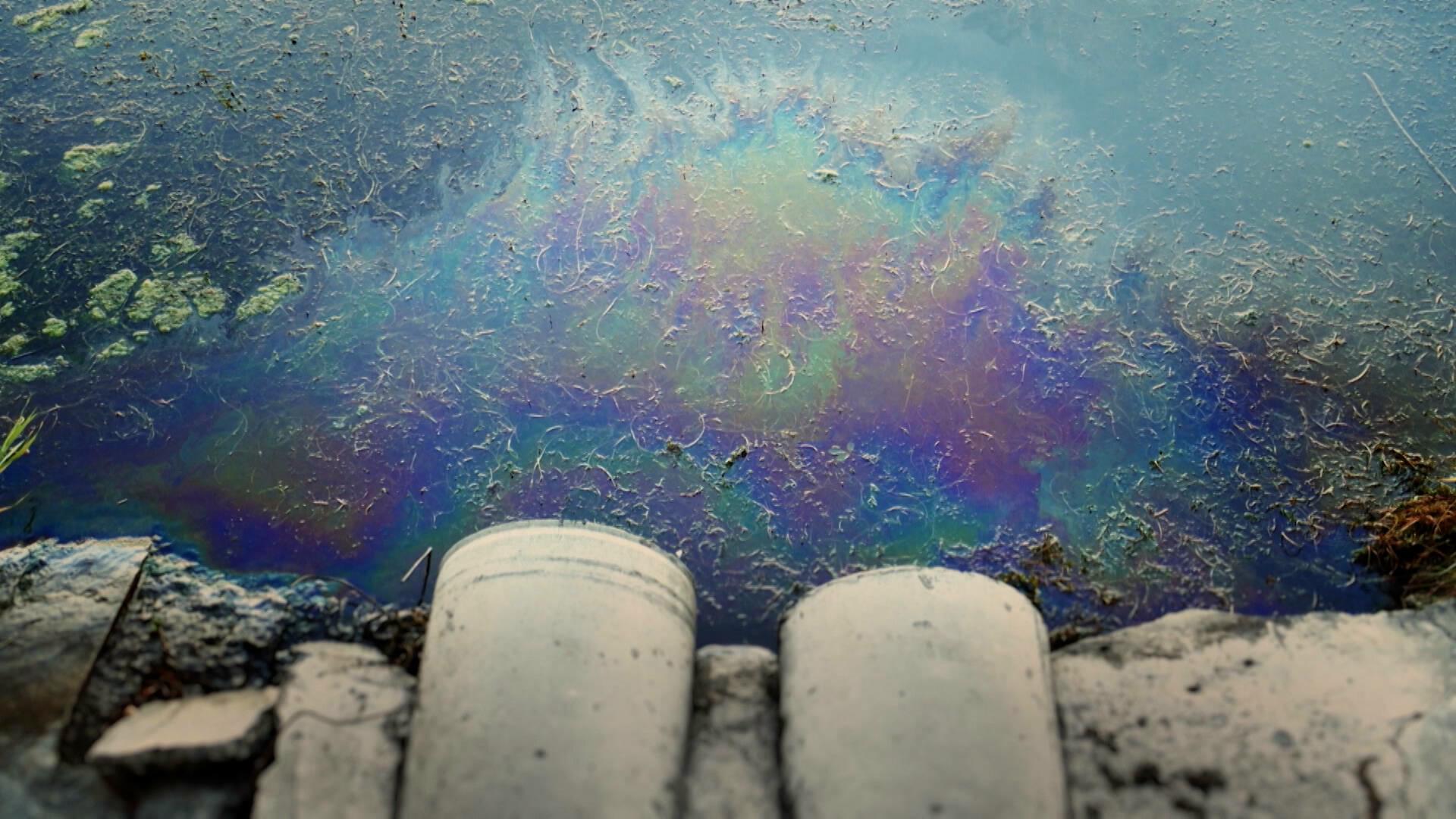
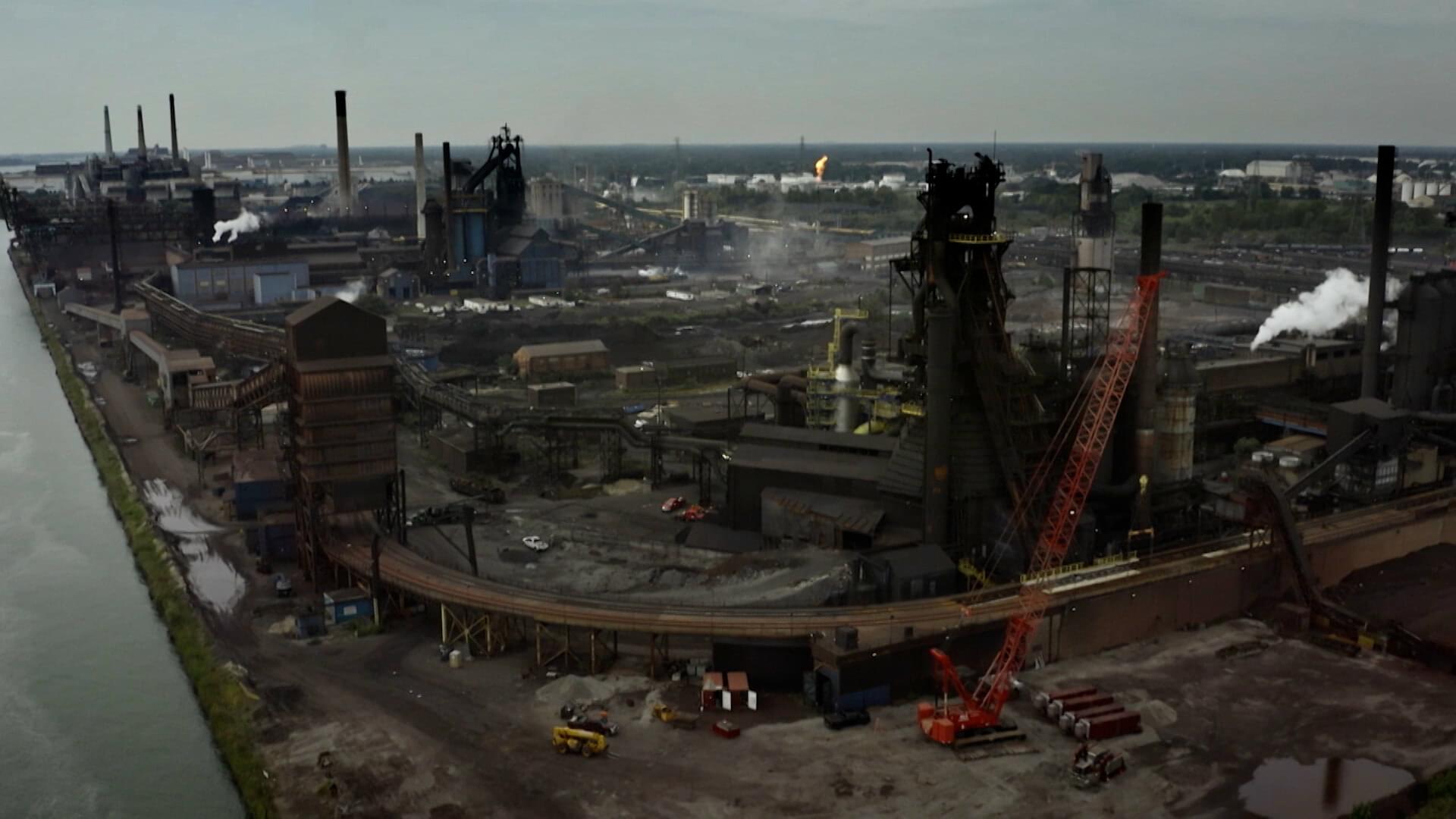
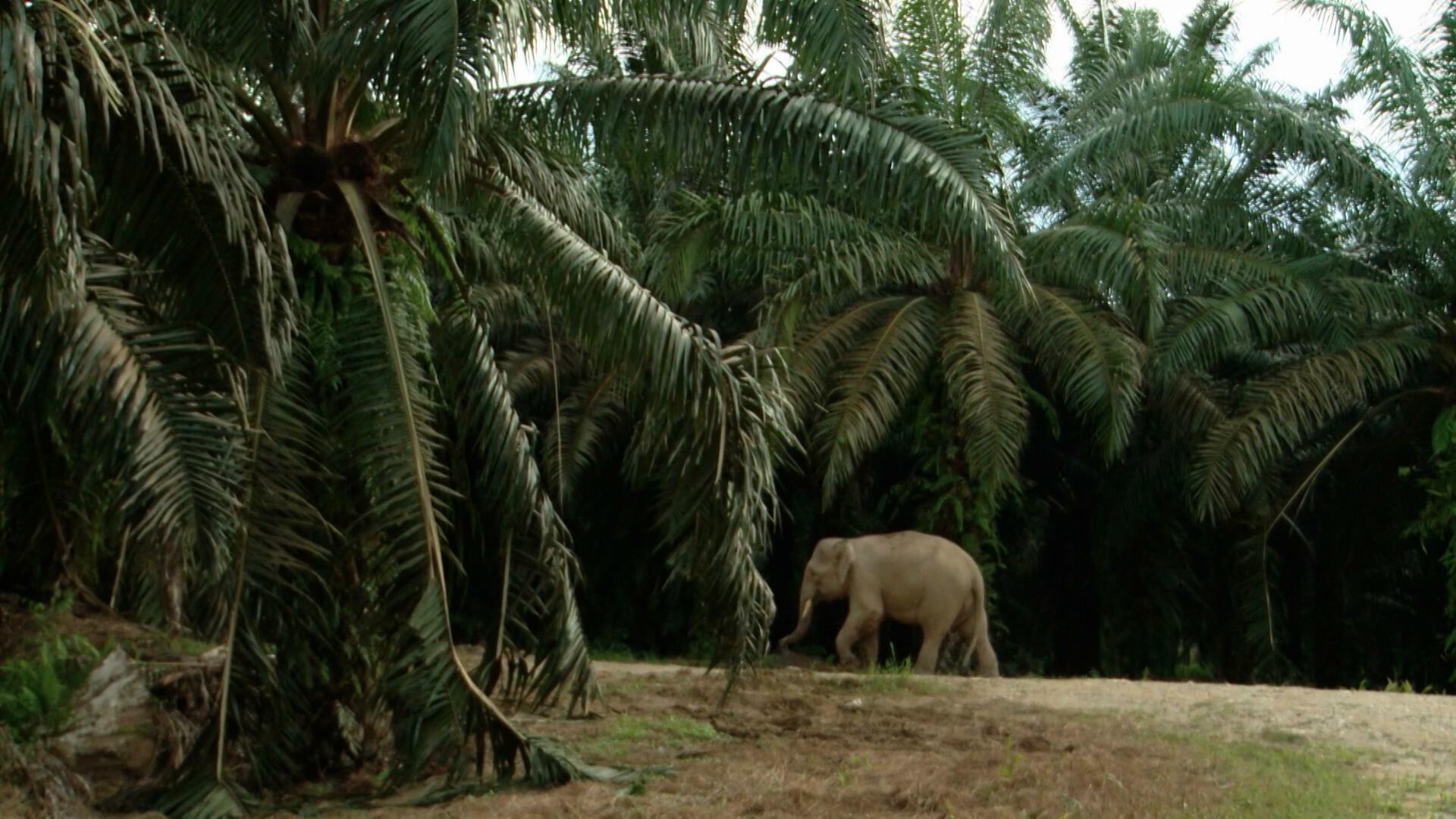

越來越大部分的大自然正被人類為了農業、採集原材料,和棄置廢料而破壞。然而,某些地方正清晰顯示,受破壞的區域未必會永遠保持原狀。保育人士正利用不尋常的方法去幫助大自然。
在法國,大自然在一個大家意想不到的地方復甦:一個廢棄的採石湖回歸大自然後,成為稀有動物的庇護所。
在意大利的鄉郊地區阿布魯佐,保育人士在往昔的牧場上建立起連接自然保育區的走廊,讓稀有的瑪斯肯棕熊能自由遊走。現在,遊客會專程來觀看棕熊,繁榮的經濟甚至吸引部分居民重回鄉郊生活。
美國環保人士的抗議行動令世上最骯髒的河流得以復甦。克利夫蘭的凱霍加河曾經充斥工業廢料,現在卻是一個國家公園的大動脈。
在加勒比海,兩名年輕研究人員繁殖對氣候變化有更強抵禦能力的珊瑚,成功對抗珊瑚滅絕。
雙語廣播:粵語/英語 (電視版)
播出時間:(首播) 2024年12月16日 星期一晚上10時30分
Nature is being pushed back and destroyed more and more by humans - for agriculture, to extract raw materials, to dump waste. In some places, however, it is becoming clear that what is broken does not have to stay that way. Conservationists are helping nature with unusual measures.
In France, nature is celebrating a comeback in a place where you wouldn't expect it: an abandoned quarry pond is being left to nature and is becoming a refuge for rare animal species.
In the Italian region of Abruzzo, activists are capitalising on the exodus of people from the countryside for the benefit of rare brown bears - corridors are being created on former cattle pastures to connect nature reserves and give the bears more freedom of movement. Tourists are now travel to see brown bears, and the economic boom is even drawing some residents back to the countryside.
Protests by environmentalists in the USA have brought one of the world's dirtiest rivers back to life: the Cuyahoga River in Cleveland was once filled in with industrial waste and even caught fire; now it is the main artery of a national park.
In the Caribbean, two young researchers are successfully fighting against global coral extinction by breeding more climate-resistant corals.
Bilingual: Cantonese/ English (TV Version)
Time: (First run) 2024.12.16 MON 10:30pm
https://www.rthk.hk/tv/dtt31/programme/goodnewsfromplanetearth/episode/986722
------
綠色好事 (Good News from Planet Earth)
大自然的重生 (Nature's Reawakening)
16/12/2024











越來越大部分的大自然正被人類為了農業、採集原材料,和棄置廢料而破壞。然而,某些地方正清晰顯示,受破壞的區域未必會永遠保持原狀。保育人士正利用不尋常的方法去幫助大自然。
在法國,大自然在一個大家意想不到的地方復甦:一個廢棄的採石湖回歸大自然後,成為稀有動物的庇護所。
在意大利的鄉郊地區阿布魯佐,保育人士在往昔的牧場上建立起連接自然保育區的走廊,讓稀有的瑪斯肯棕熊能自由遊走。現在,遊客會專程來觀看棕熊,繁榮的經濟甚至吸引部分居民重回鄉郊生活。
美國環保人士的抗議行動令世上最骯髒的河流得以復甦。克利夫蘭的凱霍加河曾經充斥工業廢料,現在卻是一個國家公園的大動脈。
在加勒比海,兩名年輕研究人員繁殖對氣候變化有更強抵禦能力的珊瑚,成功對抗珊瑚滅絕。
雙語廣播:粵語/英語 (電視版)
播出時間:(首播) 2024年12月16日 星期一晚上10時30分
Nature is being pushed back and destroyed more and more by humans - for agriculture, to extract raw materials, to dump waste. In some places, however, it is becoming clear that what is broken does not have to stay that way. Conservationists are helping nature with unusual measures.
In France, nature is celebrating a comeback in a place where you wouldn't expect it: an abandoned quarry pond is being left to nature and is becoming a refuge for rare animal species.
In the Italian region of Abruzzo, activists are capitalising on the exodus of people from the countryside for the benefit of rare brown bears - corridors are being created on former cattle pastures to connect nature reserves and give the bears more freedom of movement. Tourists are now travel to see brown bears, and the economic boom is even drawing some residents back to the countryside.
Protests by environmentalists in the USA have brought one of the world's dirtiest rivers back to life: the Cuyahoga River in Cleveland was once filled in with industrial waste and even caught fire; now it is the main artery of a national park.
In the Caribbean, two young researchers are successfully fighting against global coral extinction by breeding more climate-resistant corals.
Bilingual: Cantonese/ English (TV Version)
Time: (First run) 2024.12.16 MON 10:30pm
https://www.rthk.hk/tv/dtt31/programme/goodnewsfromplanetearth/episode/986722
上集節目重溫時限:兩星期(尚餘一星期)
------
https://www.autentic.com/69/pid/1706/The-Green-Energy-Revolution-%E2%80%93-A-Race-against-Time-.htm
世界正面臨着自工業化以來最重大的變革:遠離石油、煤炭和天然氣等化石燃料。 遠離化石燃料是一個巨大的挑戰。氣候變遷對人類在地球上生活及繁榮造成威脅。我們目前依賴的能源體系需要完全被替代。世界正在與時間賽跑。一個與自然和諧的再生能源體系是否能令地球更加穩定?再生能源不但超越傳統能源體系,還可以更加經濟實惠嗎?我們深入了解一下這場競賽中的關鍵要素,和在最前線的變革思想,一窺這種轉變如何變為現實。
The world is facing the greatest change since industrialisation: a shift away from fossil fuels such as oil, coal and gas.
The challenge is gigantic. Climate change threatens our lives and our prosperity on planet Earth. The current energy system on which our lives and our economy are based needs to be replaced, in its entirety. The world is in a race against time. Could a regenerative energy system in harmony with nature stabilise our planet and, in the end, be not only ecologically superior to the old system, but also cheaper? We show the elements and the minds that are at the "front line" in this race to show how this transformation can become reality.
綠能革命:與時競賽 (The Green Energy Revolution - A Race Against Time)
上集 (Volume 1)
30/12/2024
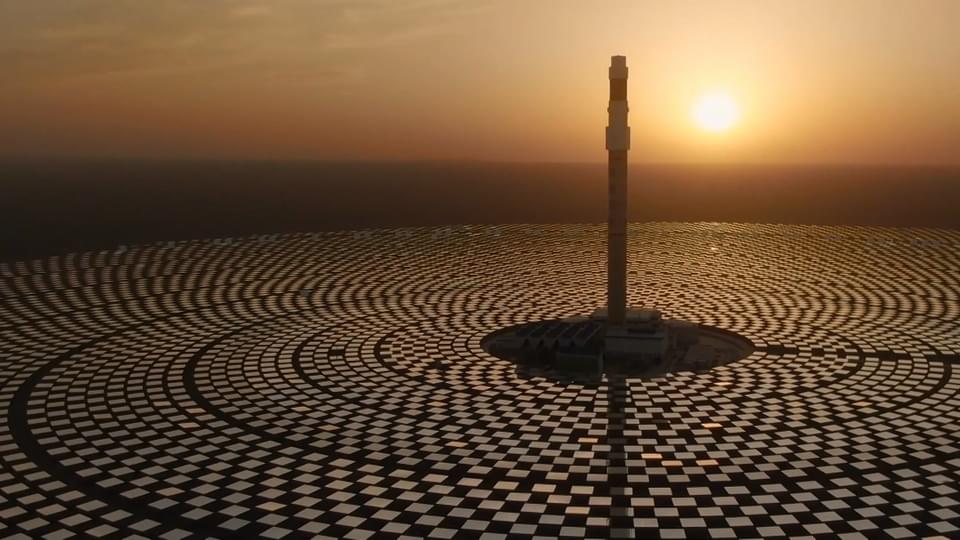
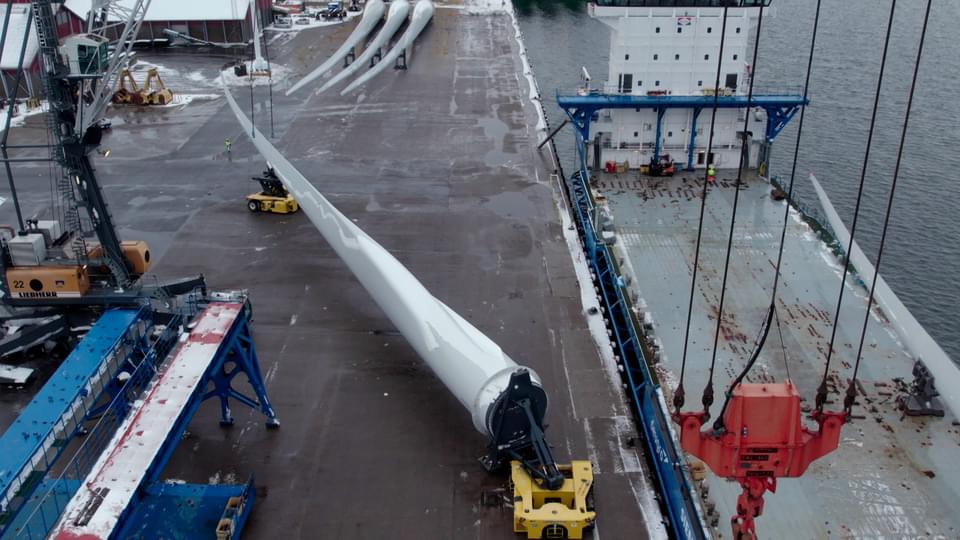

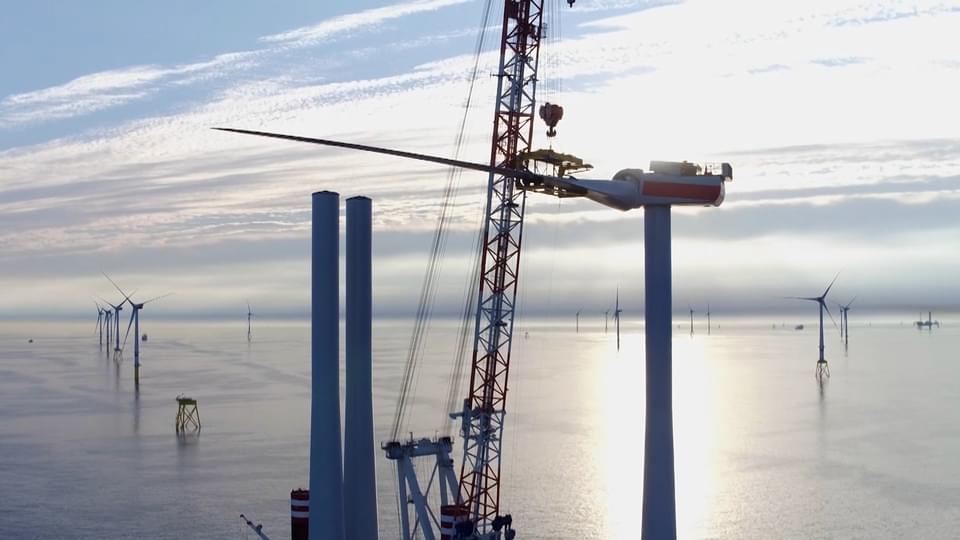
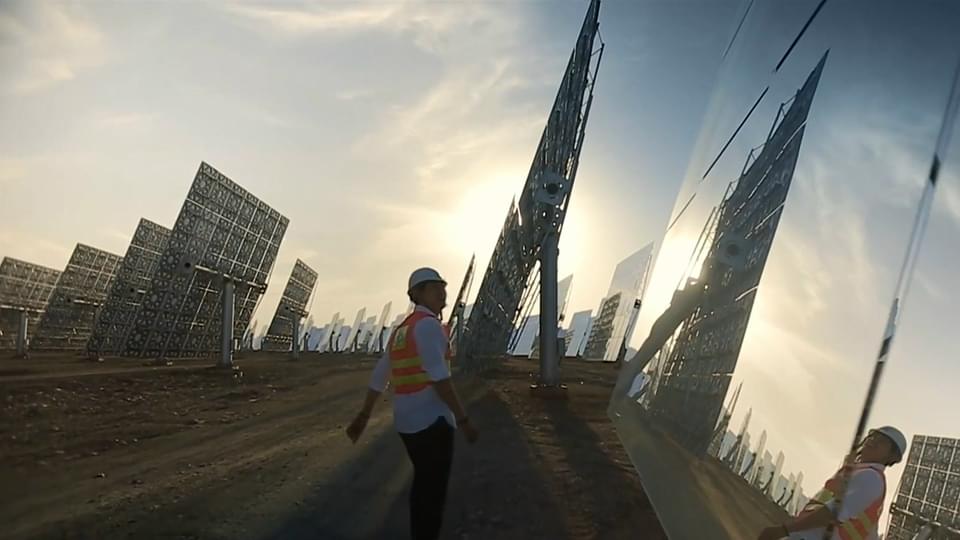
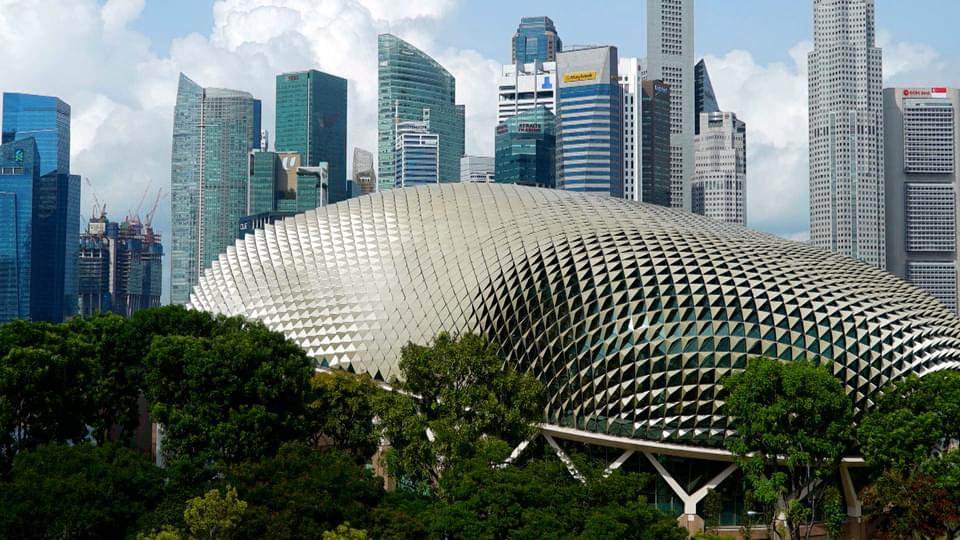

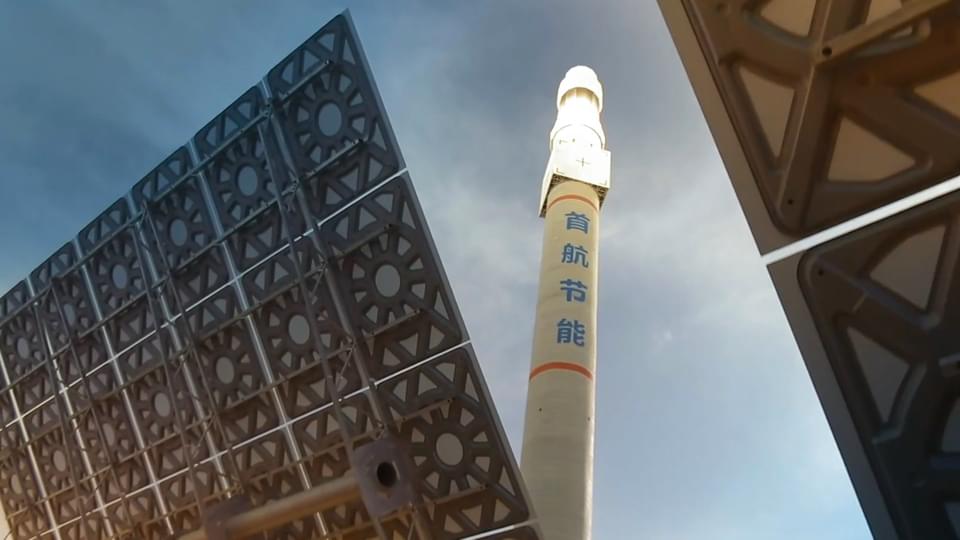
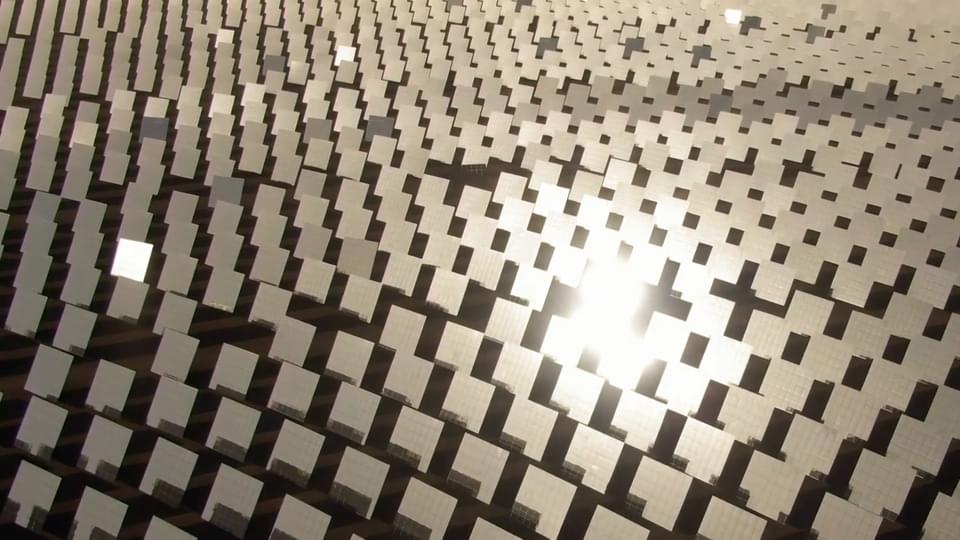
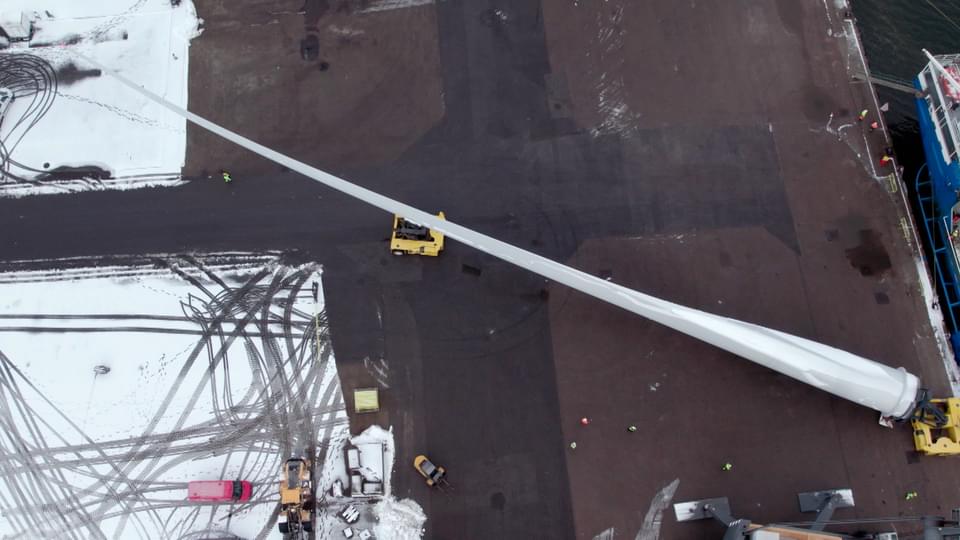
從伊爾梅瑙到加州的創新。
攝製隊前往未來可能成為可再生能源的地點,如北海的離岸風電場和西班牙的太陽能發電場。為了以可持續且經濟的方式滿足能源需求,伊爾梅瑙科技大學的研究人員正與加州理工學院合作,開發高科技材料,提高可再生能源的效率與成本效益。
Innovations from Ilmenau to California.
This documentary explores whether we can provide enough green energy for the entire world, traveling to locations like gigantic offshore wind farms in the North Sea and state-of-the-art solar fields in Spain, which could supply all of Europe with electricity. To meet the rising energy demand sustainably and affordably, researchers at the Ilmenau University of Technology in Thuringia are collaborating with a team from the California Institute of Technology to develop high-tech materials that will make renewable energies more efficient and cheaper than fossil fuels.
https://www.rthk.hk/tv/dtt31/programme/greenenergyrevolution2024/episode/994206
------
Facebook post:
【未來能源短決問題能解決到嗎🧐?】
攝製隊前往未來可能成為 #可再生能源 嘅地點:北海嘅離岸風電場🍃,以及西班牙嘅太陽能發電場☀。為咗可持續以經濟方式滿足能源需求,伊爾梅瑙科技大學研究人員正同加州理工學院合作,開發高科技材料,提高可再生能源嘅效率同成本效益。研發成果到底係點?
This documentary explores whether we can provide enough #green #energy for the world, visiting large offshore wind farms in the North Sea and solar fields in Spain. Researchers at Ilmenau University of Technology and the California Institute of Technology are collaborating to develop high-tech materials that will make renewable energy more efficient and cheaper than fossil fuels.
====================
《綠能革命》“The Green Energy Revolution”
🕥 星期一 | Mon | 10:30pm
🖥️ #港台電視31 #RTHKTV31(雙語廣播:粵語/英語)
🌐 rthk.hk/tv/dtt31/programme/greenenergyrevolution2024
#遠離石油 #綠能革命 #與時競賽 #化石燃料 #再生能源 #香港電台 #RTHK
https://www.facebook.com/100064855171507/photos/1017413757097121/
------
https://www.autentic.com/69/pid/1706/The-Green-Energy-Revolution-%E2%80%93-A-Race-against-Time-.htm
世界正面臨着自工業化以來最重大的變革:遠離石油、煤炭和天然氣等化石燃料。 遠離化石燃料是一個巨大的挑戰。氣候變遷對人類在地球上生活及繁榮造成威脅。我們目前依賴的能源體系需要完全被替代。世界正在與時間賽跑。一個與自然和諧的再生能源體系是否能令地球更加穩定?再生能源不但超越傳統能源體系,還可以更加經濟實惠嗎?我們深入了解一下這場競賽中的關鍵要素,和在最前線的變革思想,一窺這種轉變如何變為現實。
The world is facing the greatest change since industrialisation: a shift away from fossil fuels such as oil, coal and gas.
The challenge is gigantic. Climate change threatens our lives and our prosperity on planet Earth. The current energy system on which our lives and our economy are based needs to be replaced, in its entirety. The world is in a race against time. Could a regenerative energy system in harmony with nature stabilise our planet and, in the end, be not only ecologically superior to the old system, but also cheaper? We show the elements and the minds that are at the "front line" in this race to show how this transformation can become reality.
綠能革命:與時競賽 (The Green Energy Revolution - A Race Against Time)
上集 (Volume 1)
30/12/2024










從伊爾梅瑙到加州的創新。
攝製隊前往未來可能成為可再生能源的地點,如北海的離岸風電場和西班牙的太陽能發電場。為了以可持續且經濟的方式滿足能源需求,伊爾梅瑙科技大學的研究人員正與加州理工學院合作,開發高科技材料,提高可再生能源的效率與成本效益。
Innovations from Ilmenau to California.
This documentary explores whether we can provide enough green energy for the entire world, traveling to locations like gigantic offshore wind farms in the North Sea and state-of-the-art solar fields in Spain, which could supply all of Europe with electricity. To meet the rising energy demand sustainably and affordably, researchers at the Ilmenau University of Technology in Thuringia are collaborating with a team from the California Institute of Technology to develop high-tech materials that will make renewable energies more efficient and cheaper than fossil fuels.
https://www.rthk.hk/tv/dtt31/programme/greenenergyrevolution2024/episode/994206
------
Facebook post:
【未來能源短決問題能解決到嗎🧐?】
攝製隊前往未來可能成為 #可再生能源 嘅地點:北海嘅離岸風電場🍃,以及西班牙嘅太陽能發電場☀。為咗可持續以經濟方式滿足能源需求,伊爾梅瑙科技大學研究人員正同加州理工學院合作,開發高科技材料,提高可再生能源嘅效率同成本效益。研發成果到底係點?
This documentary explores whether we can provide enough #green #energy for the world, visiting large offshore wind farms in the North Sea and solar fields in Spain. Researchers at Ilmenau University of Technology and the California Institute of Technology are collaborating to develop high-tech materials that will make renewable energy more efficient and cheaper than fossil fuels.
====================
《綠能革命》“The Green Energy Revolution”
🕥 星期一 | Mon | 10:30pm
🖥️ #港台電視31 #RTHKTV31(雙語廣播:粵語/英語)
🌐 rthk.hk/tv/dtt31/programme/greenenergyrevolution2024
#遠離石油 #綠能革命 #與時競賽 #化石燃料 #再生能源 #香港電台 #RTHK
https://www.facebook.com/100064855171507/photos/1017413757097121/
上集節目重溫時限:一個月
------
綠能革命:與時競賽 (The Green Energy Revolution - A Race Against Time)
下集 (Volume 2)
06/01/2025
別再等待,立即行動。
今集節目會探討實現技術可能性所需的步驟,造訪美國和巴伐利亞的兩個對比地點,這些地方已完全轉向可再生能源,並因此獲得更多財務資源。這些例子展示了全球能源轉型的現有解決方案,同時強調未來面臨的挑戰,並強調創新者和決策者在推動變革中的重要作用。
Don't wait, just do it
The second part of the documentary explores what needs to happen to realize technical possibilities. It visits two contrasting locations in the USA and Bavaria, both of which have fully transitioned to renewable energy and now enjoy greater financial resources. These examples highlight existing solutions for a global energy transition while also addressing the challenges ahead. The film emphasizes the importance of action from both innovators and decision-makers to drive this change forward today.
https://www.rthk.hk/tv/dtt31/programme/greenenergyrevolution2024/episode/994207
------
綠能革命:與時競賽 (The Green Energy Revolution - A Race Against Time)
下集 (Volume 2)
06/01/2025
別再等待,立即行動。
今集節目會探討實現技術可能性所需的步驟,造訪美國和巴伐利亞的兩個對比地點,這些地方已完全轉向可再生能源,並因此獲得更多財務資源。這些例子展示了全球能源轉型的現有解決方案,同時強調未來面臨的挑戰,並強調創新者和決策者在推動變革中的重要作用。
Don't wait, just do it
The second part of the documentary explores what needs to happen to realize technical possibilities. It visits two contrasting locations in the USA and Bavaria, both of which have fully transitioned to renewable energy and now enjoy greater financial resources. These examples highlight existing solutions for a global energy transition while also addressing the challenges ahead. The film emphasizes the importance of action from both innovators and decision-makers to drive this change forward today.
https://www.rthk.hk/tv/dtt31/programme/greenenergyrevolution2024/episode/994207
上集節目重溫時限:一個月
------
地球大堡礁 (Planet Reef)
https://distribution.arte.tv/fiche/LA_GRANDE_BARRIERE_DE_CORAIL-LE_COEUR_DE_L_OCEAN
跟隨國際任務團隊腳步,開發突破創新方案,拯救大堡礁及其九千獨特物種免受破壞。
九千個物種與珊瑚互動,形成複雜而脆弱的生態系統,各個成員互相依存。然而,今日的珊瑚,以至所有依賴珊瑚生存的生物,正面臨嚴峻的威脅。
《地球大堡礁》系列以震撼的影像,呈現地球其中一處最美麗的大自然棲息地,製作團隊追踪拍攝五年,記錄了由一群科學家及資深研究人員組成的專業團隊的努力成果。他們嘗試以創新的解決方案,完成拯救大堡礁的使命。
Follow the footsteps of an international mission developing groundbreaking solutions to save the Great Barrier Reef and its 9,000 unique species from destruction.
These species interact with the coral to form a complex and delicate ecosystem dependent on each other for survival. Yet today the coral—and therefore all the organisms that depend on it—is gravely at risk. In a visually stunning series of one the most beautiful natural habitats on Earth, our international award winning crew has followed a
team of scientists for 5 years. Their mission is to develop groundbreaking technological solutions to save the GBR from destruction.
拯救雷恩島綠海龜 (Rescuing The Turtles In Raine Island)
13/01/2025
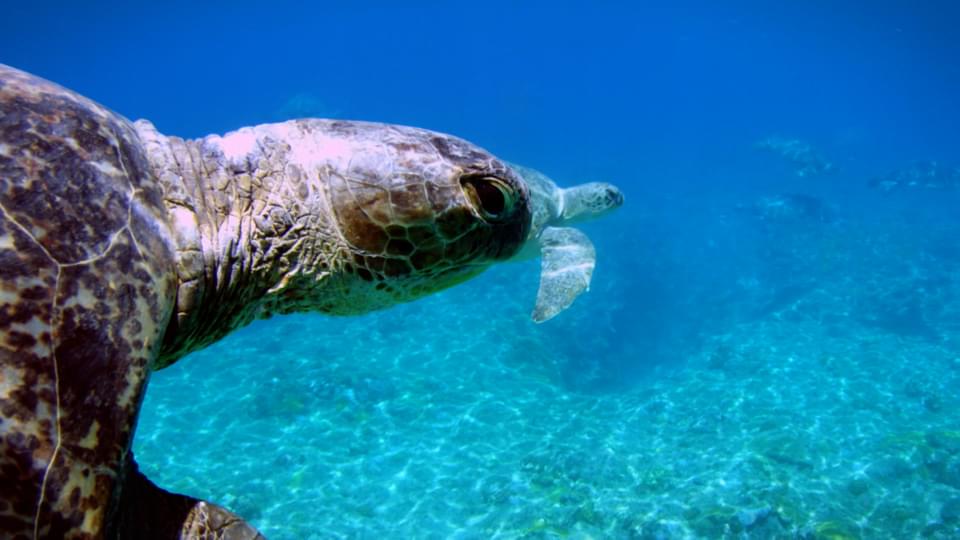


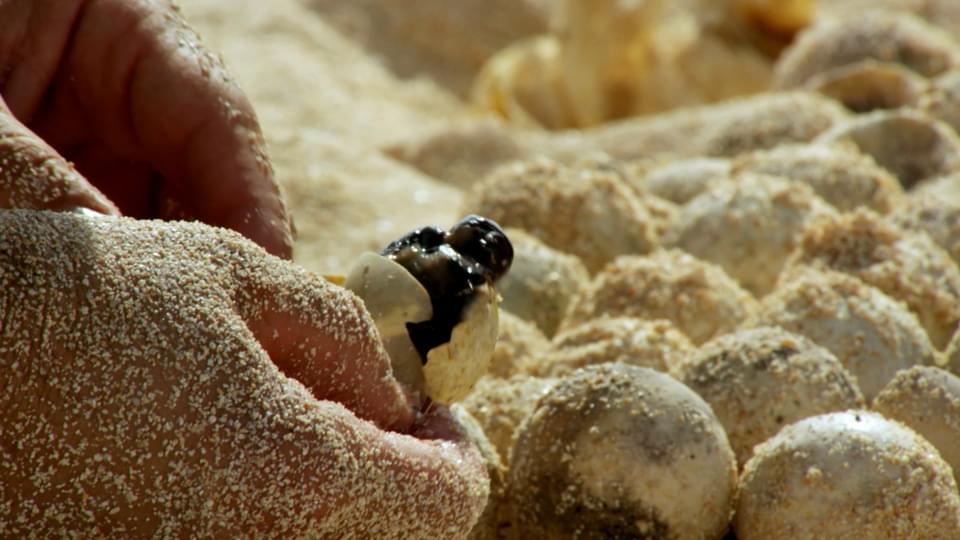
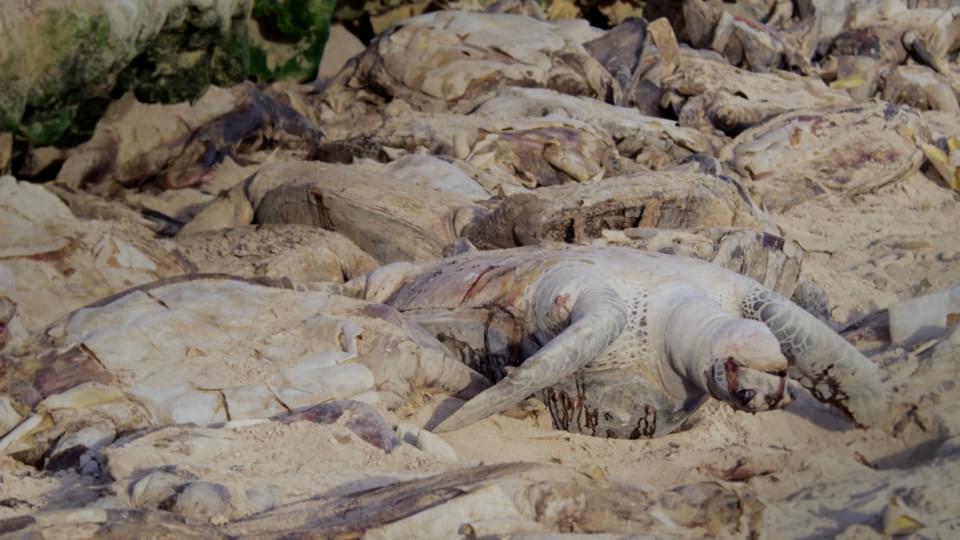
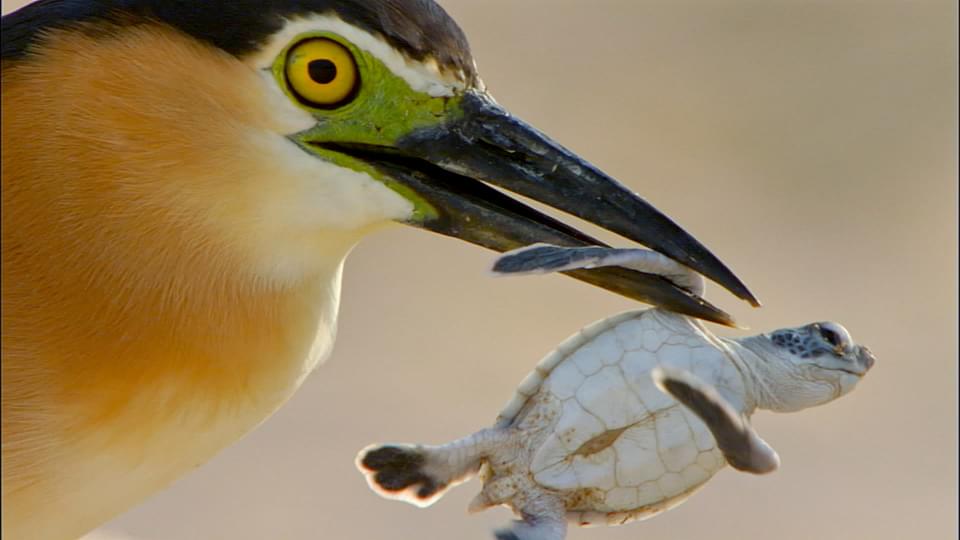
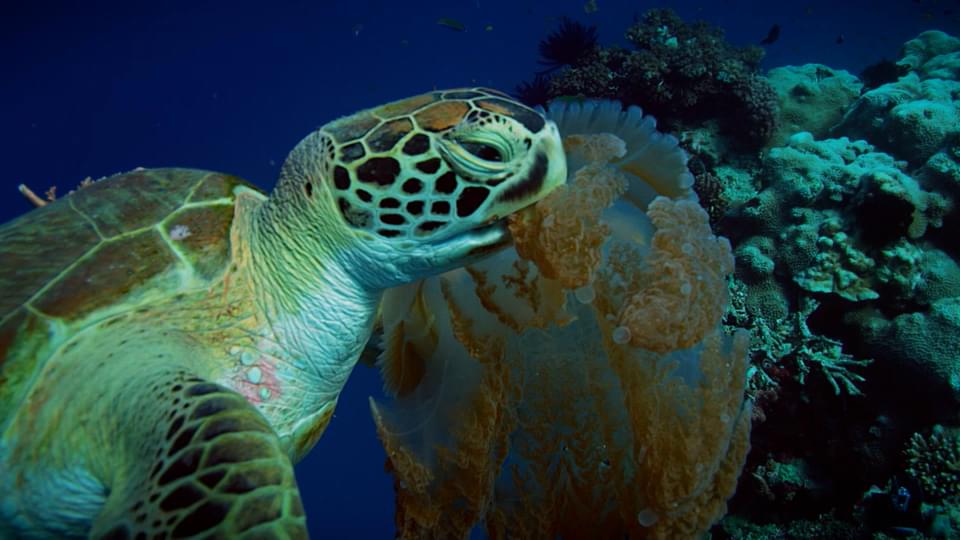
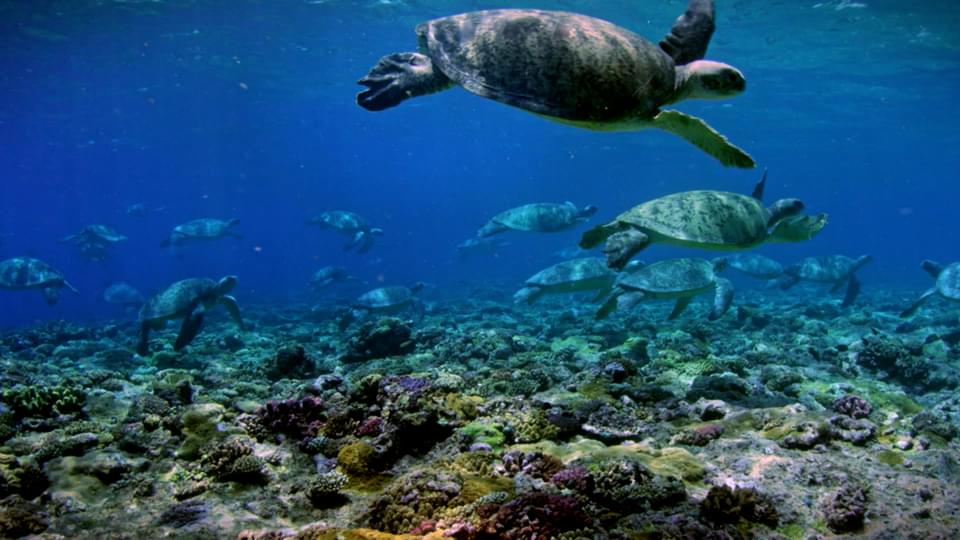
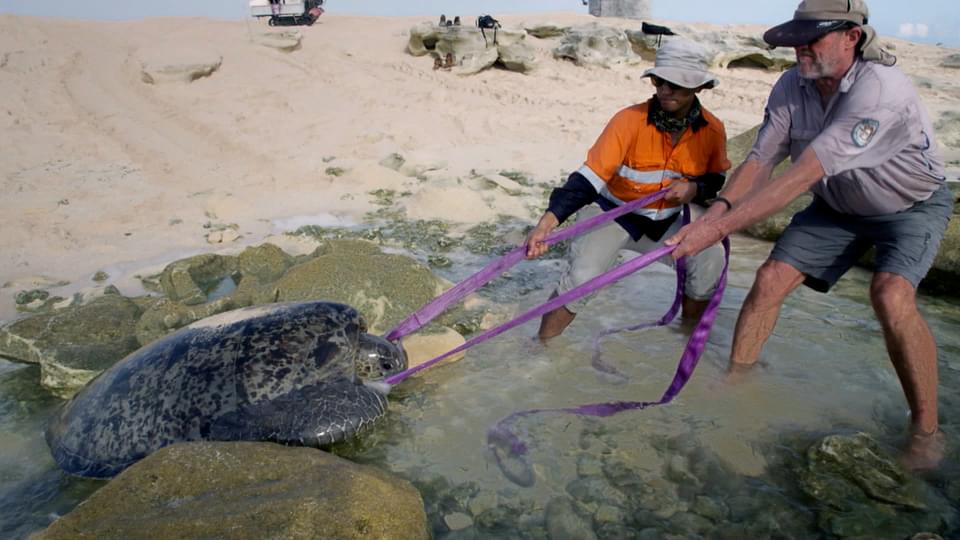
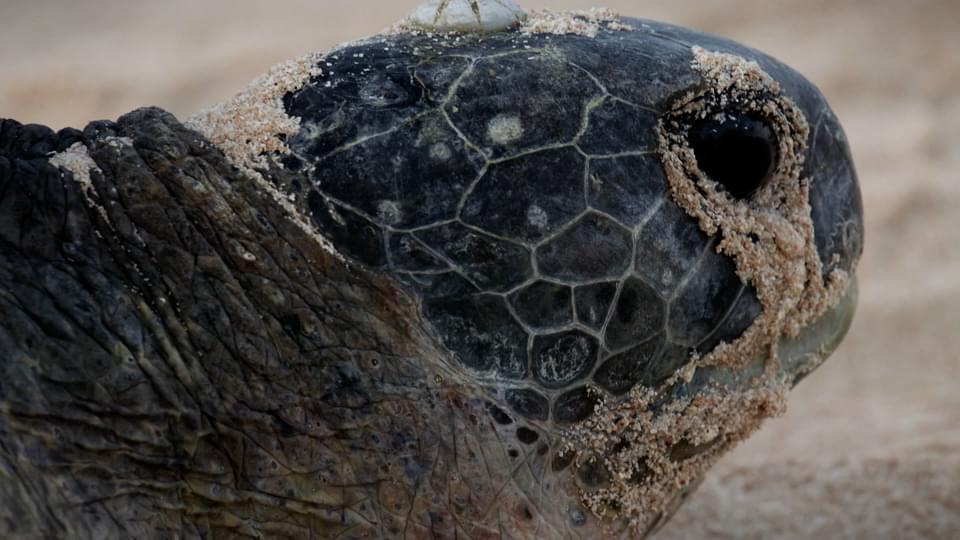
全球七種海龜全部被列為瀕危物種,已經身處滅絕邊緣。其中綠海龜每年初夏,均會登陸澳洲大堡礁海灘築巢生蛋。氣候變化增加䧳性海龜繁殖的難度,破殻而出的小龜亦要面對客居島上的候鳥天敵無情的魔爪。
本集節目追踪保育大堡礁科學家團隊,見證他們如何幫助綠海龜找到安全築巢地點,蹣跚的初生小龜如何成功爬向大海,最終讓這種極度瀕危品種不致滅絕,從而避免海洋生態系統崩潰。
Of the seven species of sea turtles, all are classified as vulnerable, endangered or on the edge of extinction. One of the main reasons for this is the degradation of their nesting spots.
Raine Island is also the most important seabird rookery in the Great Barrier Reef— home to 20,000 breeding pairs of Frigates and Boobies. Their survival is intimately tied to that of the turtle colony, because without young turtles to feed on, seabird numbers would collapse, too.
https://www.rthk.hk/tv/dtt31/programme/planetreef_2024/episode/994469
------
Facebook post: --
【拯救海龜💚Rescuing The Turtles🐢】
全球七種 #海龜 全部被列為瀕危物種,其中綠海龜每年初夏,都會登陸澳洲大堡礁海灘築巢生蛋。氣候變化增加䧳性海龜繁殖嘅難度,破殻而出嘅小龜亦要面對客居島上候鳥天敵無情嘅魔爪🦅。
港台電視31將播出全新系列《#地球大堡礁》,追蹤記錄保育大堡礁科學家團隊,見證佢哋協助 #綠海龜 搵到安全築巢地點,令初生小龜成功爬向大海不致滅絕,完成拯救海龜嘅任務。
Of the seven species of sea turtles, all are classified as vulnerable, endangered or on the edge of extinction. One of the main reasons for this is the degradation of their nesting spots.
The new series of “#PlanetReef” has followed a team of scientists dedicated to the conservation of the Great Barrier Reef. It documents their efforts to help the sea turtles🐢, allowing newly hatched turtles to successfully make their way to the sea and avoid extinction.
====================
《地球大堡礁》“Planet Reef”
🕥 星期一 Mon |10:30pm
🖥 #港台電視31 #RTHKTV31(雙語廣播:粵語/英語)
🌐 rthk.hk/tv/dtt31/programme/planetreef_2024
#瀕危物種 #綠海龜 #澳洲 #大堡礁 #科學家 #香港電台 #RTHK
https://www.facebook.com/RTHK.HK/posts/1028357806002716/
------
地球大堡礁 (Planet Reef)
https://distribution.arte.tv/fiche/LA_GRANDE_BARRIERE_DE_CORAIL-LE_COEUR_DE_L_OCEAN
跟隨國際任務團隊腳步,開發突破創新方案,拯救大堡礁及其九千獨特物種免受破壞。
九千個物種與珊瑚互動,形成複雜而脆弱的生態系統,各個成員互相依存。然而,今日的珊瑚,以至所有依賴珊瑚生存的生物,正面臨嚴峻的威脅。
《地球大堡礁》系列以震撼的影像,呈現地球其中一處最美麗的大自然棲息地,製作團隊追踪拍攝五年,記錄了由一群科學家及資深研究人員組成的專業團隊的努力成果。他們嘗試以創新的解決方案,完成拯救大堡礁的使命。
Follow the footsteps of an international mission developing groundbreaking solutions to save the Great Barrier Reef and its 9,000 unique species from destruction.
These species interact with the coral to form a complex and delicate ecosystem dependent on each other for survival. Yet today the coral—and therefore all the organisms that depend on it—is gravely at risk. In a visually stunning series of one the most beautiful natural habitats on Earth, our international award winning crew has followed a
team of scientists for 5 years. Their mission is to develop groundbreaking technological solutions to save the GBR from destruction.
拯救雷恩島綠海龜 (Rescuing The Turtles In Raine Island)
13/01/2025










全球七種海龜全部被列為瀕危物種,已經身處滅絕邊緣。其中綠海龜每年初夏,均會登陸澳洲大堡礁海灘築巢生蛋。氣候變化增加䧳性海龜繁殖的難度,破殻而出的小龜亦要面對客居島上的候鳥天敵無情的魔爪。
本集節目追踪保育大堡礁科學家團隊,見證他們如何幫助綠海龜找到安全築巢地點,蹣跚的初生小龜如何成功爬向大海,最終讓這種極度瀕危品種不致滅絕,從而避免海洋生態系統崩潰。
Of the seven species of sea turtles, all are classified as vulnerable, endangered or on the edge of extinction. One of the main reasons for this is the degradation of their nesting spots.
Raine Island is also the most important seabird rookery in the Great Barrier Reef— home to 20,000 breeding pairs of Frigates and Boobies. Their survival is intimately tied to that of the turtle colony, because without young turtles to feed on, seabird numbers would collapse, too.
https://www.rthk.hk/tv/dtt31/programme/planetreef_2024/episode/994469
------
Facebook post: --
【拯救海龜💚Rescuing The Turtles🐢】
全球七種 #海龜 全部被列為瀕危物種,其中綠海龜每年初夏,都會登陸澳洲大堡礁海灘築巢生蛋。氣候變化增加䧳性海龜繁殖嘅難度,破殻而出嘅小龜亦要面對客居島上候鳥天敵無情嘅魔爪🦅。
港台電視31將播出全新系列《#地球大堡礁》,追蹤記錄保育大堡礁科學家團隊,見證佢哋協助 #綠海龜 搵到安全築巢地點,令初生小龜成功爬向大海不致滅絕,完成拯救海龜嘅任務。
Of the seven species of sea turtles, all are classified as vulnerable, endangered or on the edge of extinction. One of the main reasons for this is the degradation of their nesting spots.
The new series of “#PlanetReef” has followed a team of scientists dedicated to the conservation of the Great Barrier Reef. It documents their efforts to help the sea turtles🐢, allowing newly hatched turtles to successfully make their way to the sea and avoid extinction.
====================
《地球大堡礁》“Planet Reef”
🕥 星期一 Mon |10:30pm
🖥 #港台電視31 #RTHKTV31(雙語廣播:粵語/英語)
🌐 rthk.hk/tv/dtt31/programme/planetreef_2024
#瀕危物種 #綠海龜 #澳洲 #大堡礁 #科學家 #香港電台 #RTHK
https://www.facebook.com/RTHK.HK/posts/1028357806002716/
上集節目重溫時限:一個月
------
地球大堡礁 (Planet Reef)
復育珊瑚礁 (Resurrecting The Reef)
20/01/2025

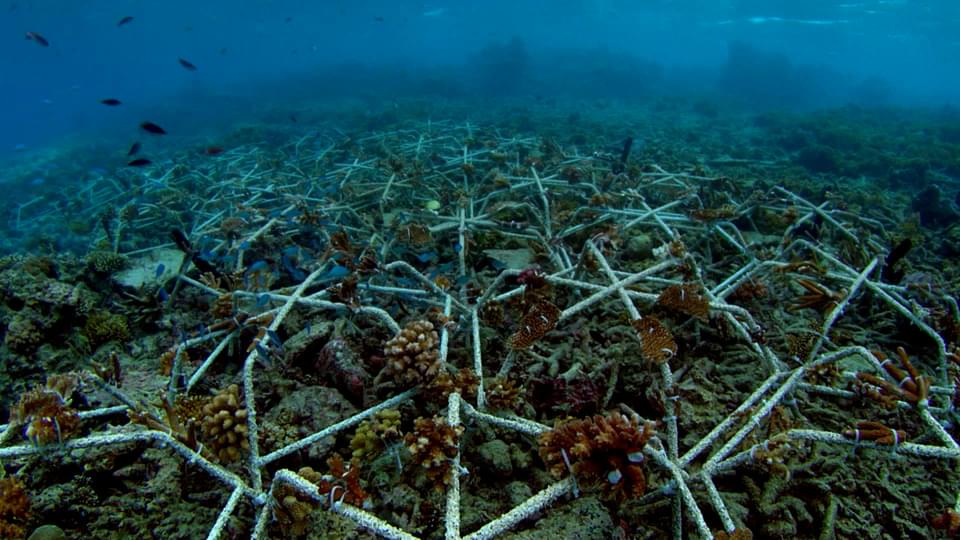
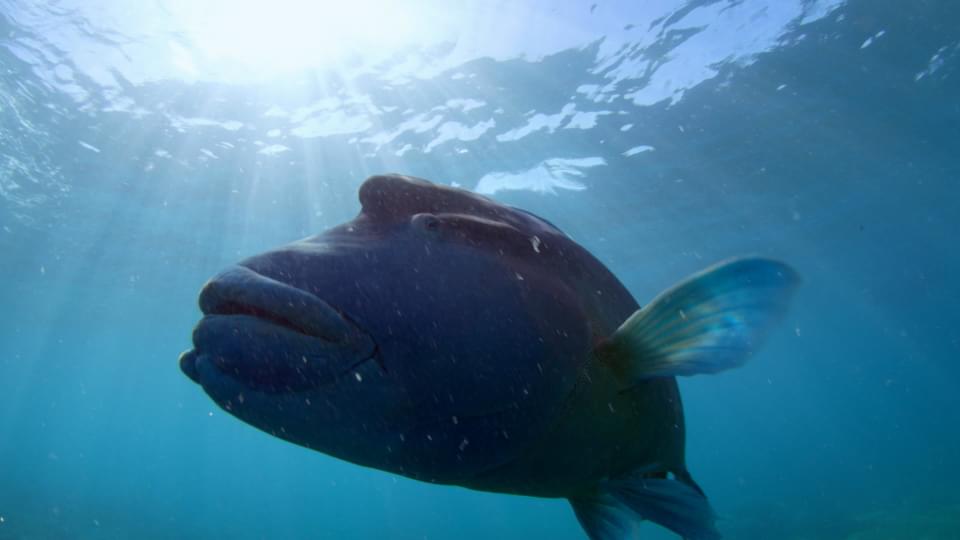
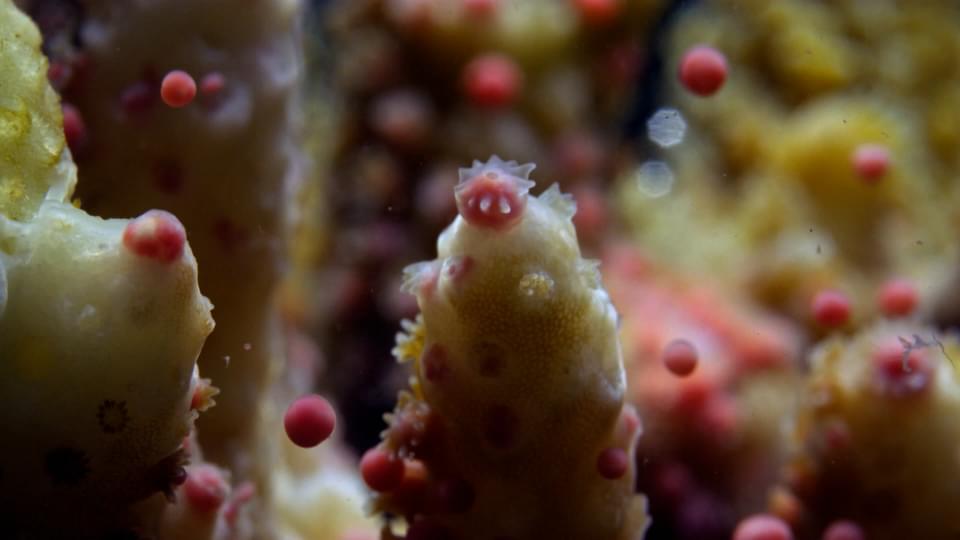
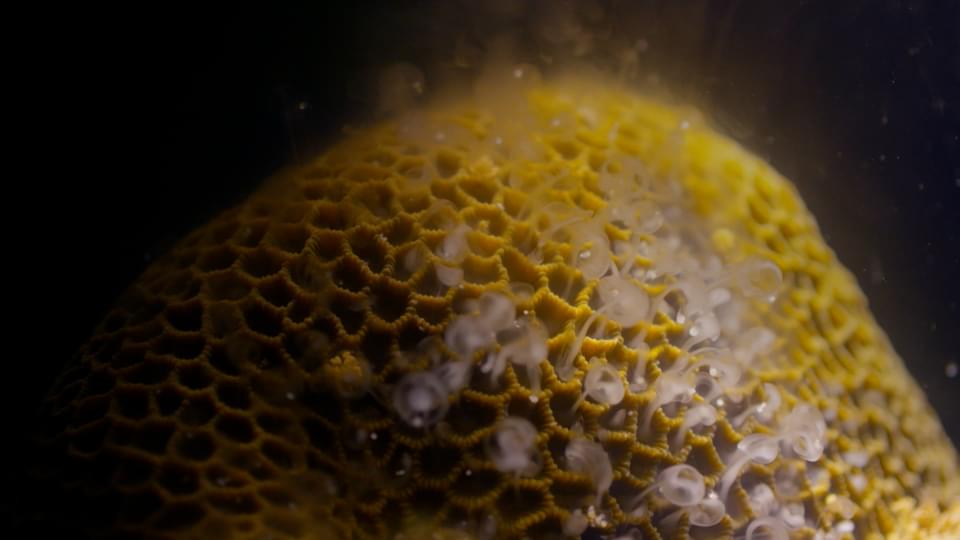
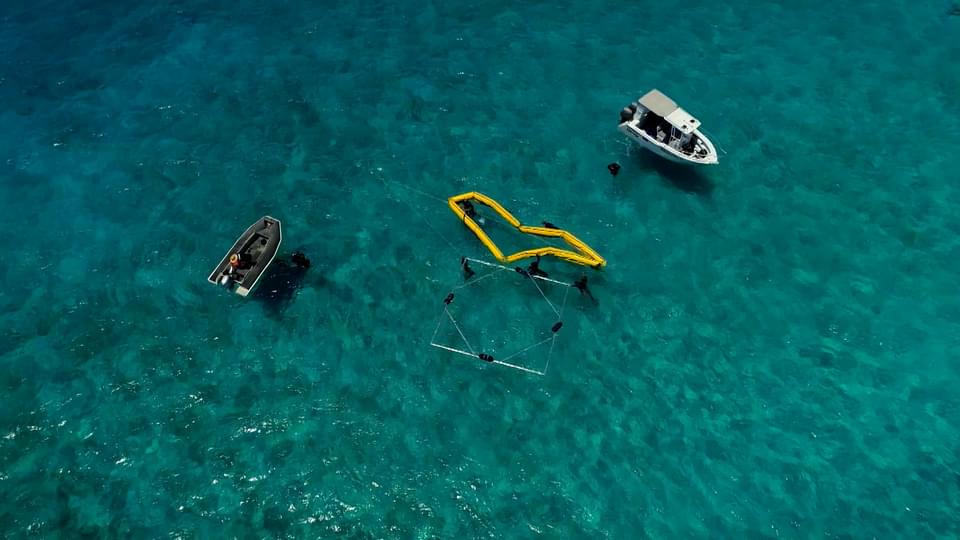
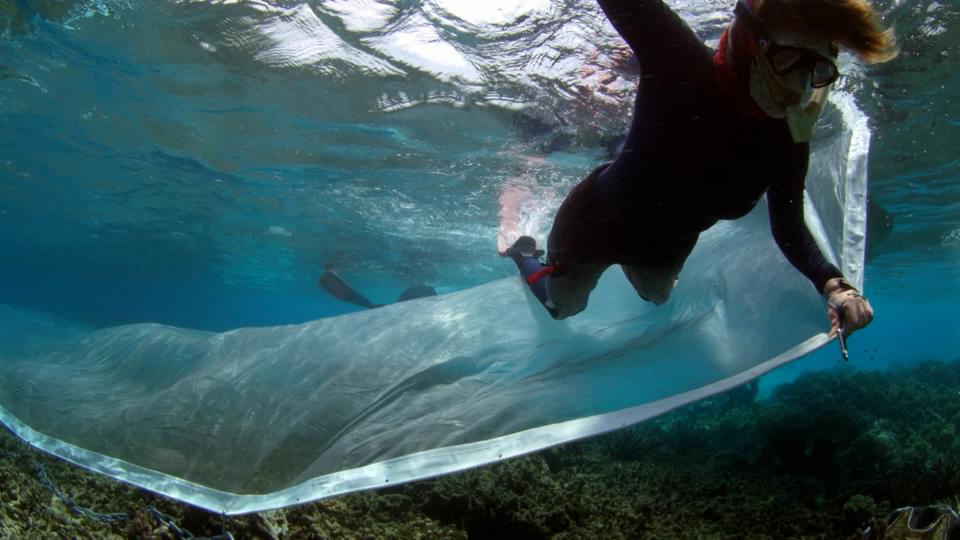

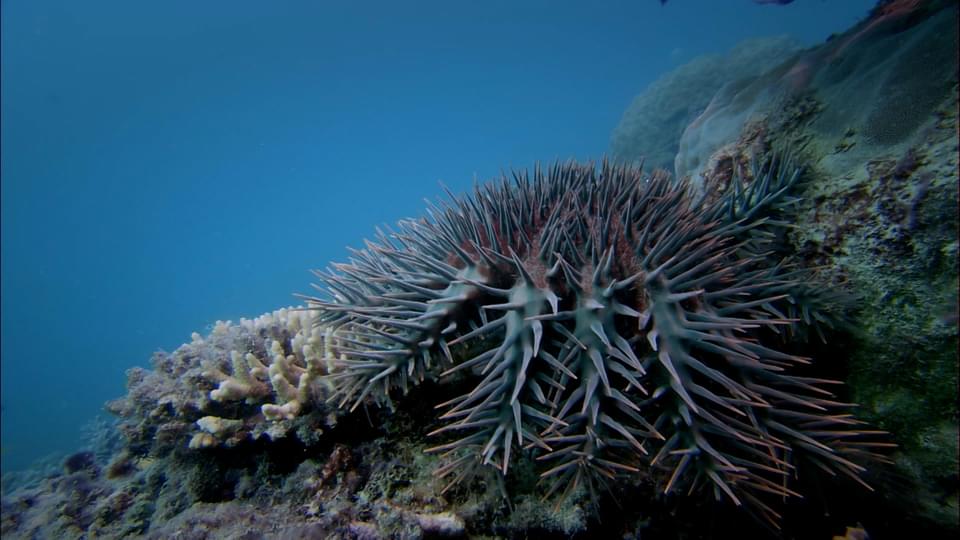
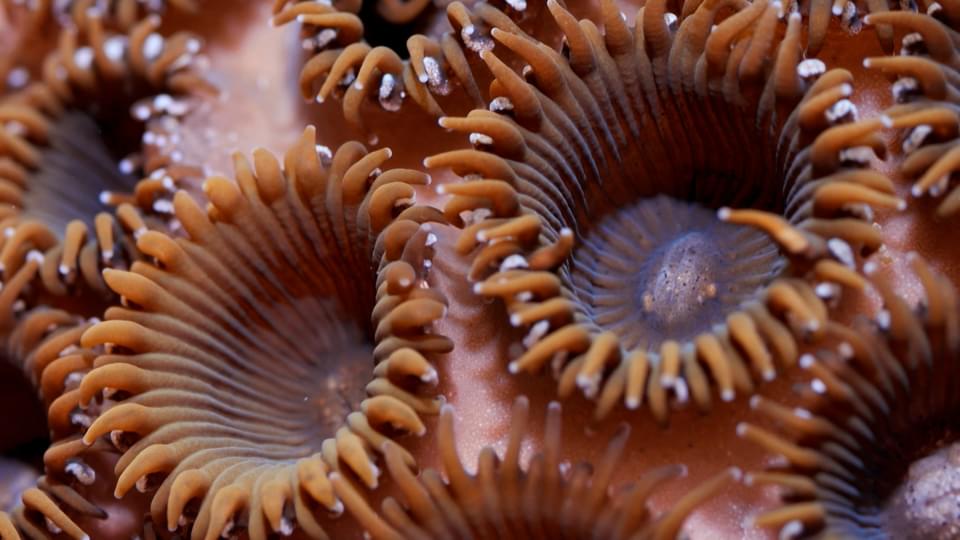
過去三十年間,全球損失了差不多三分之一珊瑚礁。超過十億人依賴珊瑚礁提供食物;數十萬人全靠珊瑚礁維持生計,因此,復育珊瑚礁成為科學家關心的課題。
本節目第二集,以精心拍攝的珍貴影像,詳述珊瑚面臨的生存挑戰,包括健康惡化,繁殖因難,面對天敵等等,當然箇中因由少不了氣候變化的影響。引入科技協助珊瑚繁殖,澳洲大堡礁的復育經驗,也許可以惠及世上其他珊瑚國度。
Over the past 30 years, the world has lost nearly one-third of its coral reefs. More than one billion people depand depend on reefs for food and hunderds hundreds of thousands of people depend on them for their livelihoods.
From the most recently developed killer robots to shellfish farming, ultra-modern tactics are now proving their worth in the Great Barrier Reef to ensure the survival of this natural wonder that is the coral world and to make it possible to export this know-how to many of the world’s reefs.
https://www.rthk.hk/tv/dtt31/programme/planetreef_2024/episode/994470
龜仔蛋
龜媽媽

龜媽媽

------
地球大堡礁 (Planet Reef)
復育珊瑚礁 (Resurrecting The Reef)
20/01/2025










過去三十年間,全球損失了差不多三分之一珊瑚礁。超過十億人依賴珊瑚礁提供食物;數十萬人全靠珊瑚礁維持生計,因此,復育珊瑚礁成為科學家關心的課題。
本節目第二集,以精心拍攝的珍貴影像,詳述珊瑚面臨的生存挑戰,包括健康惡化,繁殖因難,面對天敵等等,當然箇中因由少不了氣候變化的影響。引入科技協助珊瑚繁殖,澳洲大堡礁的復育經驗,也許可以惠及世上其他珊瑚國度。
Over the past 30 years, the world has lost nearly one-third of its coral reefs. More than one billion people depand depend on reefs for food and hunderds hundreds of thousands of people depend on them for their livelihoods.
From the most recently developed killer robots to shellfish farming, ultra-modern tactics are now proving their worth in the Great Barrier Reef to ensure the survival of this natural wonder that is the coral world and to make it possible to export this know-how to many of the world’s reefs.
https://www.rthk.hk/tv/dtt31/programme/planetreef_2024/episode/994470
上集節目重溫時限:一個月
------
地球大堡礁 (Planet Reef)
保護海洋巨人 (Protecting Megamouths)
27/01/2025
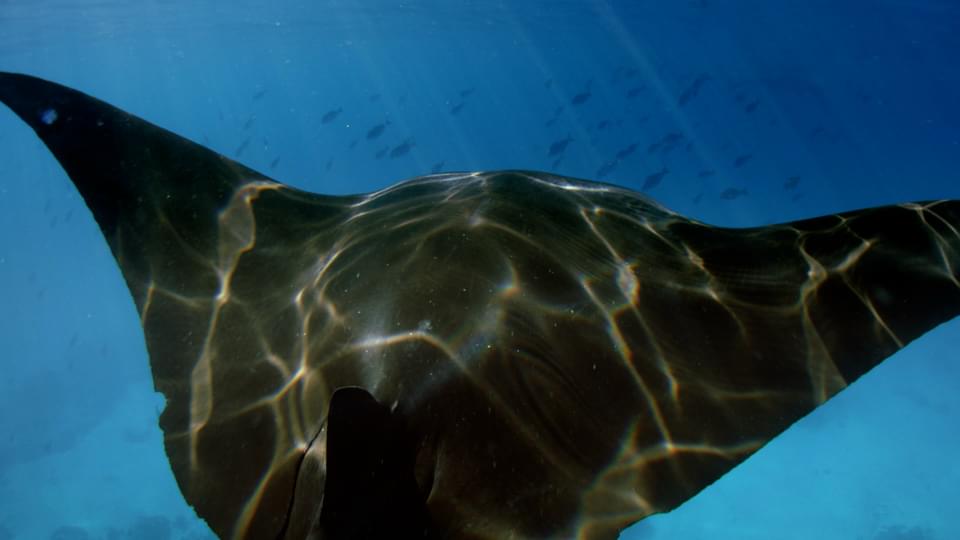
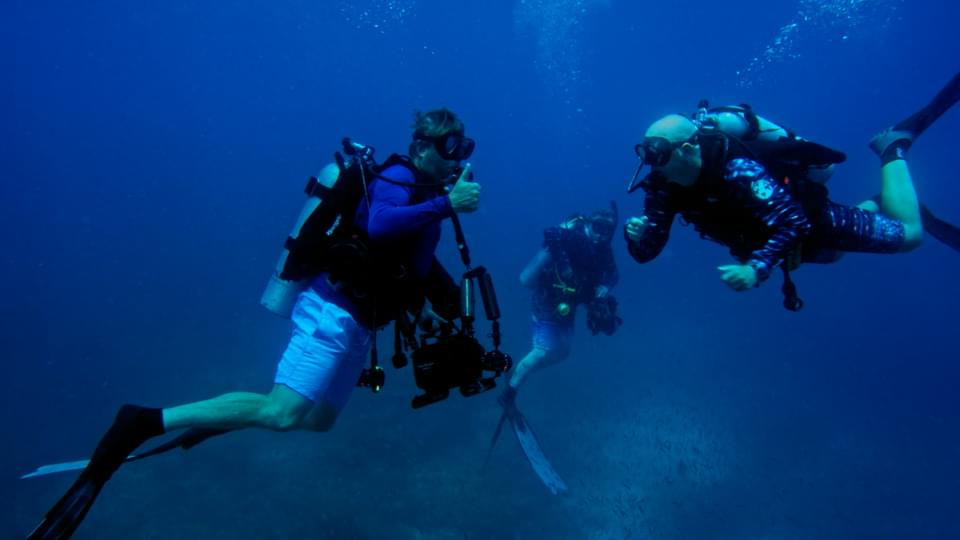
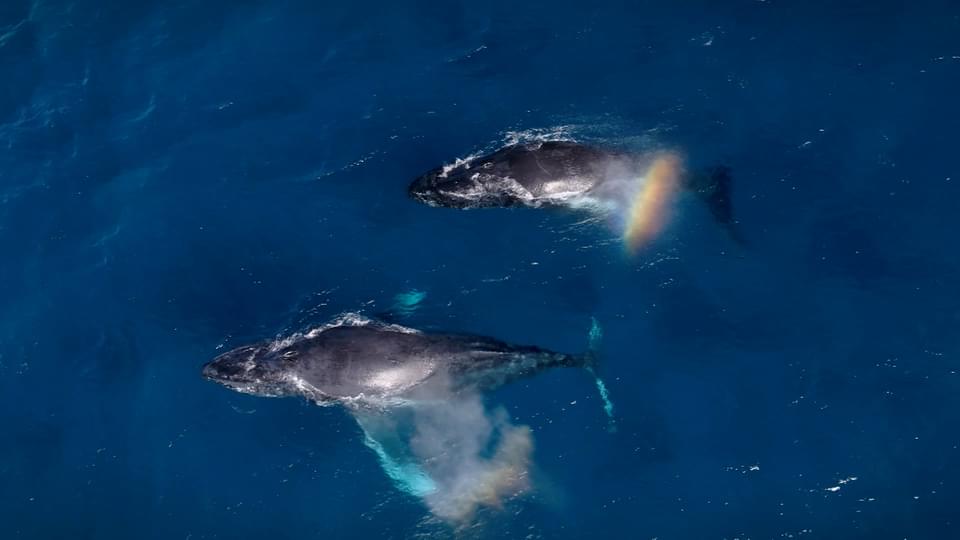


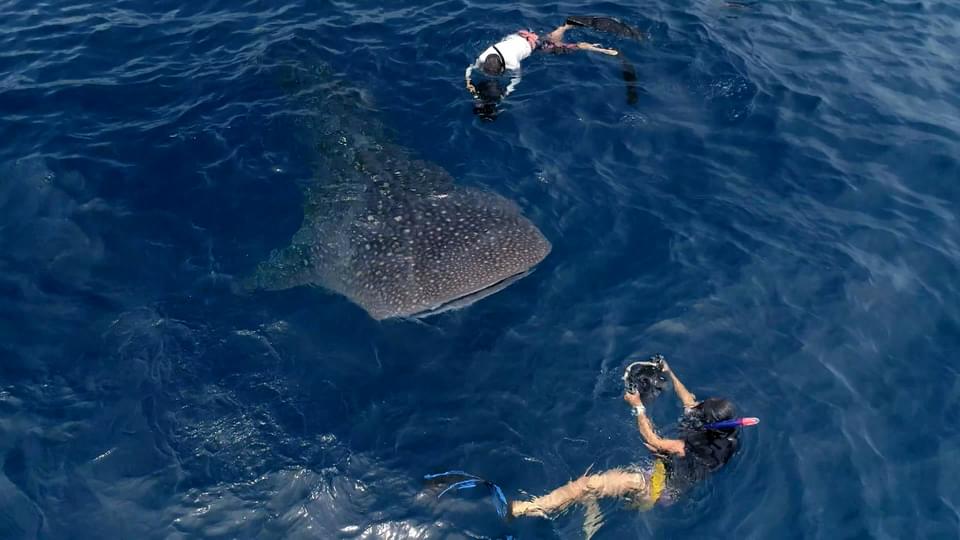
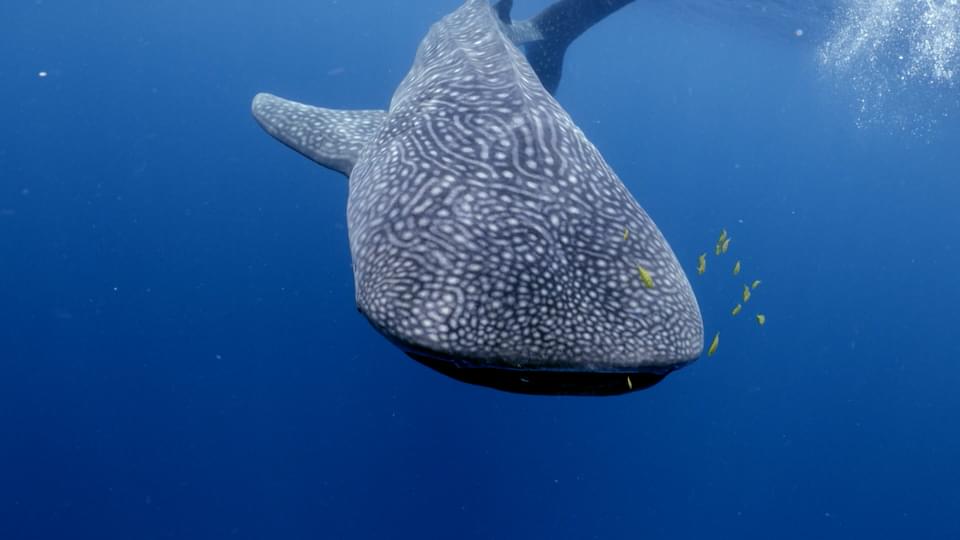
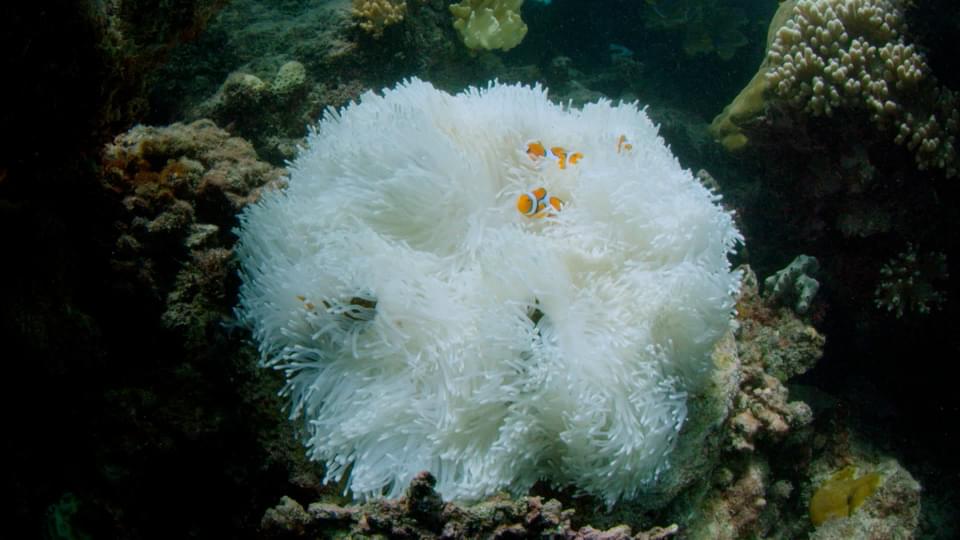
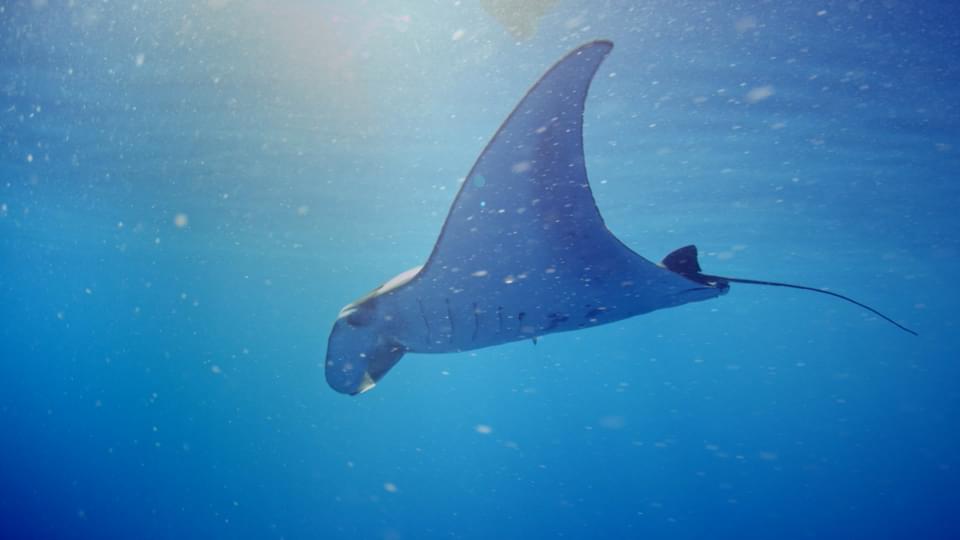
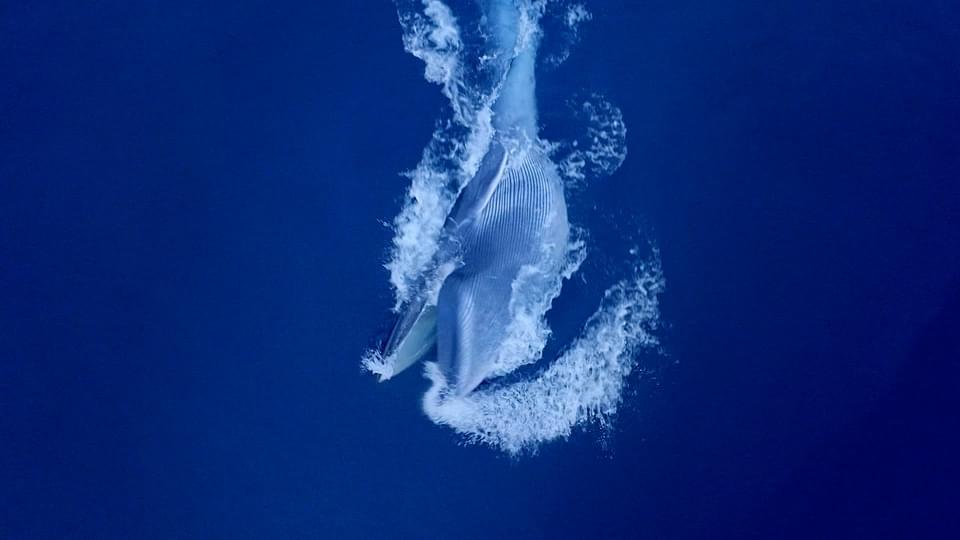
鯨魚、魔鬼魚和鯨鯊都是食用浮游生物維生的海中龐然大物,由於這些藻類均產生氧氣,同時儲存地球四成的二氧化碳;巨型海魚吞噬這些美食,等於將碳困在牠們體內,直到生命盡頭,還可以將危害生態平衡的物質深藏海底。每頭鯨魚一生吸收的碳含量,相當於地球上的一千樹的吸收量,故此,此類巨型動物的存在,對生態平衡極有禆益。
本集節目帶大家追隨科學家和研究員的步伐,上天下海以求近距離接觸巨型深海動物。水升流及的藻群出現,都是令人興奮的鯨踪預告。識別並長期追踪牠們,可為保育大堡礁制訂更具戰略性的方案。
Whales, manta rays, whale sharks are all eaters of animal plankton or small fish, themselves huge consumers of vegetable plankton. These marine algae produce half of the oxygen on earth and capture 40% of the carbon dioxide.But the global role of the Mastodonts is hardly believable. By swallowing plankton and the small animals that feed on them, these giants capture and store carbon in their fat. When they die, they sink into the abyss where the carbon remains trapped for thousands of years. For example, one whale captures as much carbon each year as a thousand trees.
These giants are real allies in regulating the climate and restoring reef productivity. The programme for identifying these new feeding areas is easily reproducible in all the areas concerned around the world.
https://www.rthk.hk/tv/dtt31/programme/planetreef_2024/episode/994471
------
地球大堡礁 (Planet Reef)
保護海洋巨人 (Protecting Megamouths)
27/01/2025










鯨魚、魔鬼魚和鯨鯊都是食用浮游生物維生的海中龐然大物,由於這些藻類均產生氧氣,同時儲存地球四成的二氧化碳;巨型海魚吞噬這些美食,等於將碳困在牠們體內,直到生命盡頭,還可以將危害生態平衡的物質深藏海底。每頭鯨魚一生吸收的碳含量,相當於地球上的一千樹的吸收量,故此,此類巨型動物的存在,對生態平衡極有禆益。
本集節目帶大家追隨科學家和研究員的步伐,上天下海以求近距離接觸巨型深海動物。水升流及的藻群出現,都是令人興奮的鯨踪預告。識別並長期追踪牠們,可為保育大堡礁制訂更具戰略性的方案。
Whales, manta rays, whale sharks are all eaters of animal plankton or small fish, themselves huge consumers of vegetable plankton. These marine algae produce half of the oxygen on earth and capture 40% of the carbon dioxide.But the global role of the Mastodonts is hardly believable. By swallowing plankton and the small animals that feed on them, these giants capture and store carbon in their fat. When they die, they sink into the abyss where the carbon remains trapped for thousands of years. For example, one whale captures as much carbon each year as a thousand trees.
These giants are real allies in regulating the climate and restoring reef productivity. The programme for identifying these new feeding areas is easily reproducible in all the areas concerned around the world.
https://www.rthk.hk/tv/dtt31/programme/planetreef_2024/episode/994471
上集節目重溫時限:一個月
------
超級能源儲備 : ...... (Super Storage - The Race to Capture Green Energies)
03/02/2025
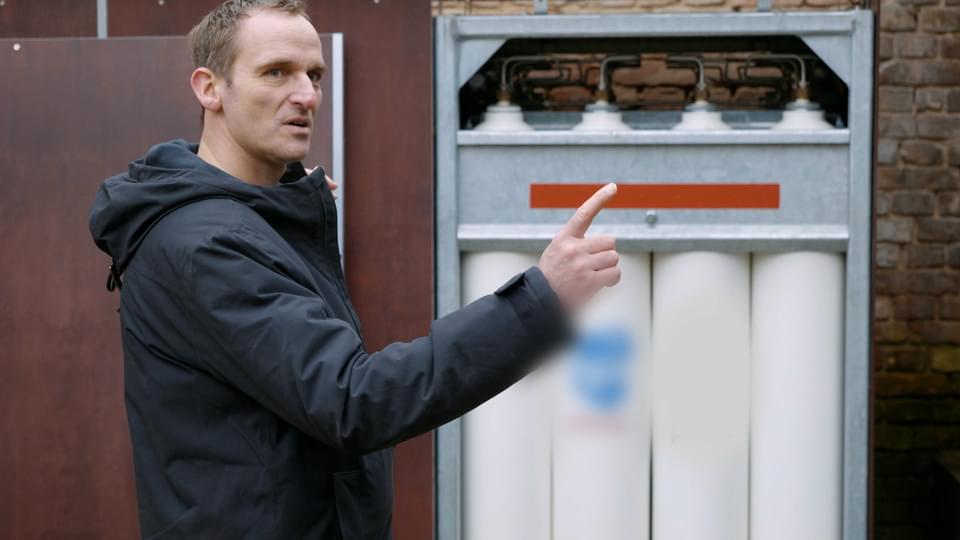
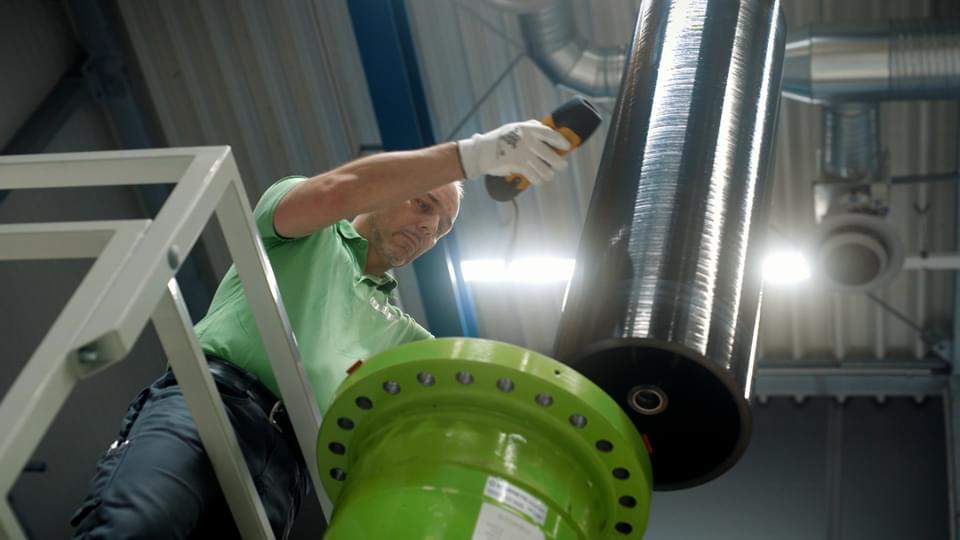
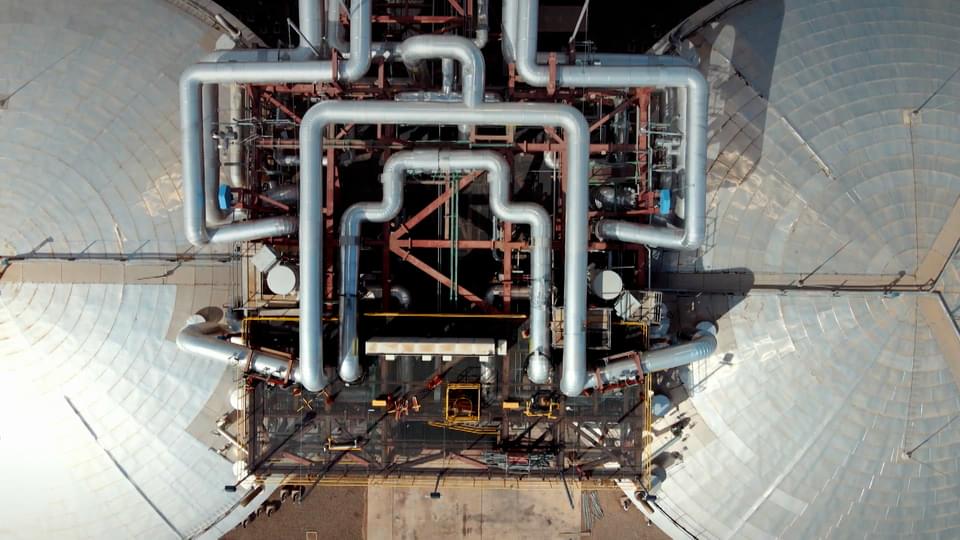

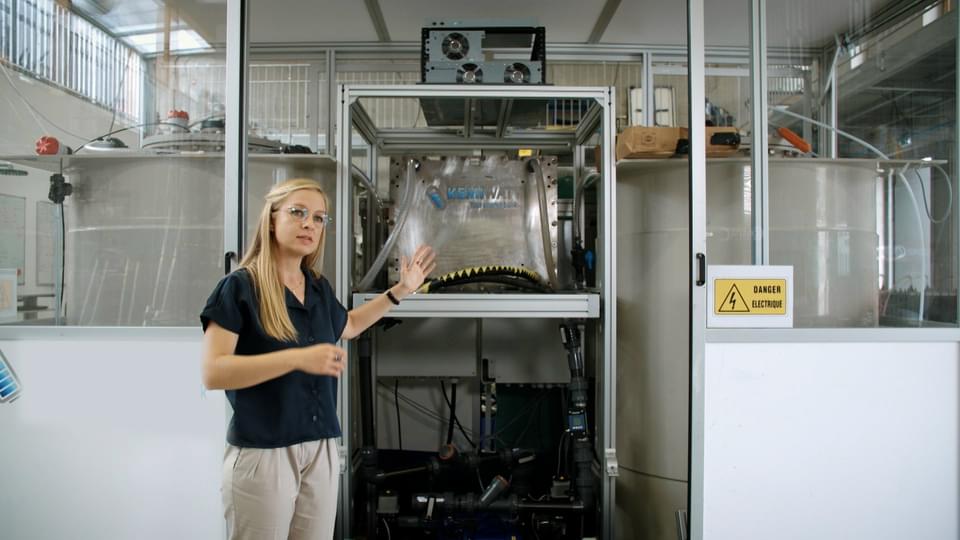

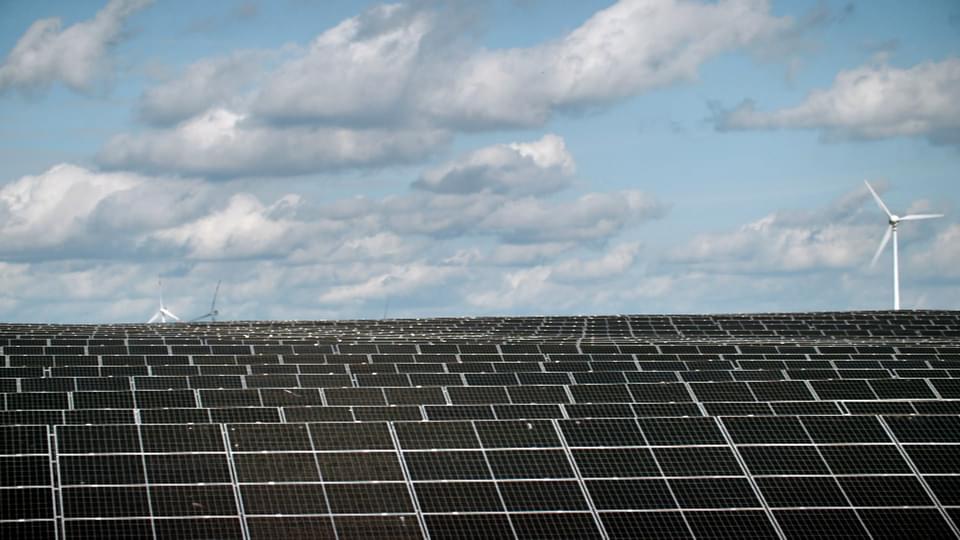
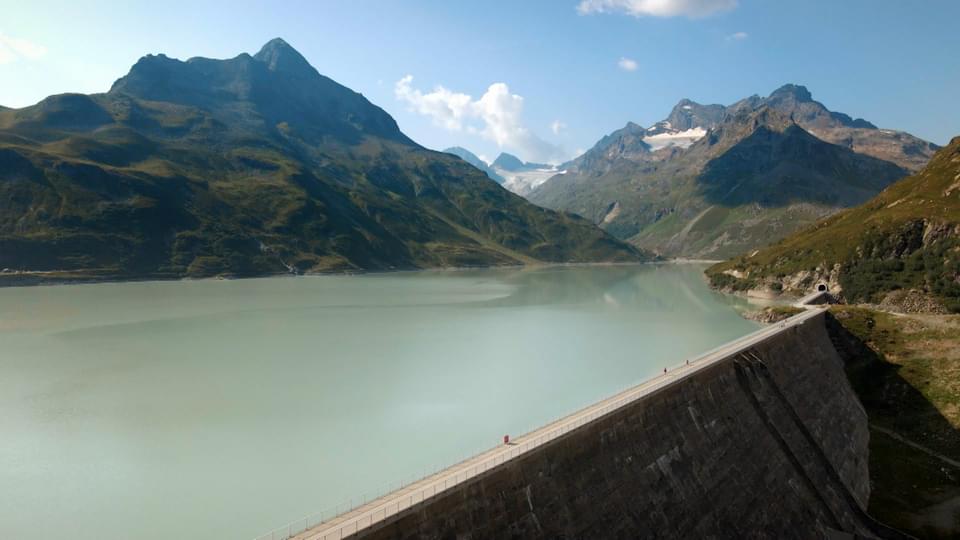
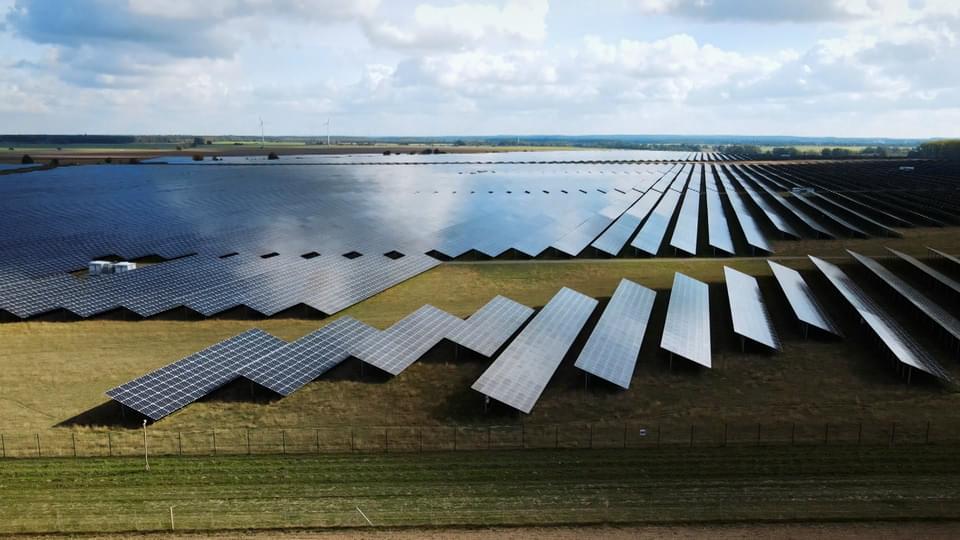
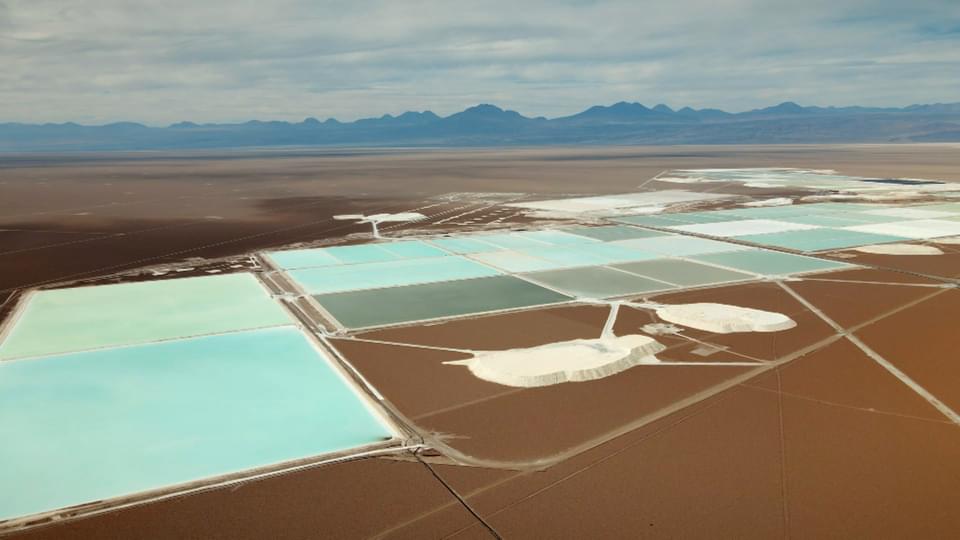
人類正置身於能源革命之中。
為了拯救氣候,逐步淘汰化石燃料,箭在弦上。
然而,風能及太陽能並非永遠存在。科學家為求維持綠色能源穩定,不斷互相爭逐,開發嶄新能源儲存系統。這一集科學紀錄片,帶大家走進研究機構和初創企業的大門,一睹他們從電池到氫氣,從傳統水電到超級電容,以至引用先進碳纖維飛輪,在塑造未來能源儲存方式上,各擅勝場的激烈競賽。
Humanity is in the midst of an energy revolution. To save our climate, we must phase out fossil fuels. But wind and solar power aren't always available. This science documentary explores the exciting race to develop new energy storage technologies that could bring stability to green energies. The film takes us behind the scenes of research facilities and start-ups that are shaping the future of energy storage. From batteries to hydrogen, from traditional hydroelectric dams to supercapacitors and cutting edge flywheels made from carbon fiber - join this thrilling journey into one of the most important areas of research today.
https://www.rthk.hk/tv/dtt31/programme/chisuperstorage/episode/1001512
https://albatrossworldsales.com/title/super-storage-the-race-to-capture-green-energies
------
超級能源儲備 : ...... (Super Storage - The Race to Capture Green Energies)
03/02/2025










人類正置身於能源革命之中。
為了拯救氣候,逐步淘汰化石燃料,箭在弦上。
然而,風能及太陽能並非永遠存在。科學家為求維持綠色能源穩定,不斷互相爭逐,開發嶄新能源儲存系統。這一集科學紀錄片,帶大家走進研究機構和初創企業的大門,一睹他們從電池到氫氣,從傳統水電到超級電容,以至引用先進碳纖維飛輪,在塑造未來能源儲存方式上,各擅勝場的激烈競賽。
Humanity is in the midst of an energy revolution. To save our climate, we must phase out fossil fuels. But wind and solar power aren't always available. This science documentary explores the exciting race to develop new energy storage technologies that could bring stability to green energies. The film takes us behind the scenes of research facilities and start-ups that are shaping the future of energy storage. From batteries to hydrogen, from traditional hydroelectric dams to supercapacitors and cutting edge flywheels made from carbon fiber - join this thrilling journey into one of the most important areas of research today.
https://www.rthk.hk/tv/dtt31/programme/chisuperstorage/episode/1001512
https://albatrossworldsales.com/title/super-storage-the-race-to-capture-green-energies
上集節目重溫時限:兩星期
------
蜜蜂大師 (Masters of Bees)
自從8000萬年前出現以來,蜜蜂在演化中佔據特殊地位,對蔬菜發展和生態平衡至關重要。人類對其組織和繁殖過程著迷。然而,隨著氣候變化和生物多樣性減少,蜜蜂正面臨危險,人類與蜜蜂的關係也受到威脅。
https://www.rthk.hk/tv/dtt32/programme/mastersofbees
https://www.gad-distribution.com/en/documentary-series/travel-discovery-1/masters-of-bees-long-version
https://www.facebook.com/31seetheworld/videos/823287465712082/
https://www.facebook.com/31seetheworld/videos/1584725925522740
------
阿根廷:尋找天堂 (Argentina - In Search of Paradise)
... 17/02/2025
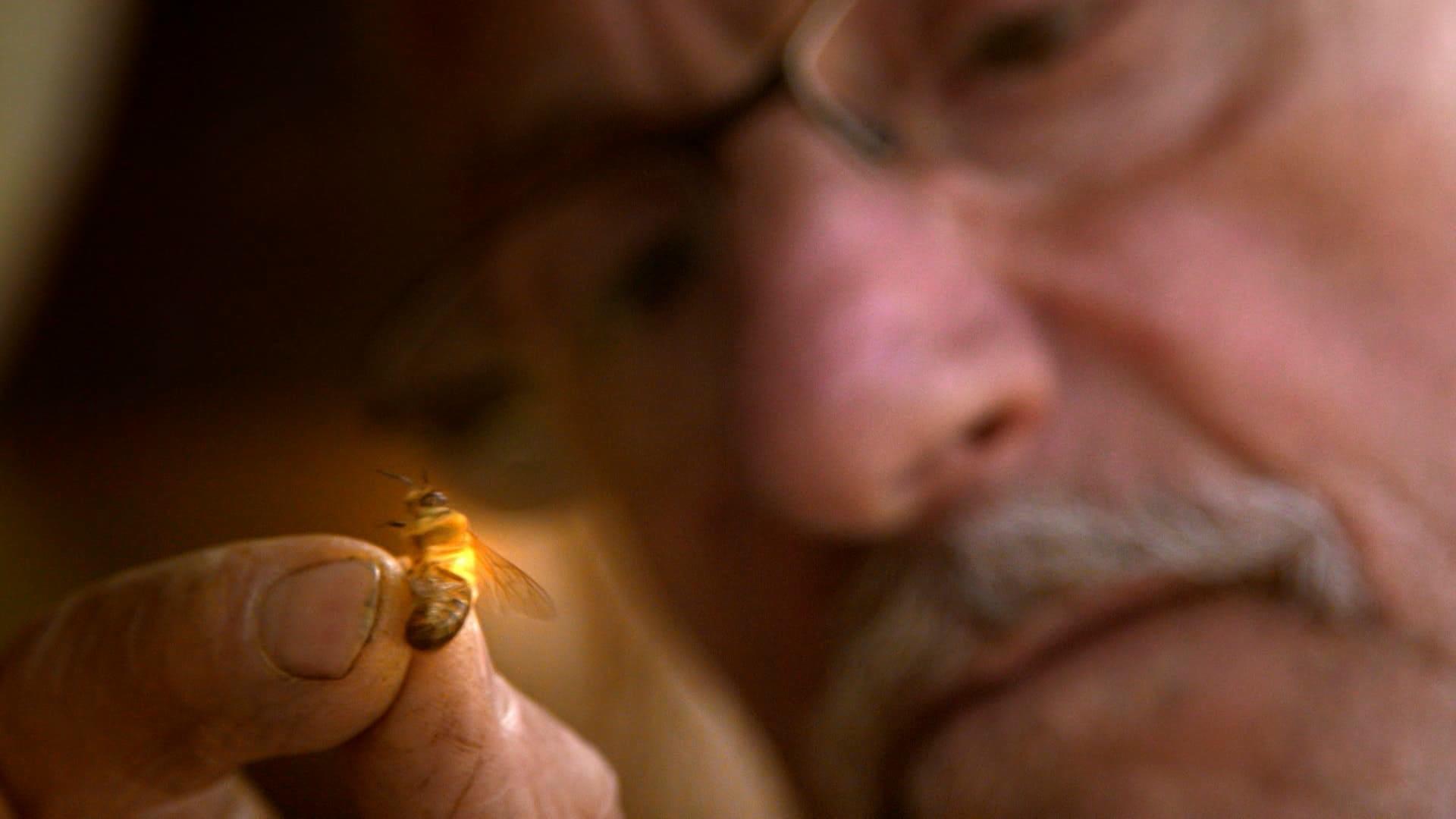
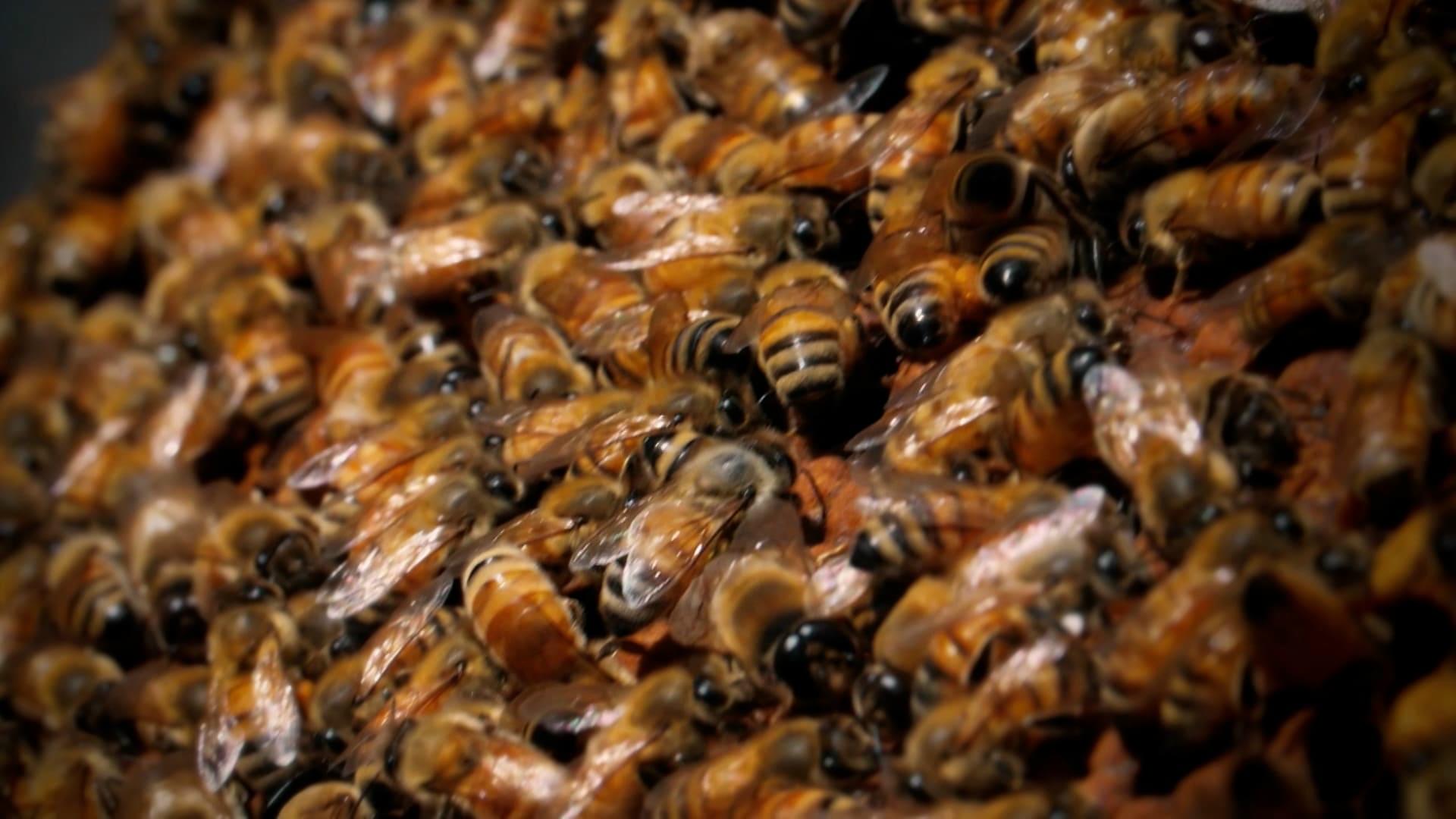
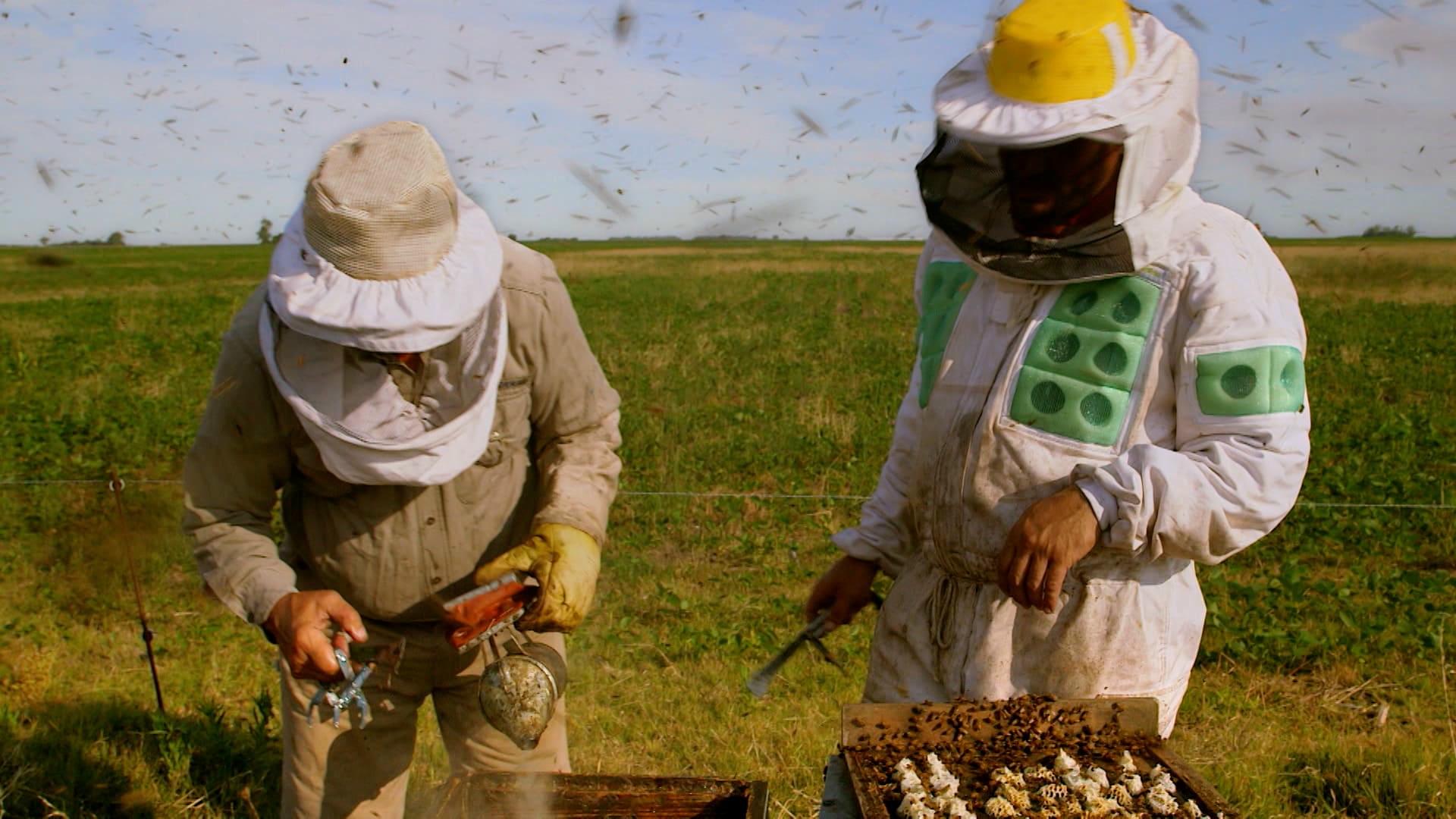
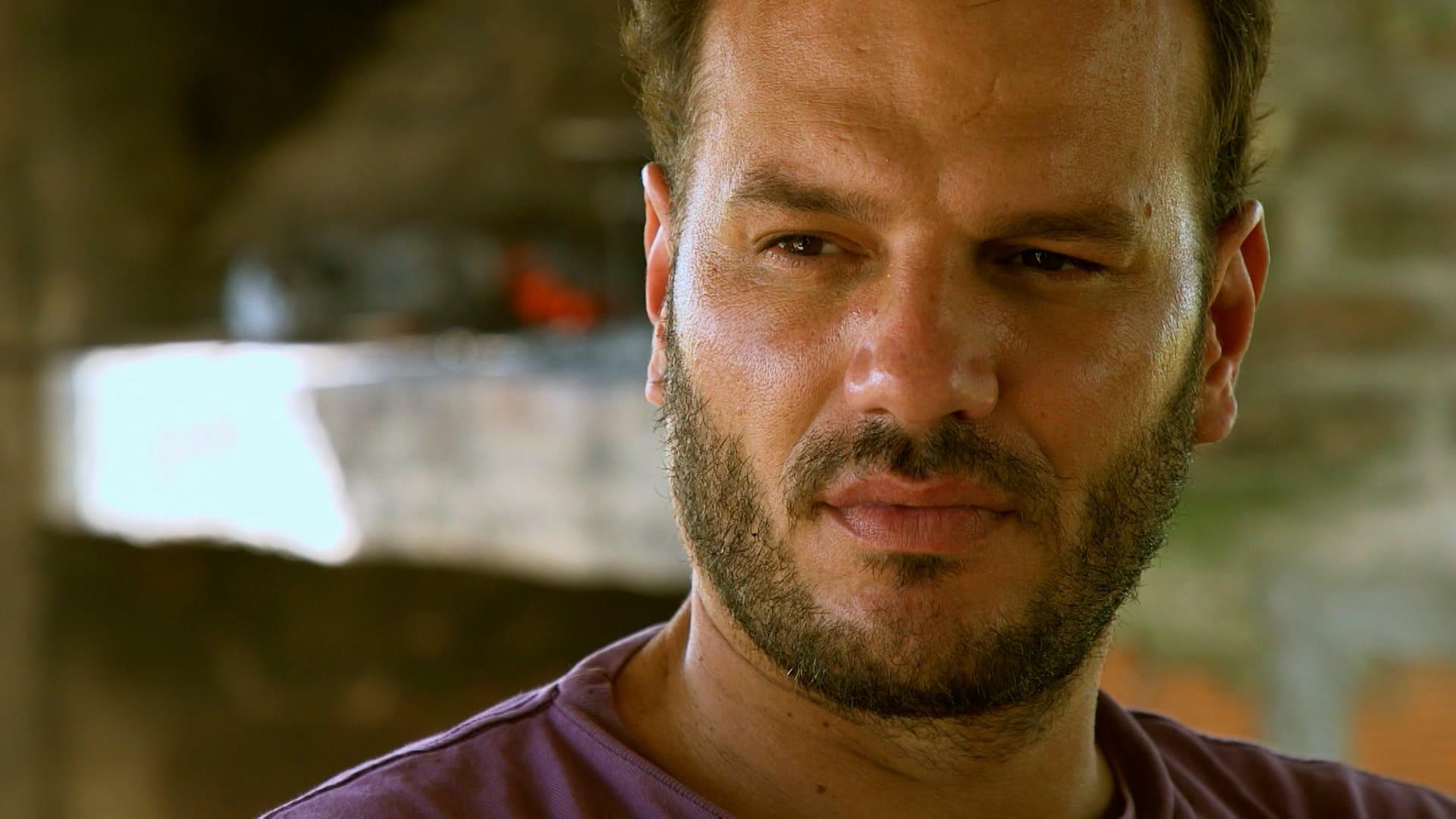
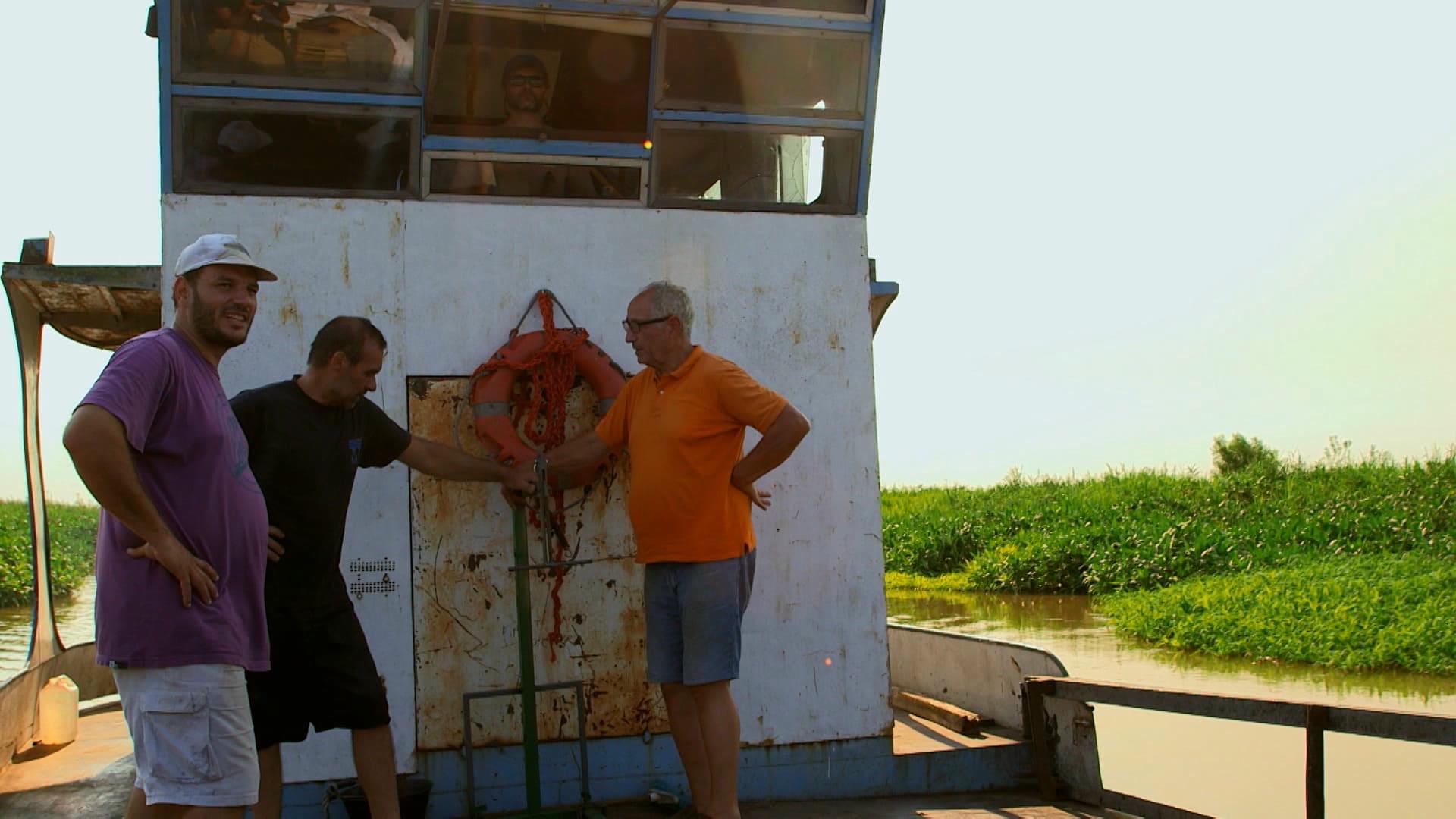
在阿根廷北部,人們正每天努力保護蜜蜂,應對近五十年來觀察到的令人不安的變化,而這些變化最近更為加劇。
https://www.rthk.hk/tv/dtt31/programme/mastersofbees_chi/episode/993082
------
蜜蜂大師 (Masters of Bees)
自從8000萬年前出現以來,蜜蜂在演化中佔據特殊地位,對蔬菜發展和生態平衡至關重要。人類對其組織和繁殖過程著迷。然而,隨著氣候變化和生物多樣性減少,蜜蜂正面臨危險,人類與蜜蜂的關係也受到威脅。
https://www.rthk.hk/tv/dtt32/programme/mastersofbees
https://www.gad-distribution.com/en/documentary-series/travel-discovery-1/masters-of-bees-long-version
https://www.facebook.com/31seetheworld/videos/823287465712082/
https://www.facebook.com/31seetheworld/videos/1584725925522740
------
阿根廷:尋找天堂 (Argentina - In Search of Paradise)





在阿根廷北部,人們正每天努力保護蜜蜂,應對近五十年來觀察到的令人不安的變化,而這些變化最近更為加劇。
https://www.rthk.hk/tv/dtt31/programme/mastersofbees_chi/episode/993082